“Devant leurs yeux” – “In front of their eyes”
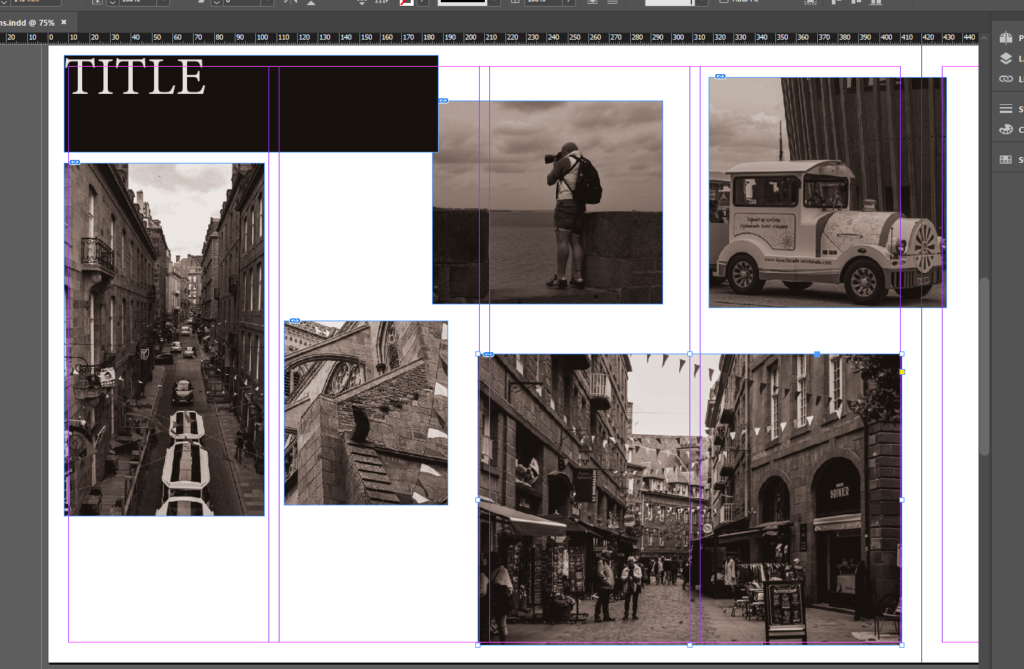




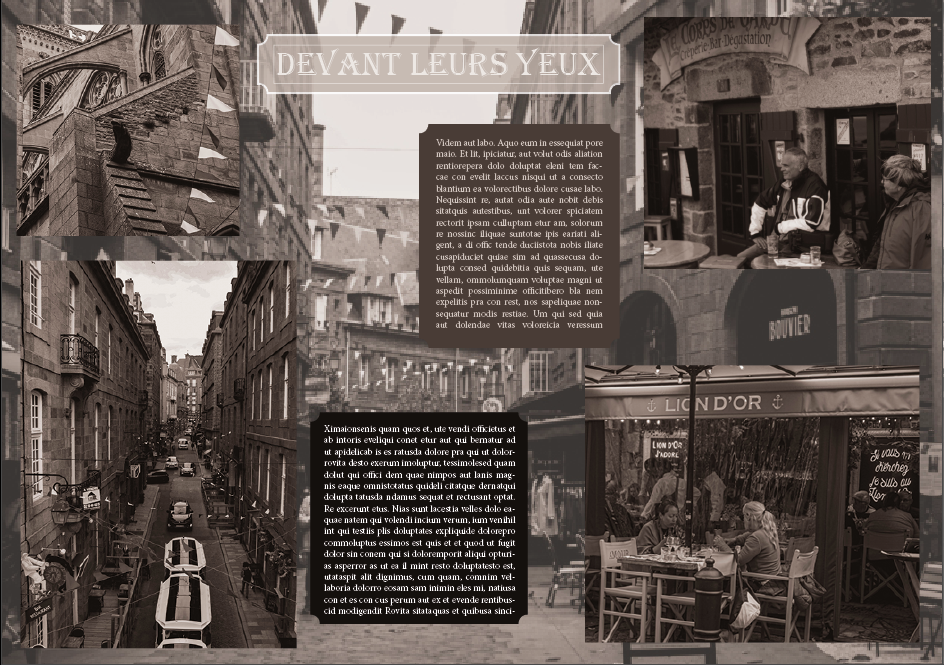

“Devant leurs yeux” – “In front of their eyes”







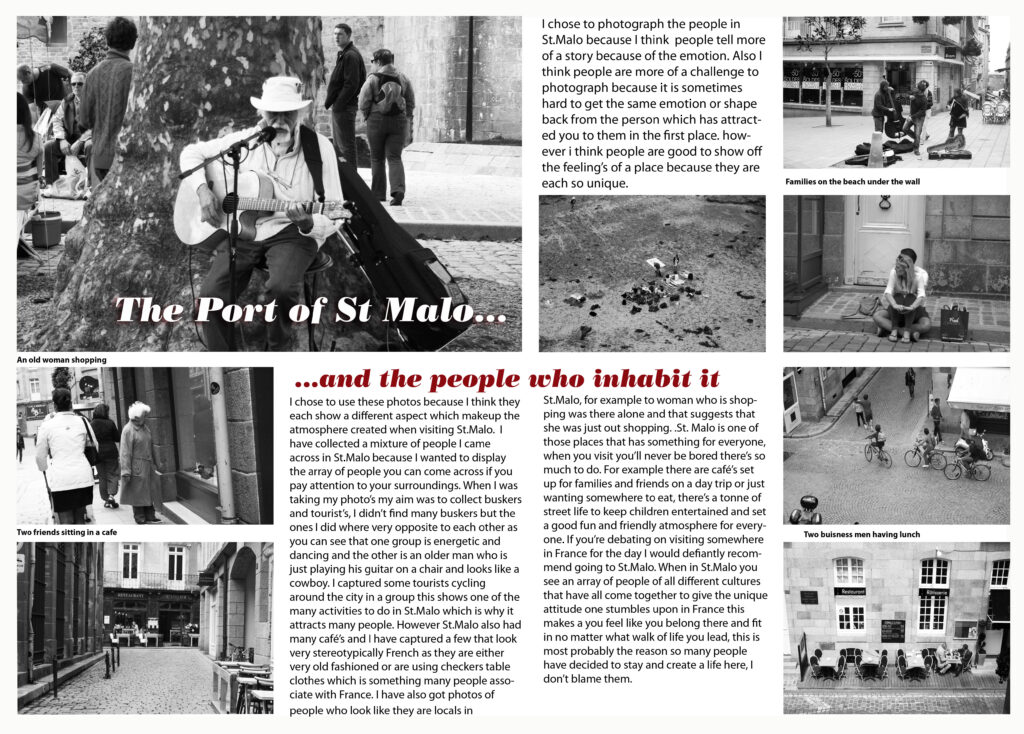

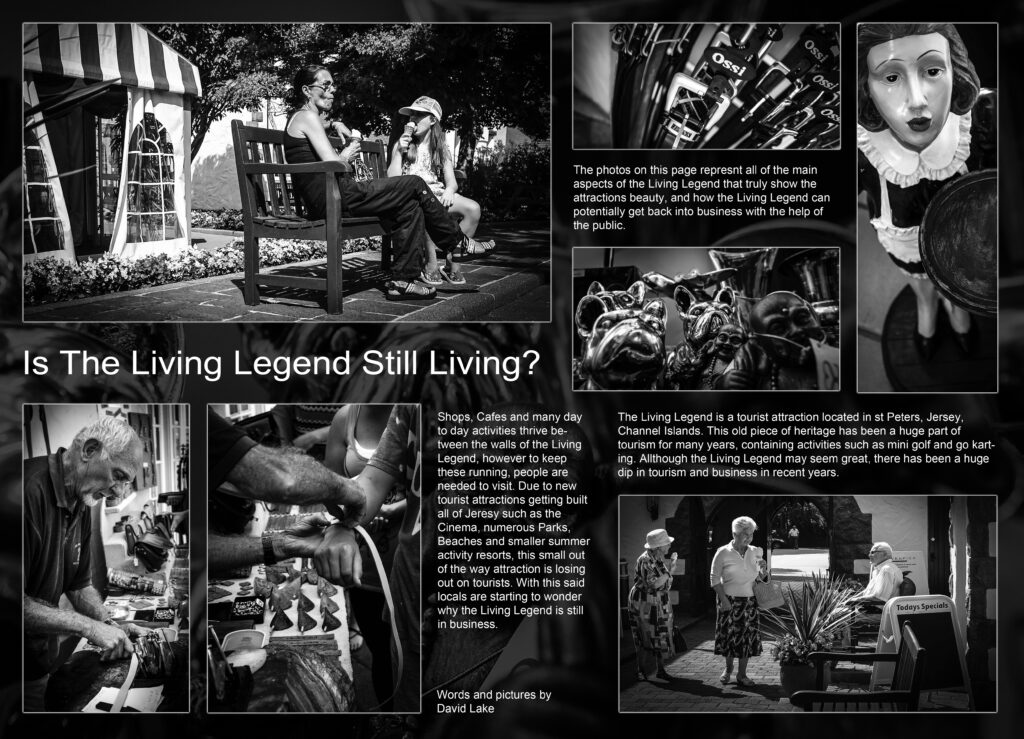

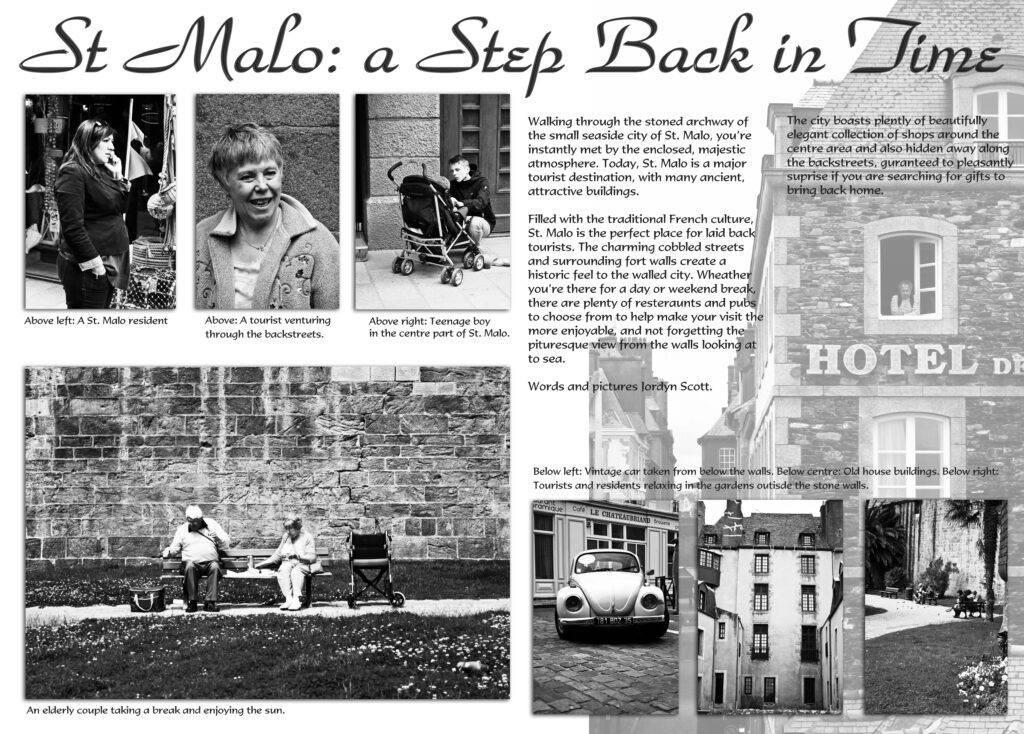
Analysis and Deconstruction of a Picture Story
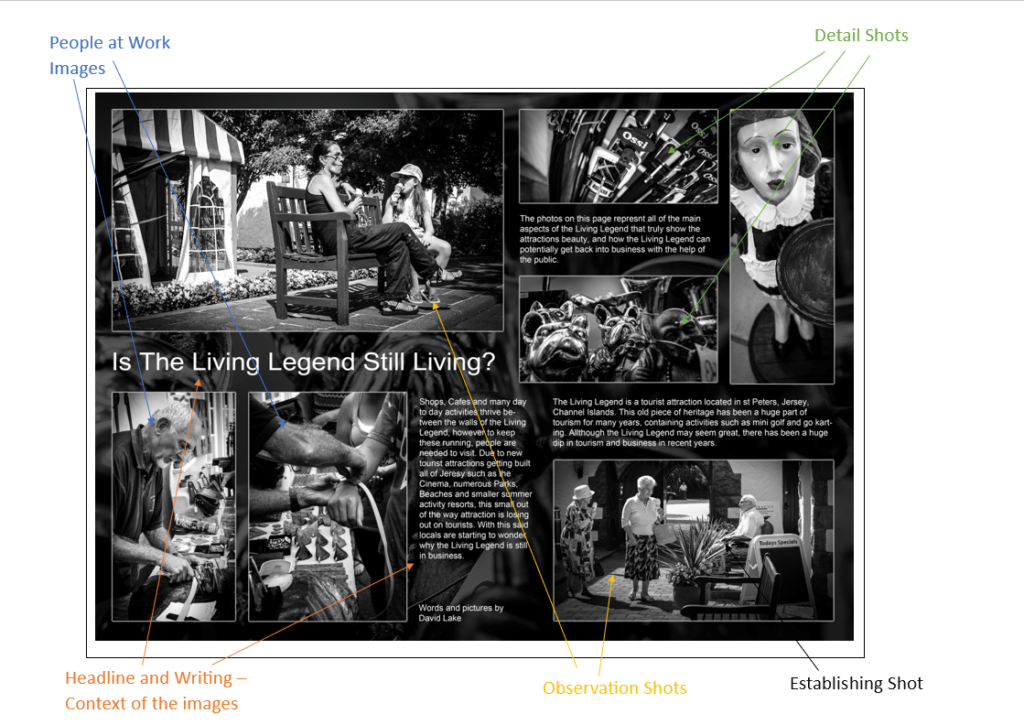
People at Work – A photograph of someone working, when takin these photos you should try to show what are they doing? How are they doing it? Where are they doing it? Who are they/Can you see their face?
Detail Shot – A photograph of something close up that focuses on detail and form of what is in the image.
Observation Shot – A candate photograph of people or a moment in the decisive moment.
Establishing Shot – A photograph that gives meaning and context to all the images in that project.
Contact Sheet
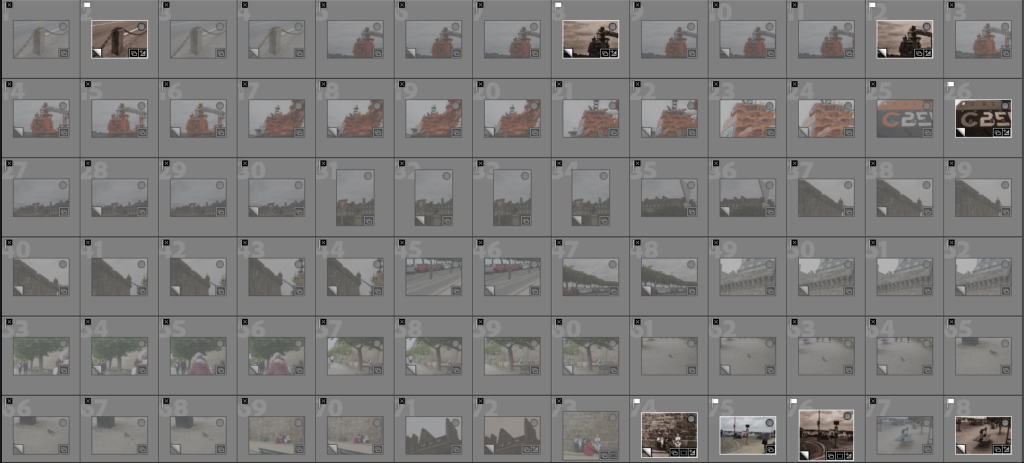
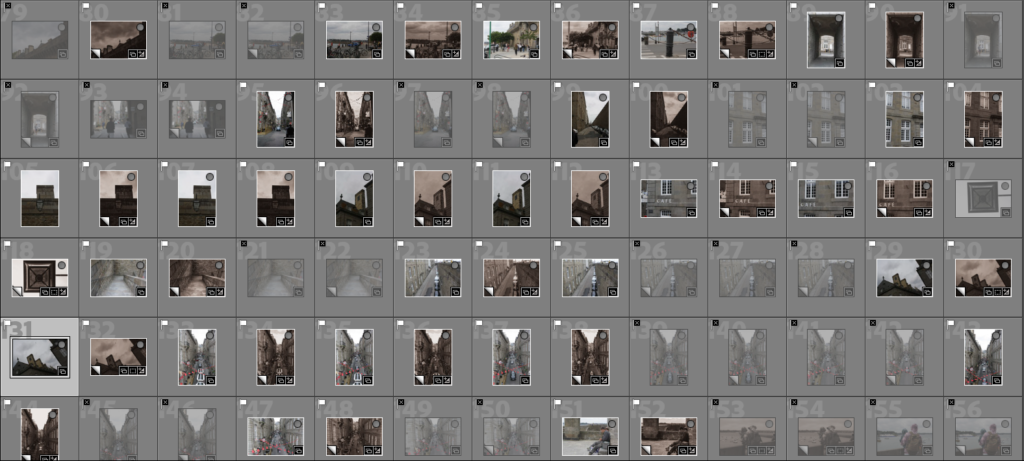
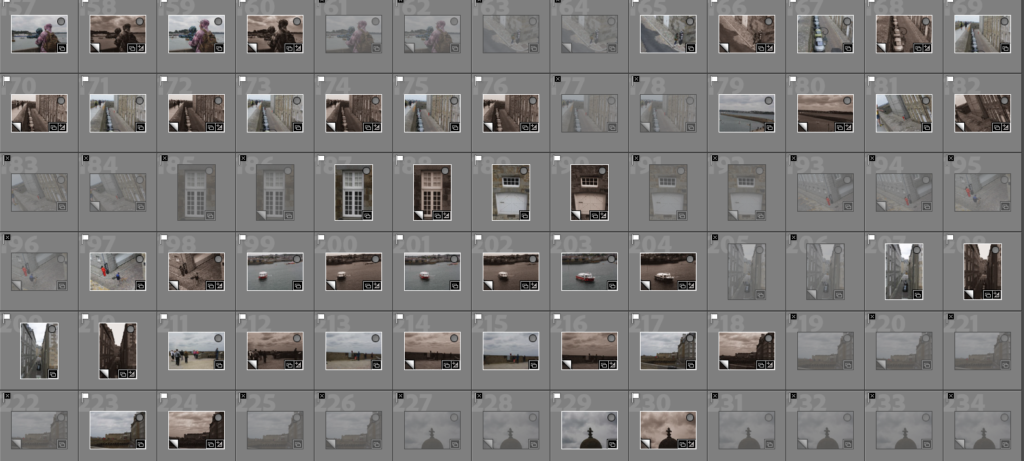
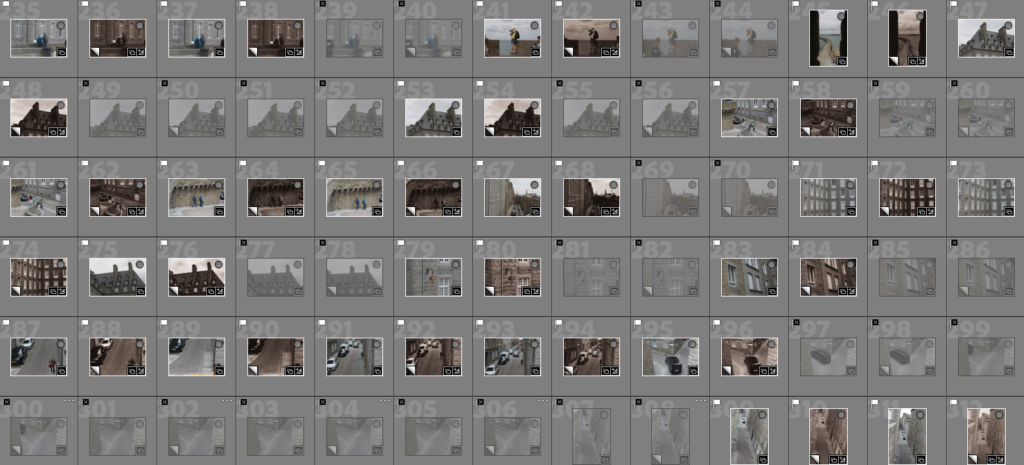
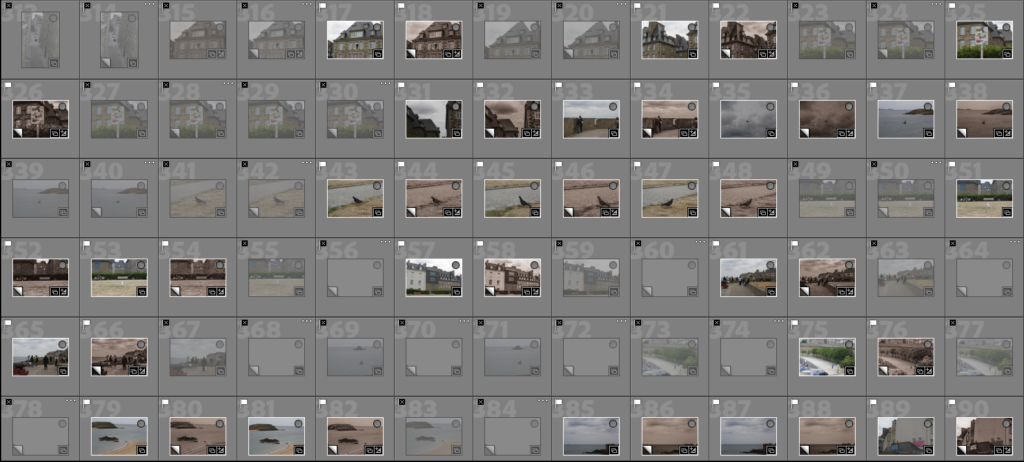
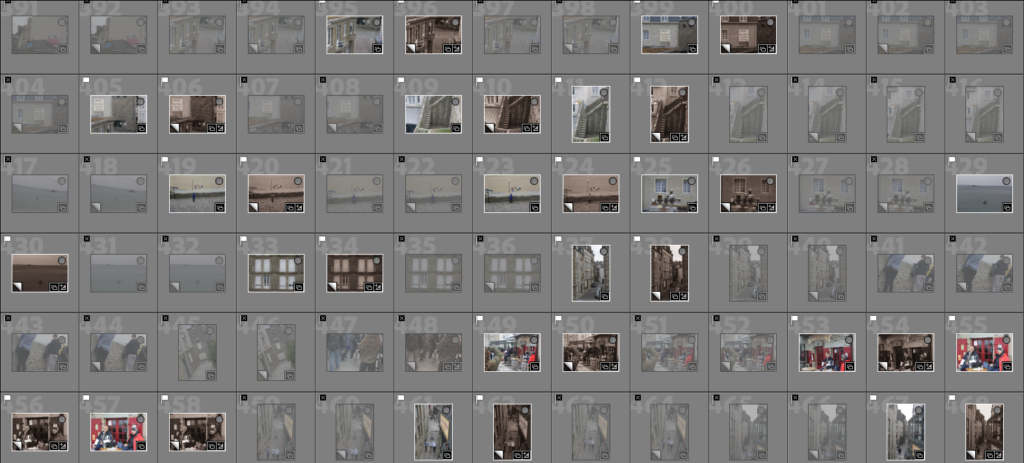
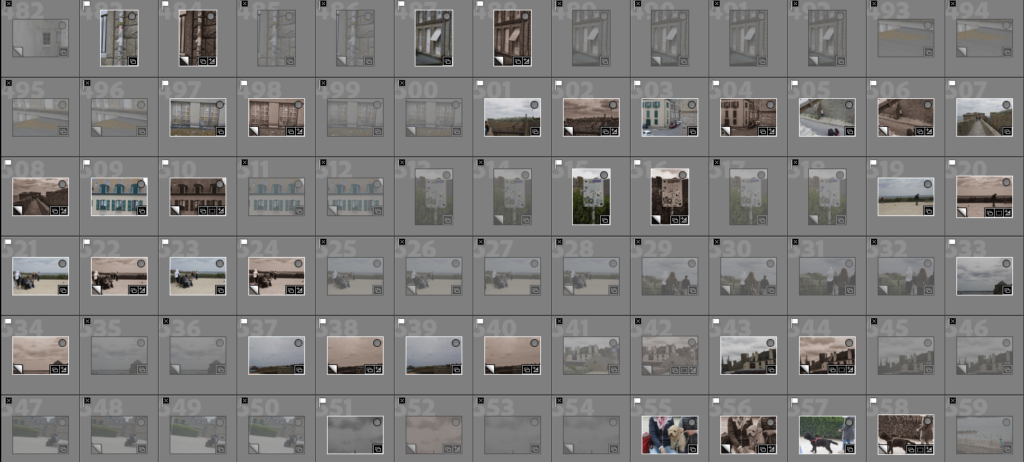
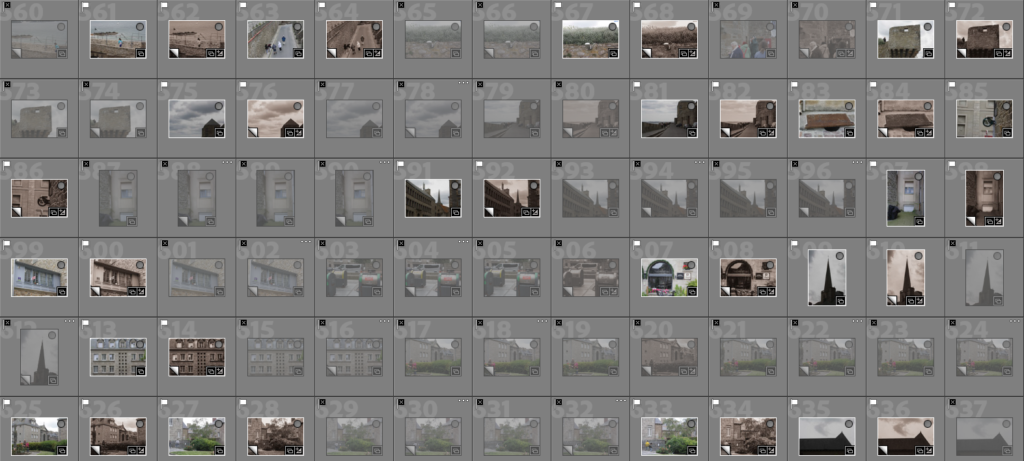
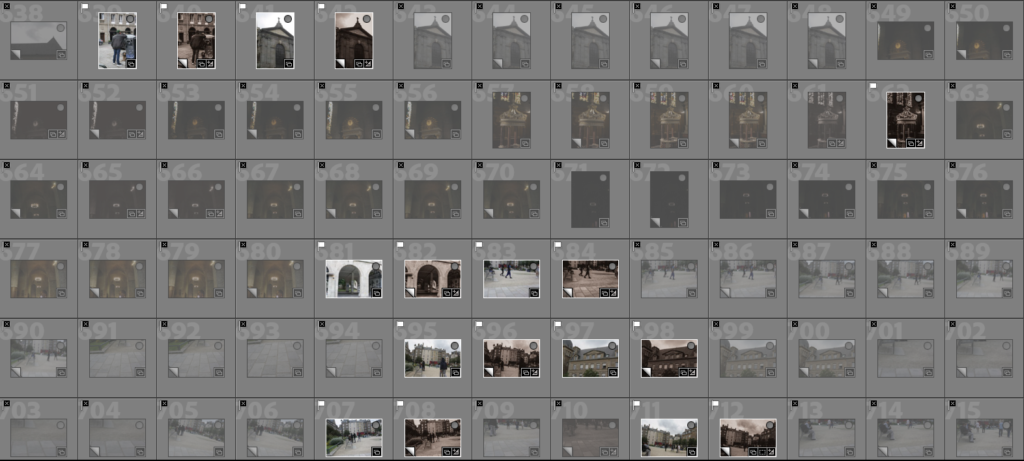
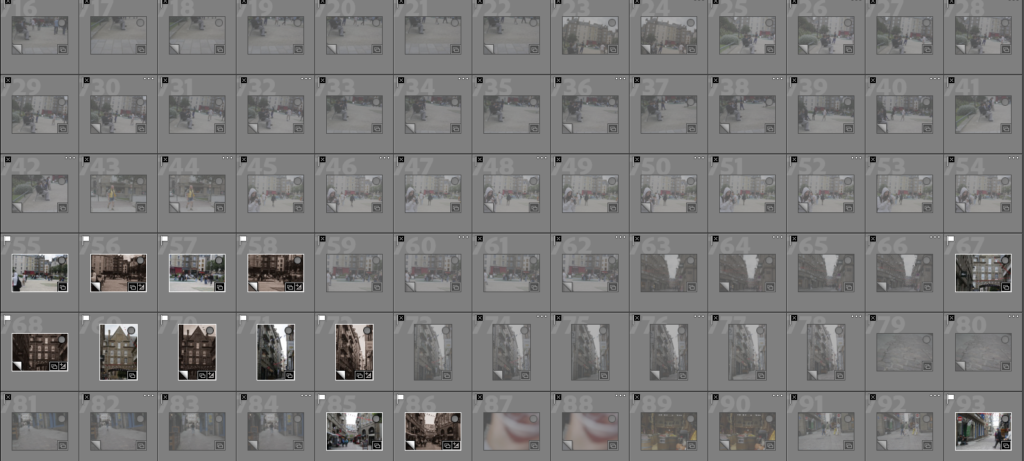

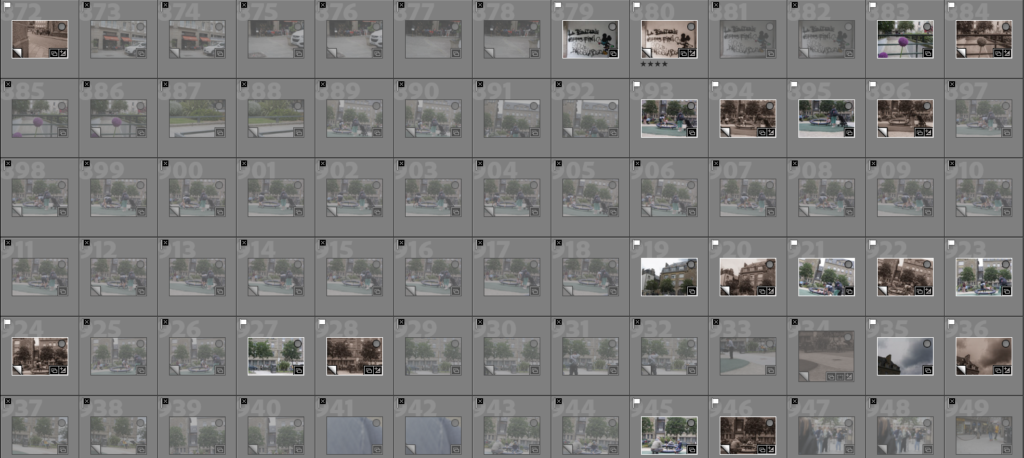
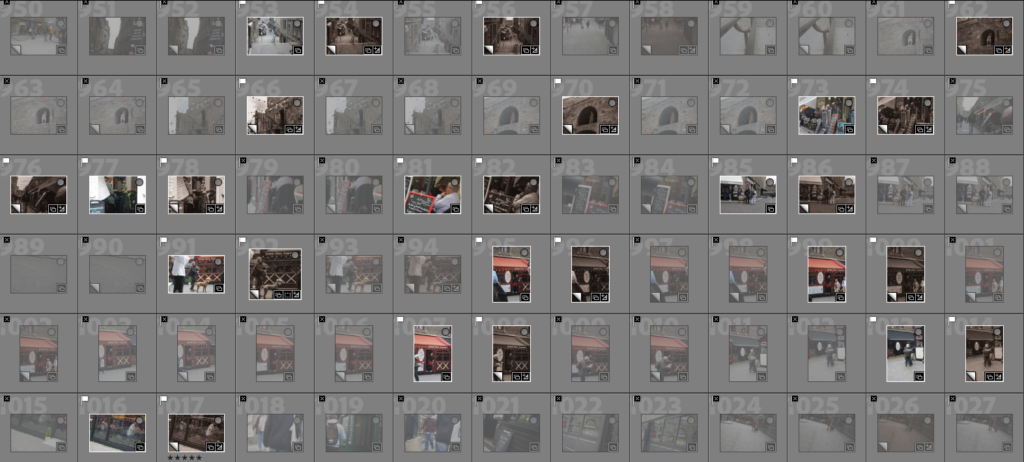

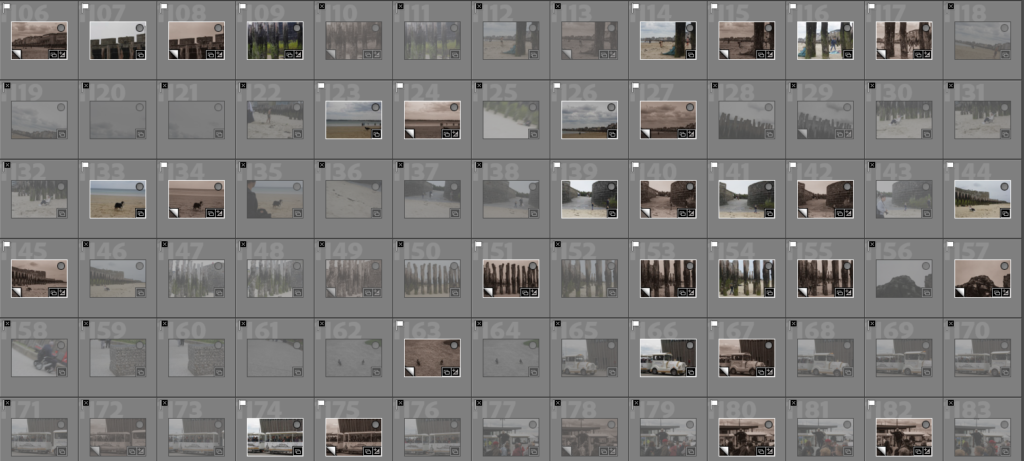
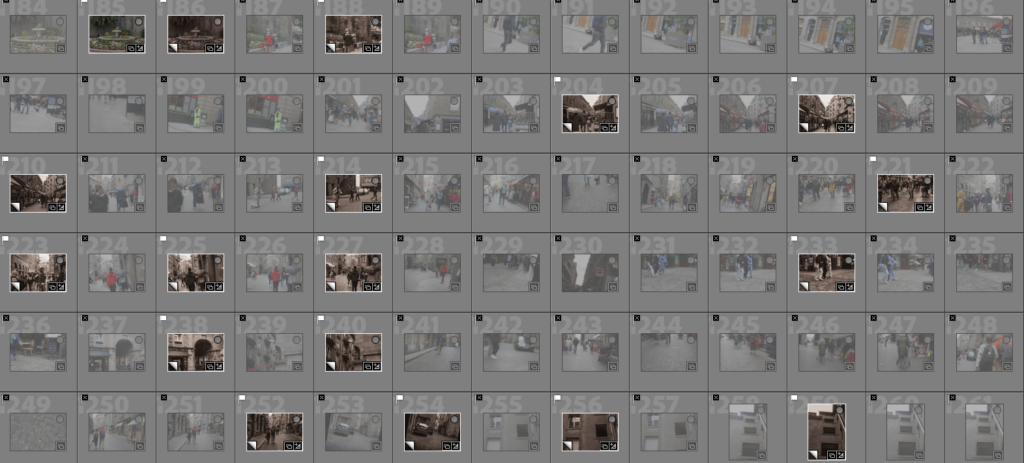

Edits and Experimentation
Selective Colour
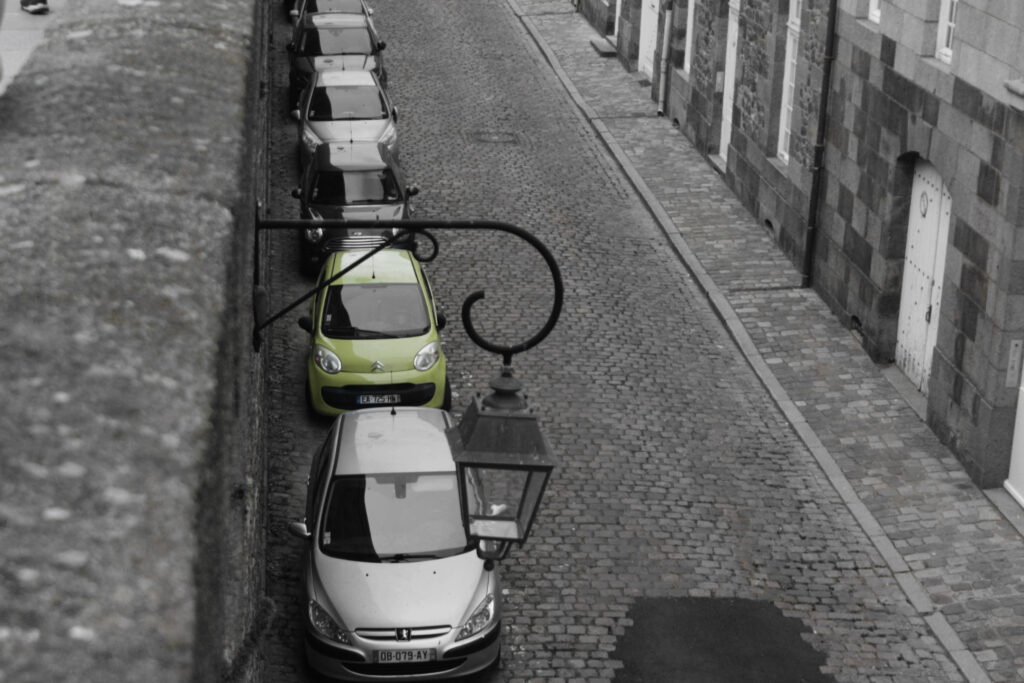
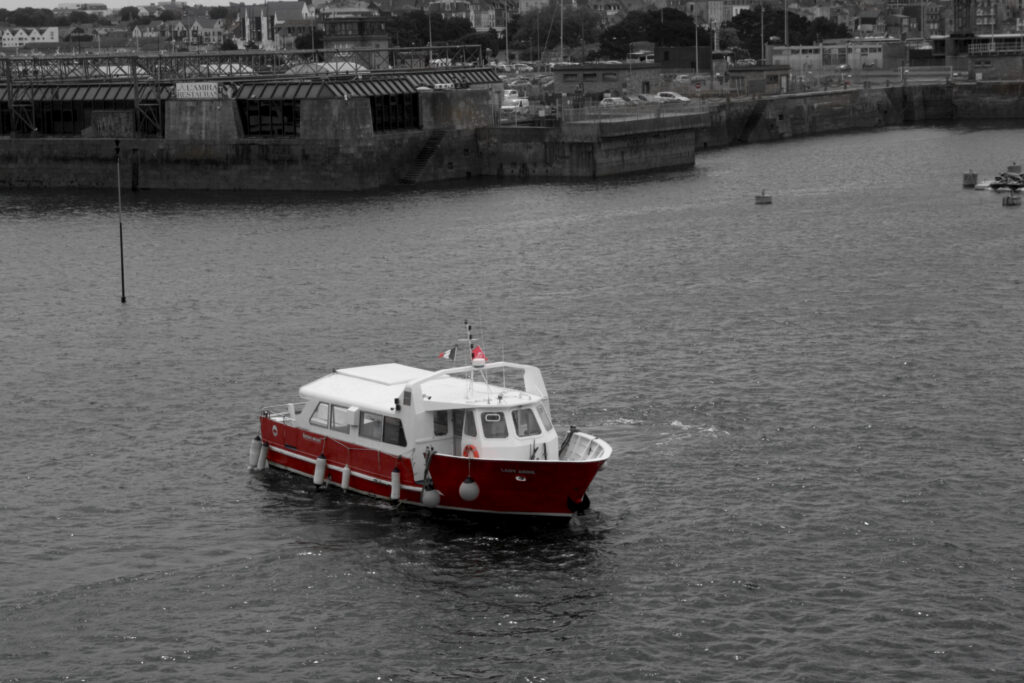

Black and White Edits
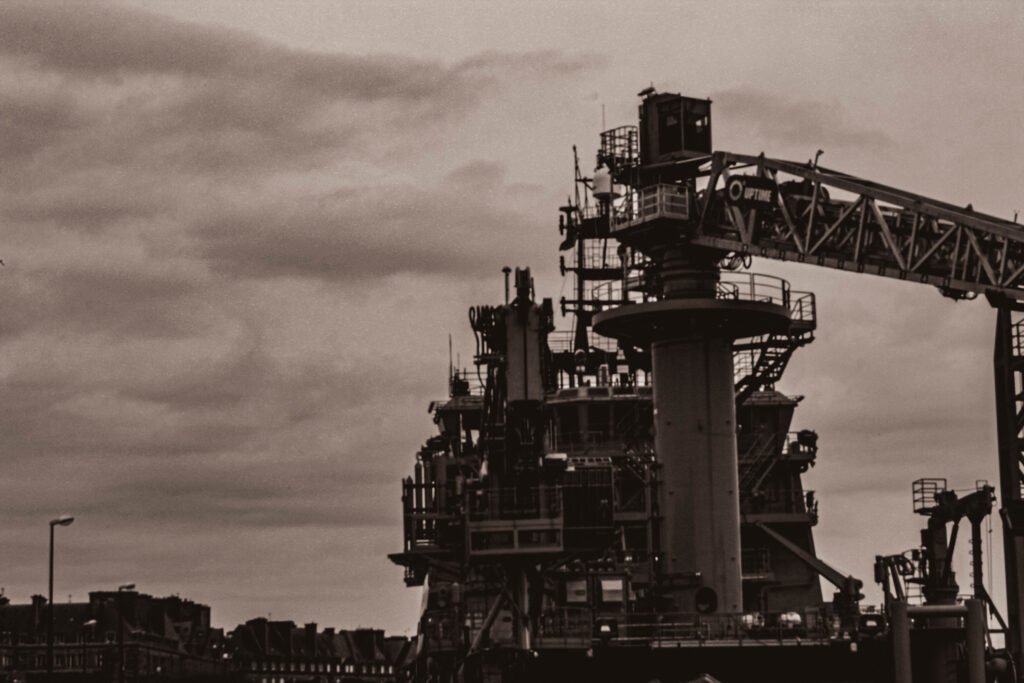
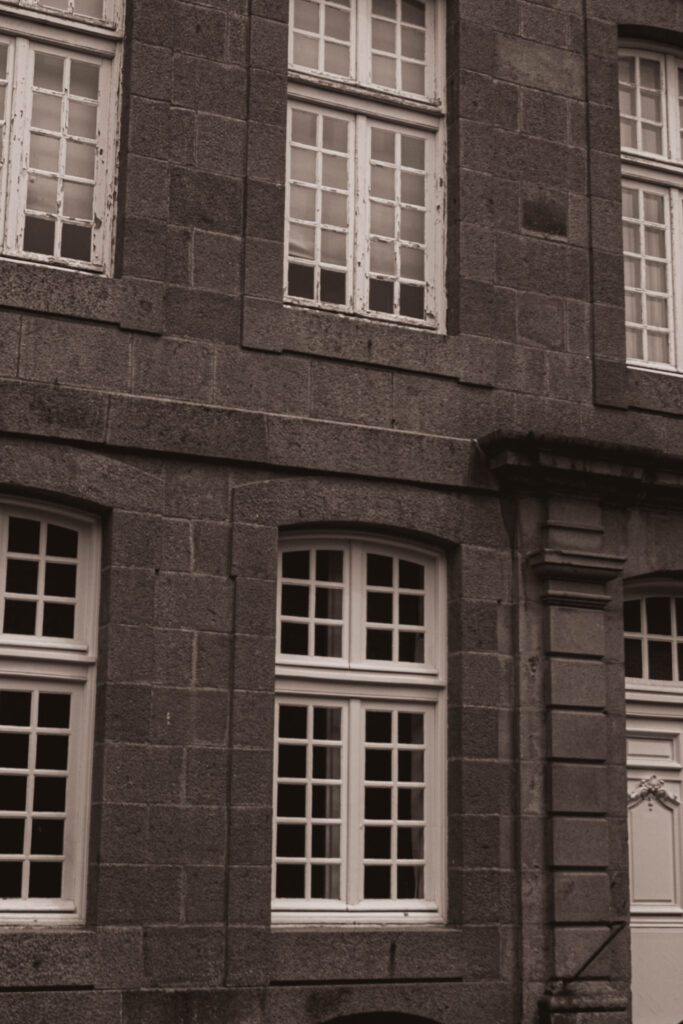
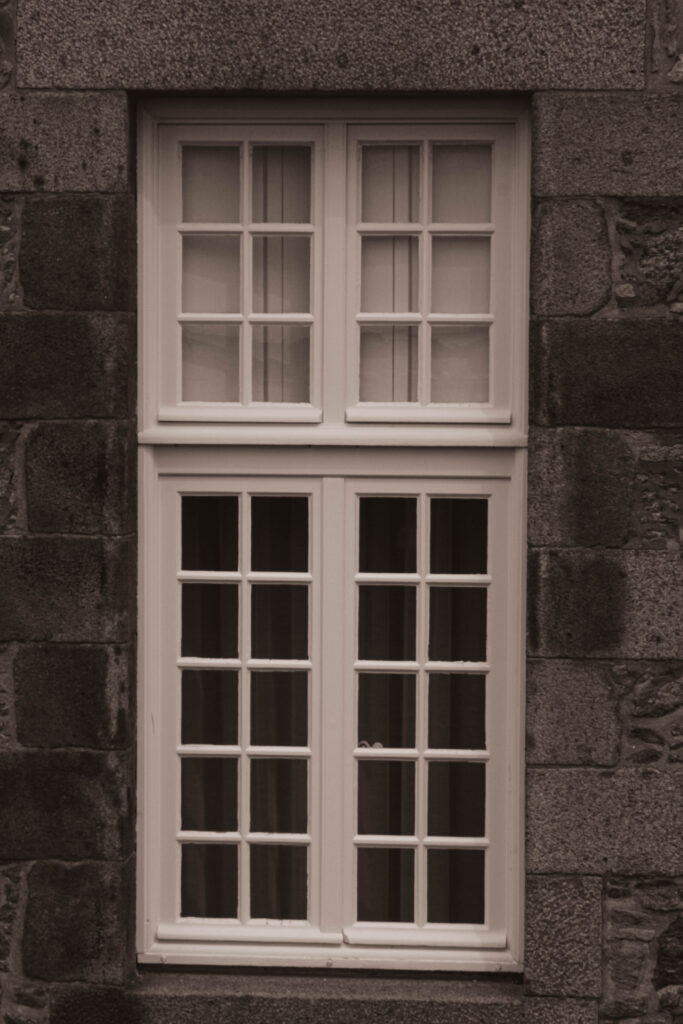

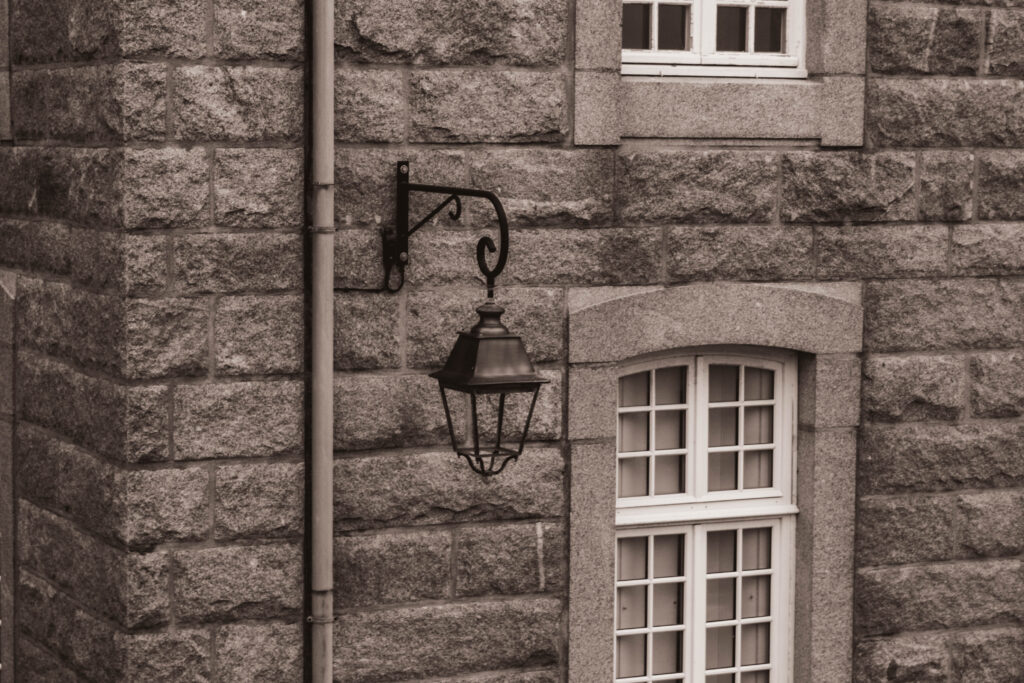

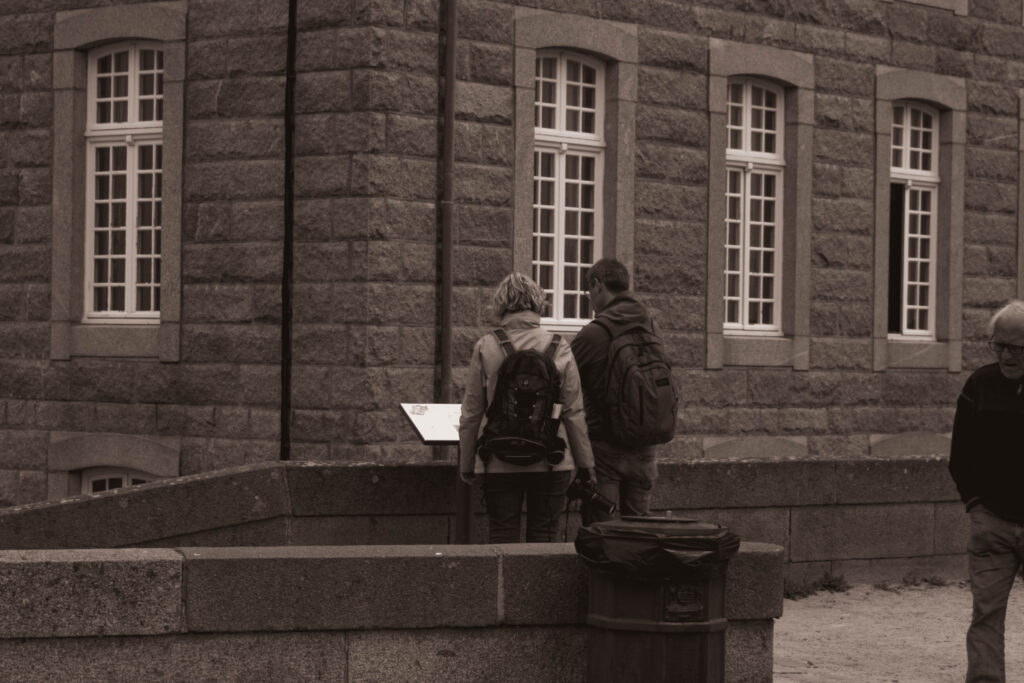
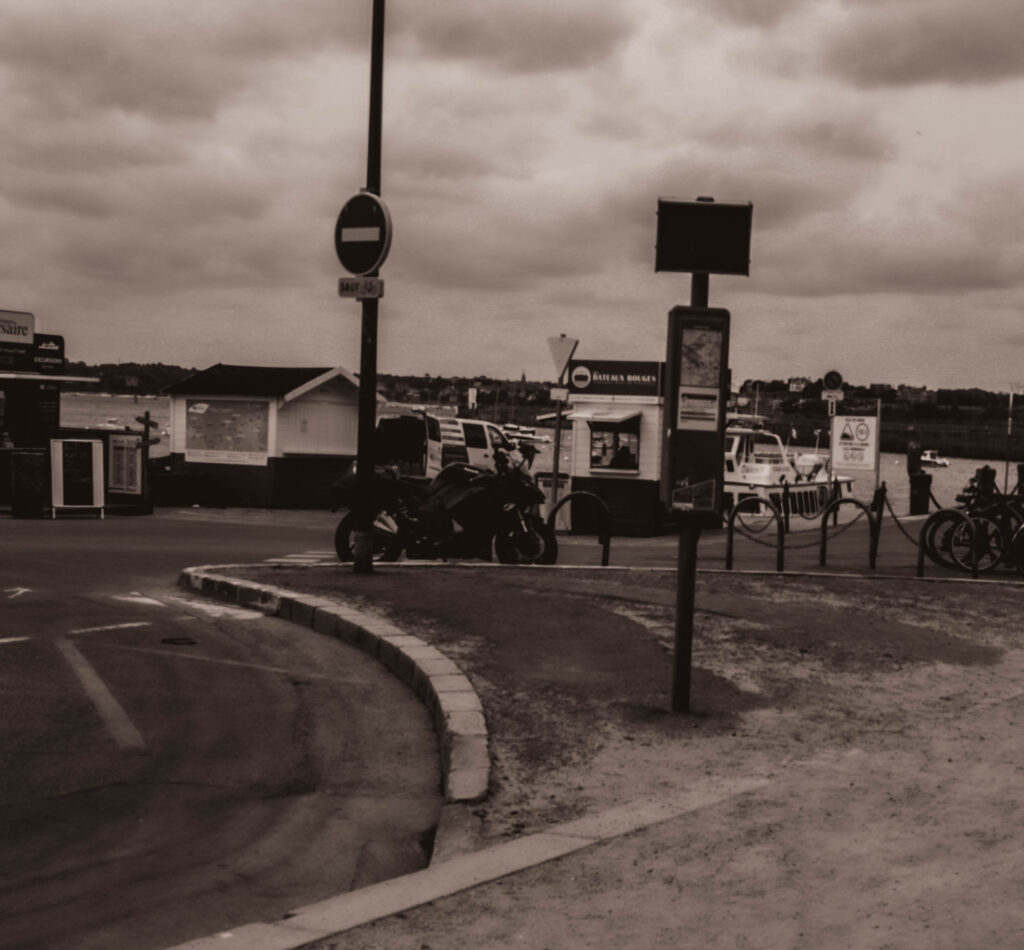
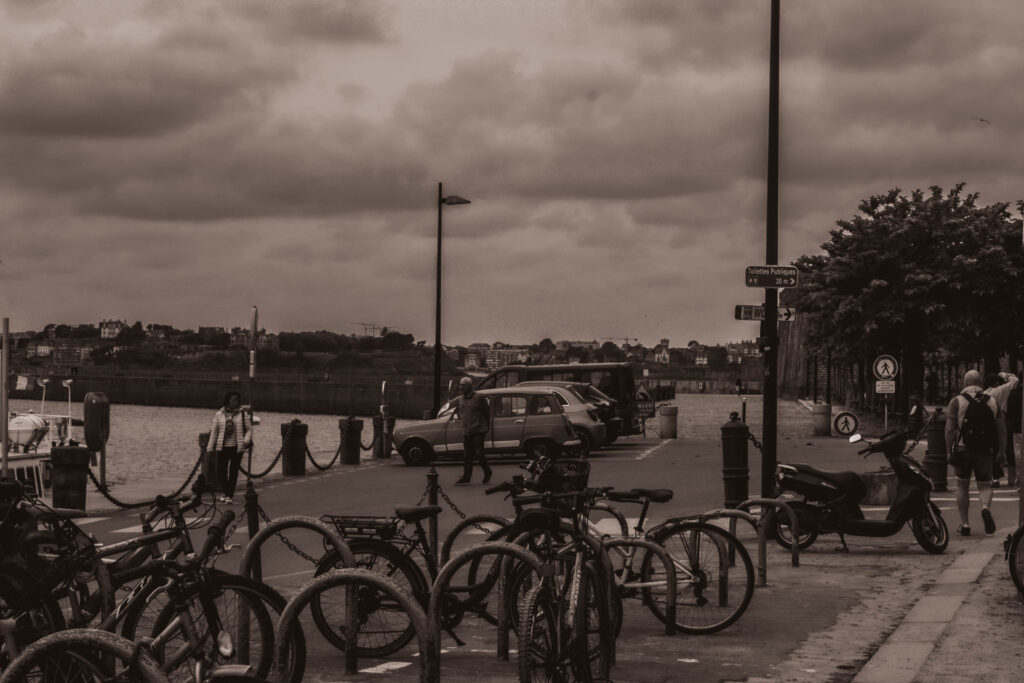

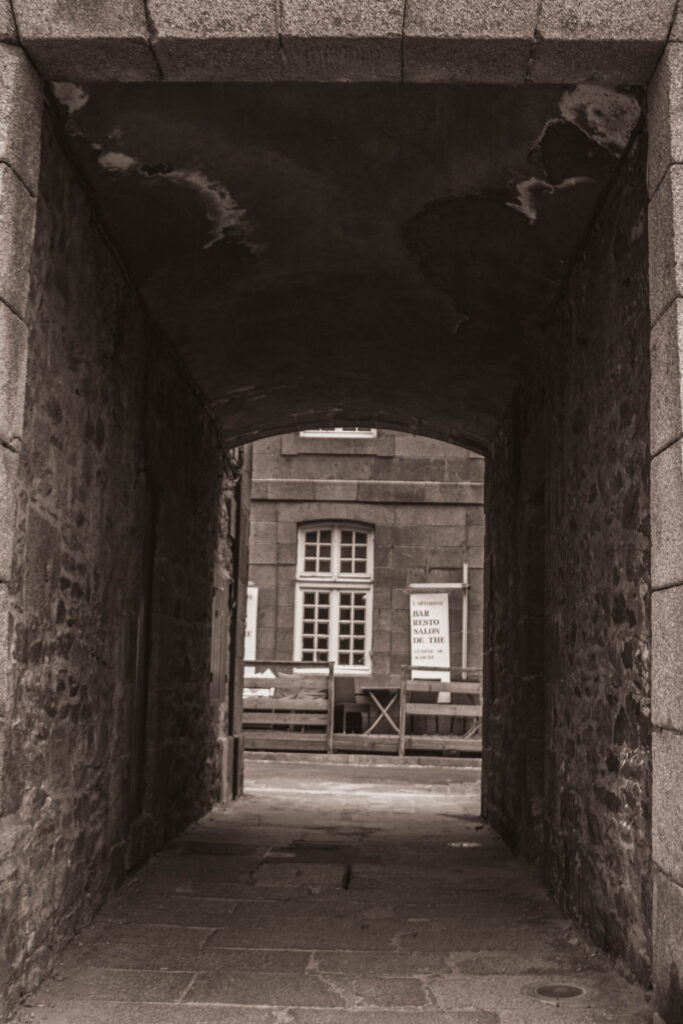

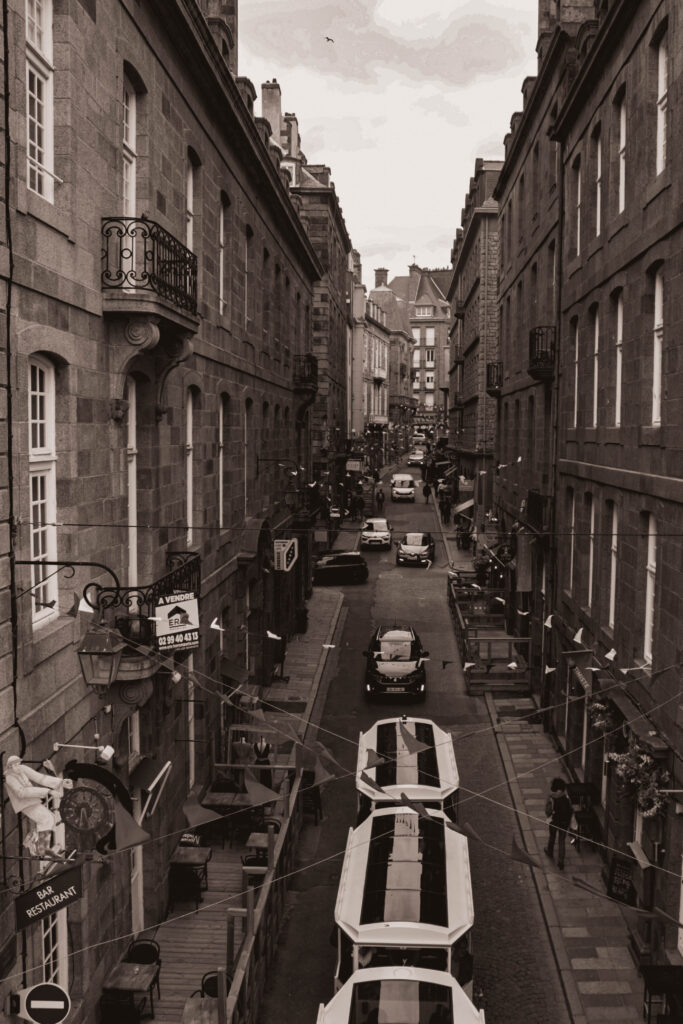
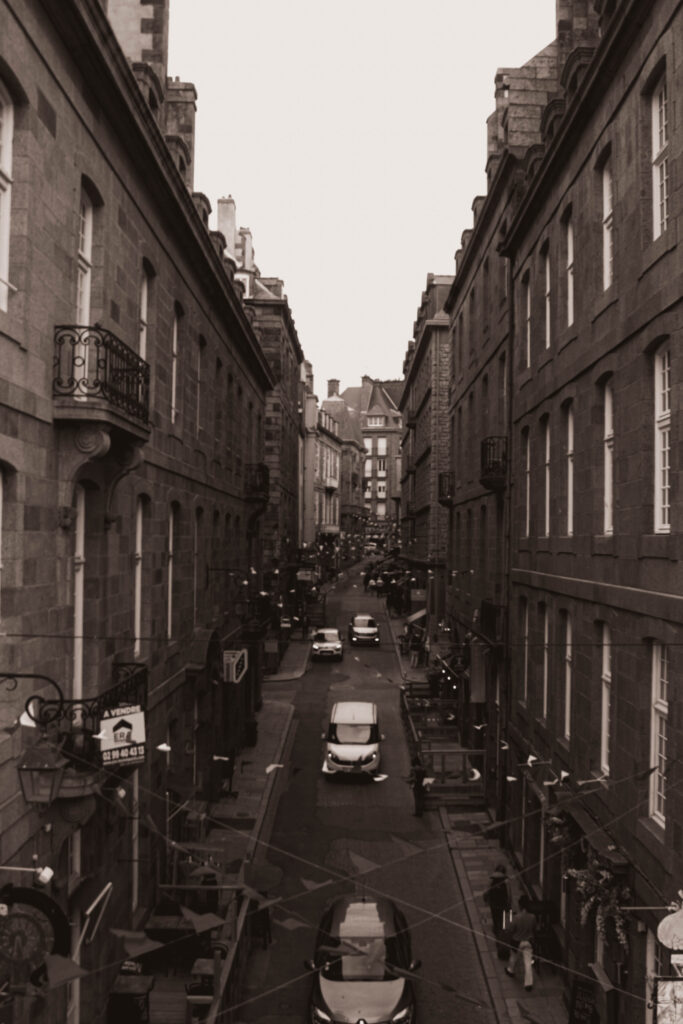
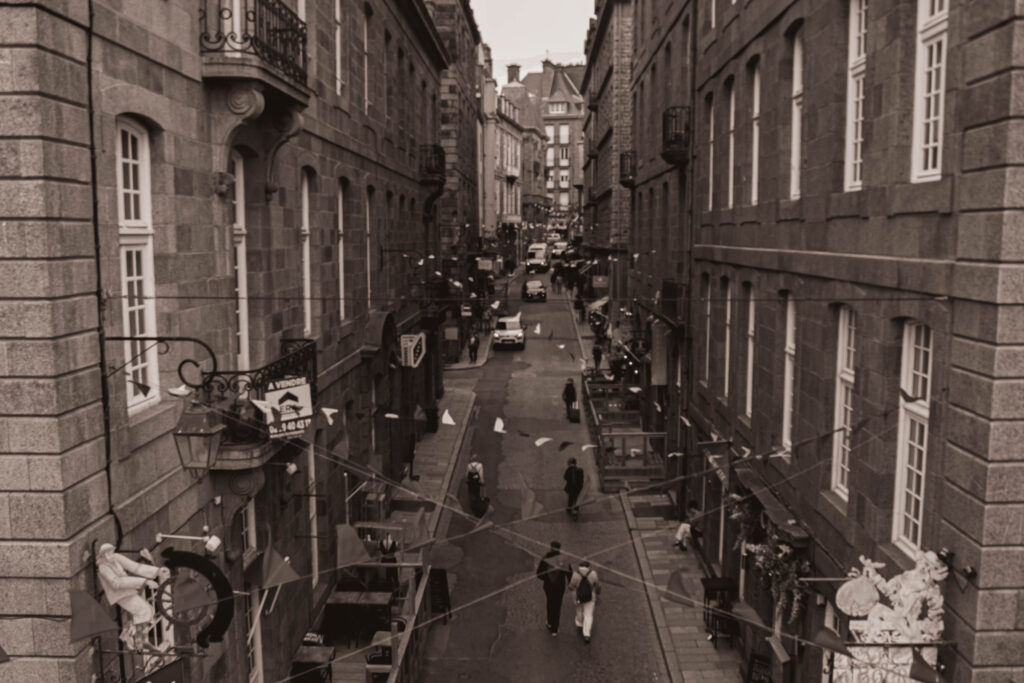
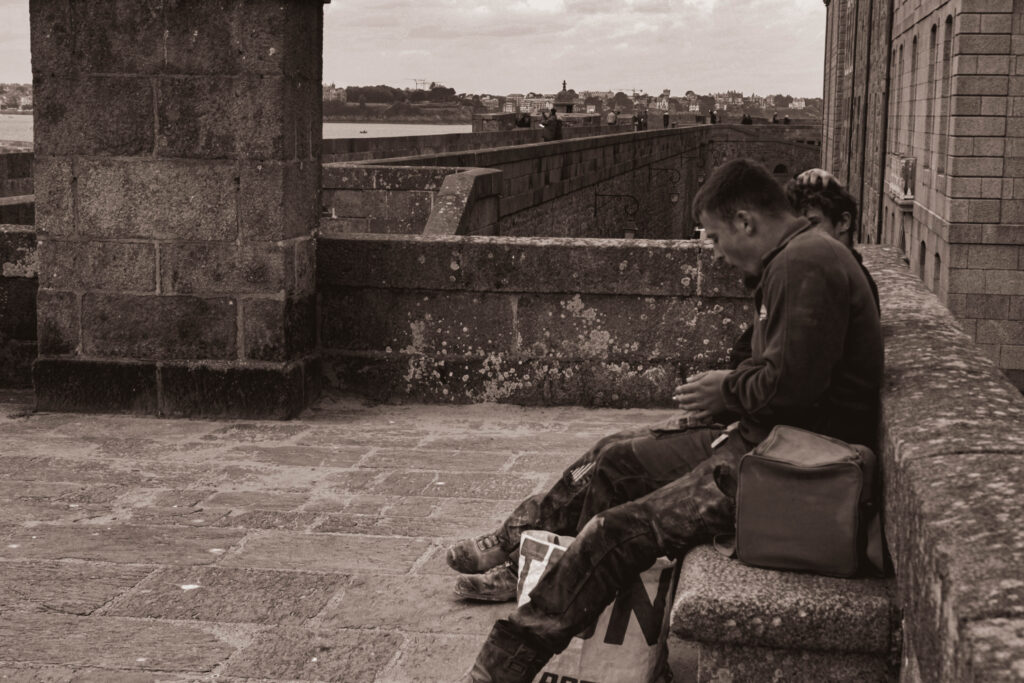
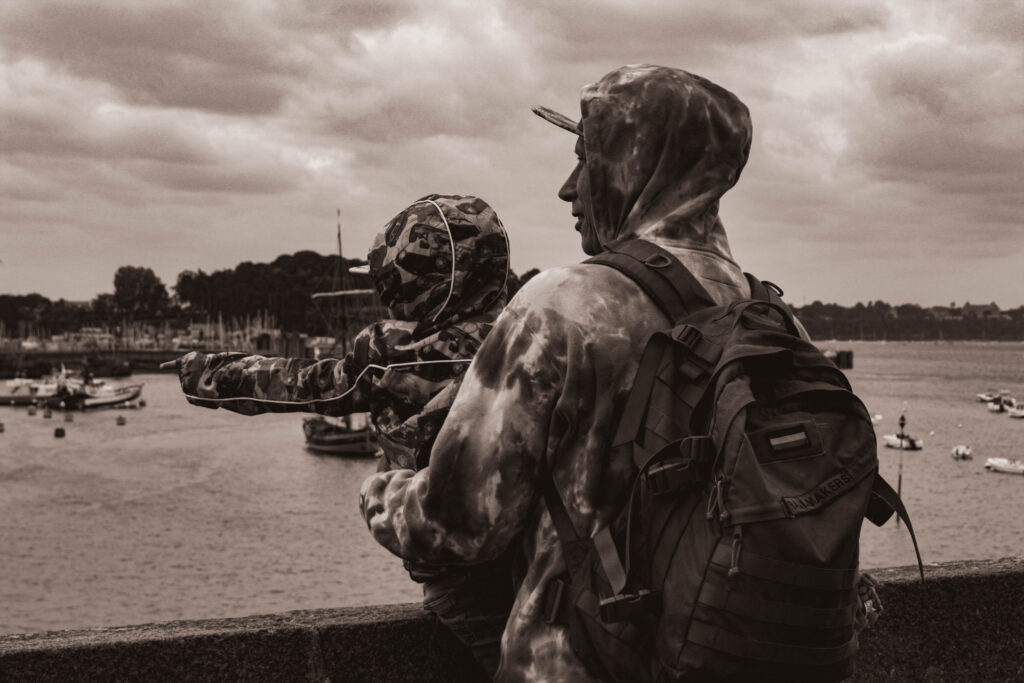
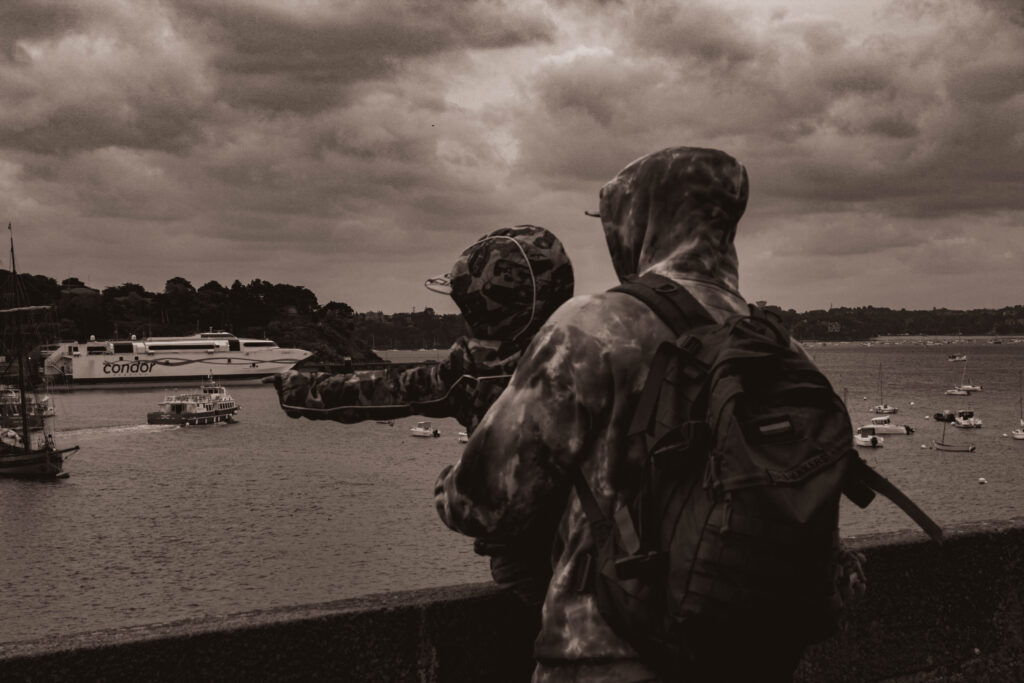
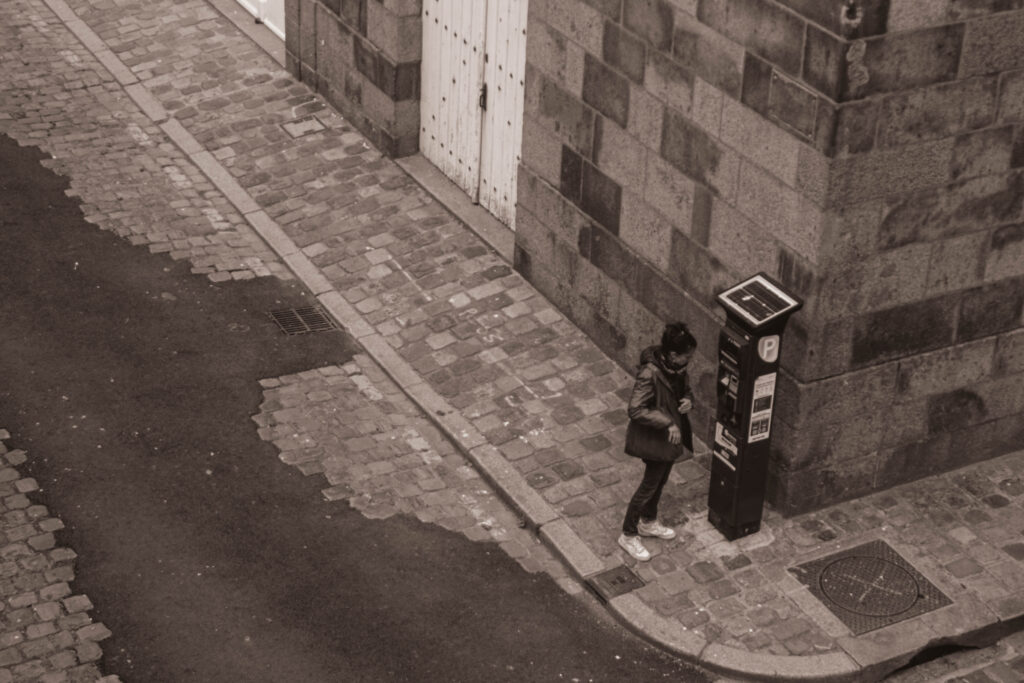
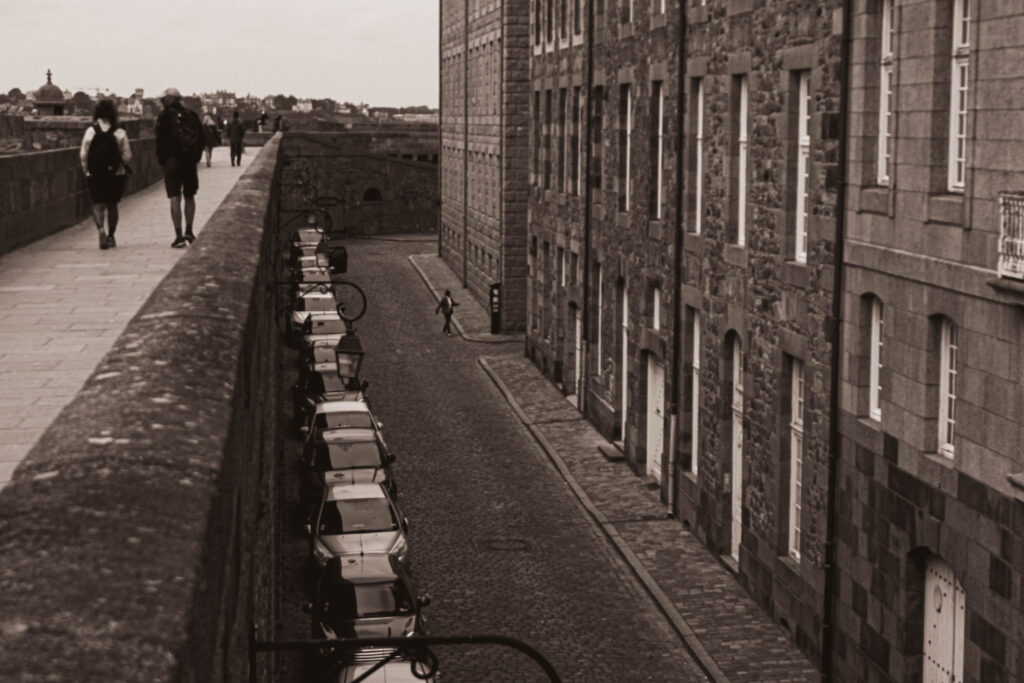

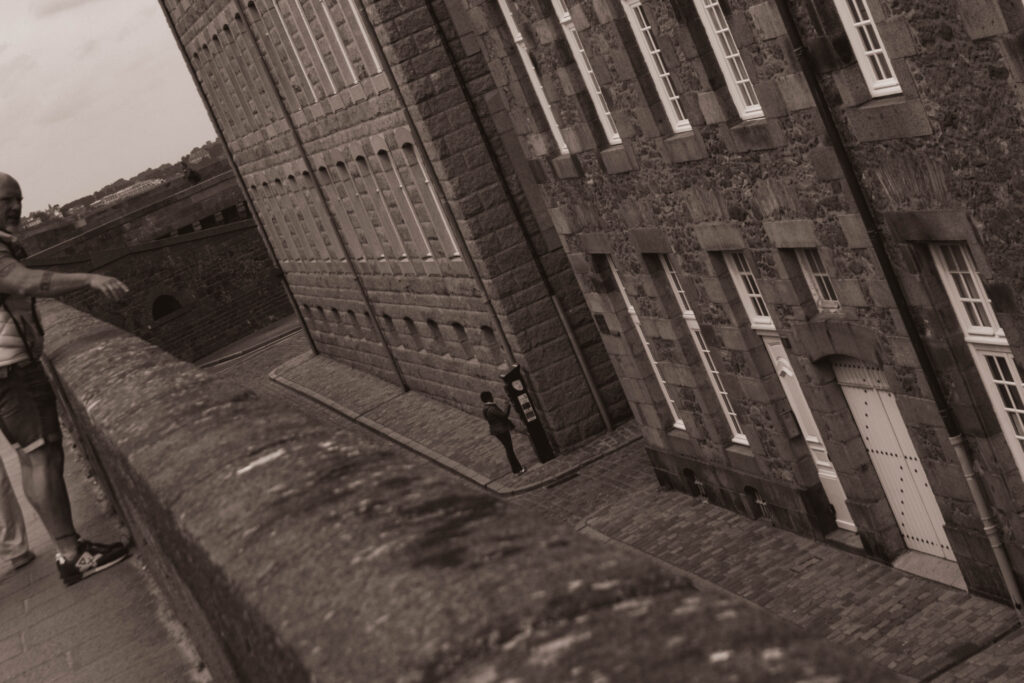
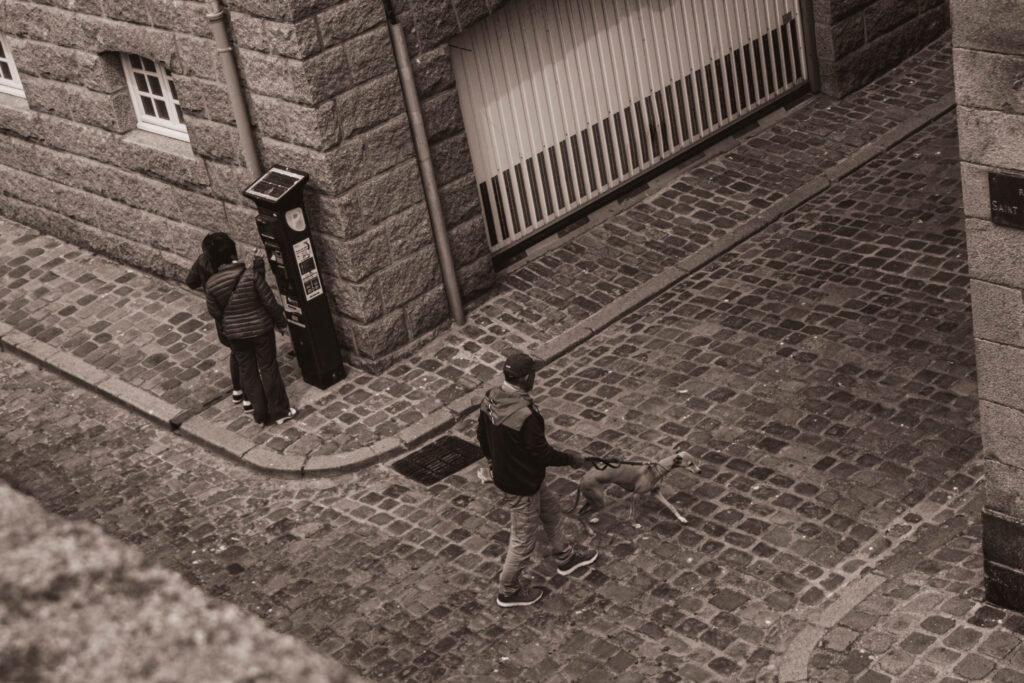
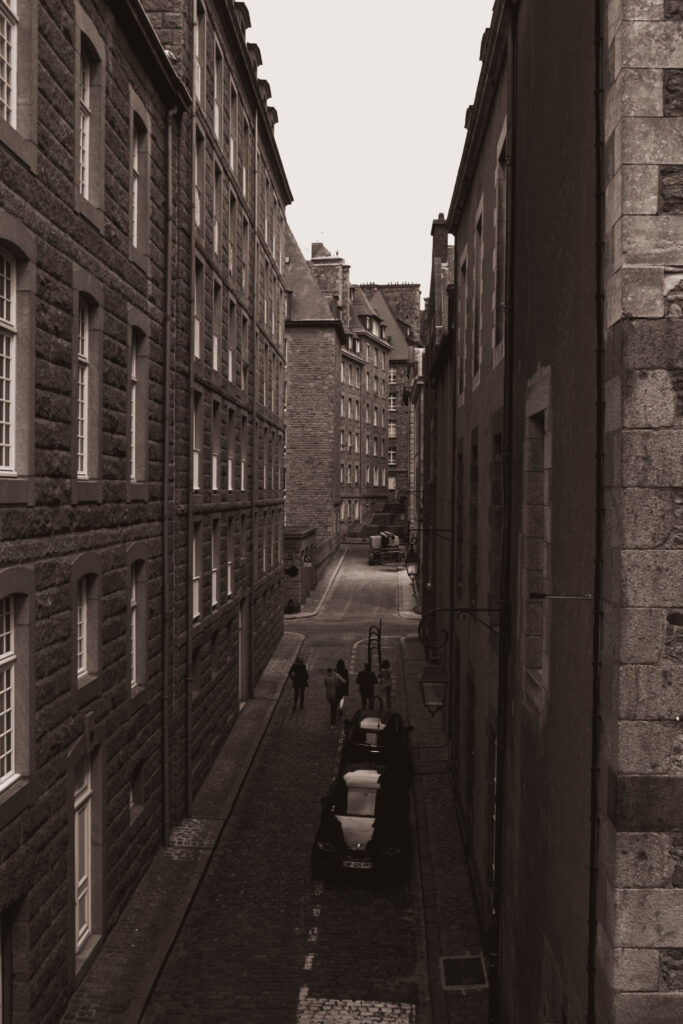
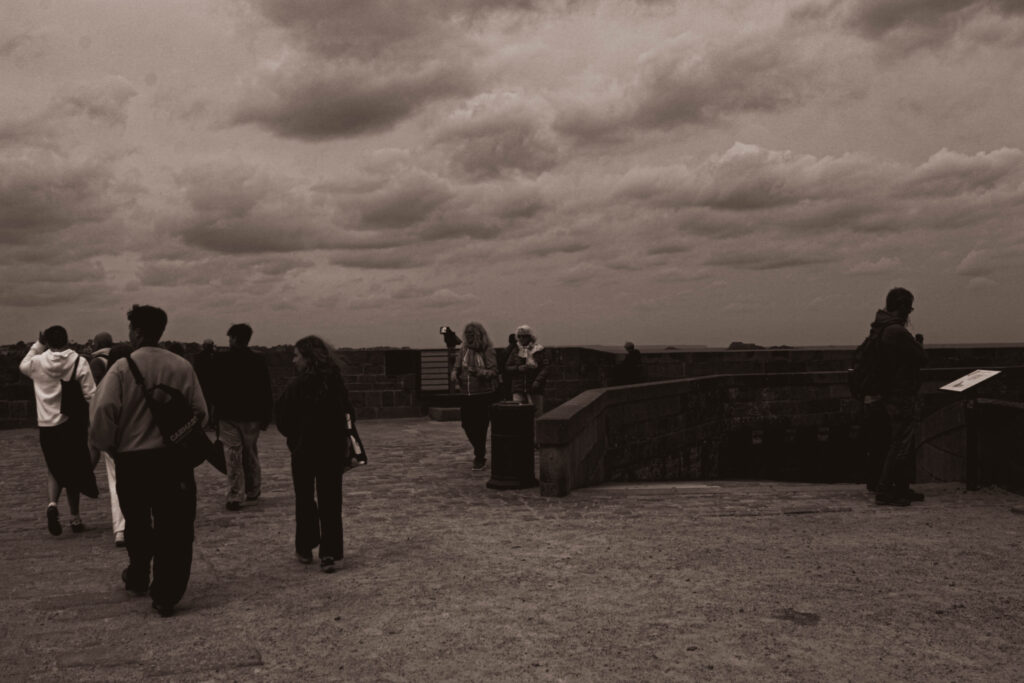

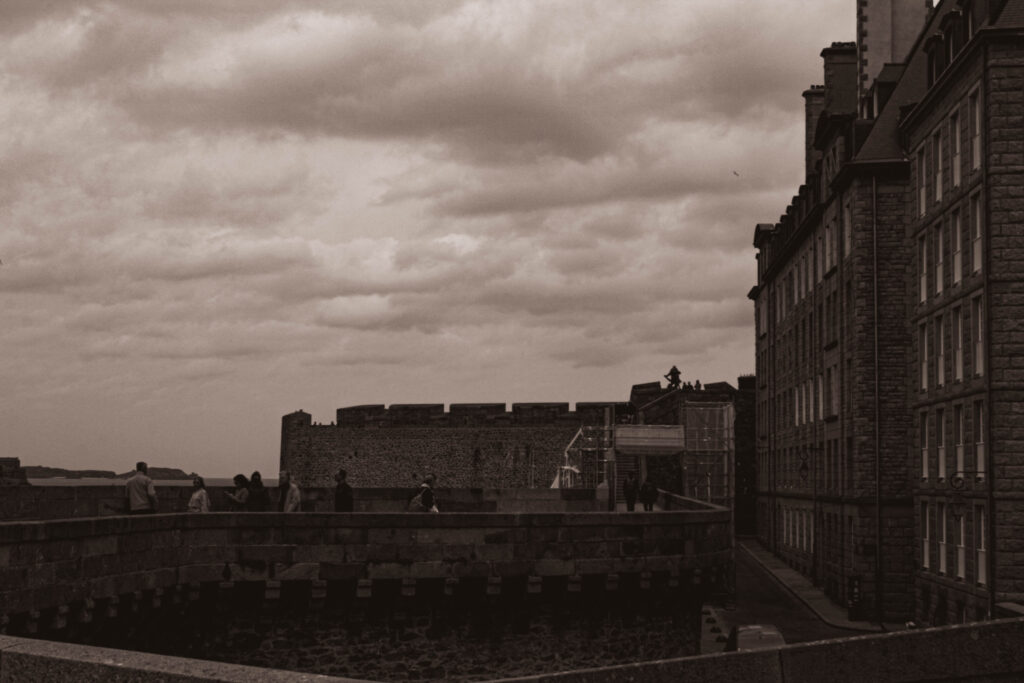
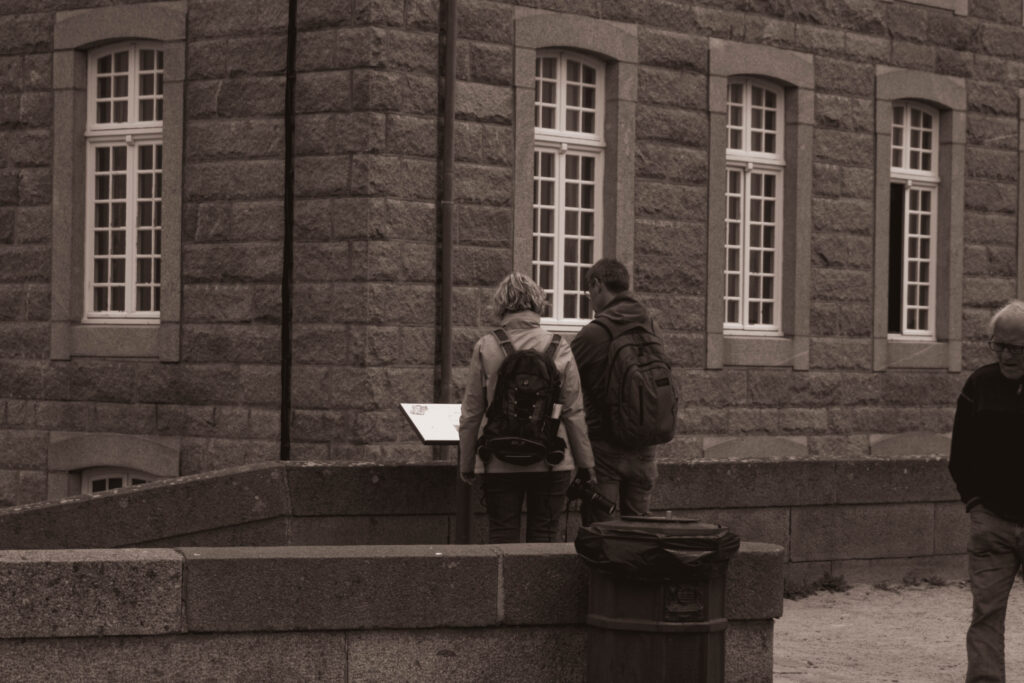
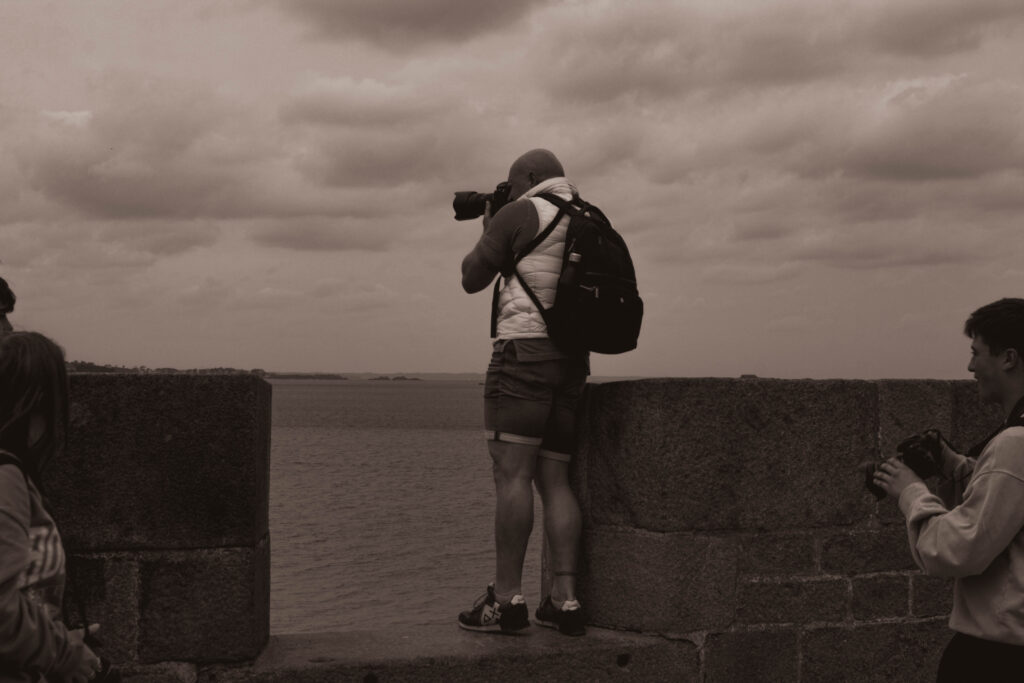
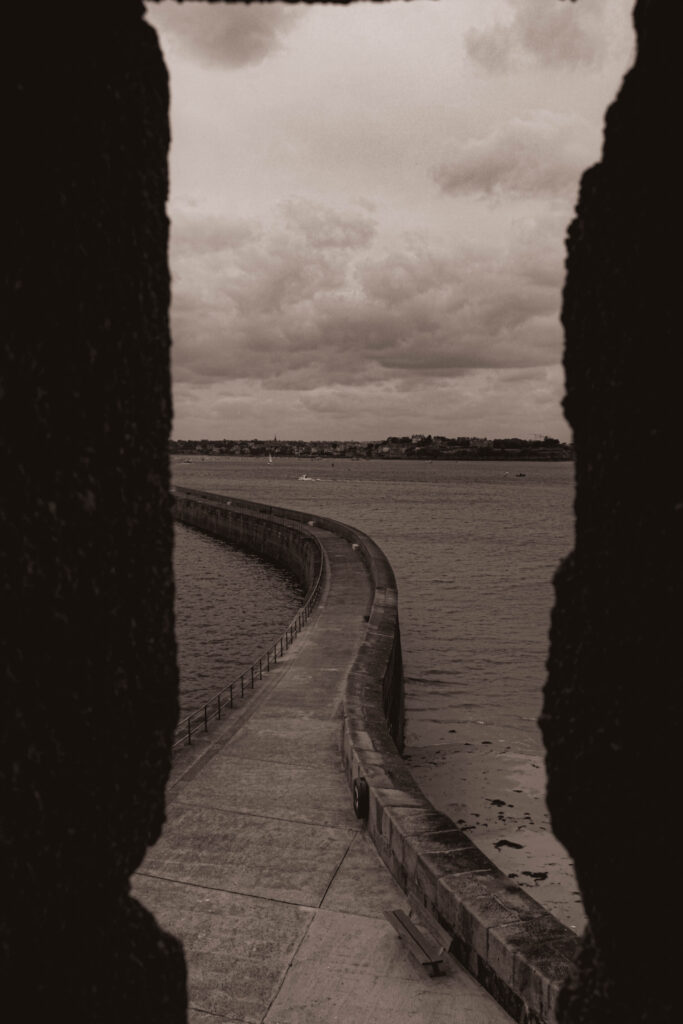
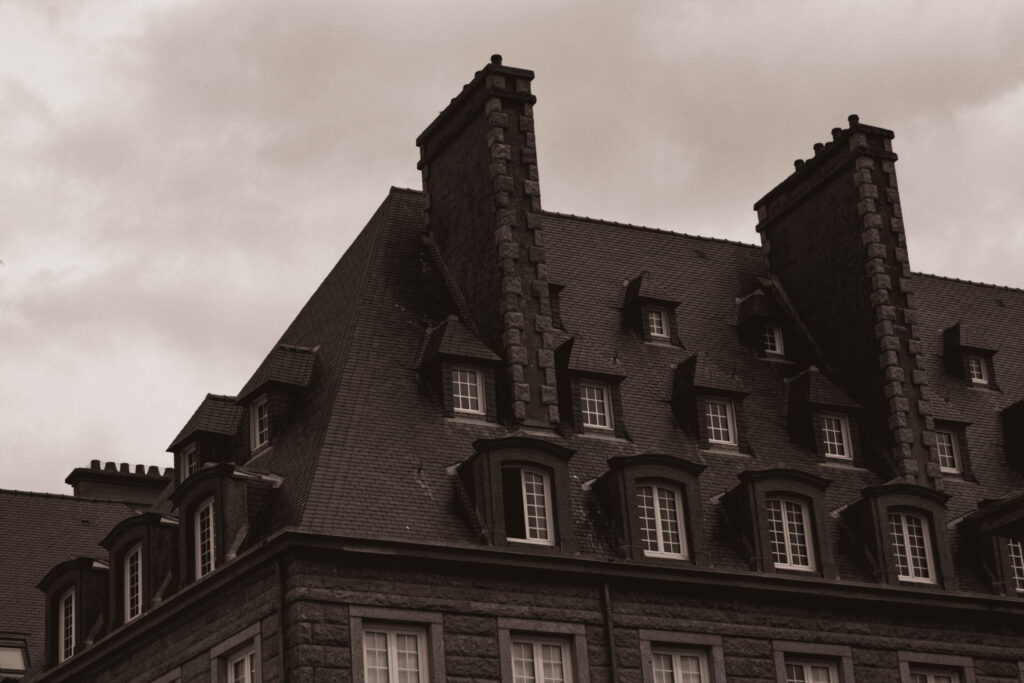
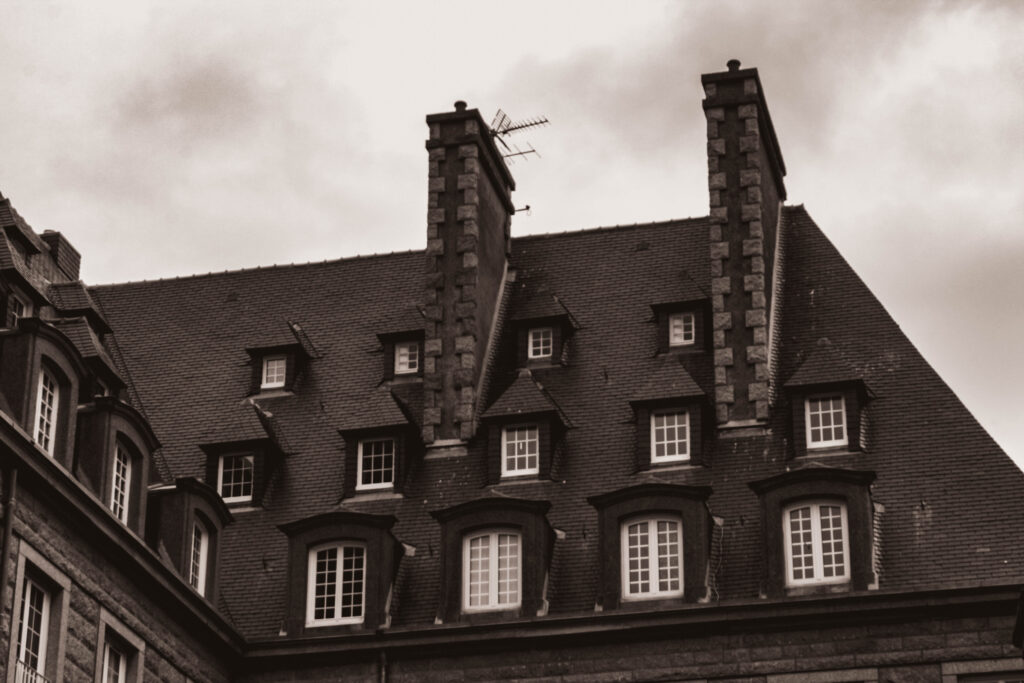

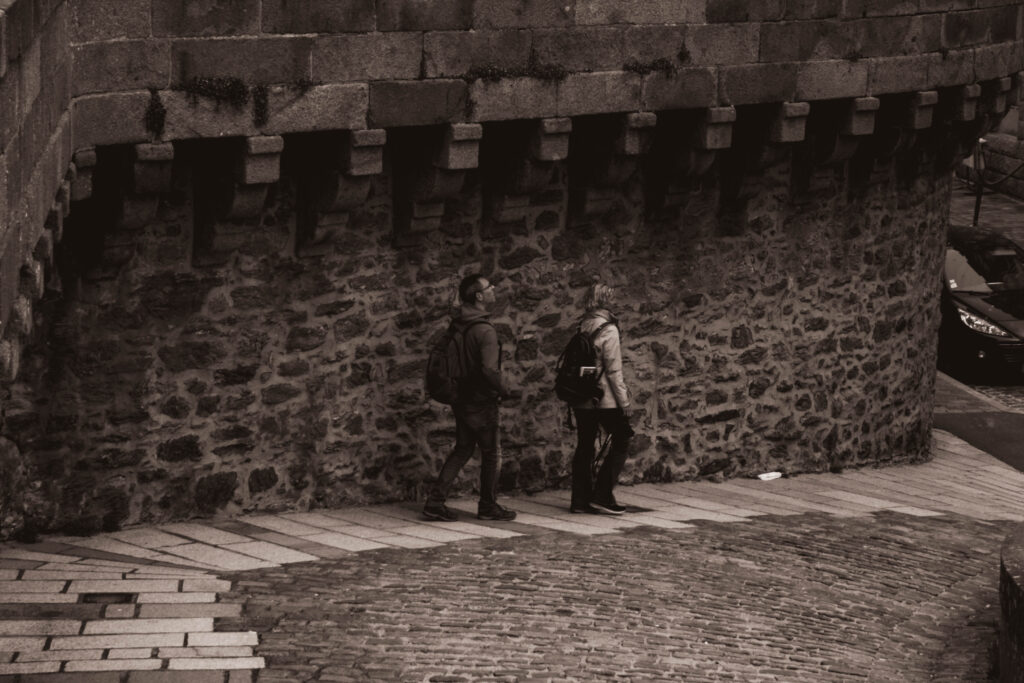
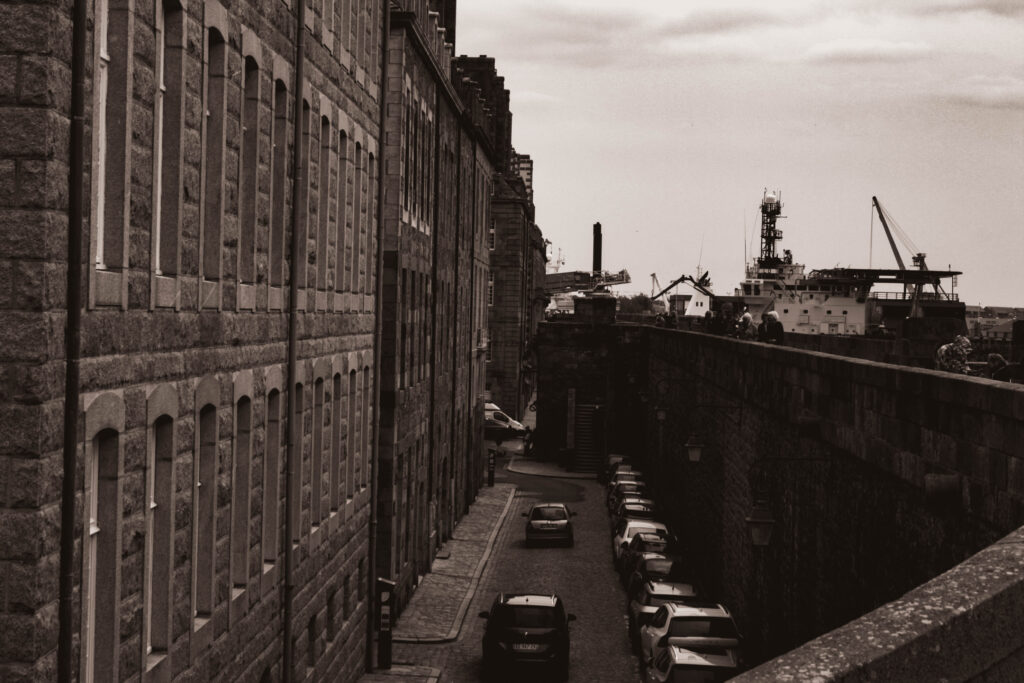
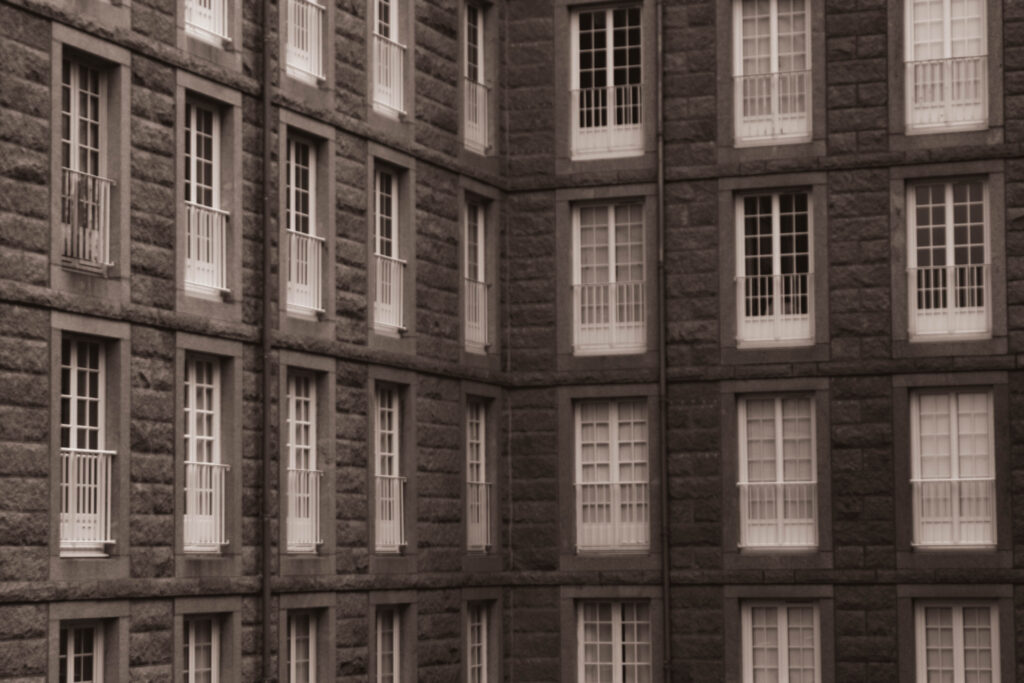

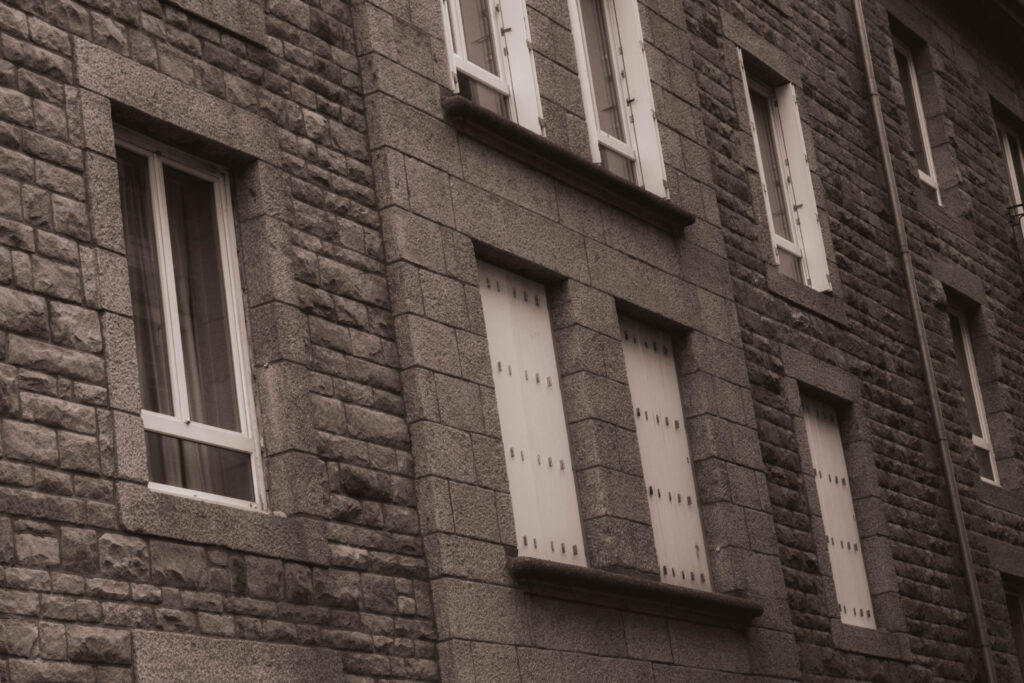
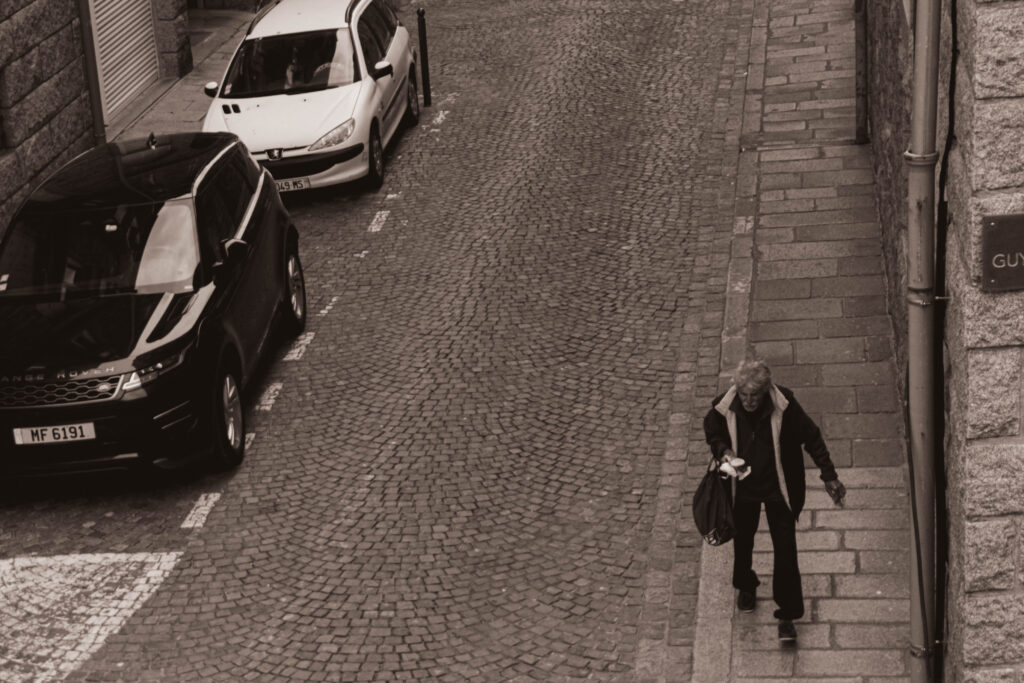


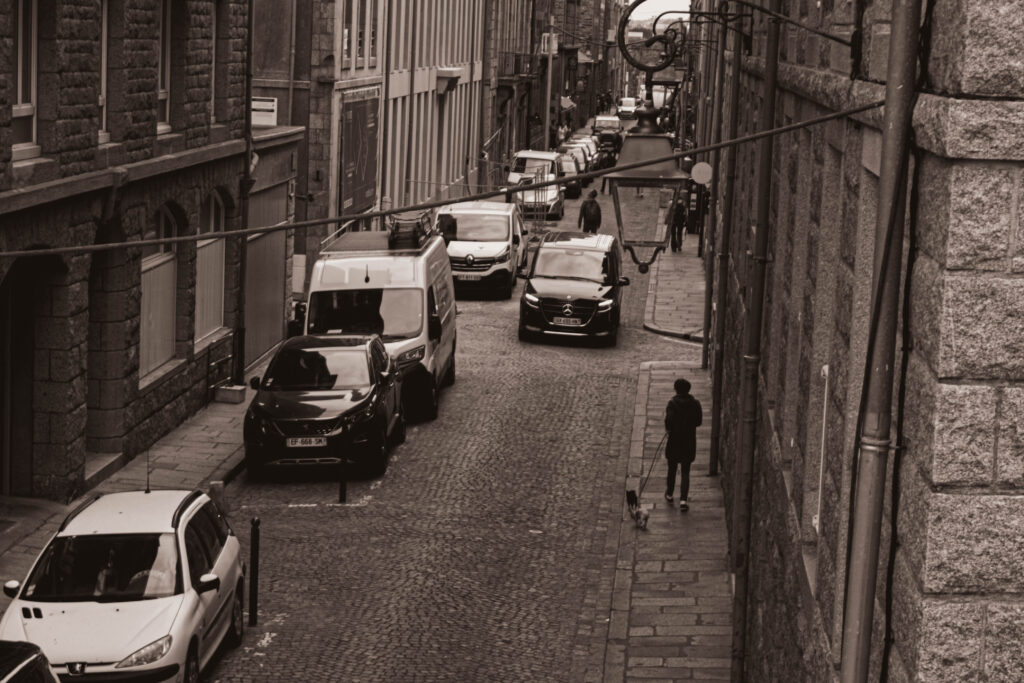
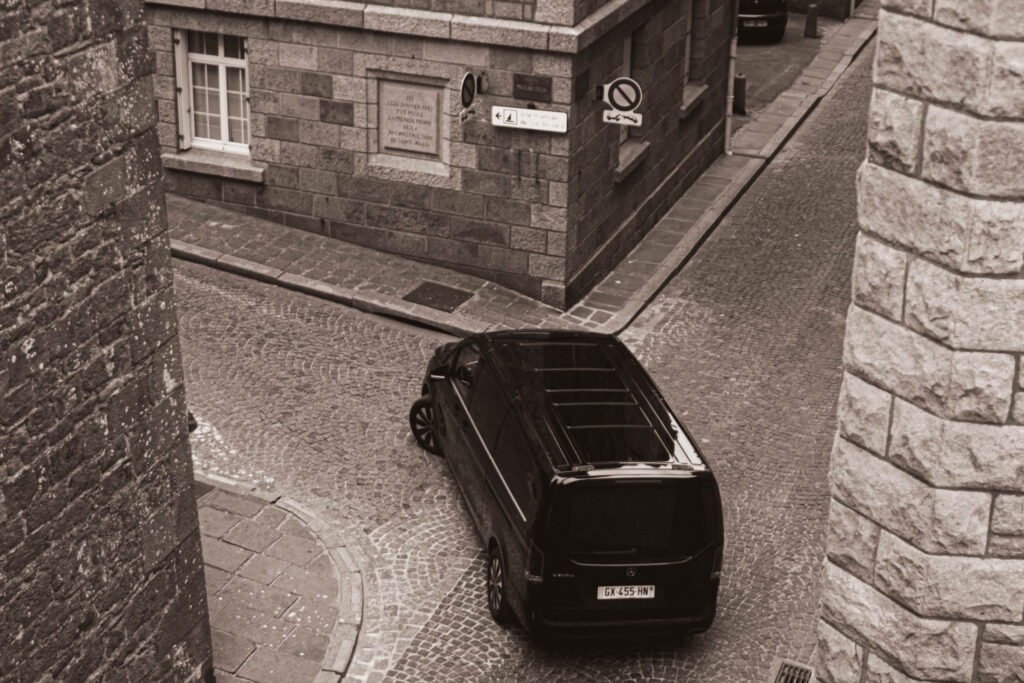
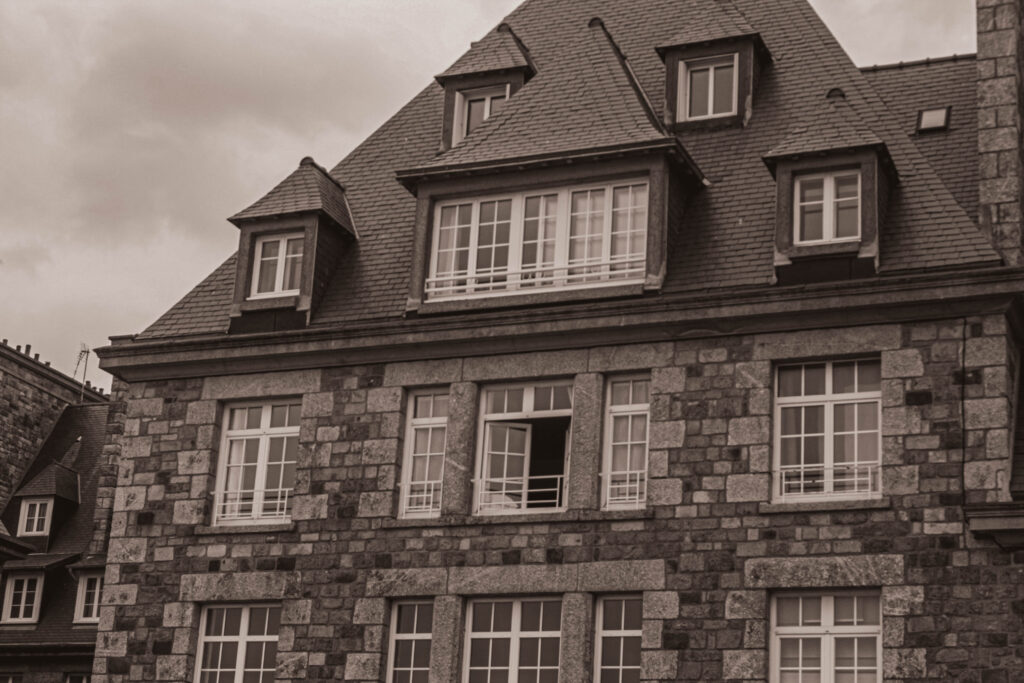

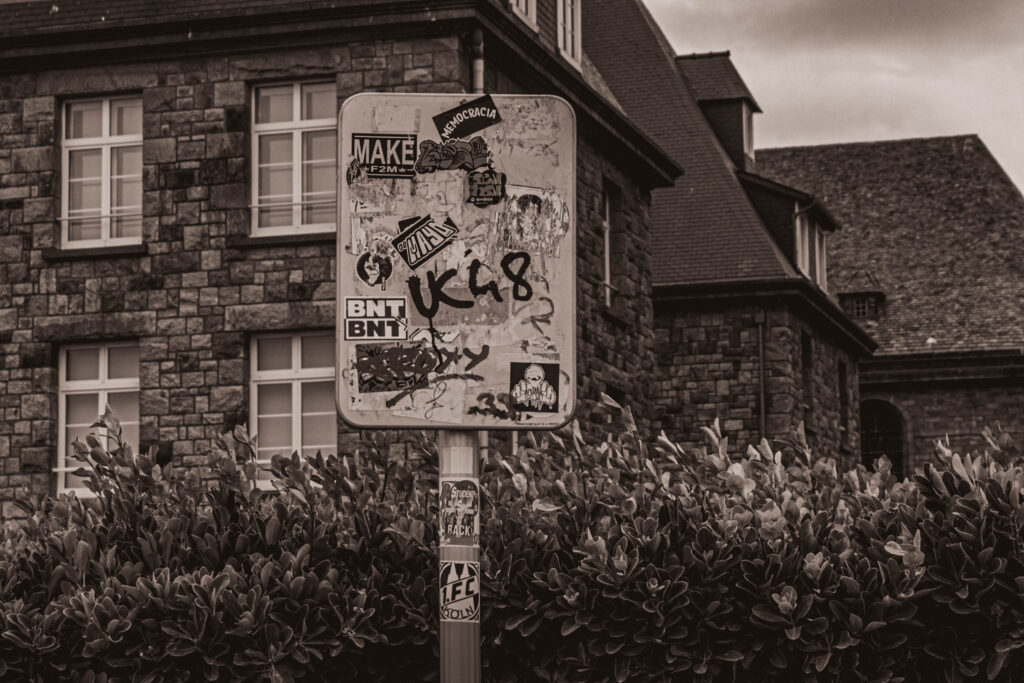
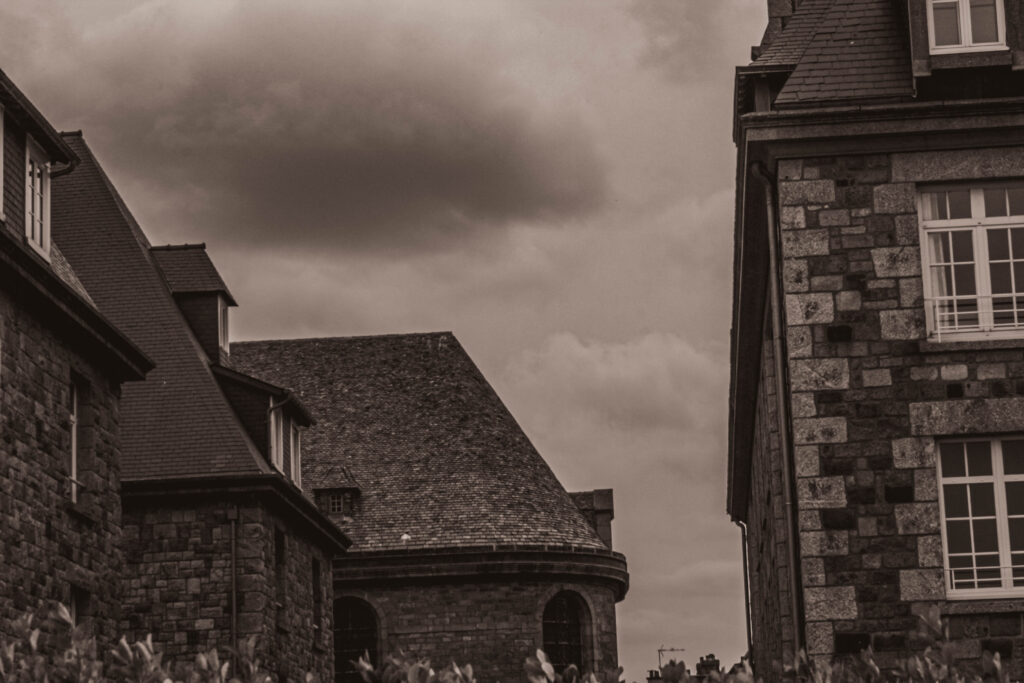
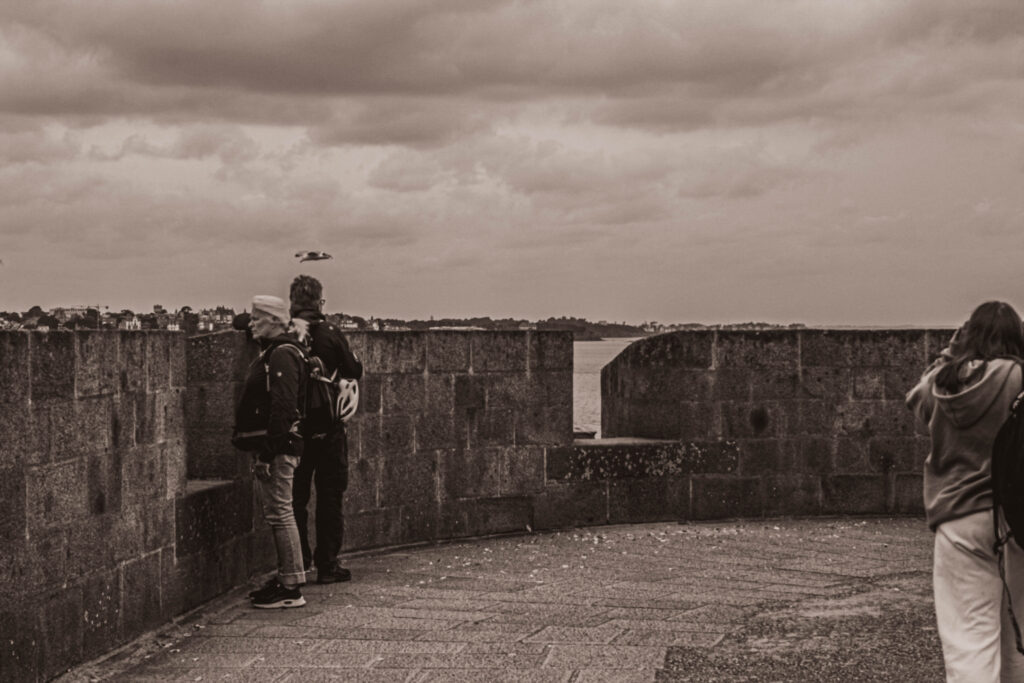
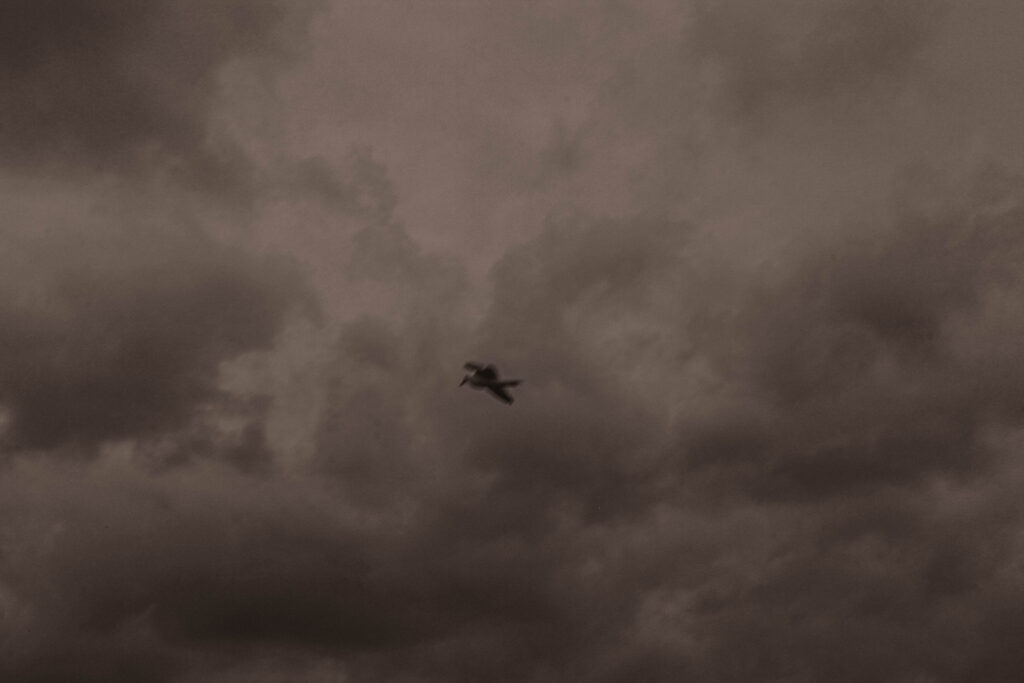


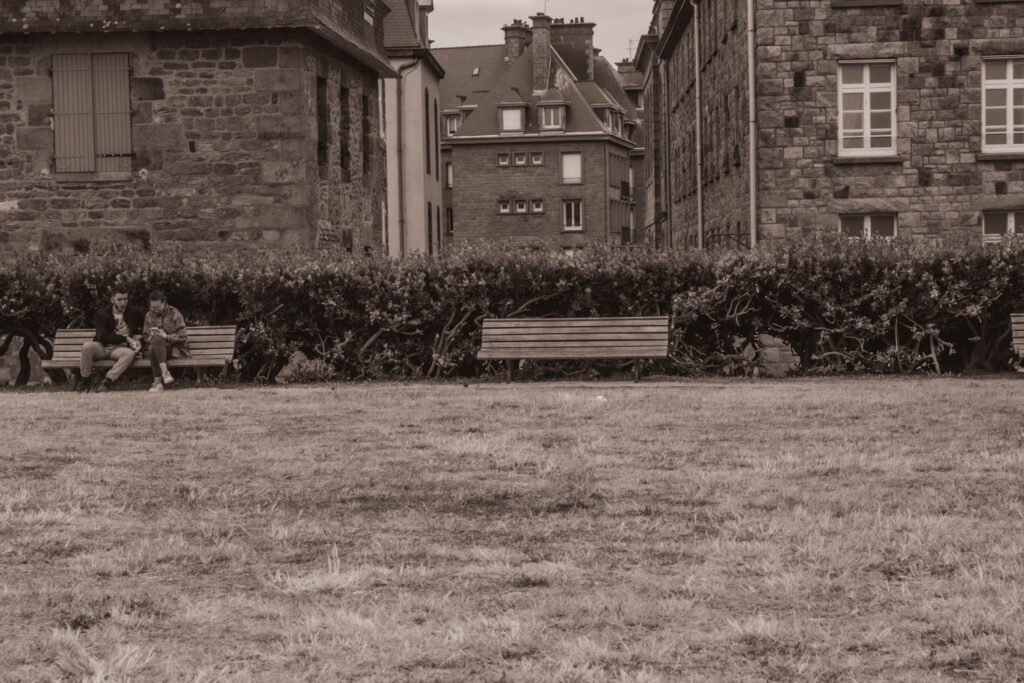
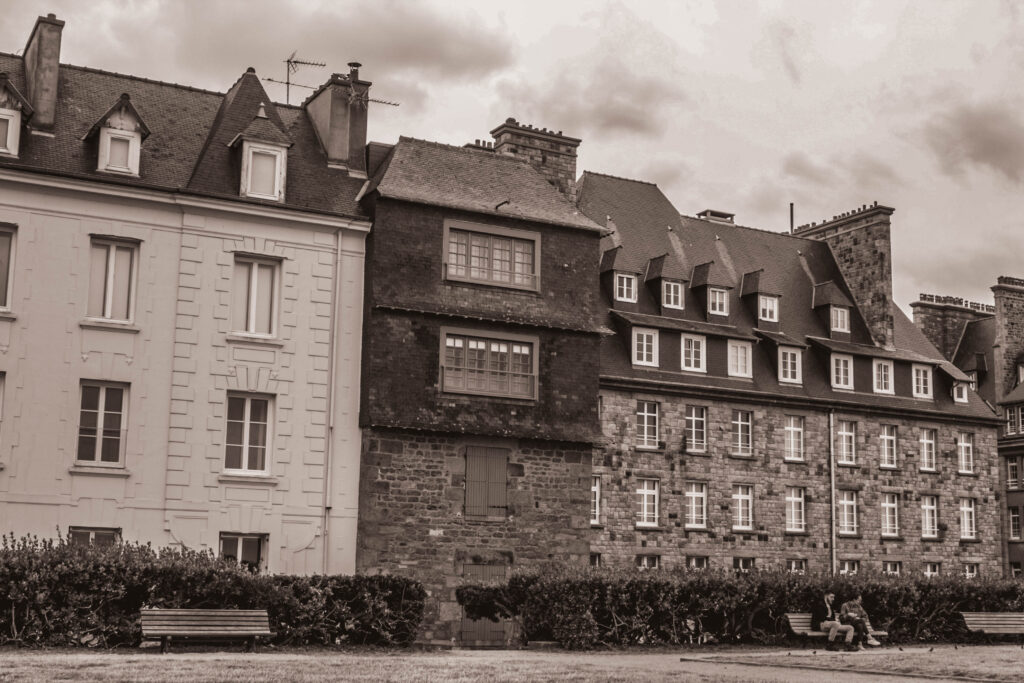
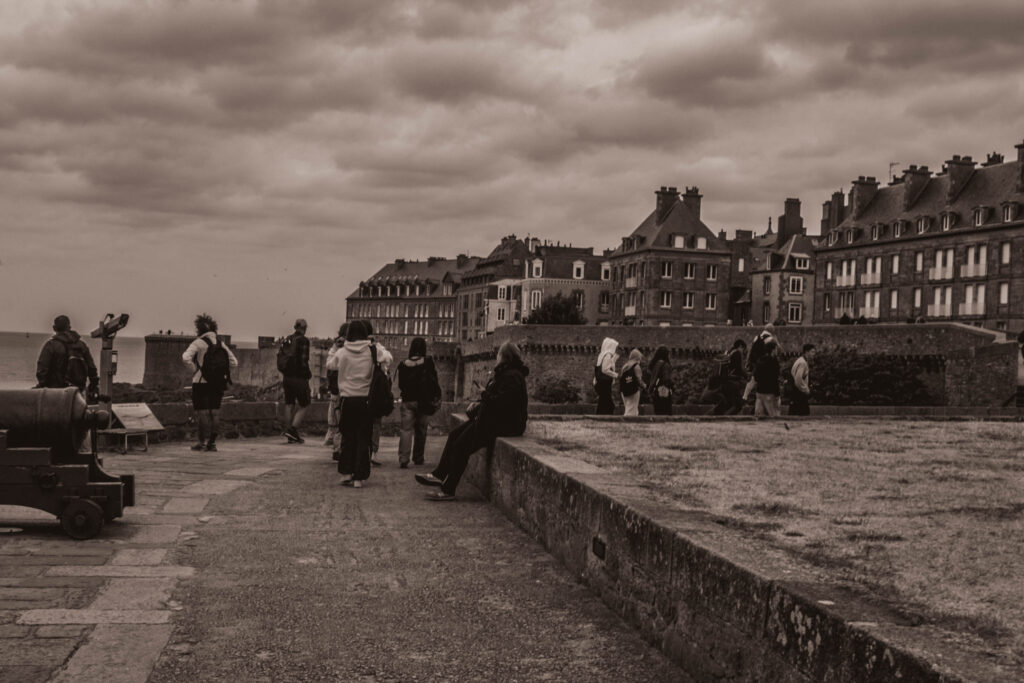
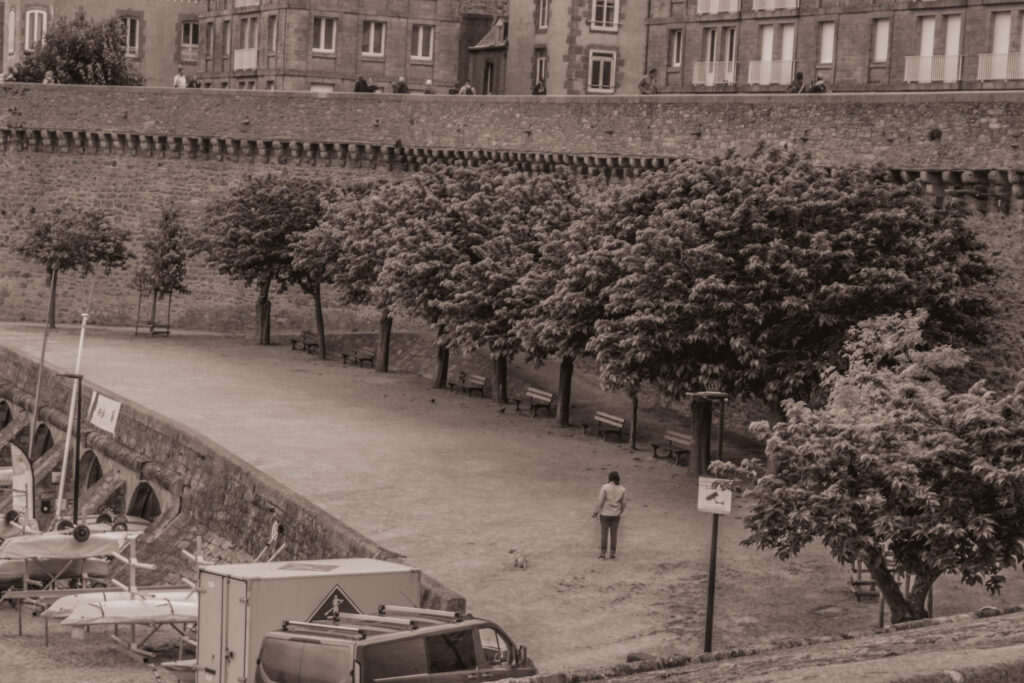

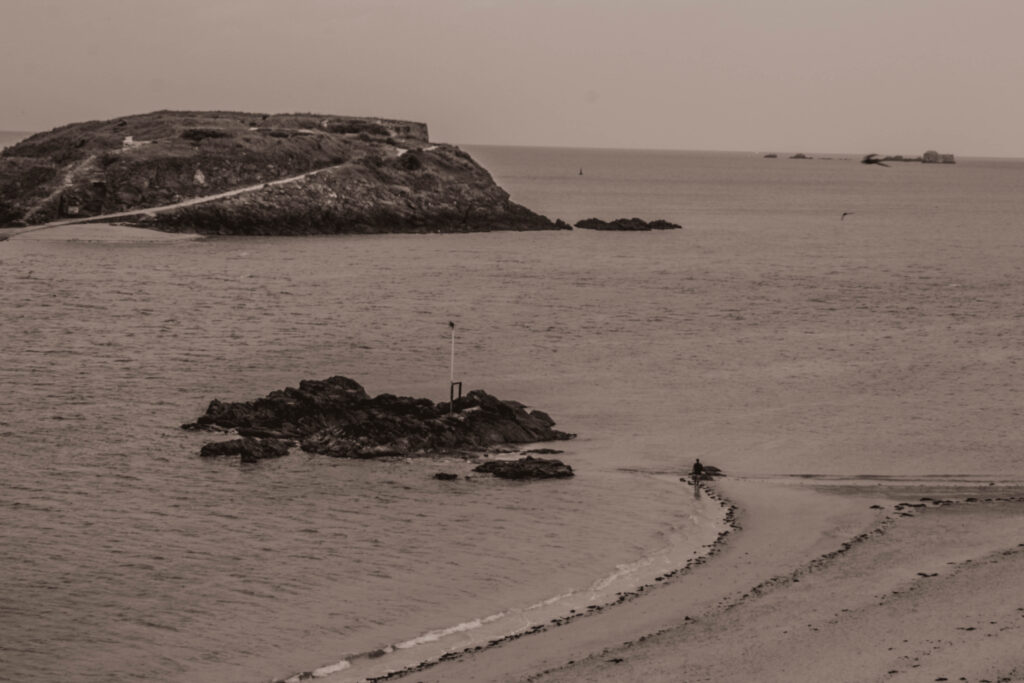


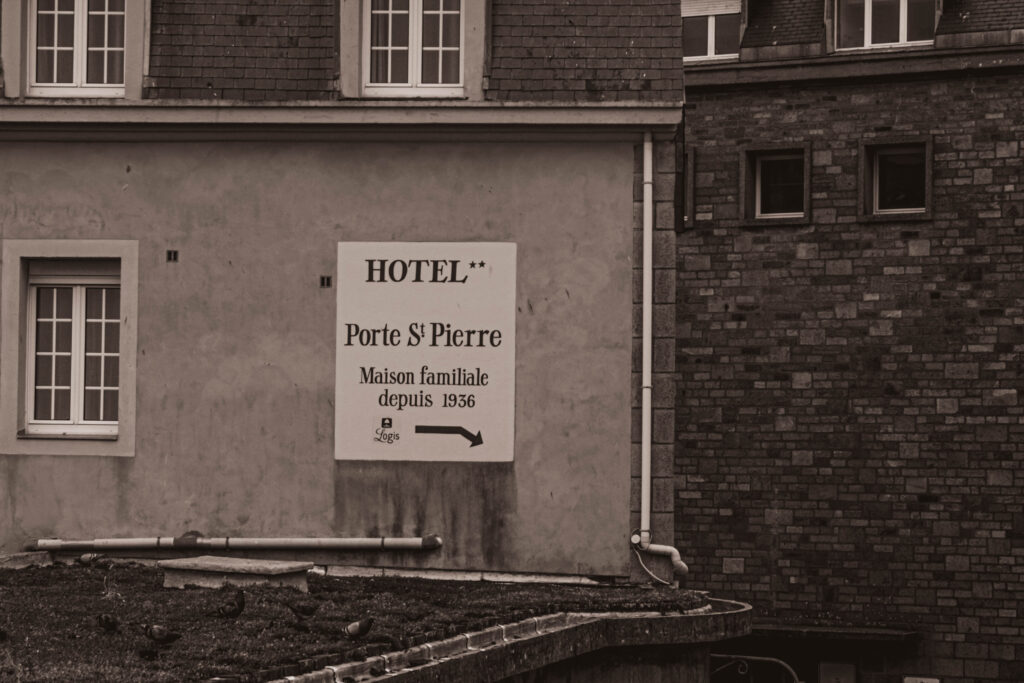
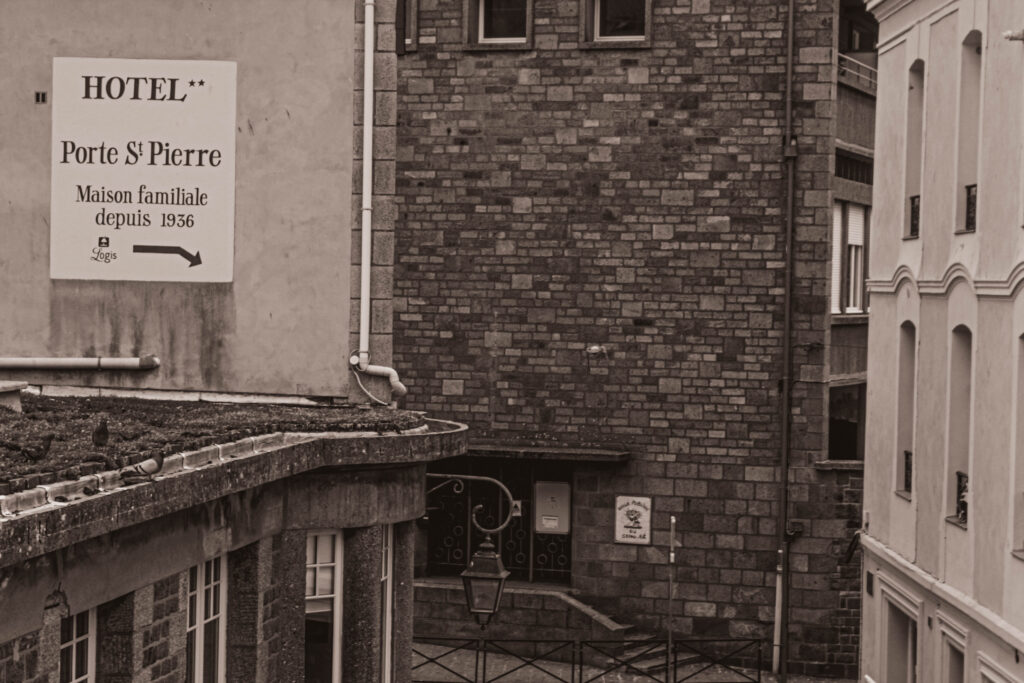


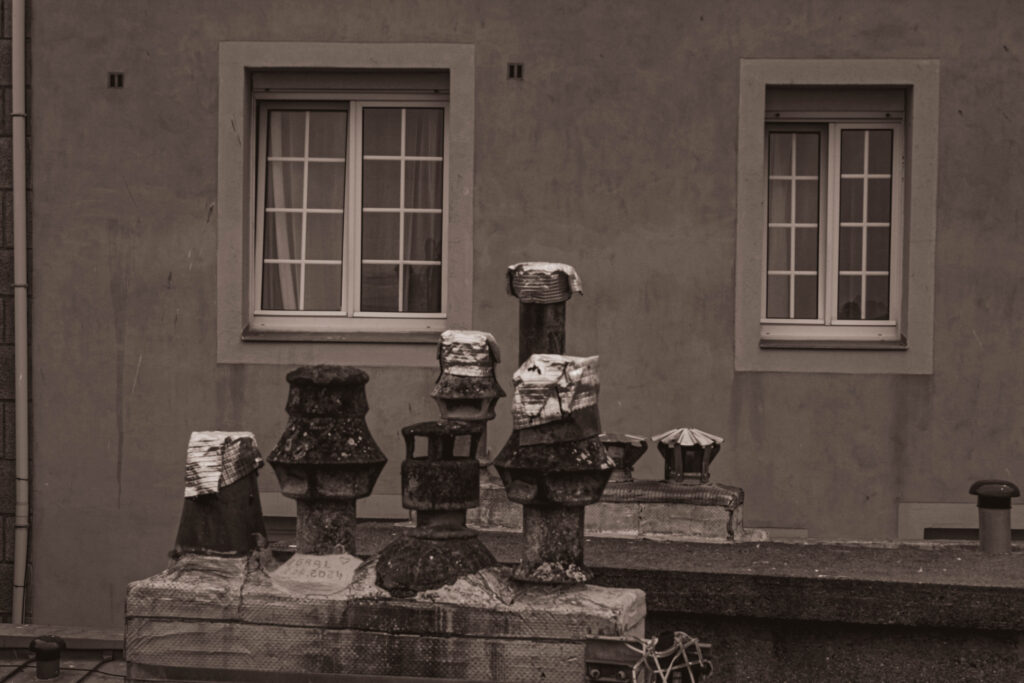

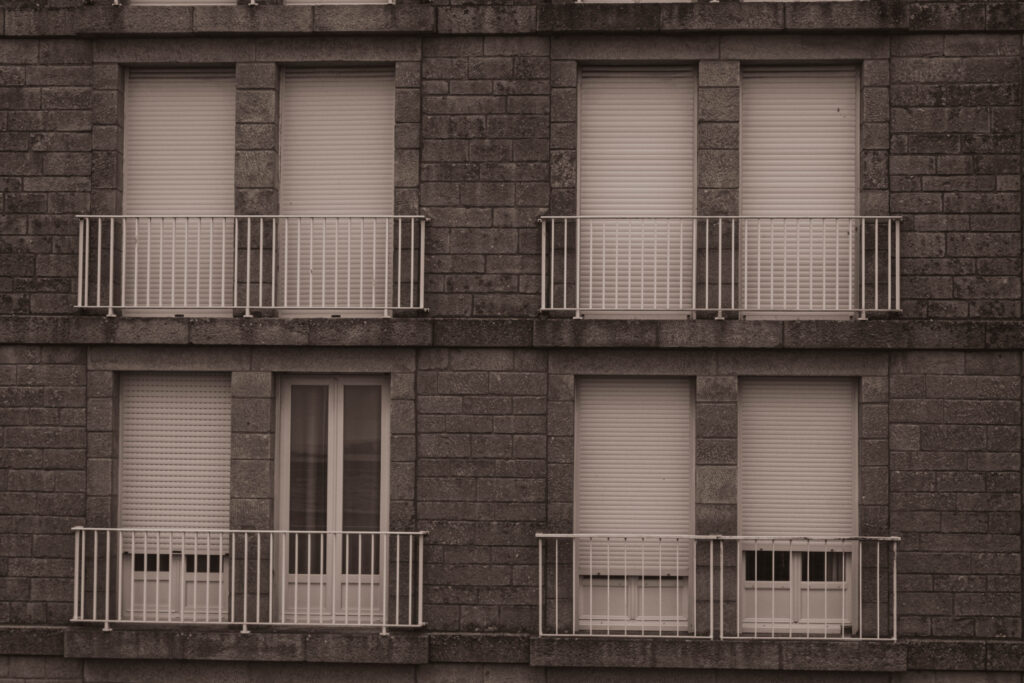
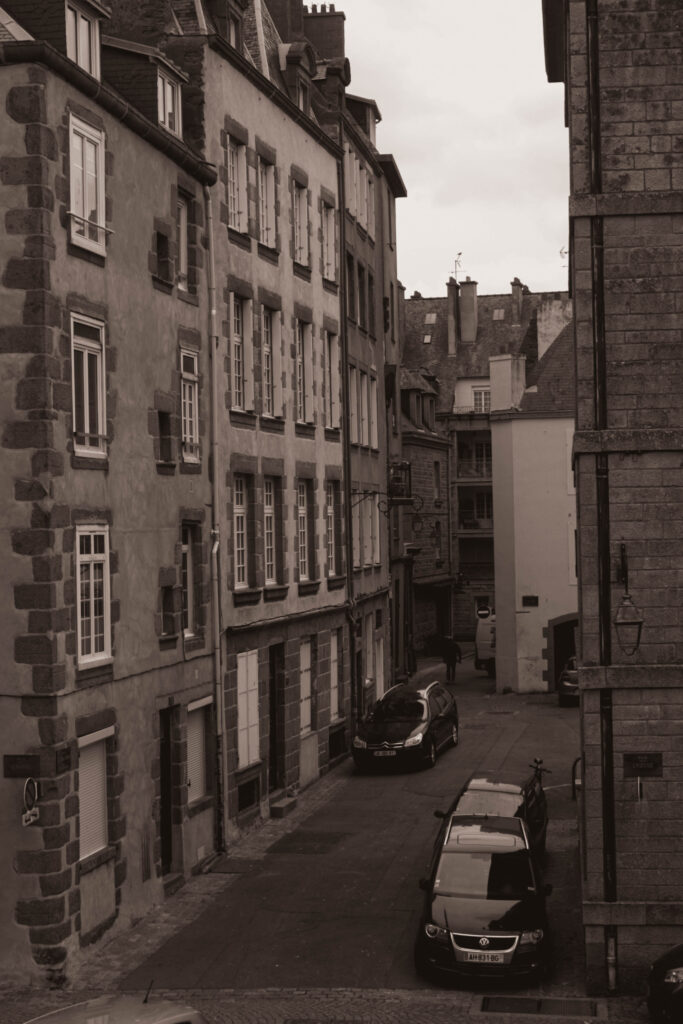
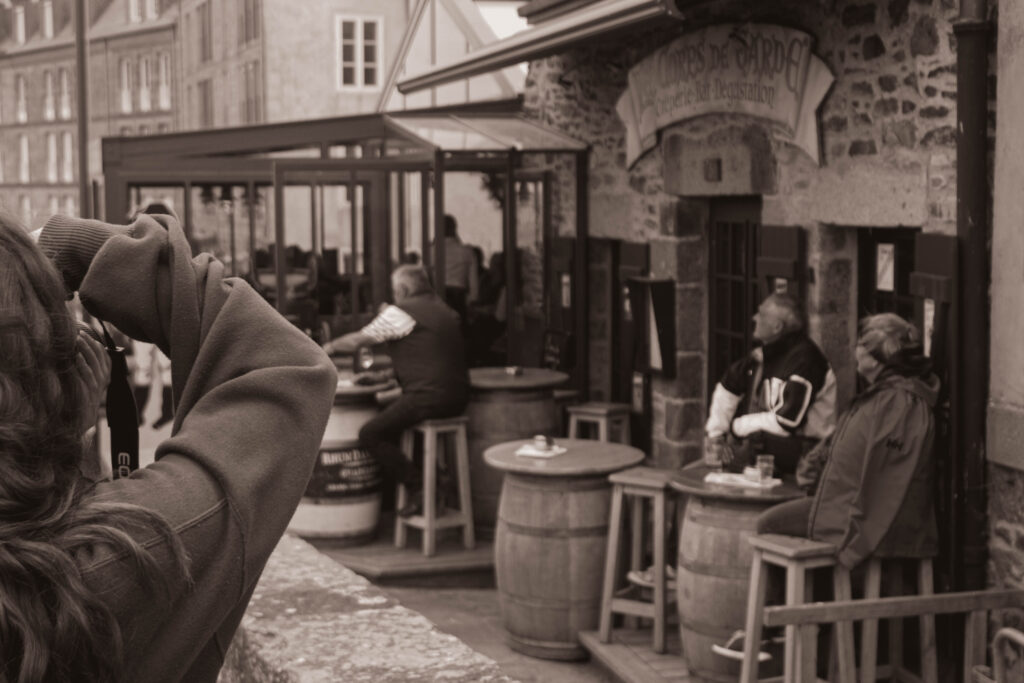
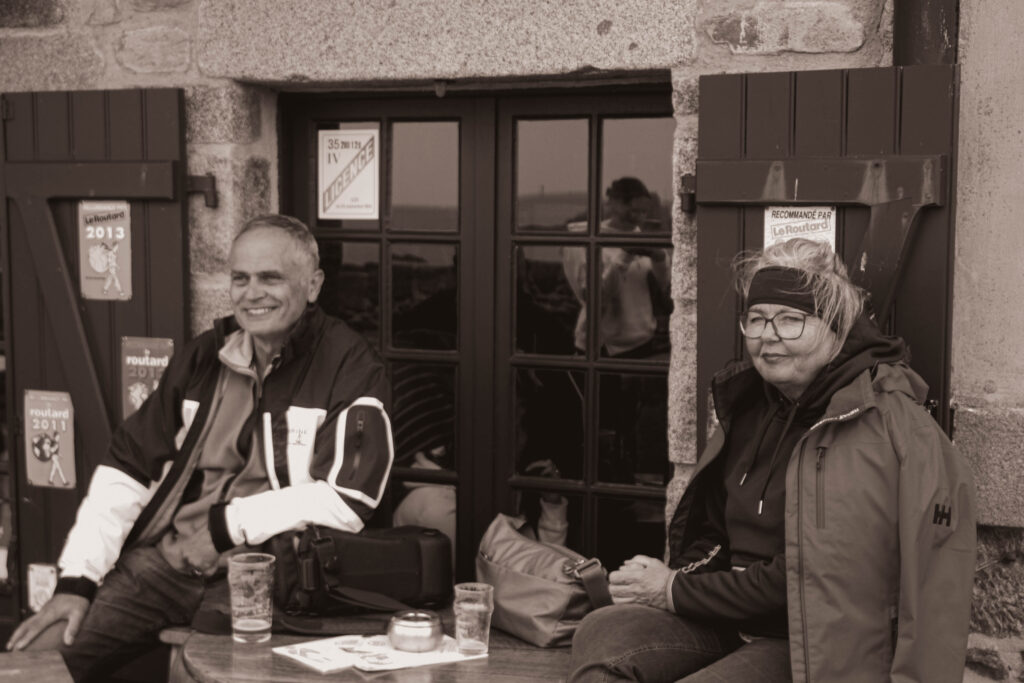
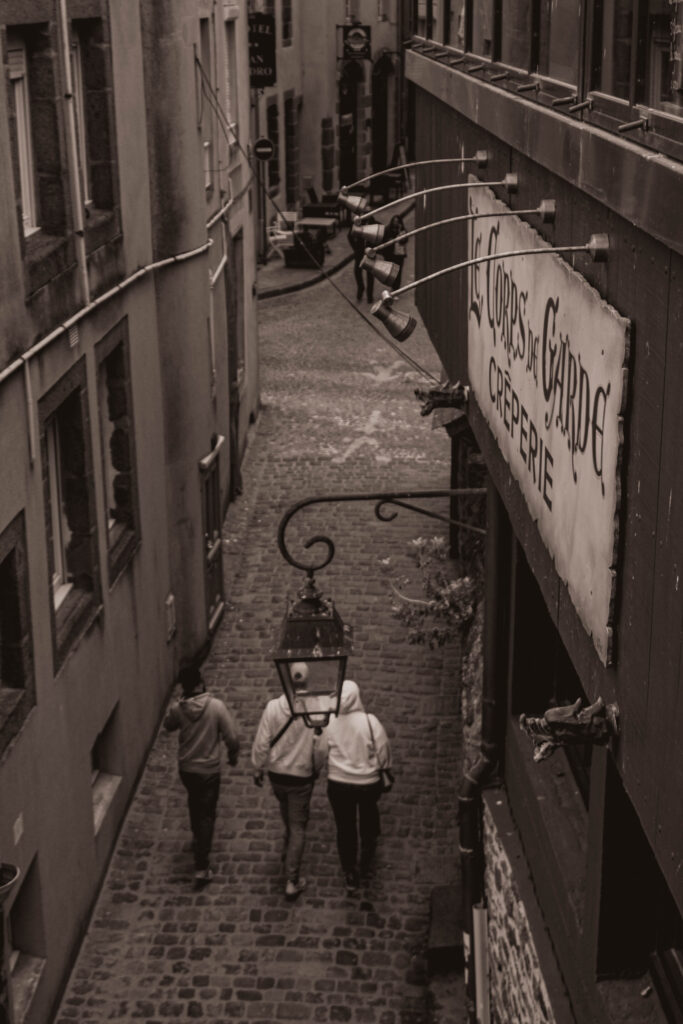
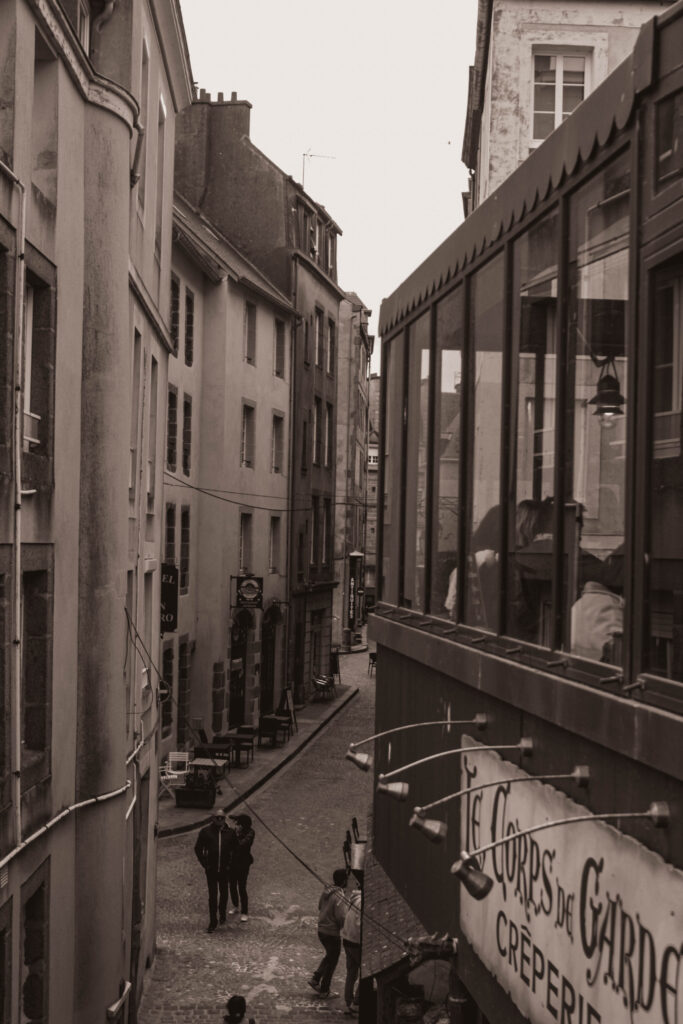
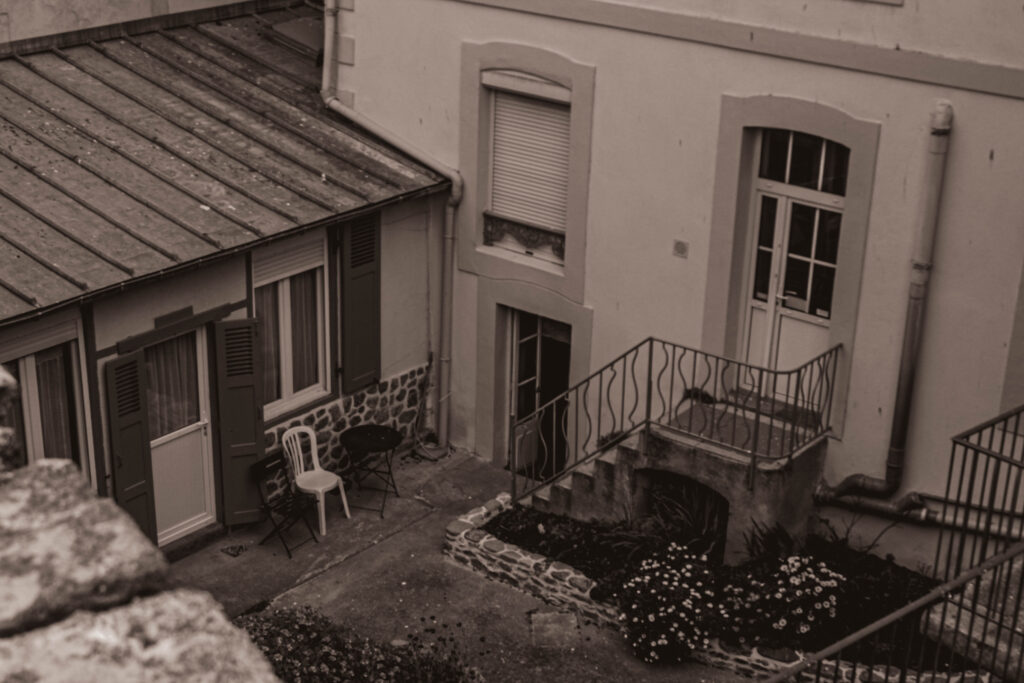
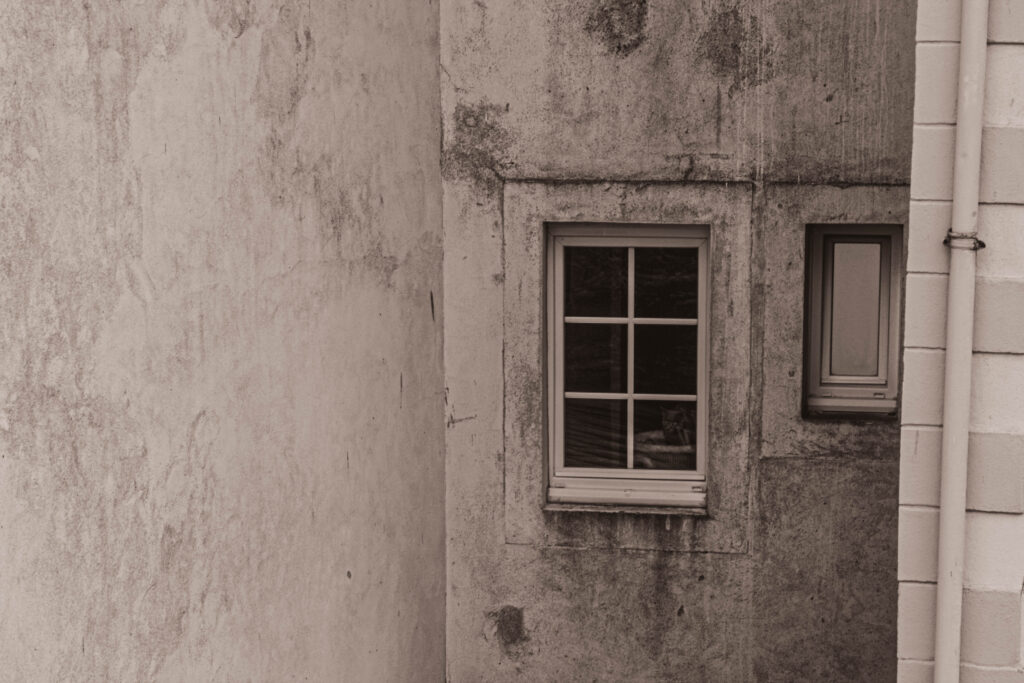
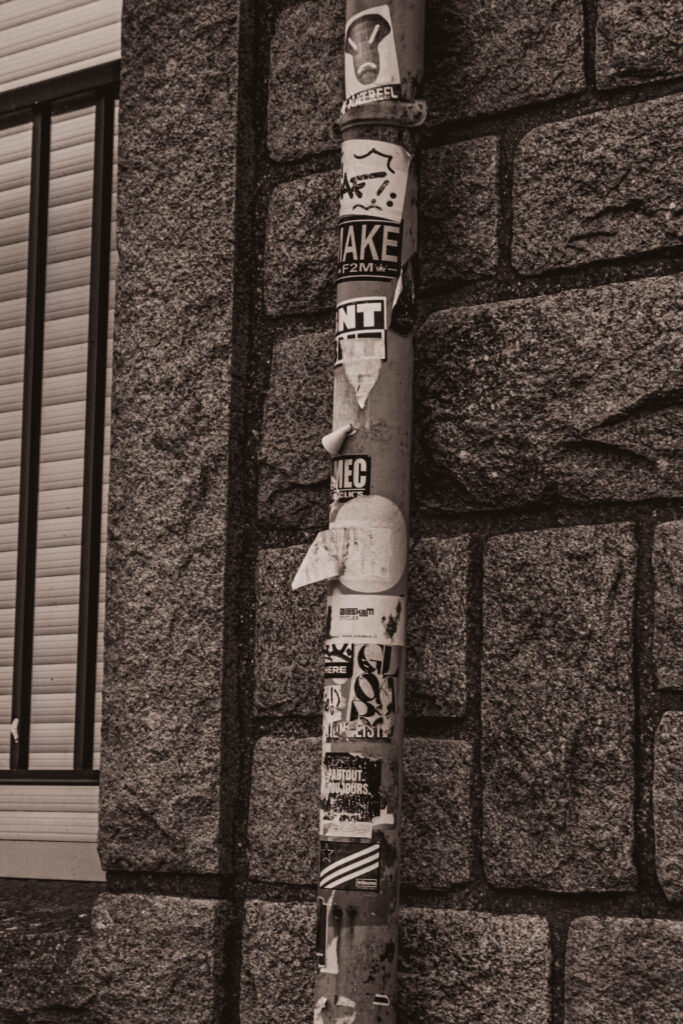



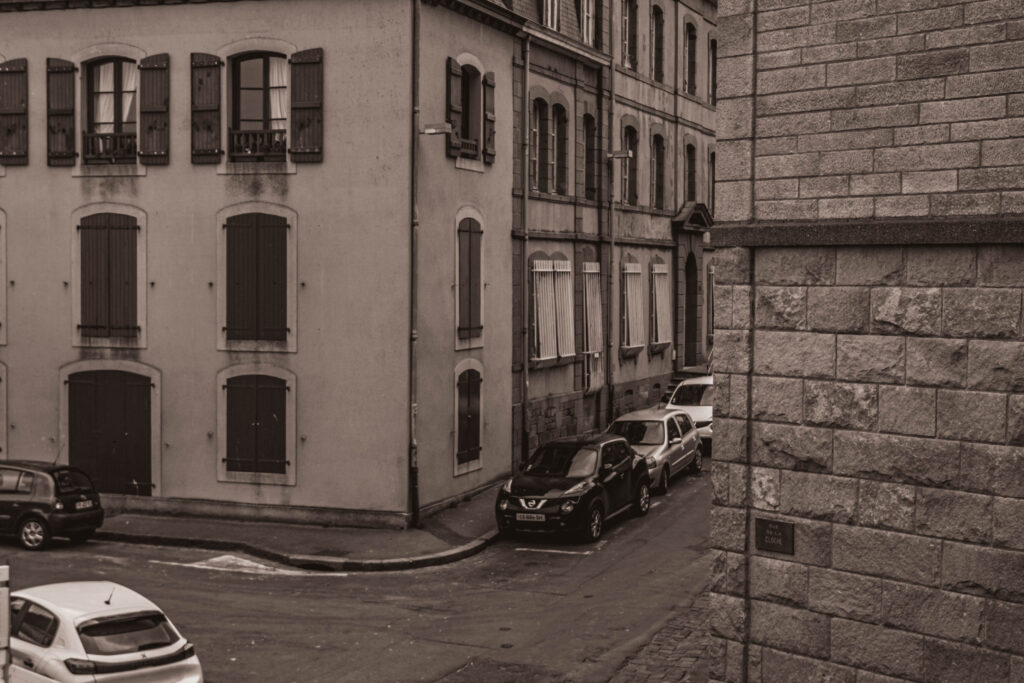
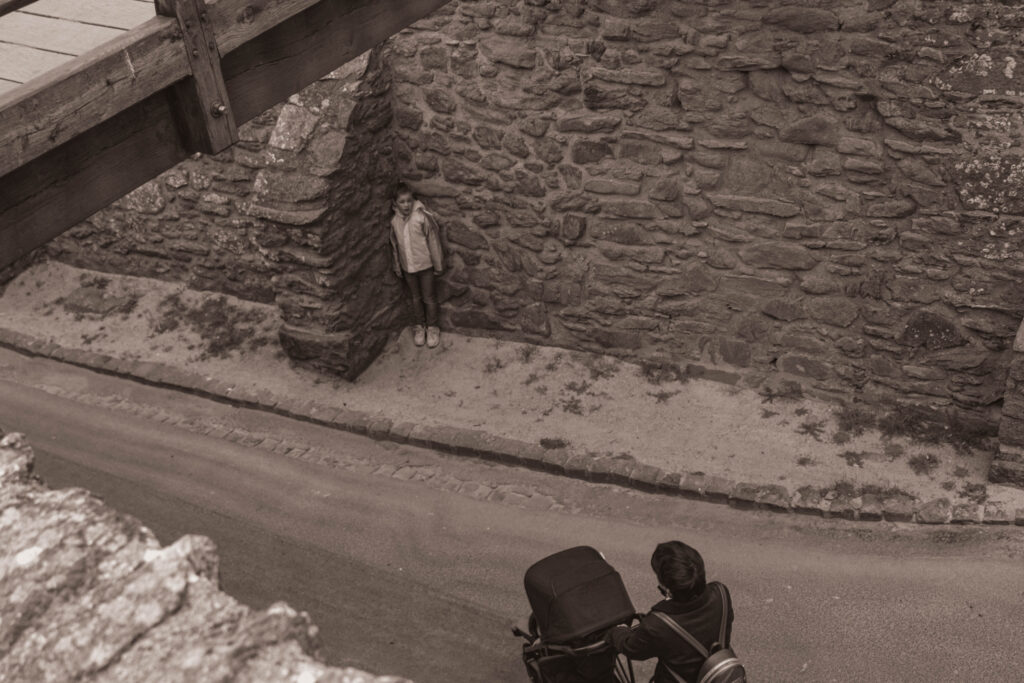
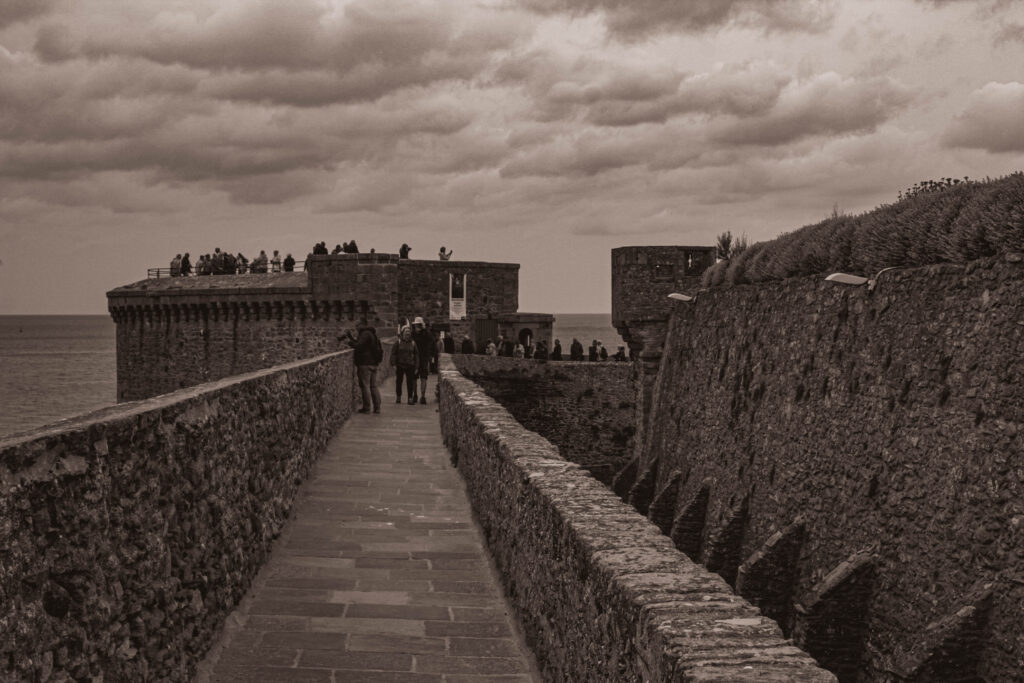

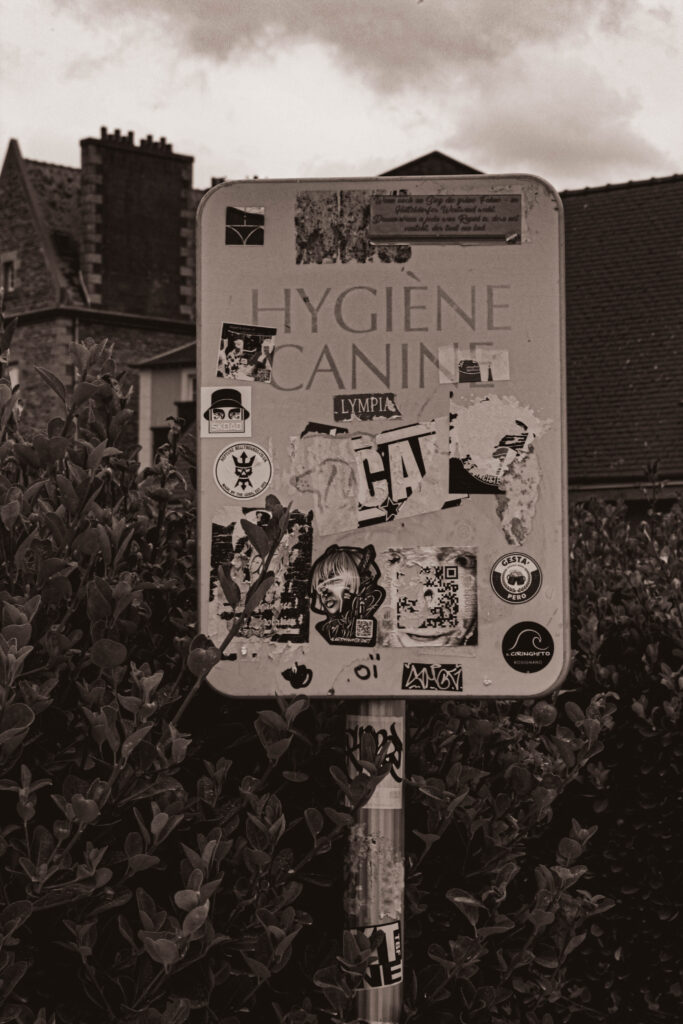
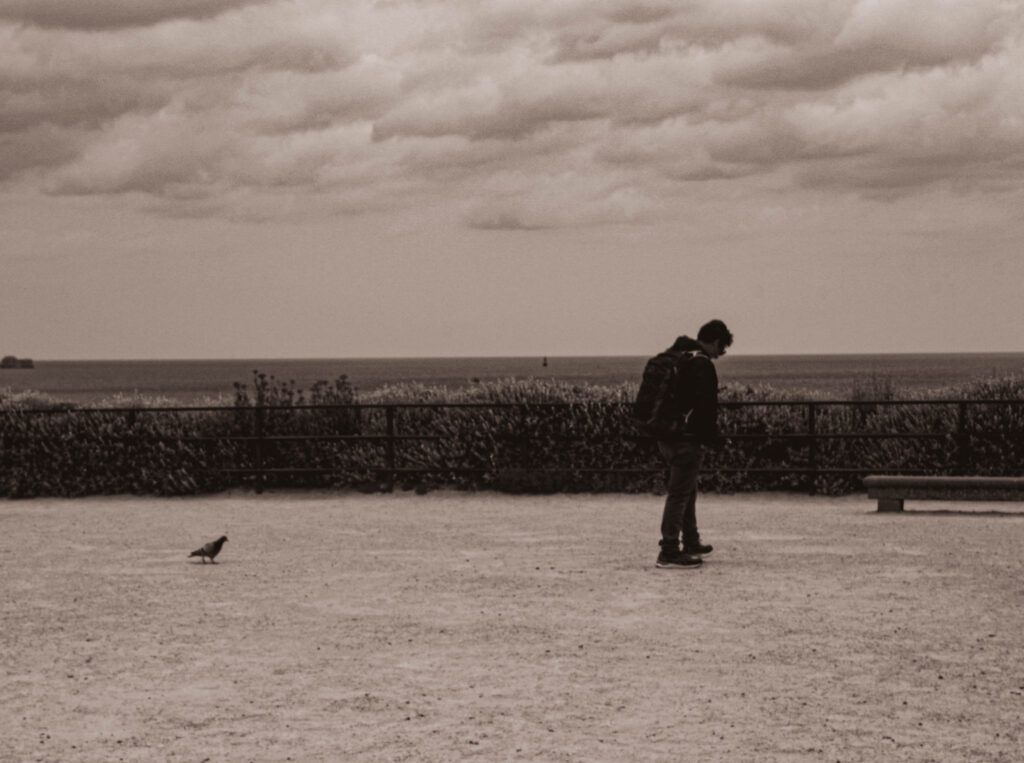
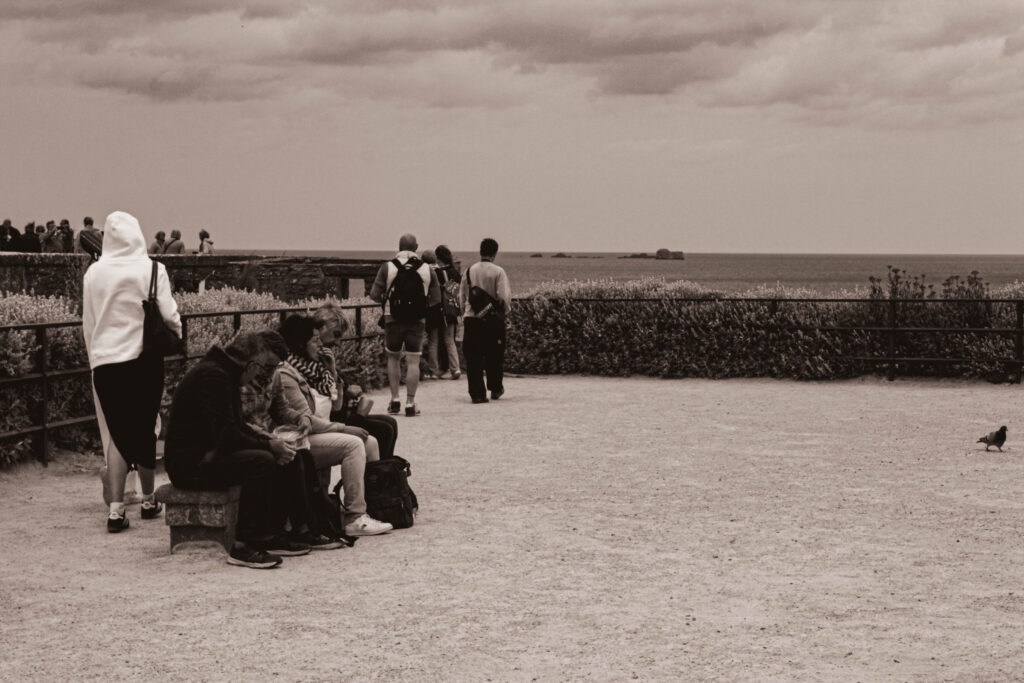
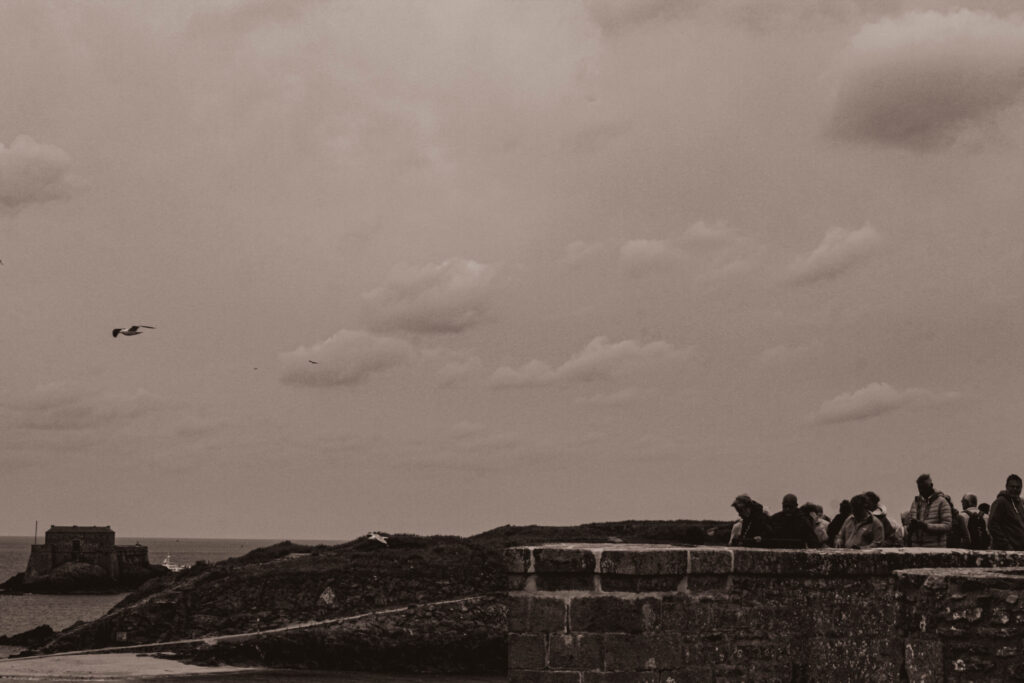
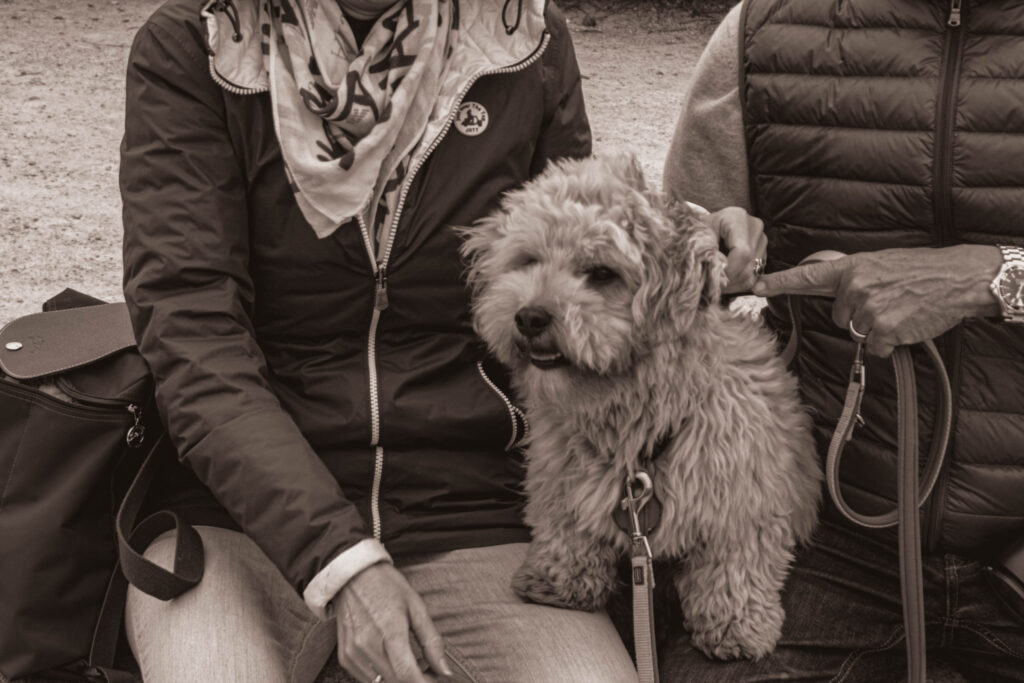
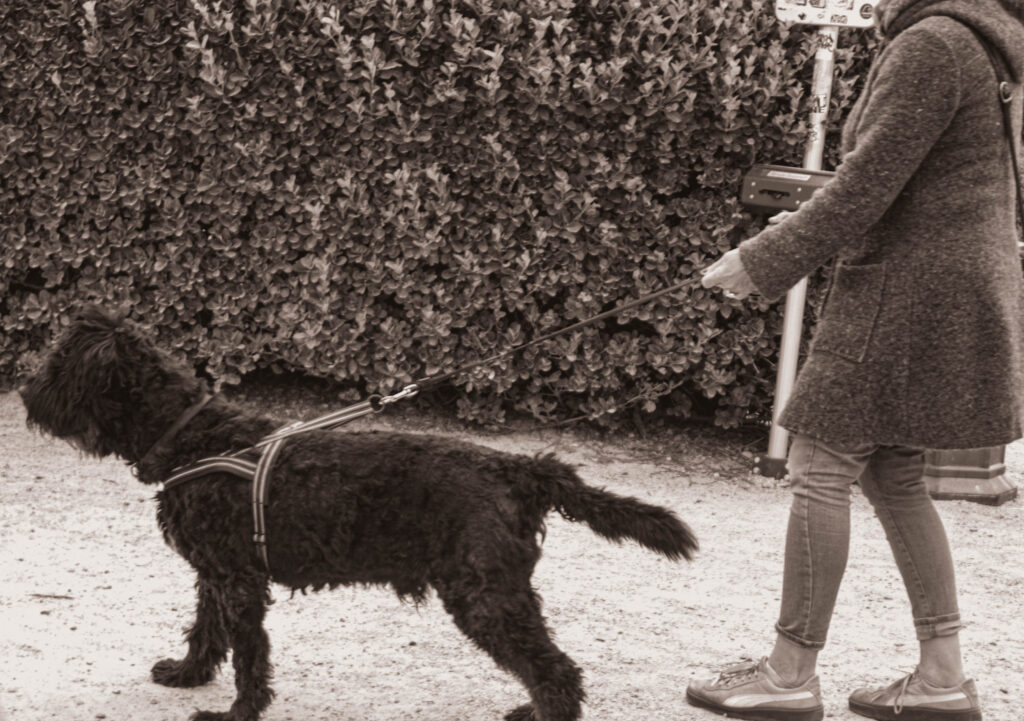

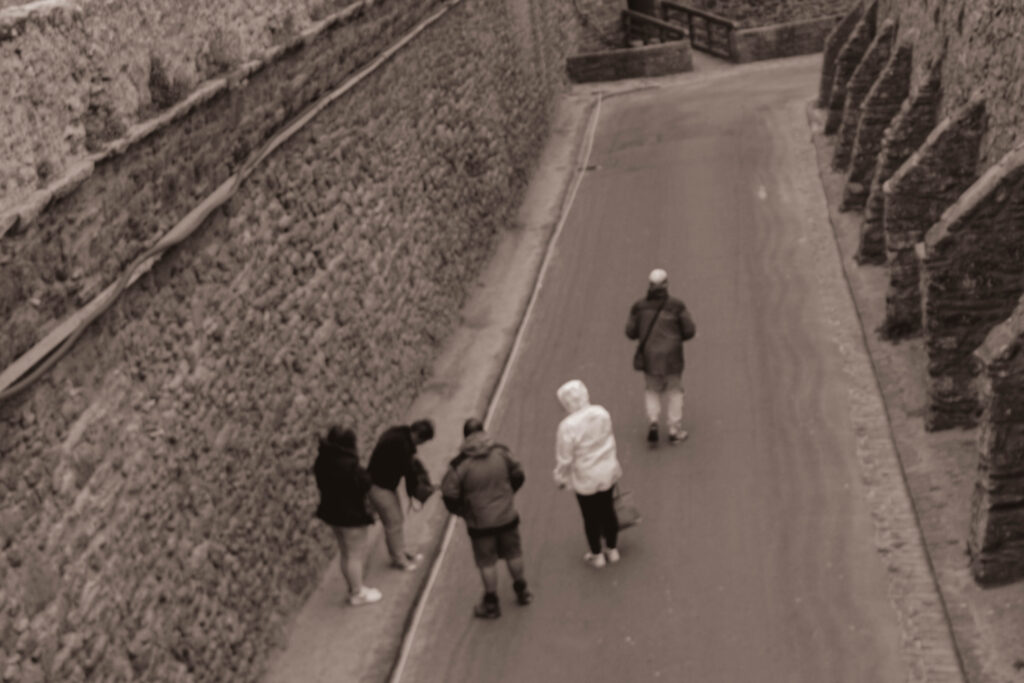

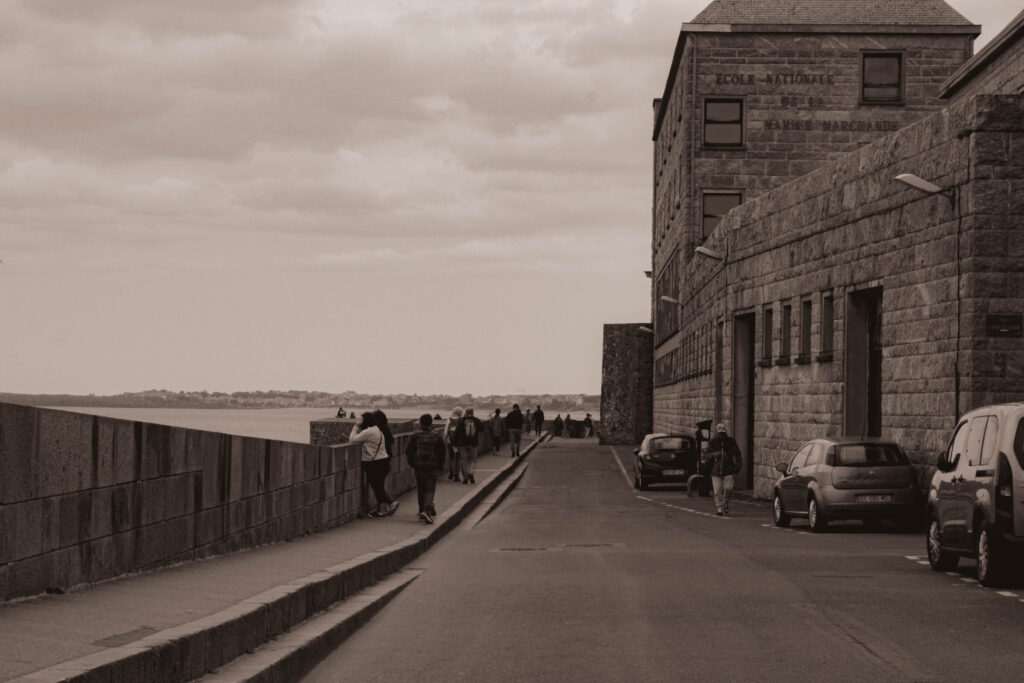

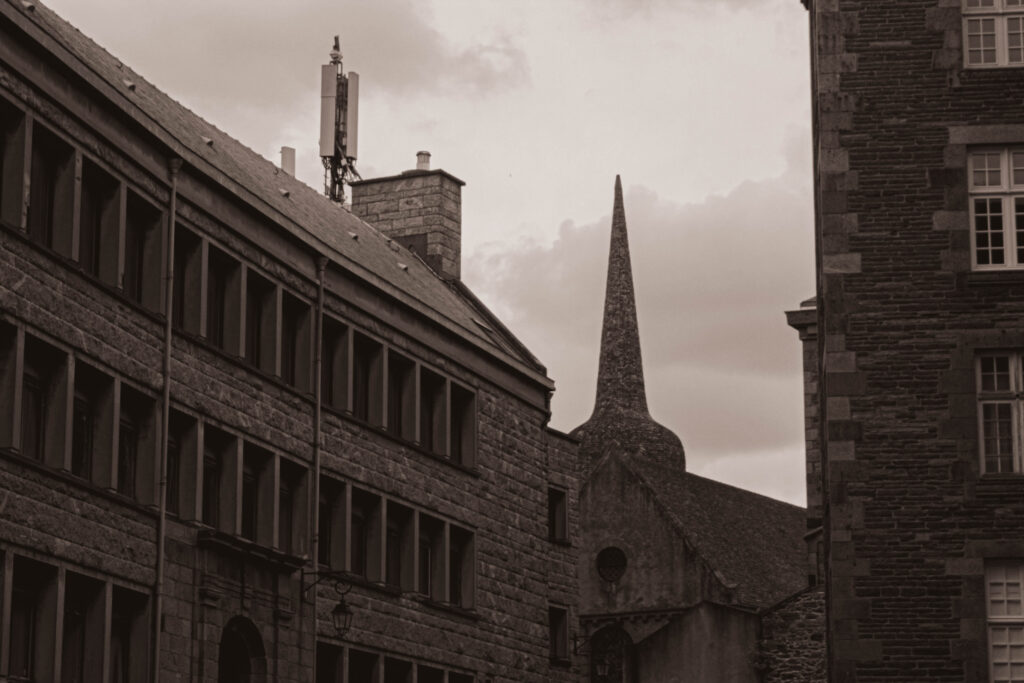
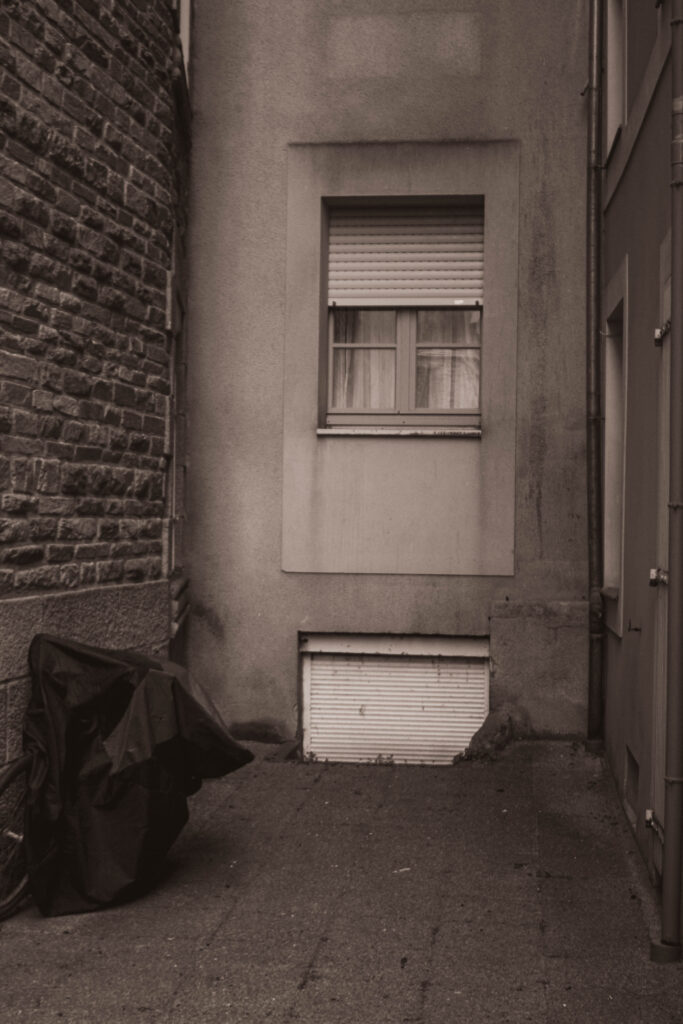

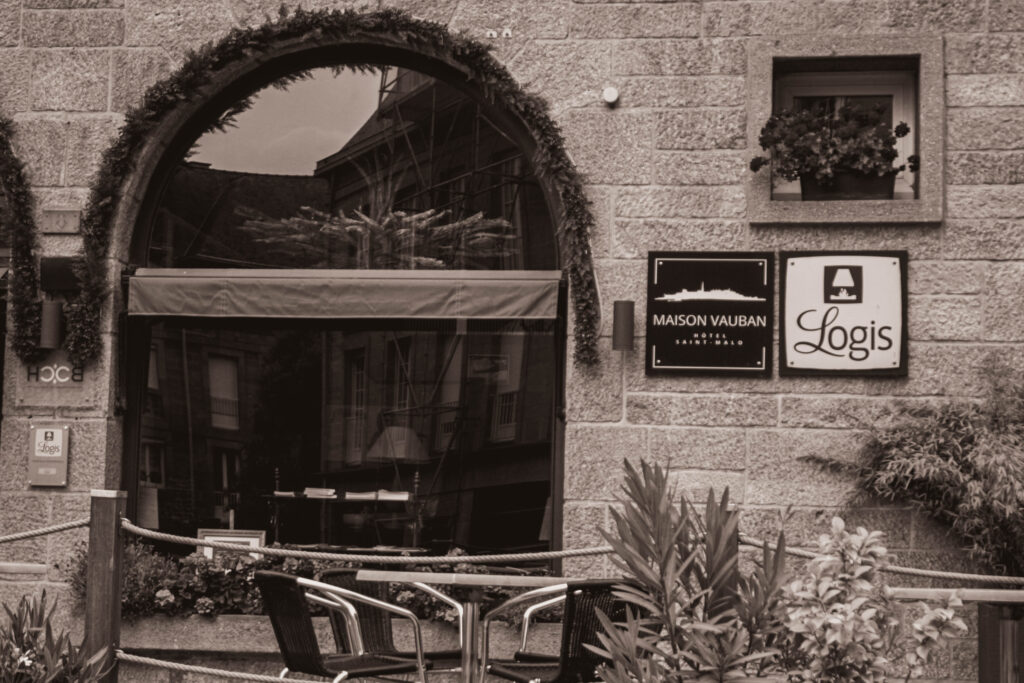
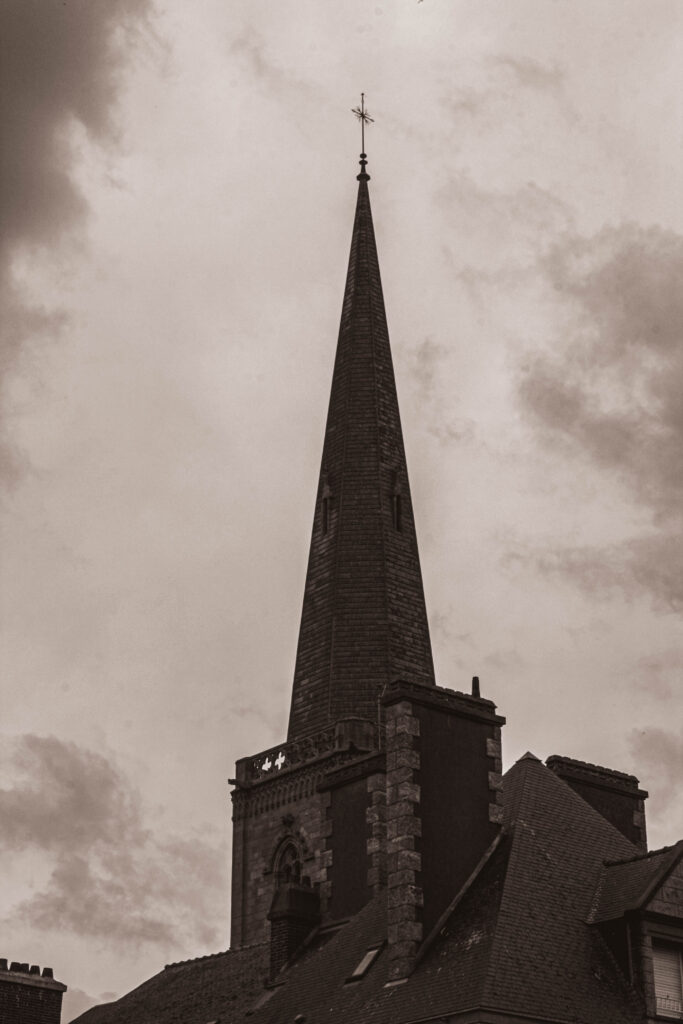
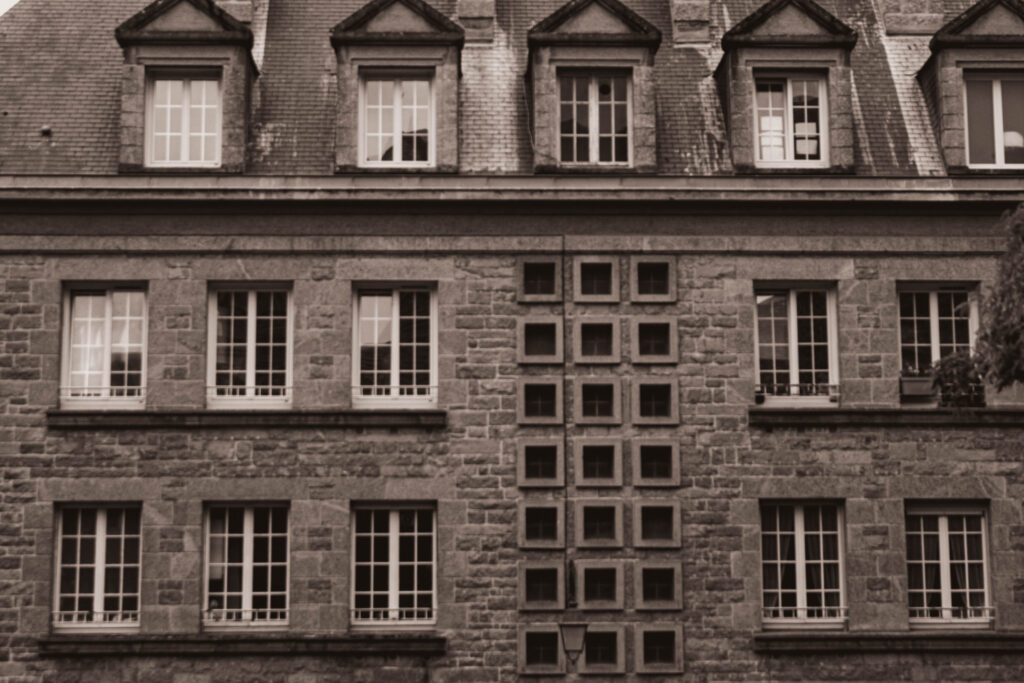

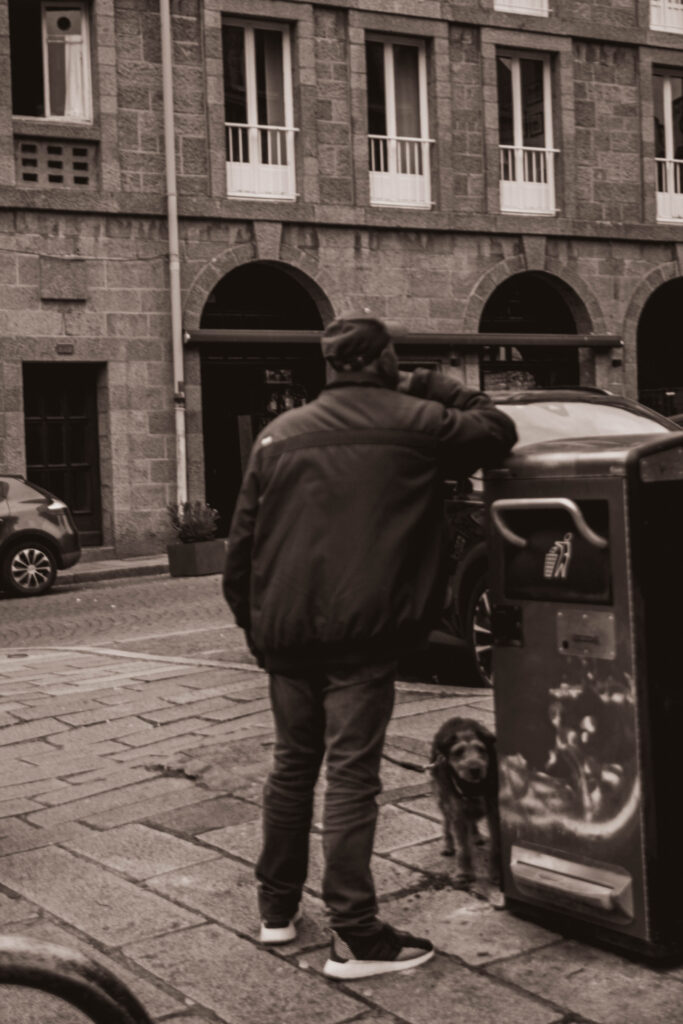
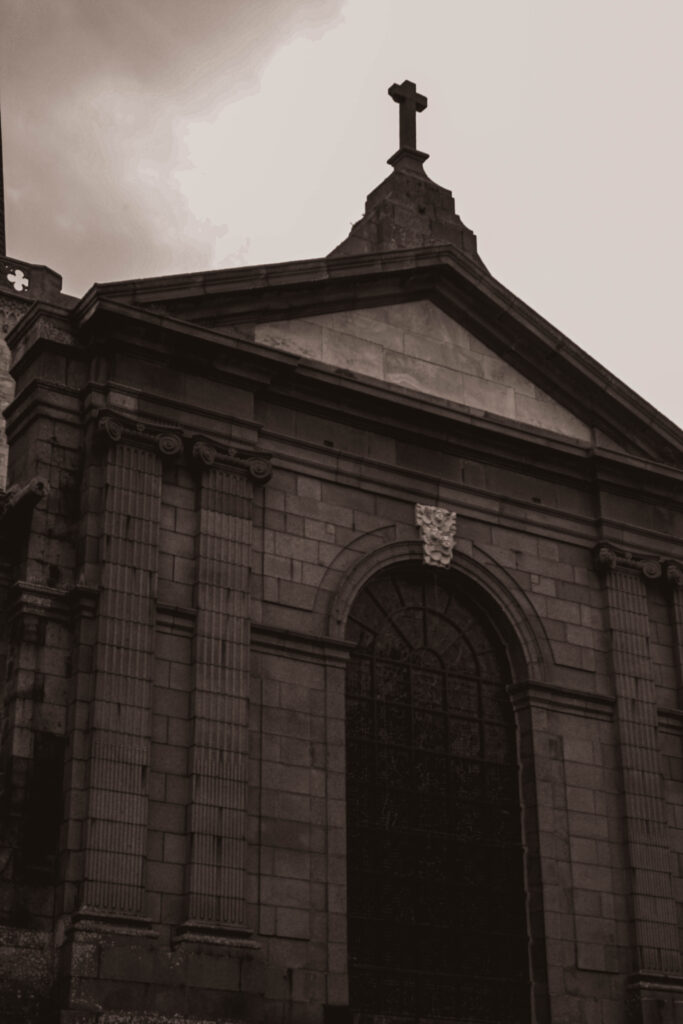
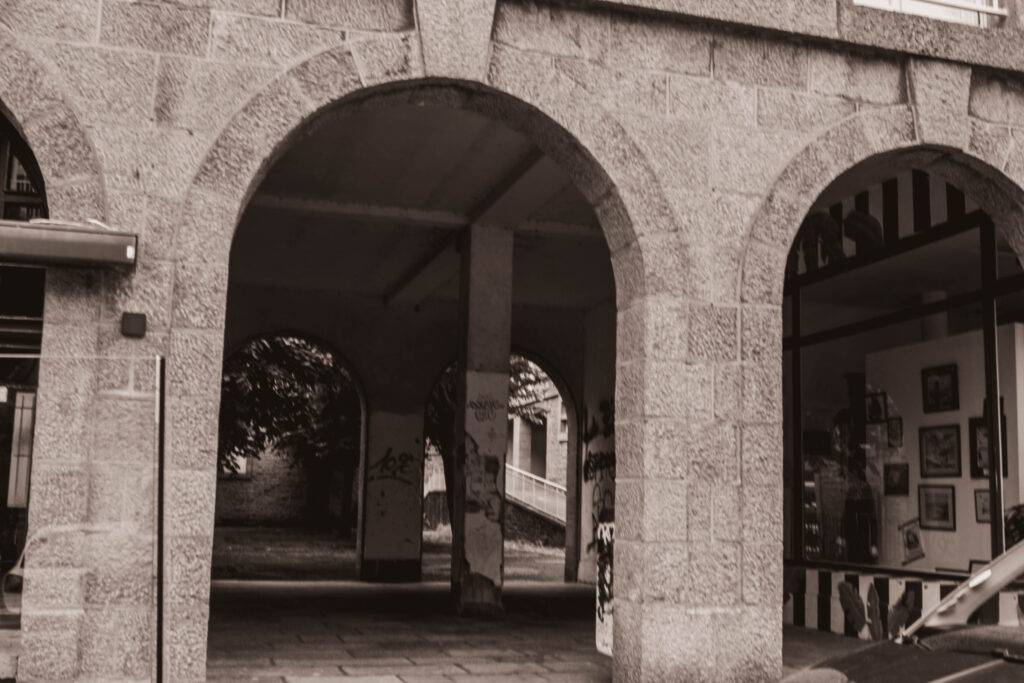
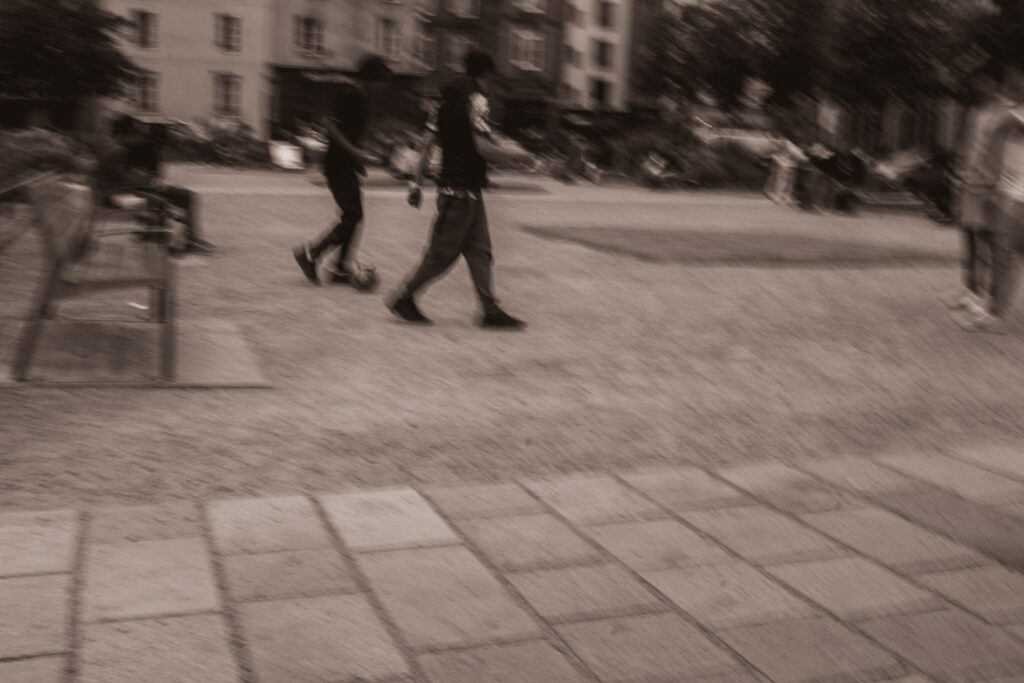
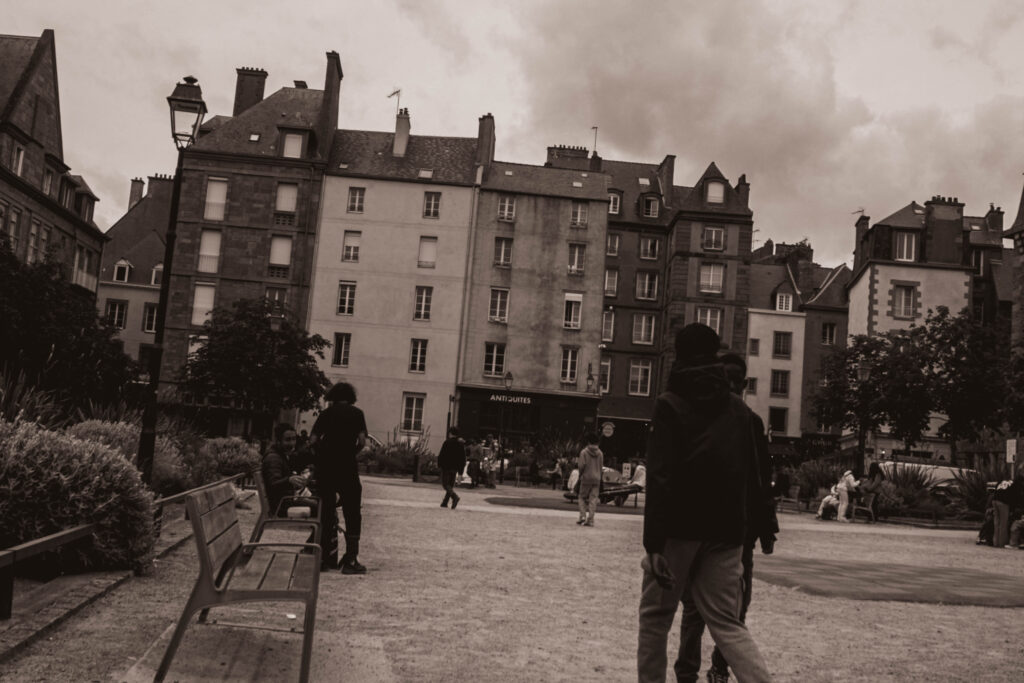
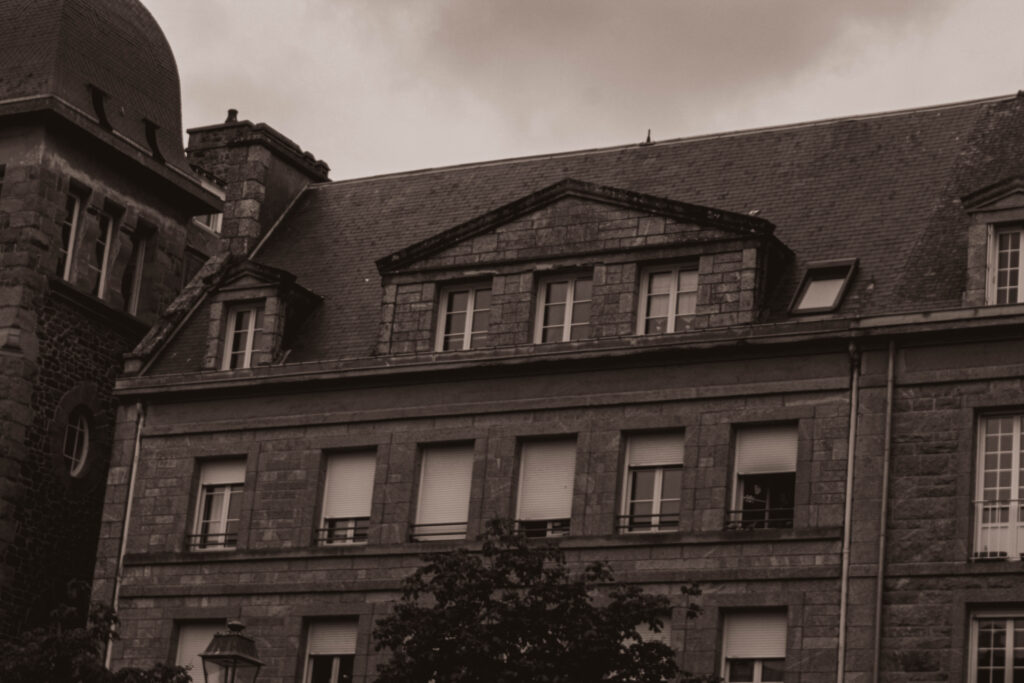

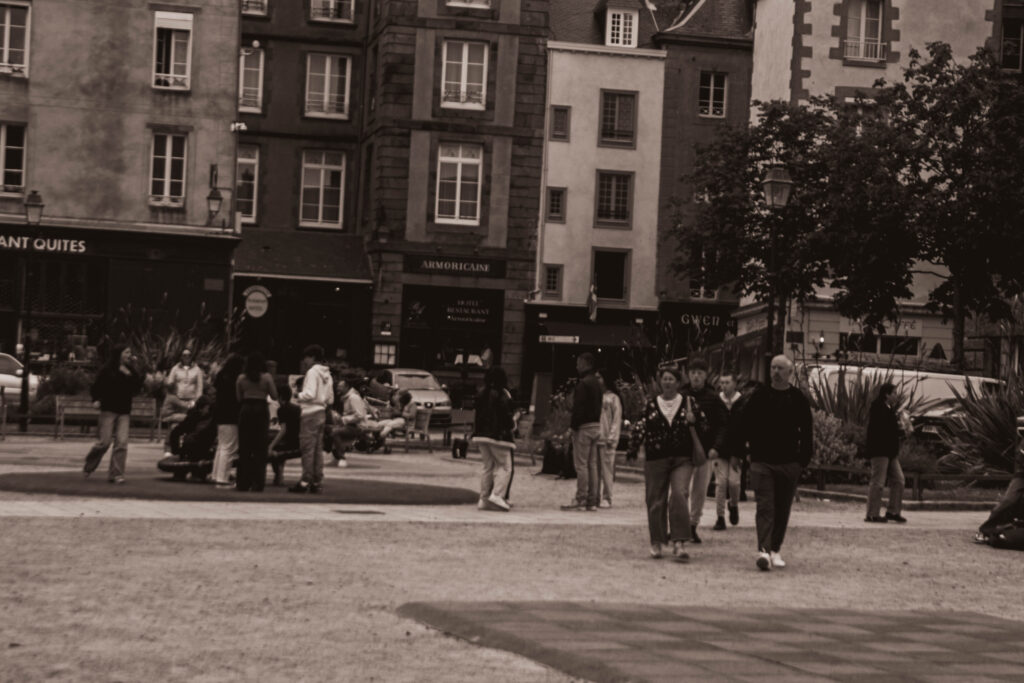
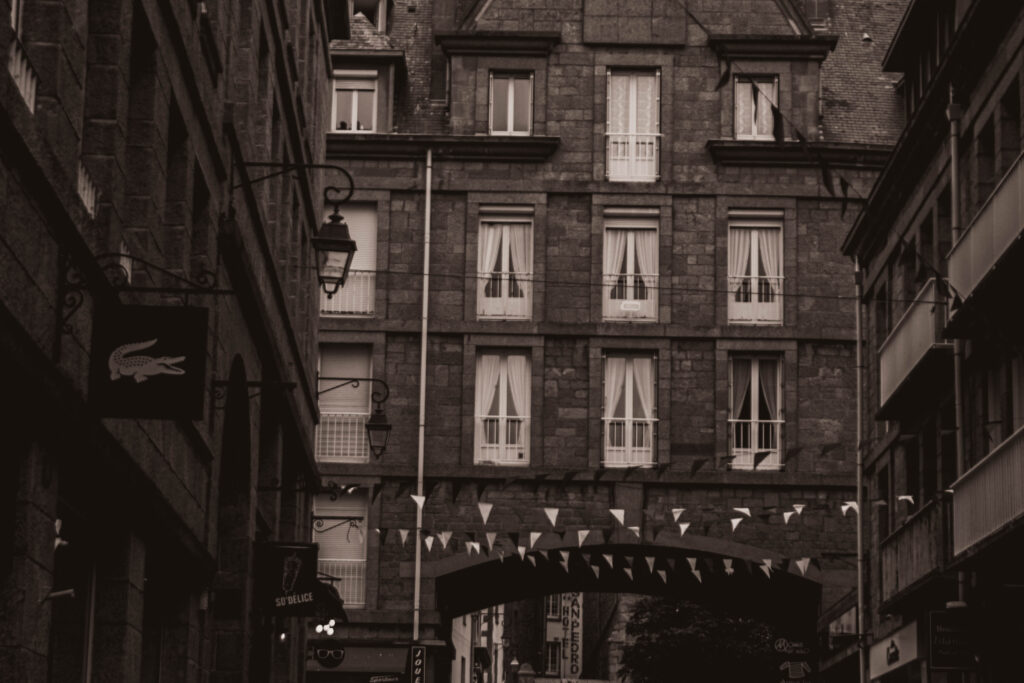
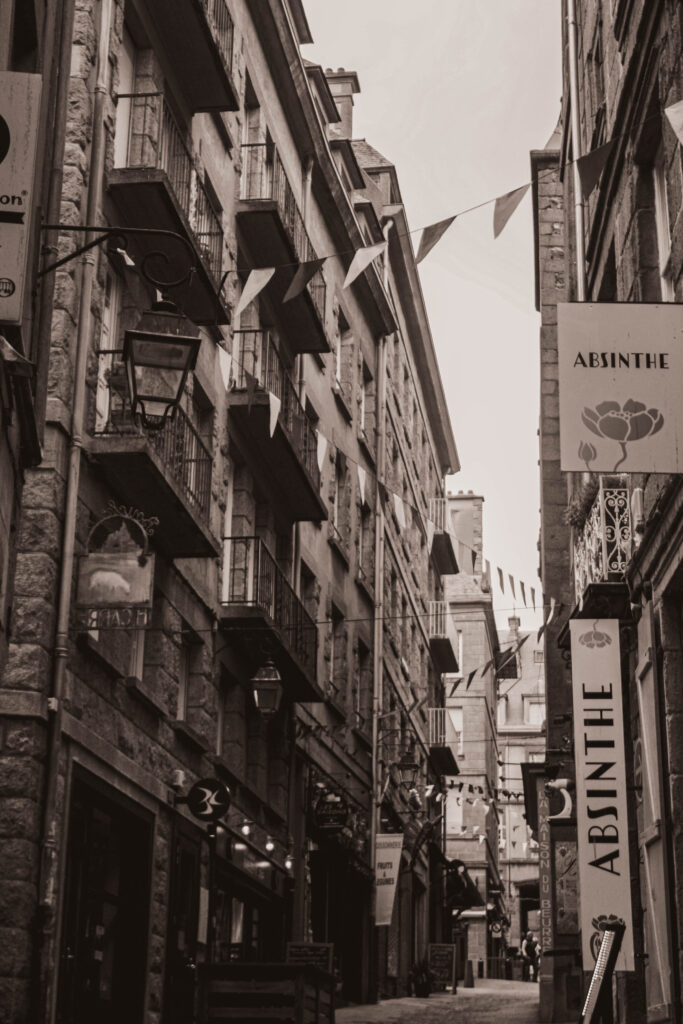
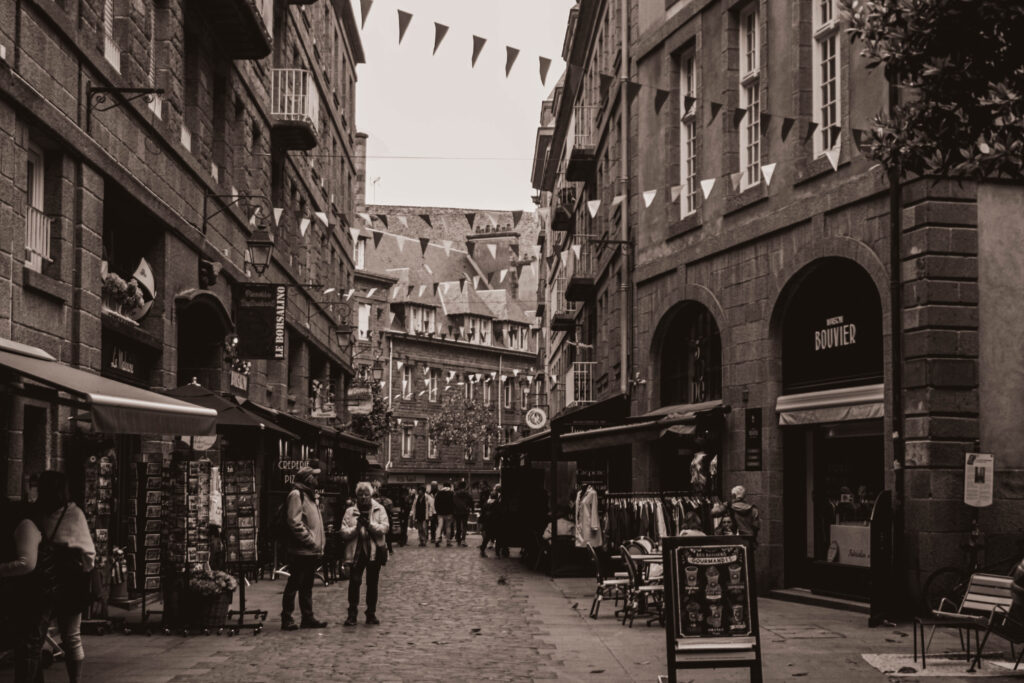
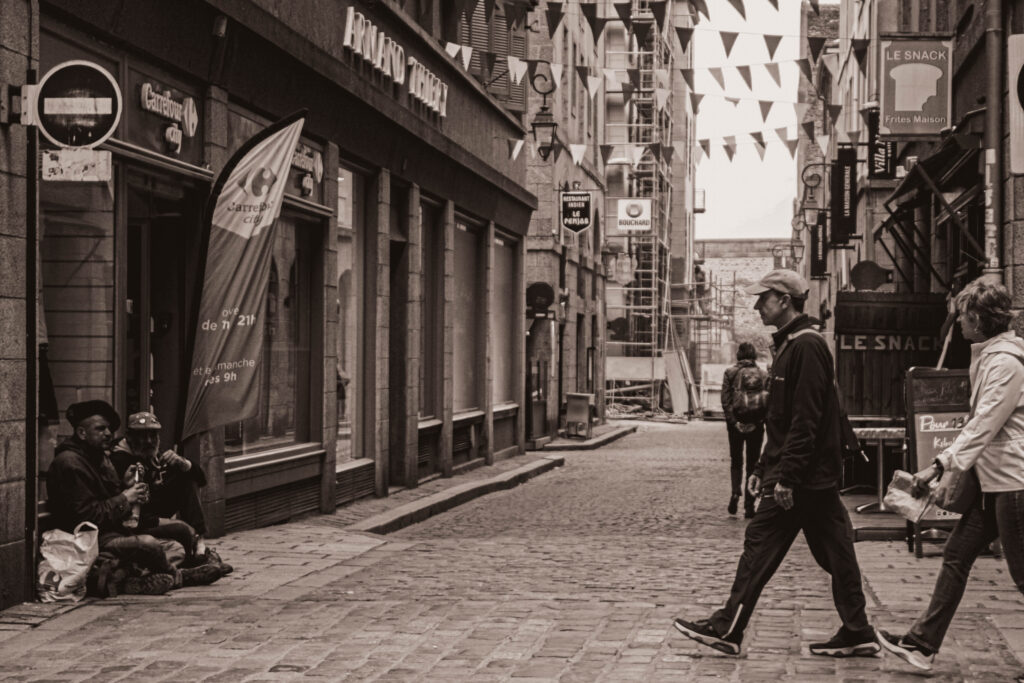
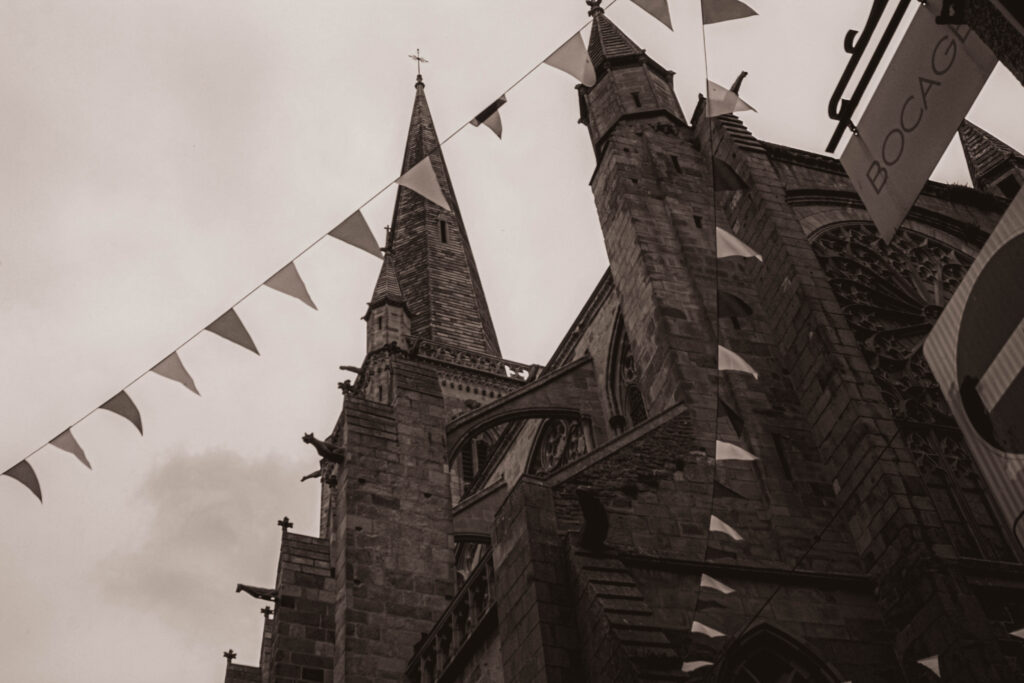
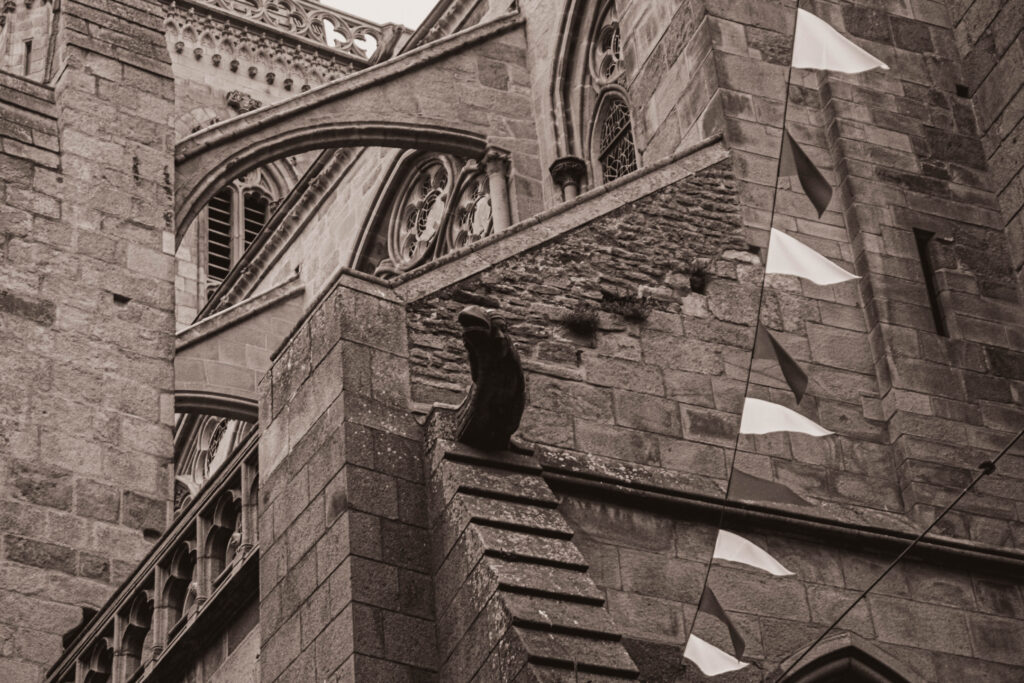

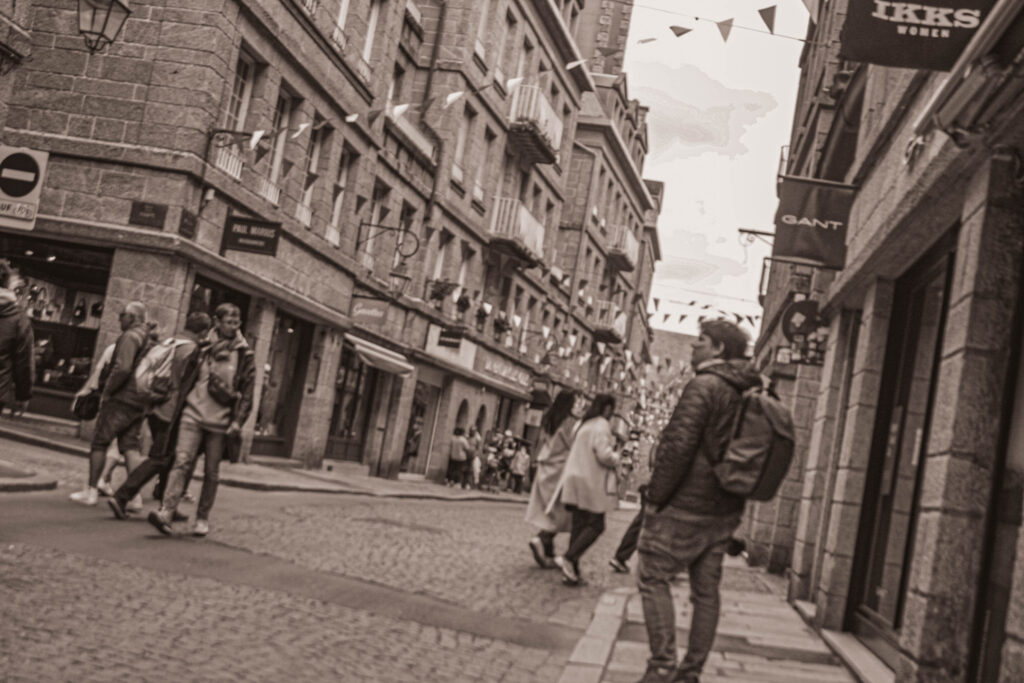
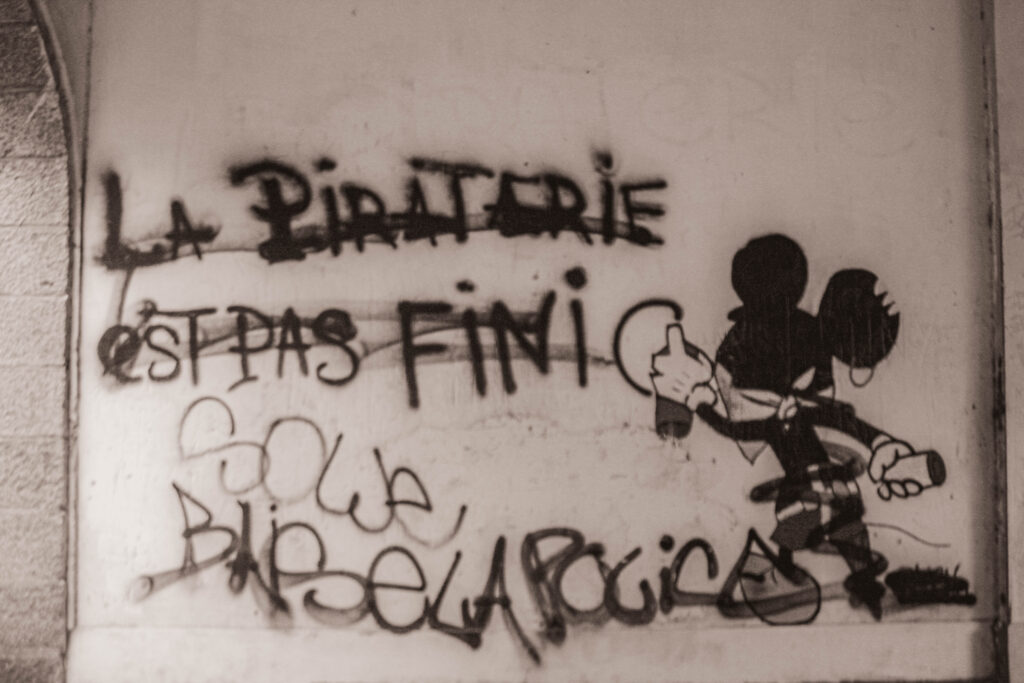
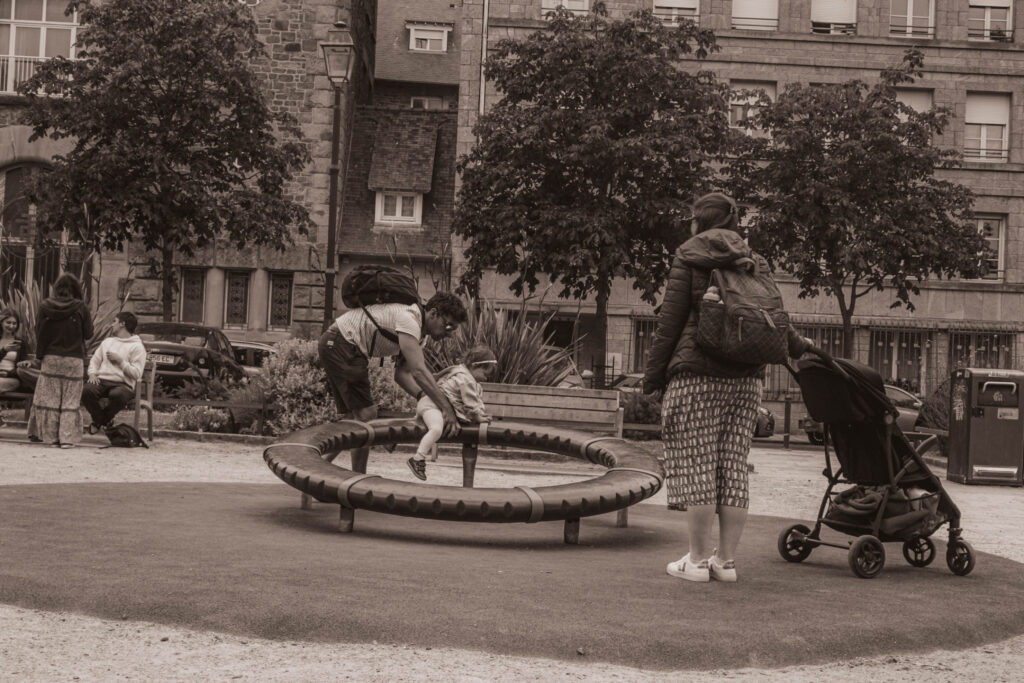
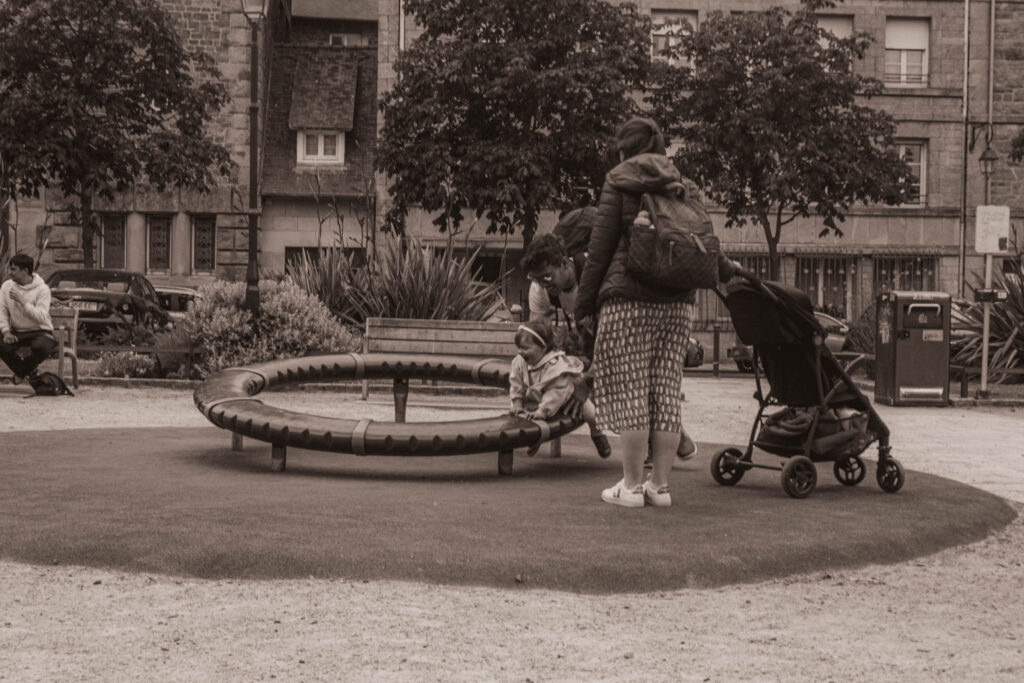
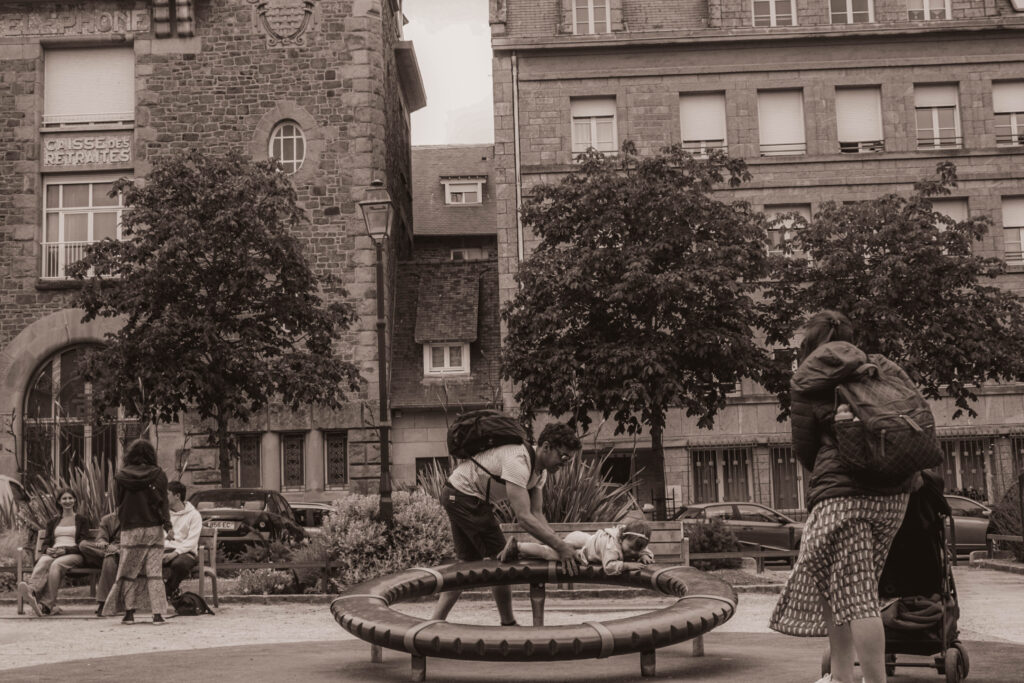

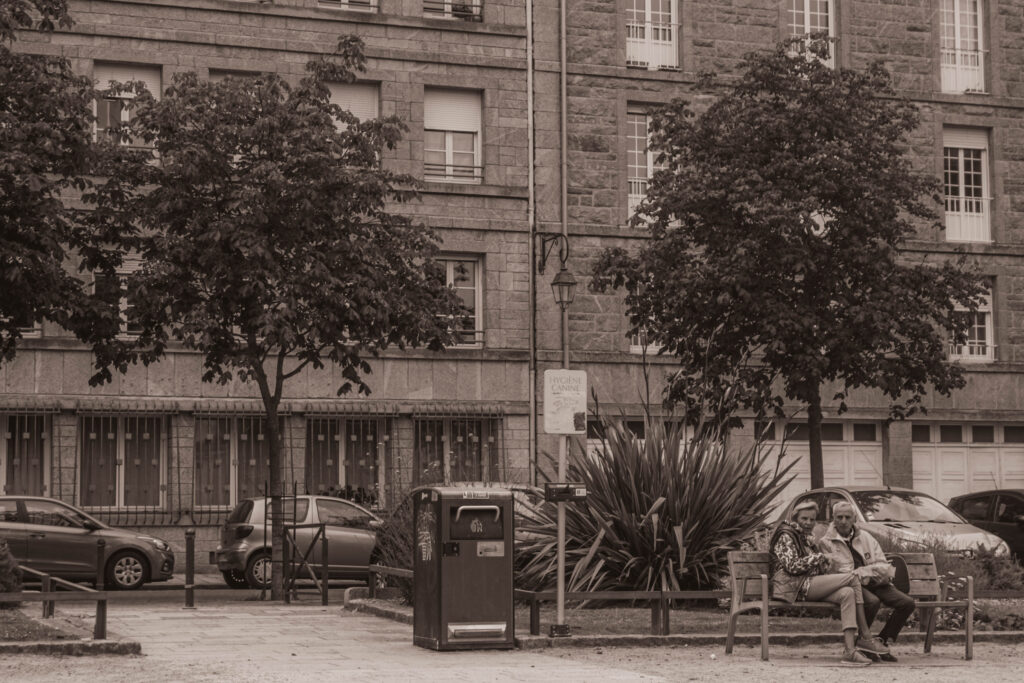
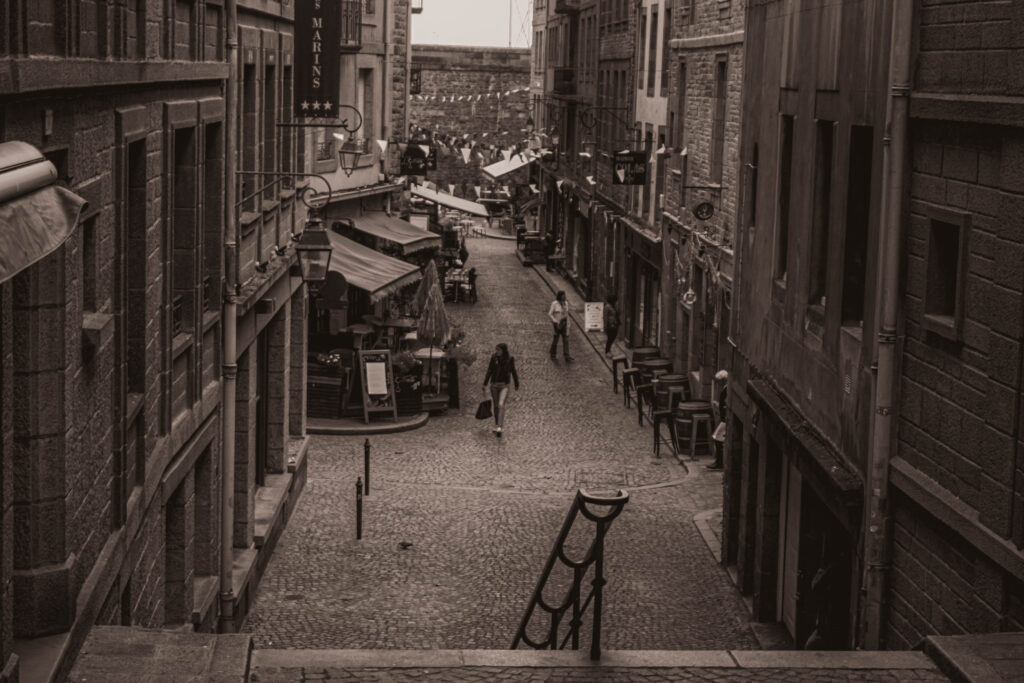
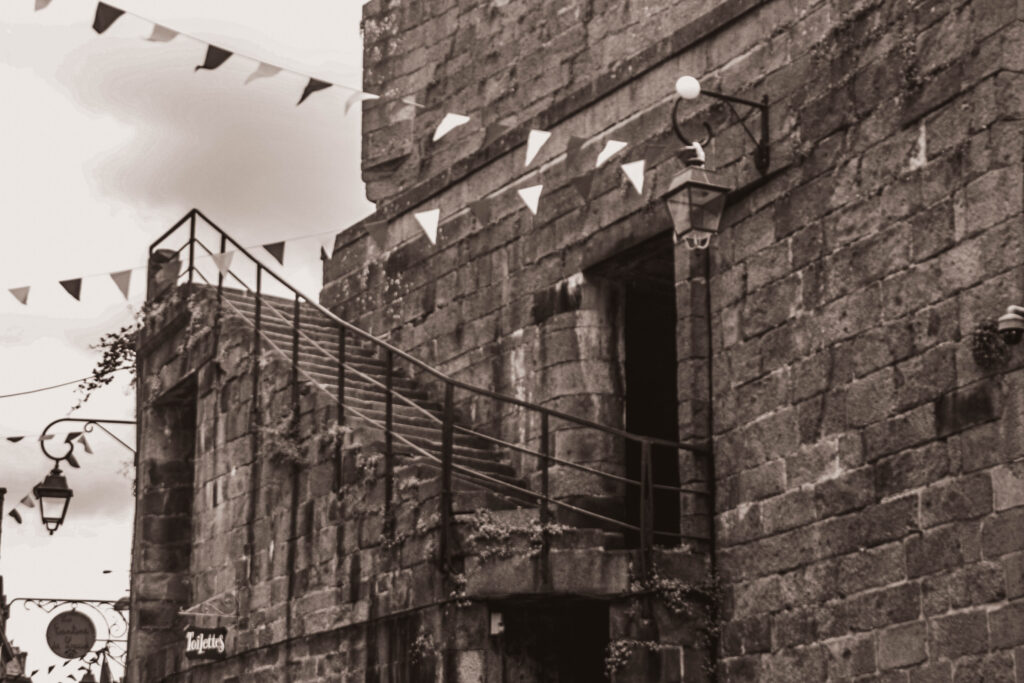
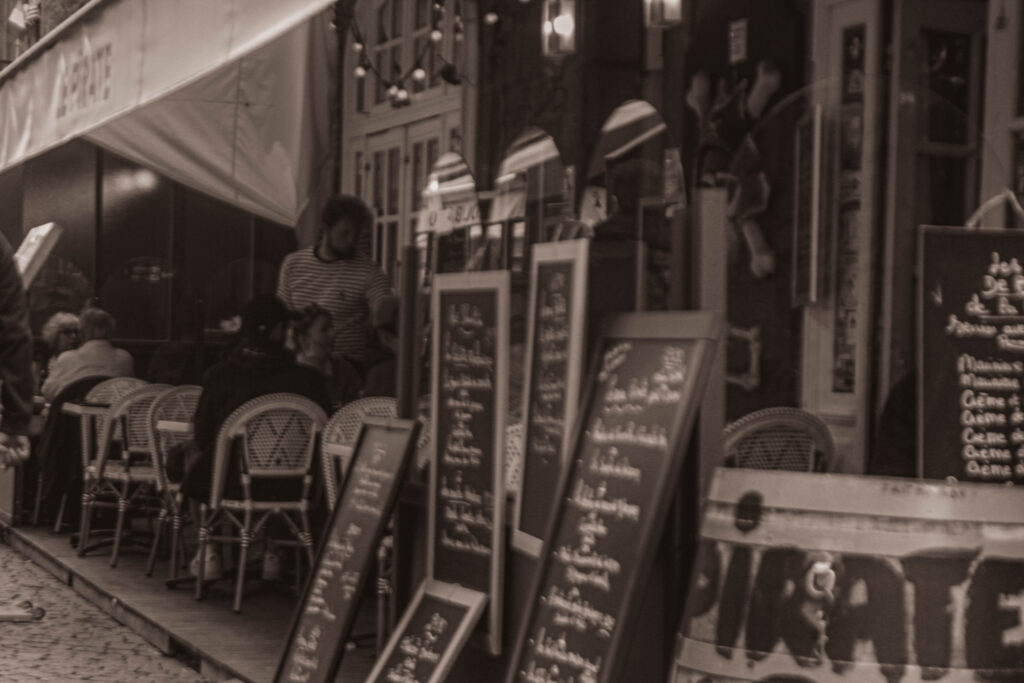
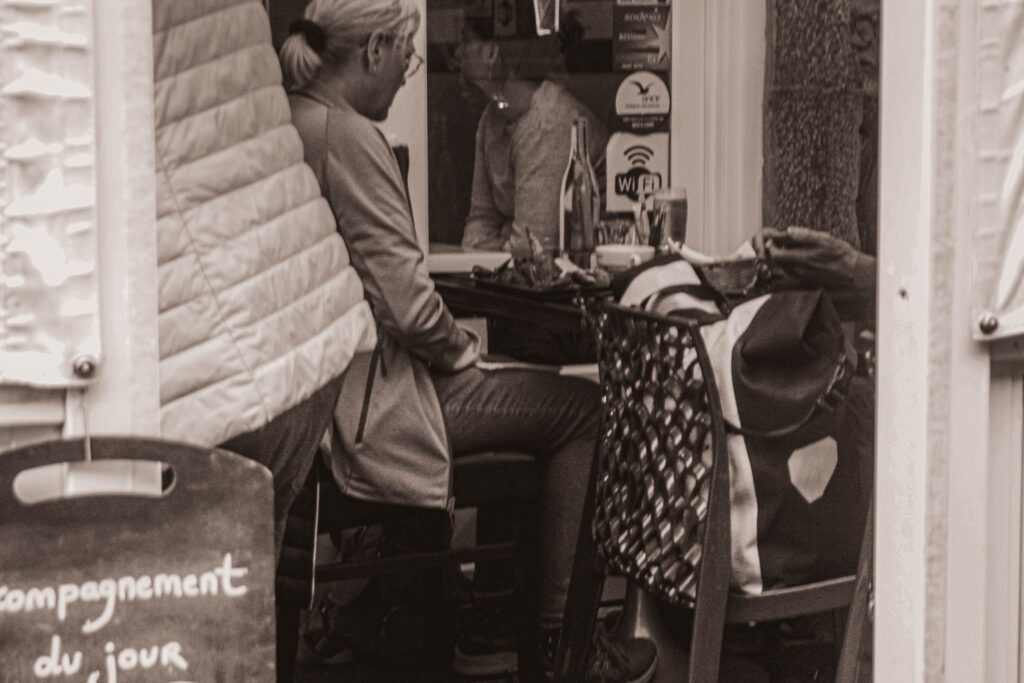

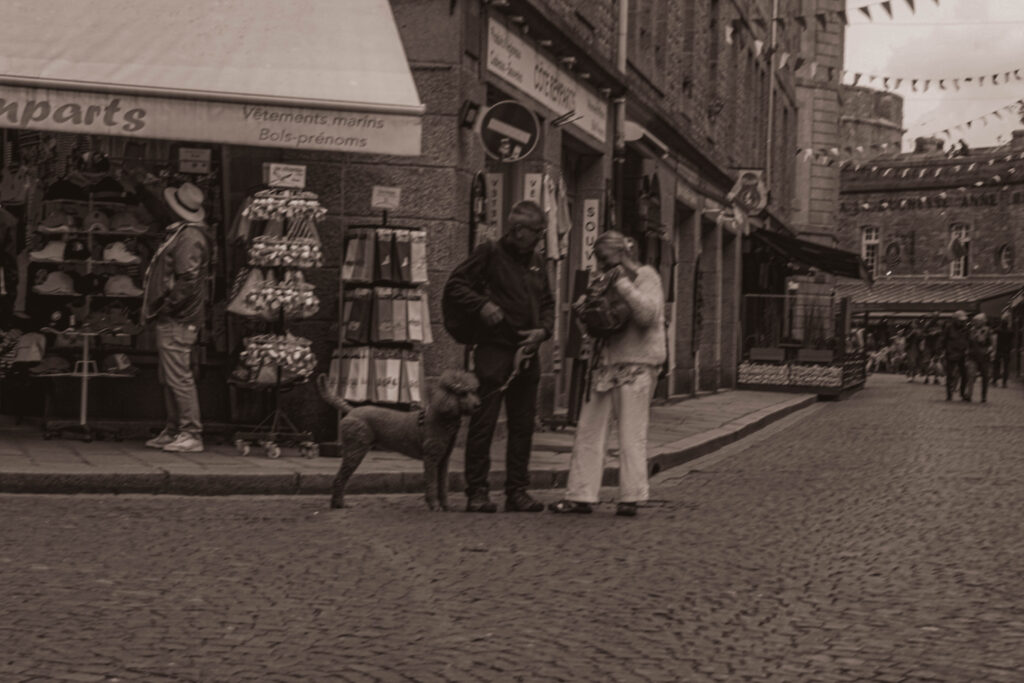
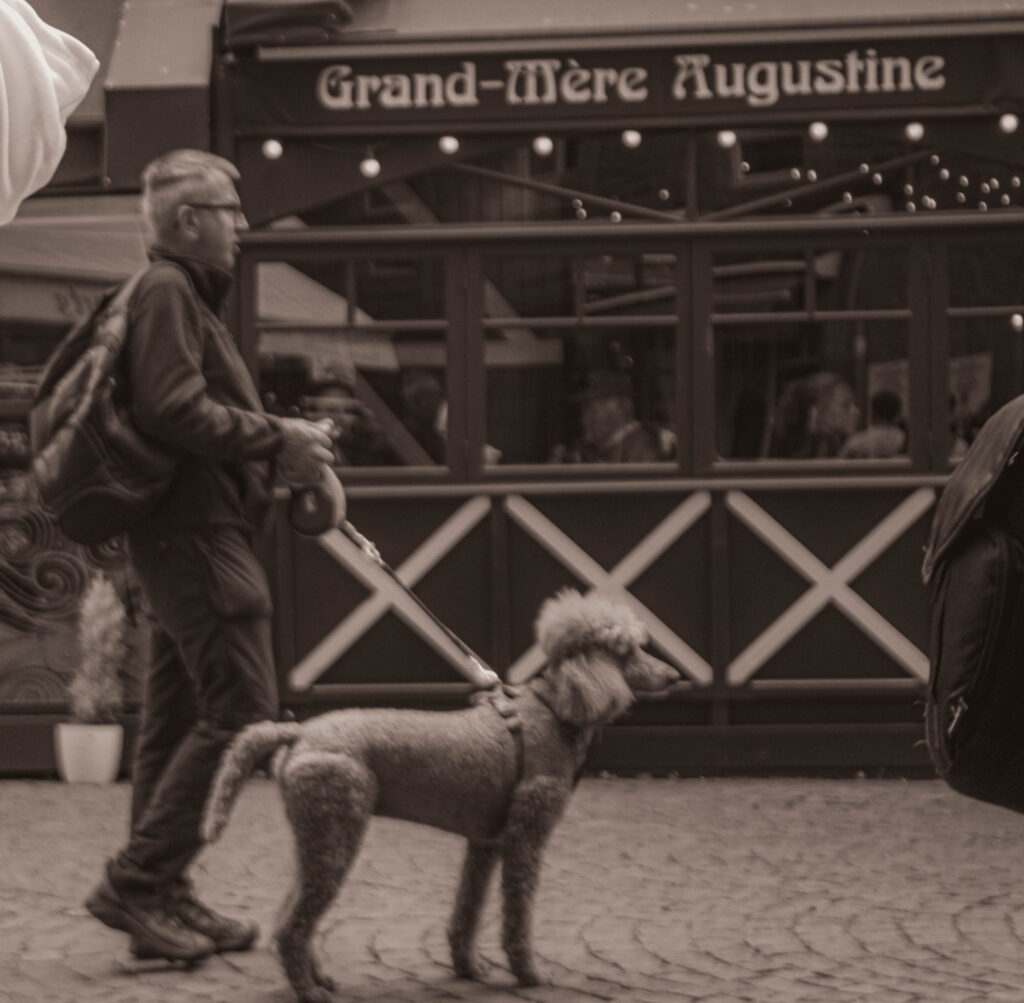
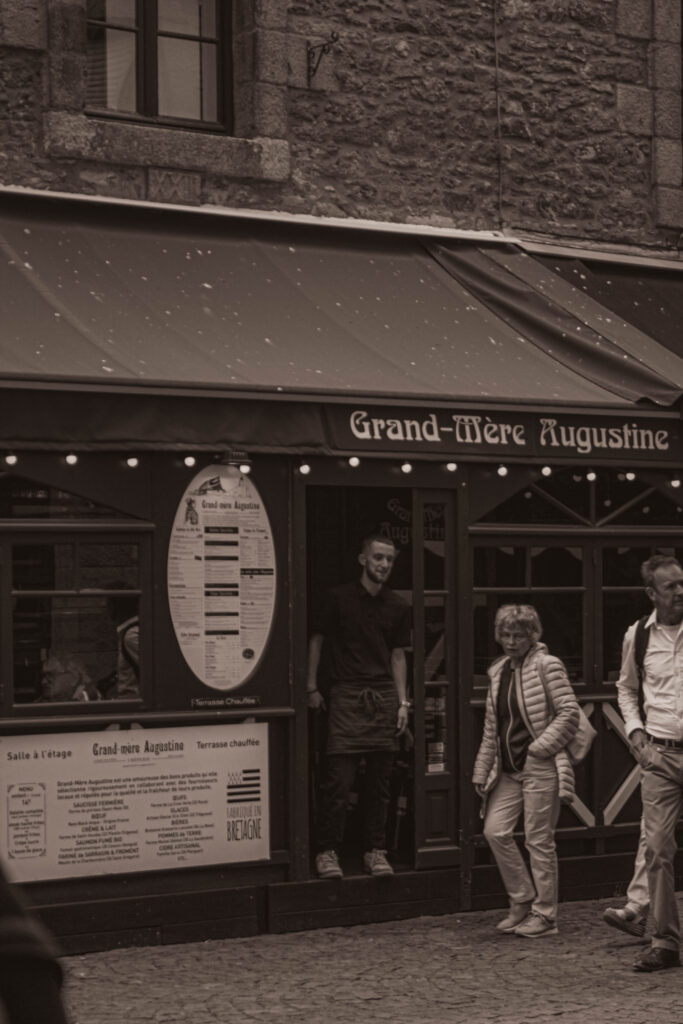
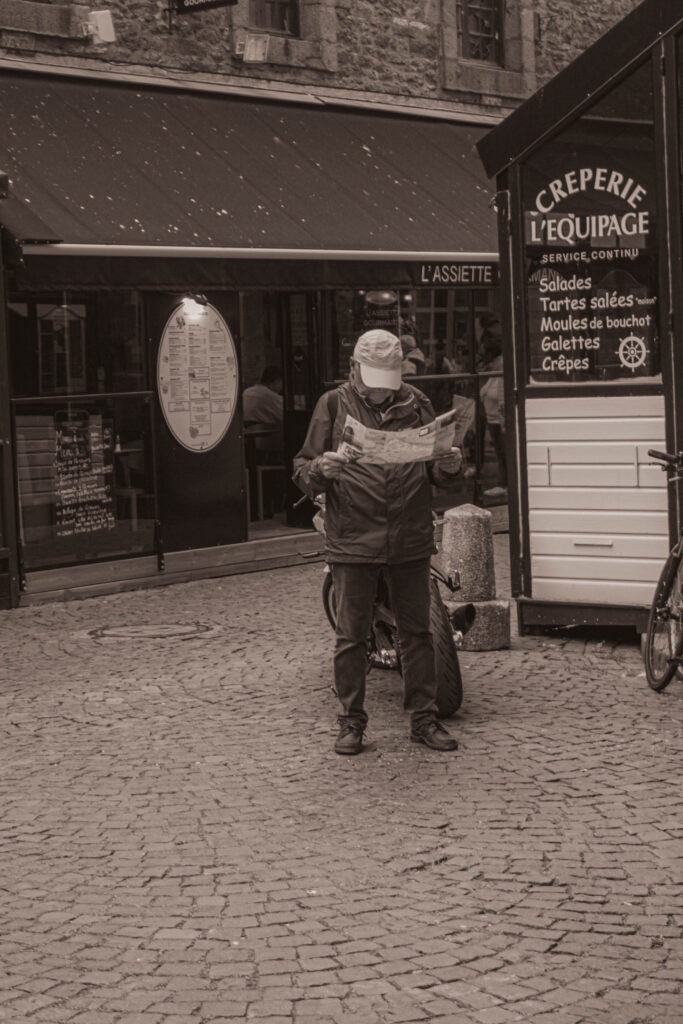
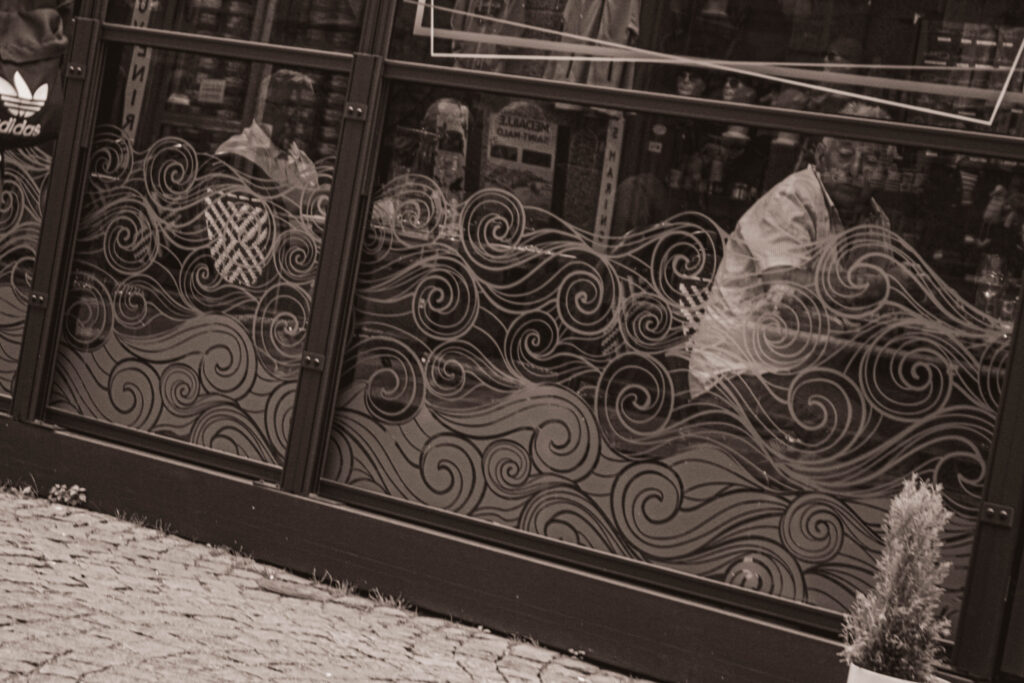
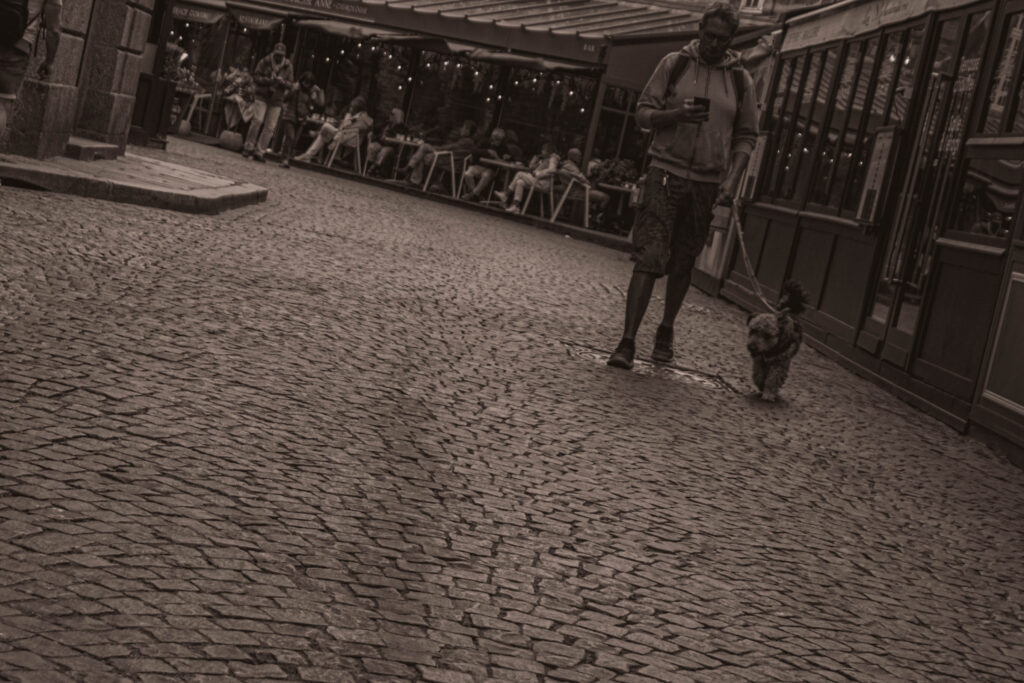

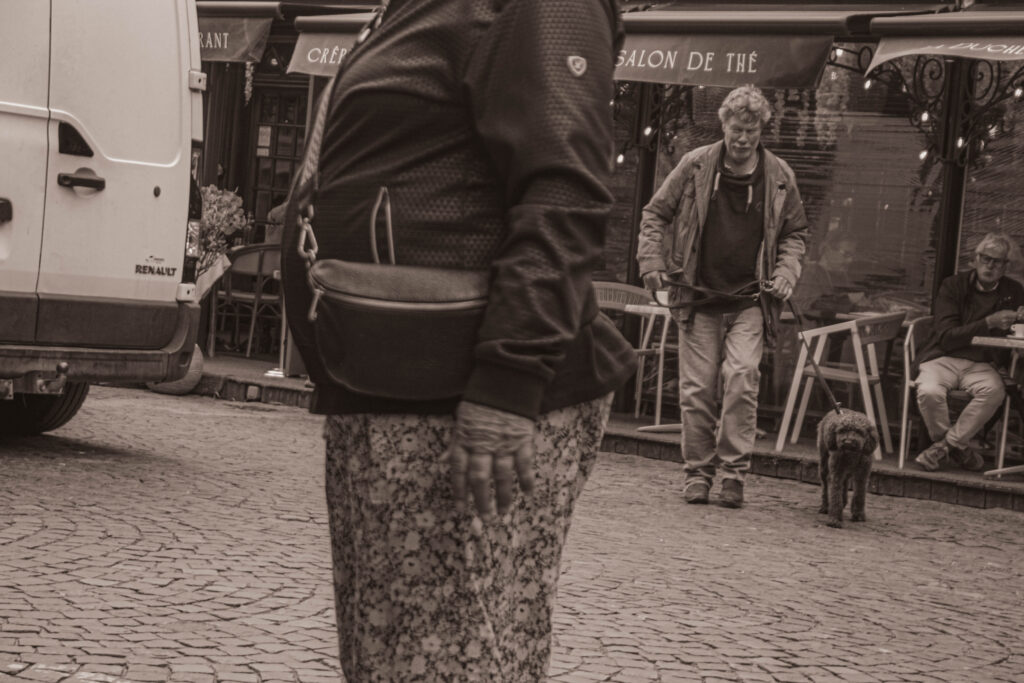
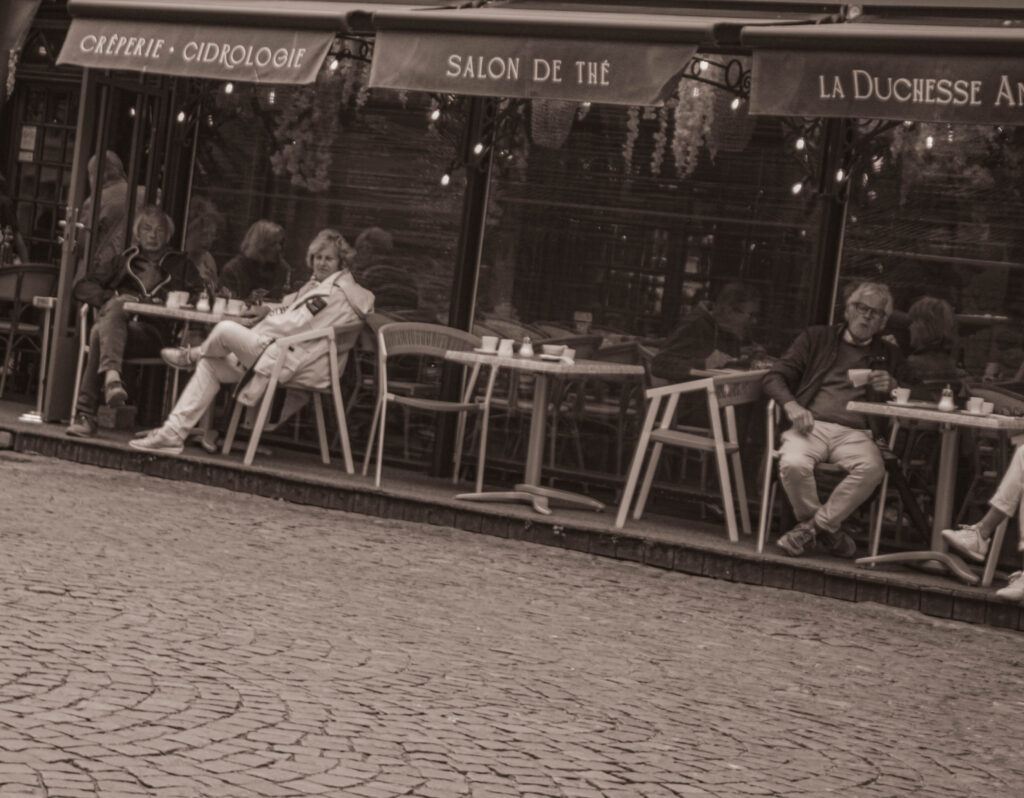
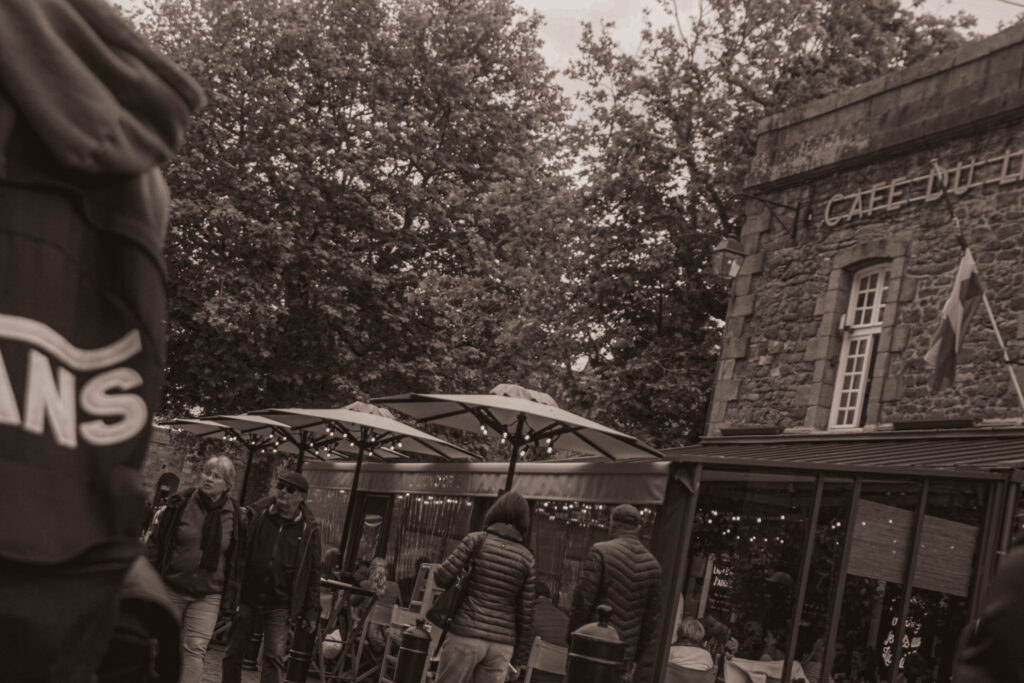
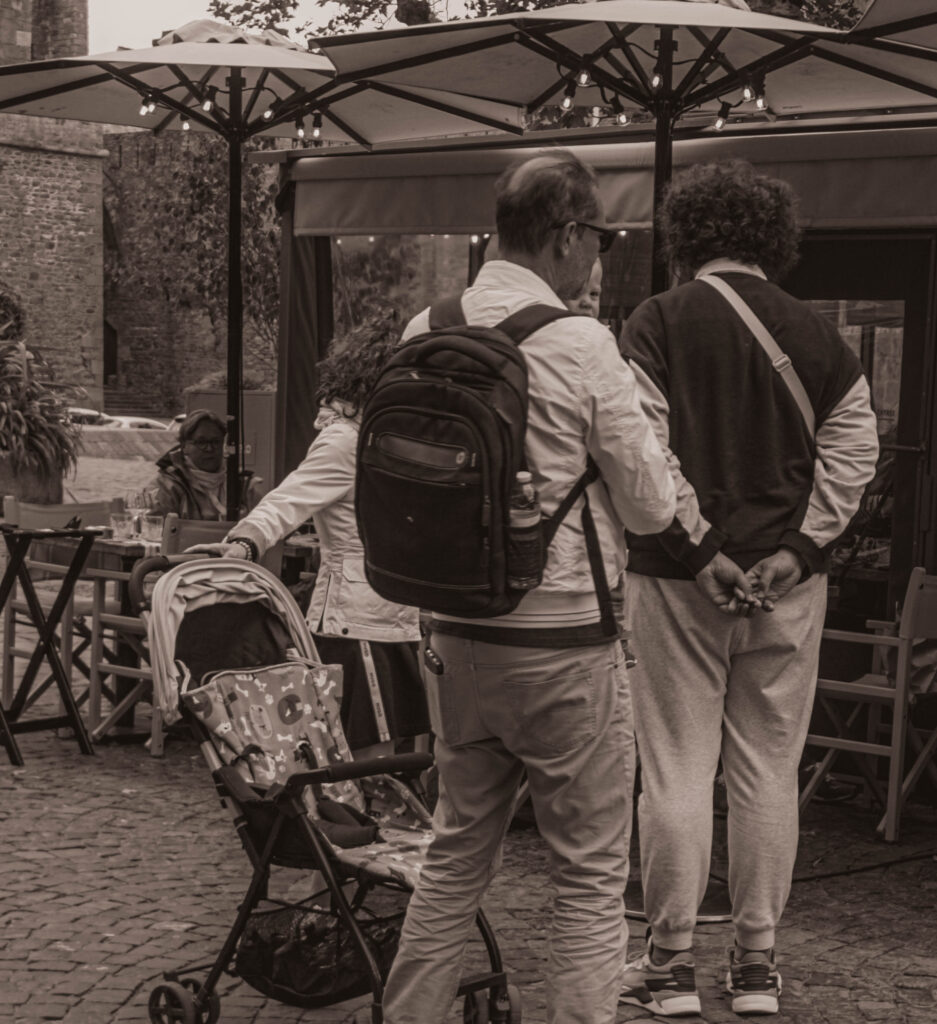

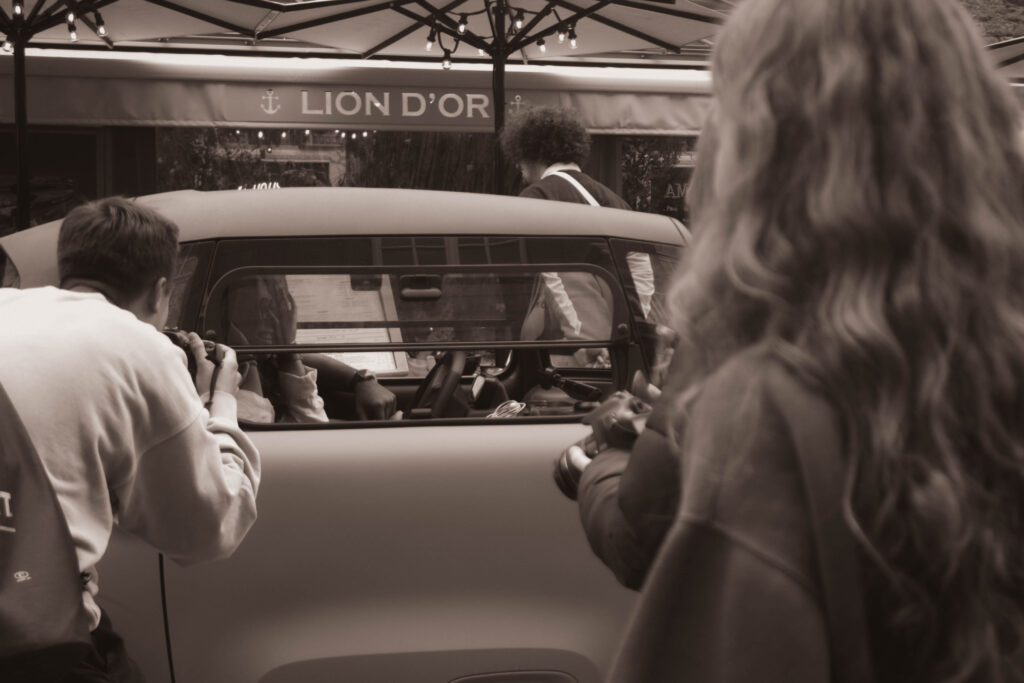
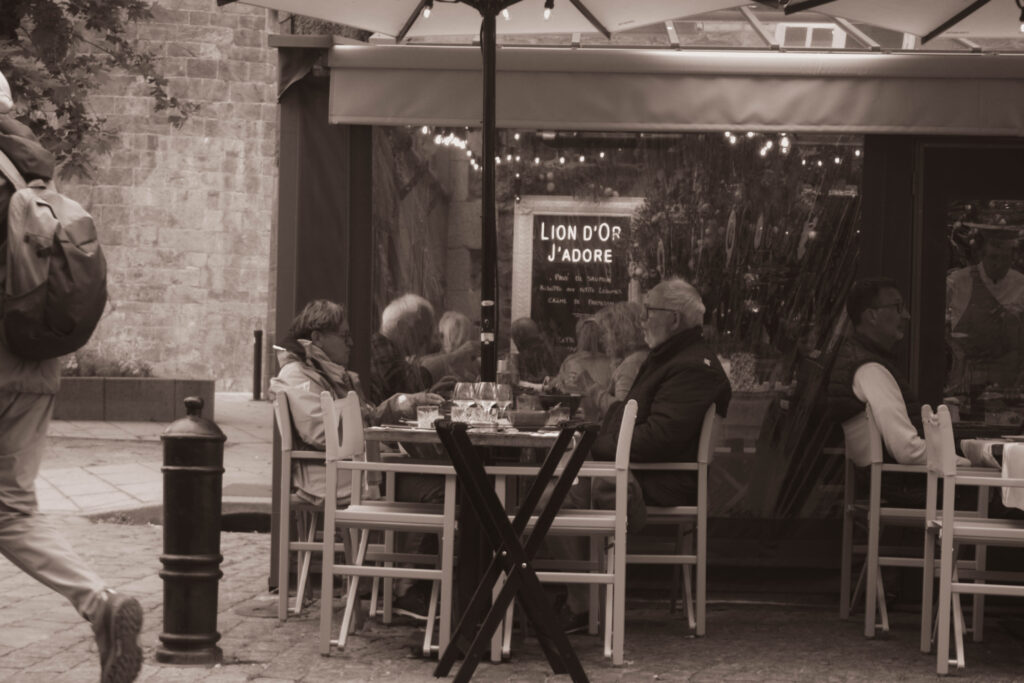
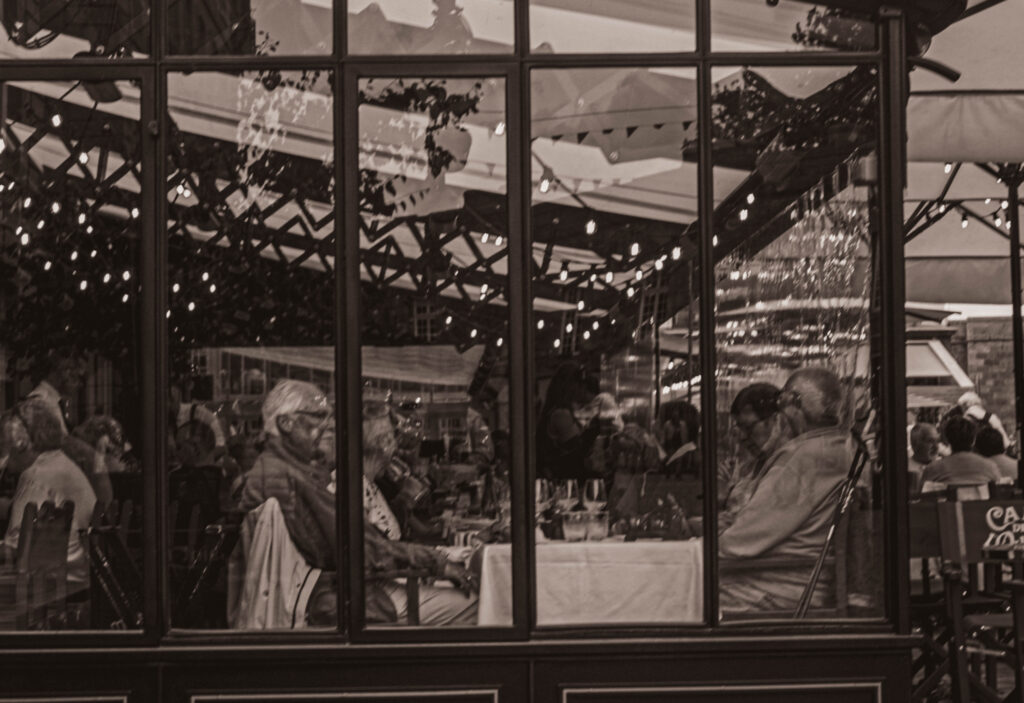
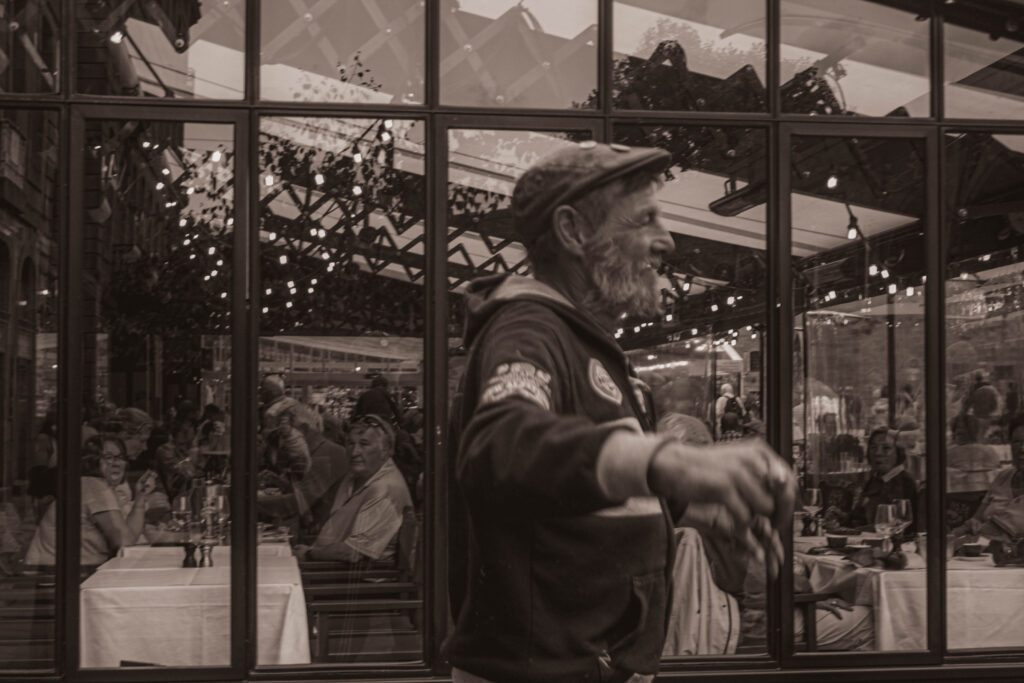
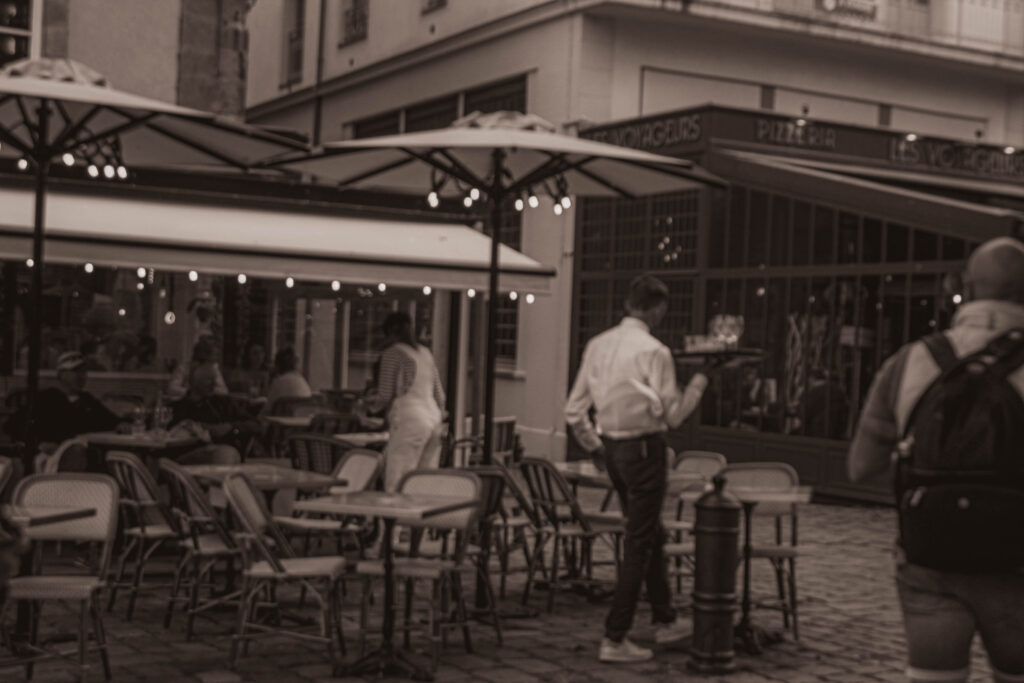
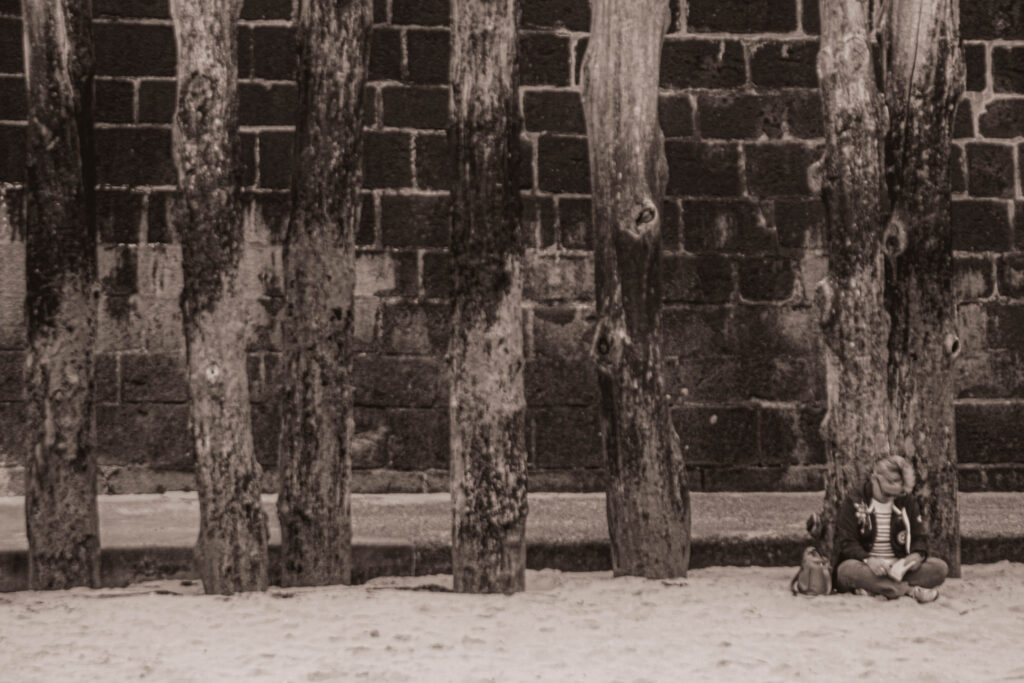
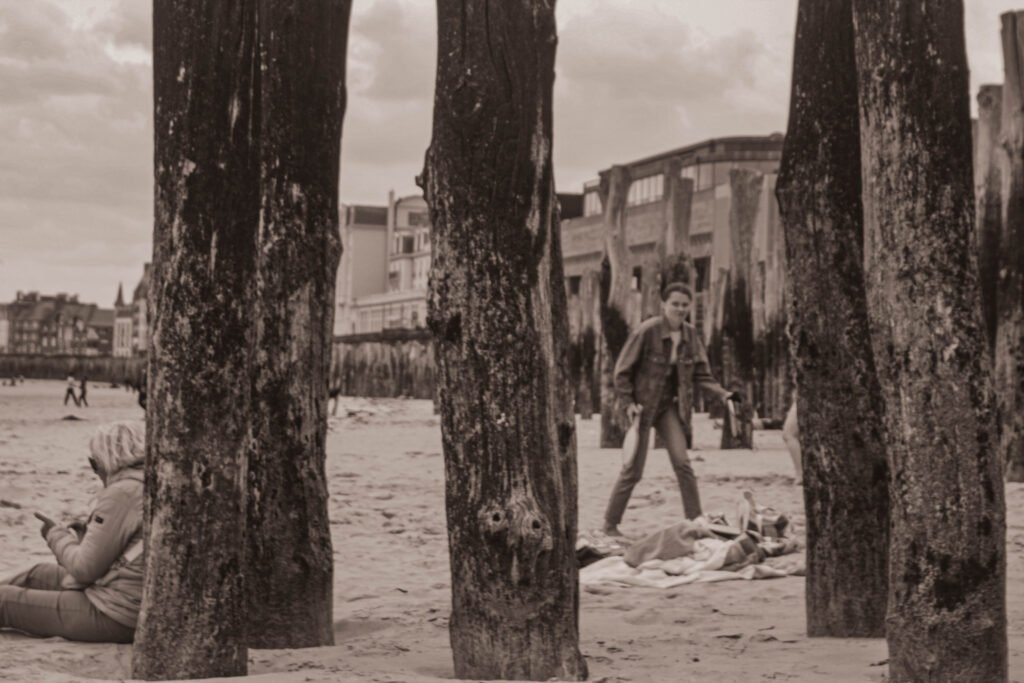
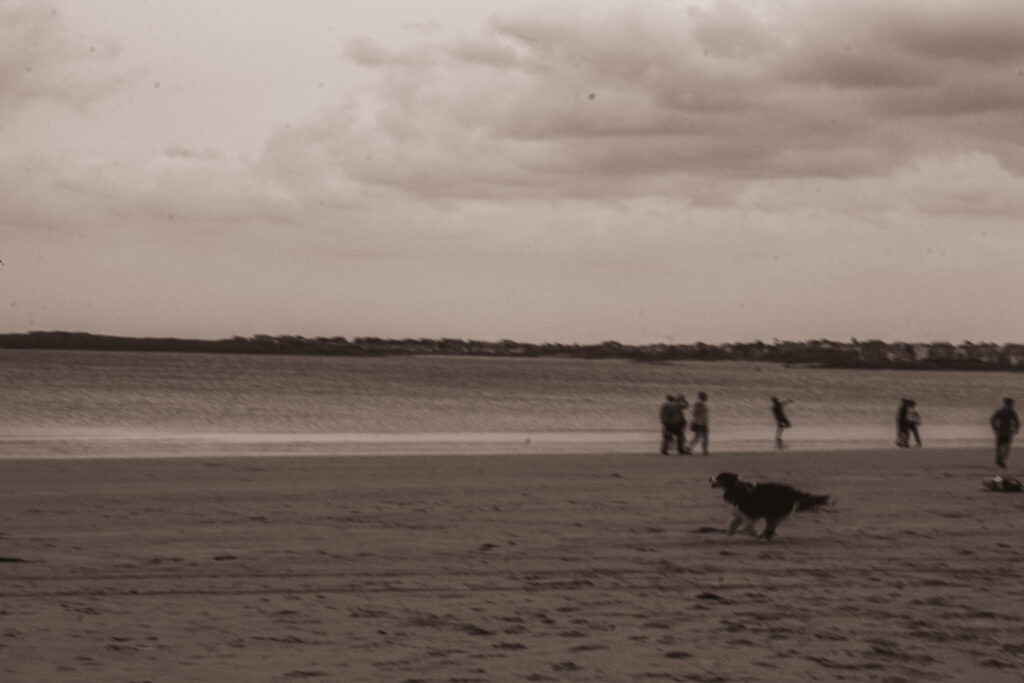
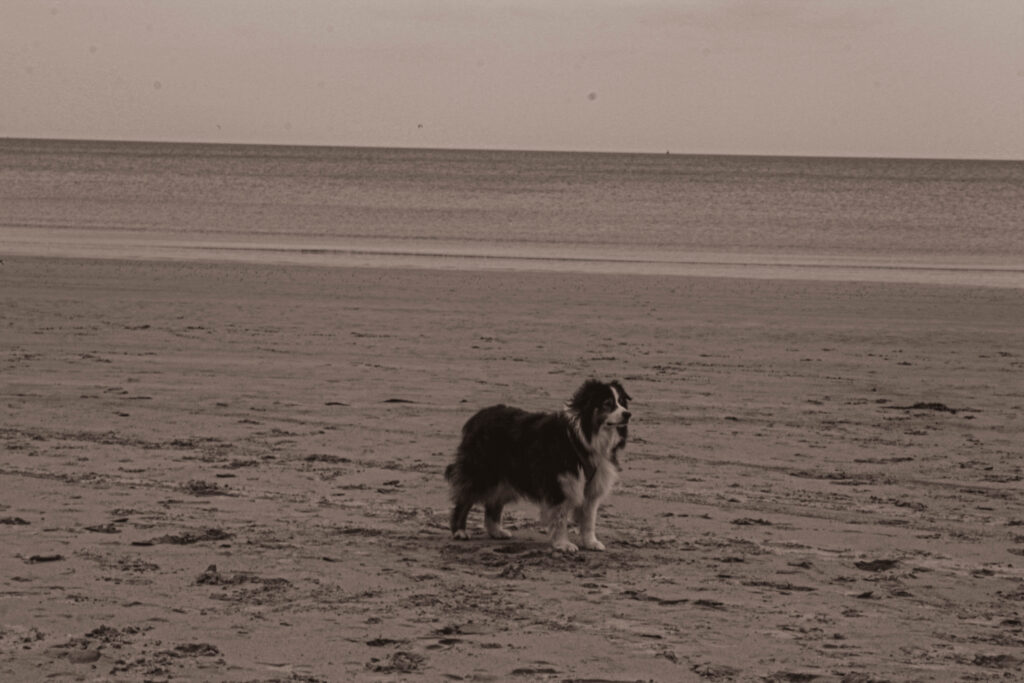

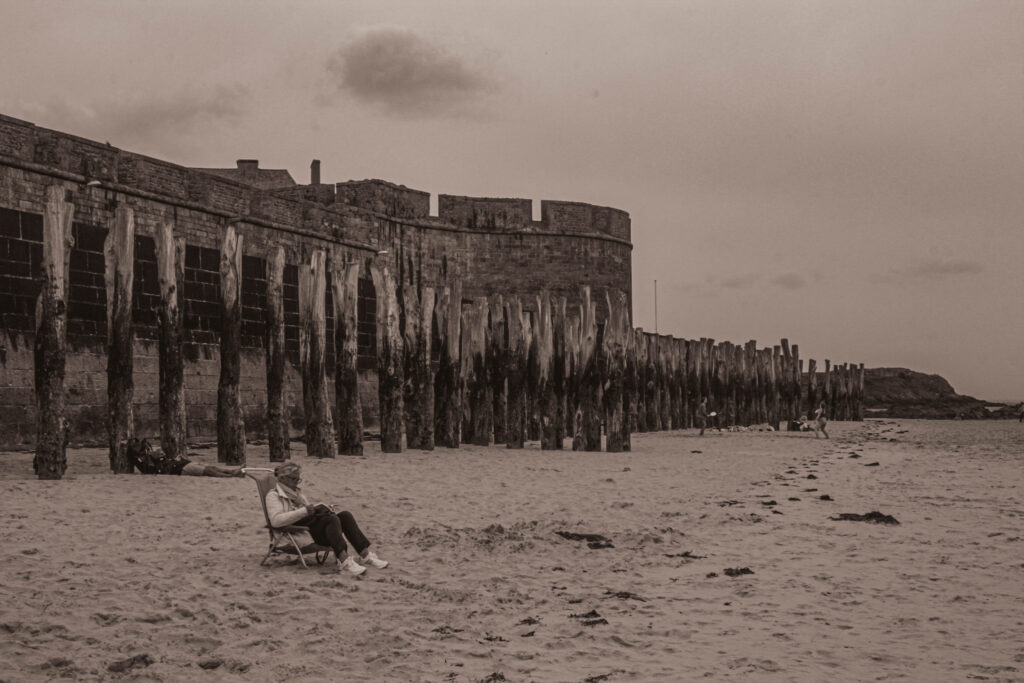


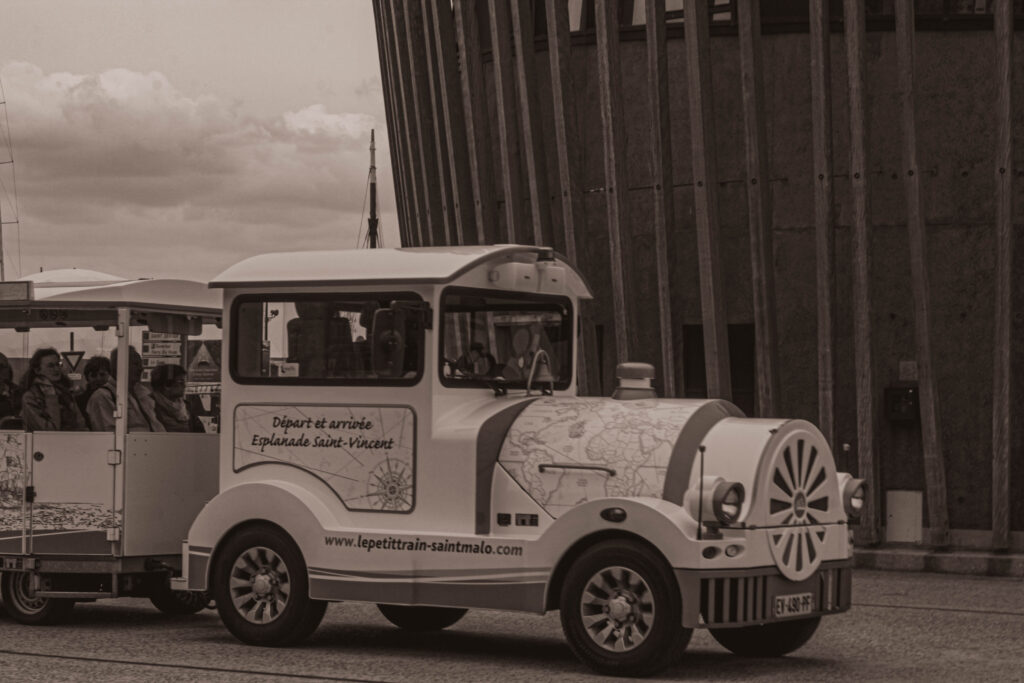
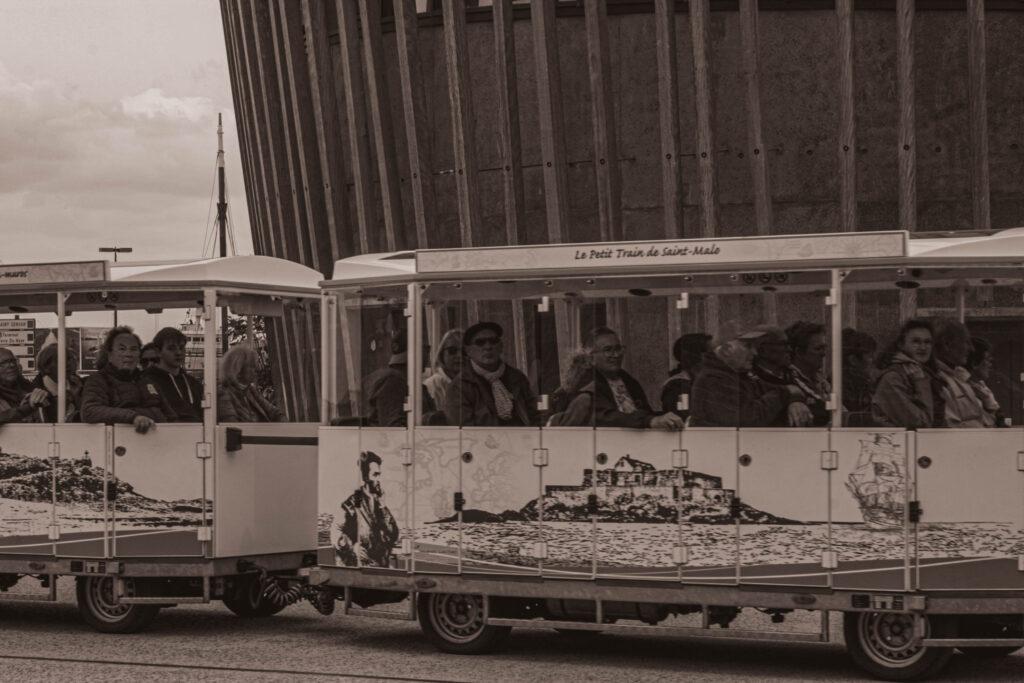
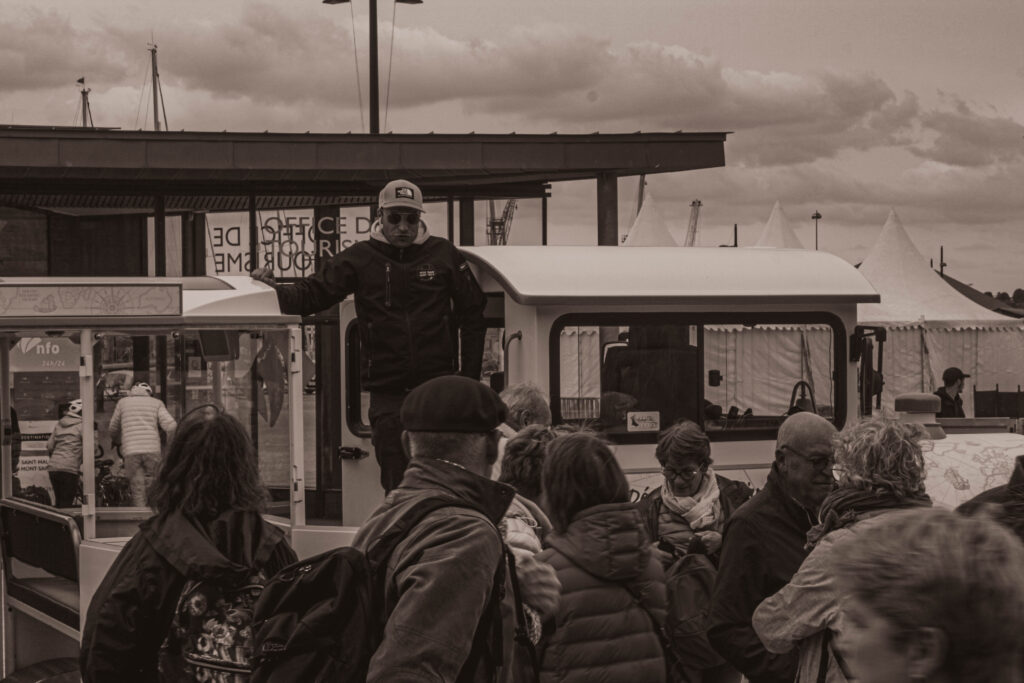
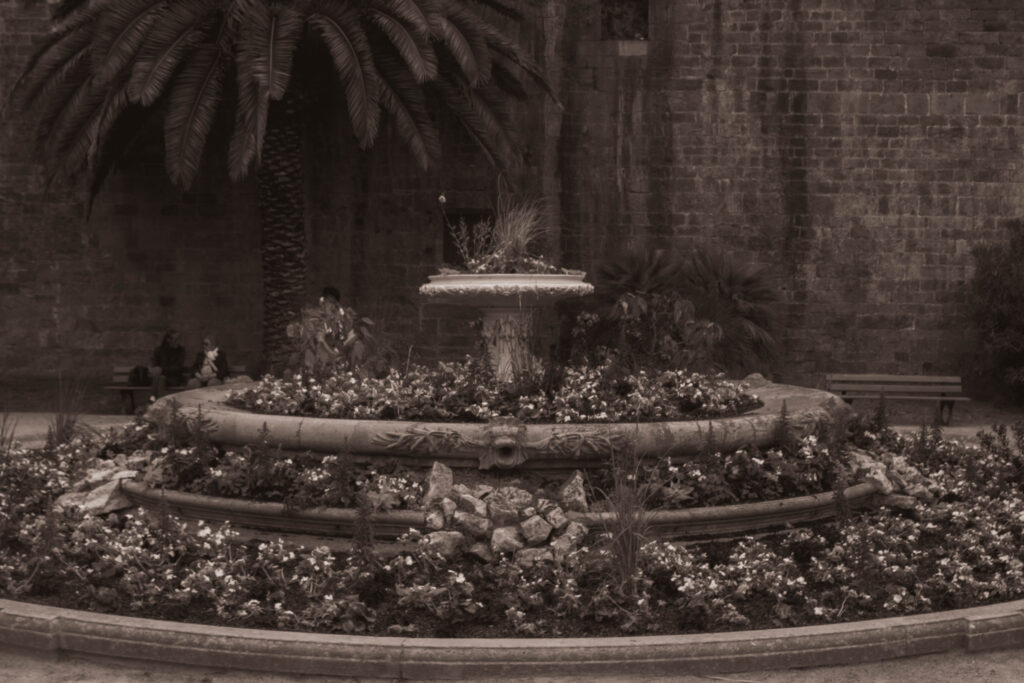
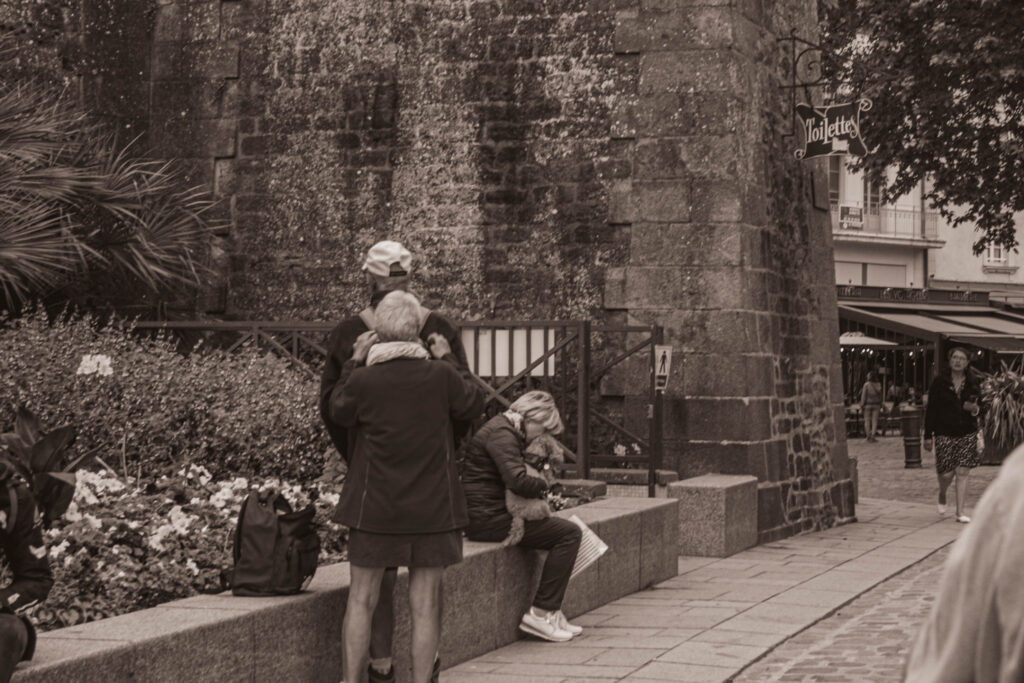
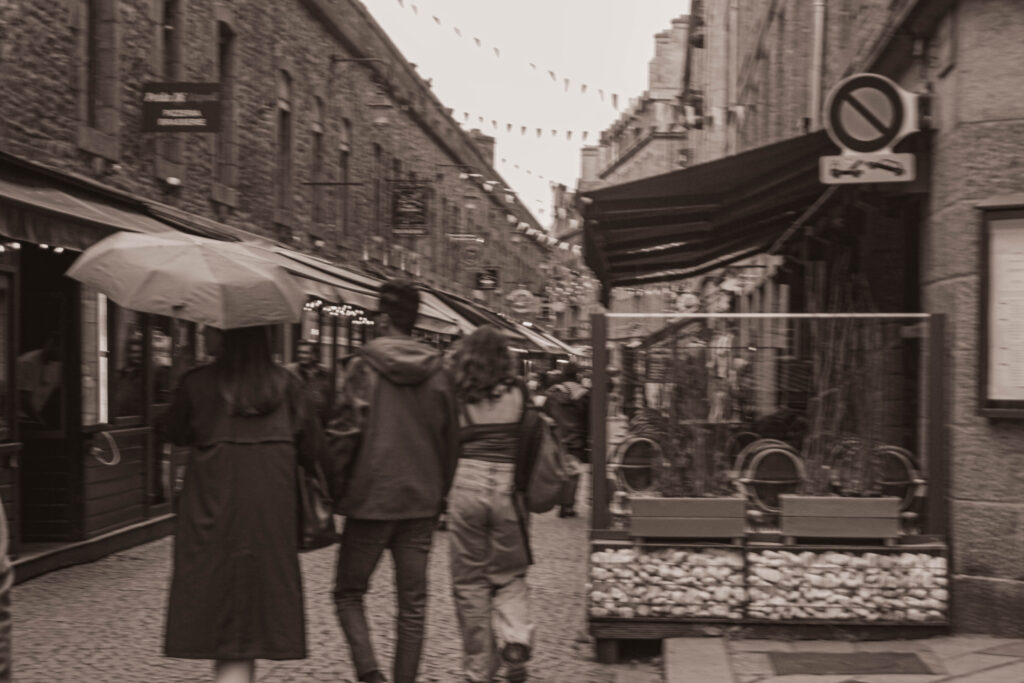

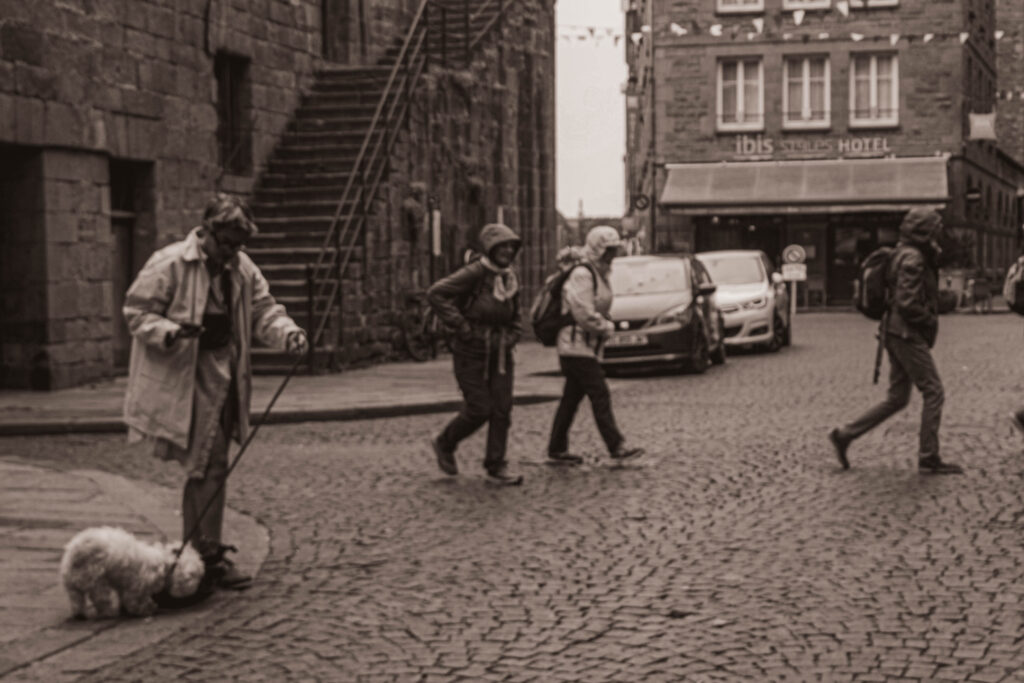
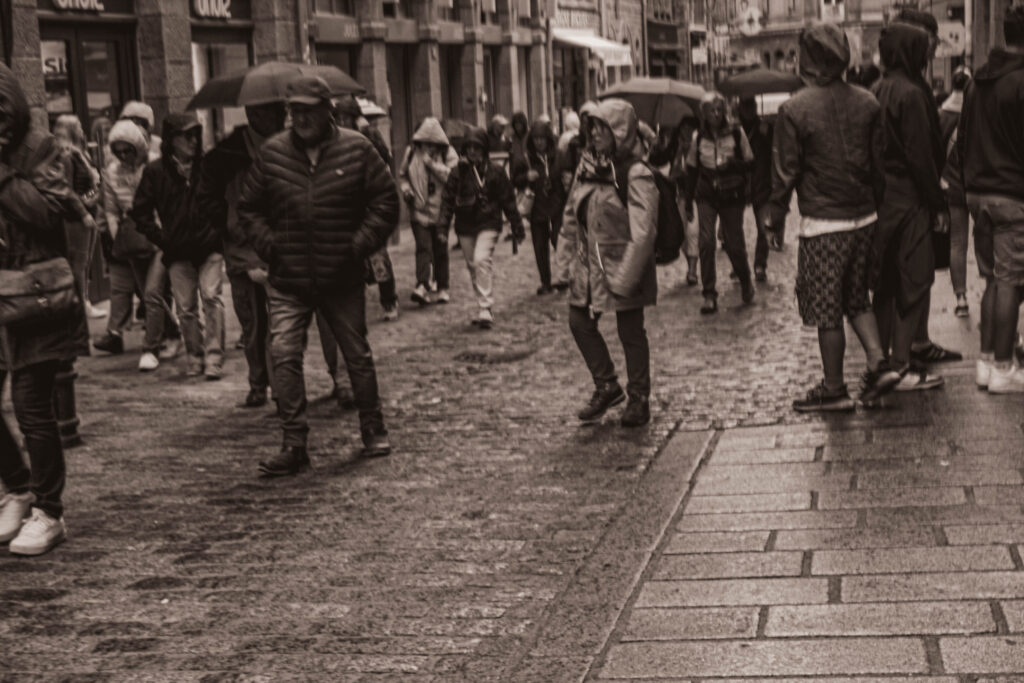
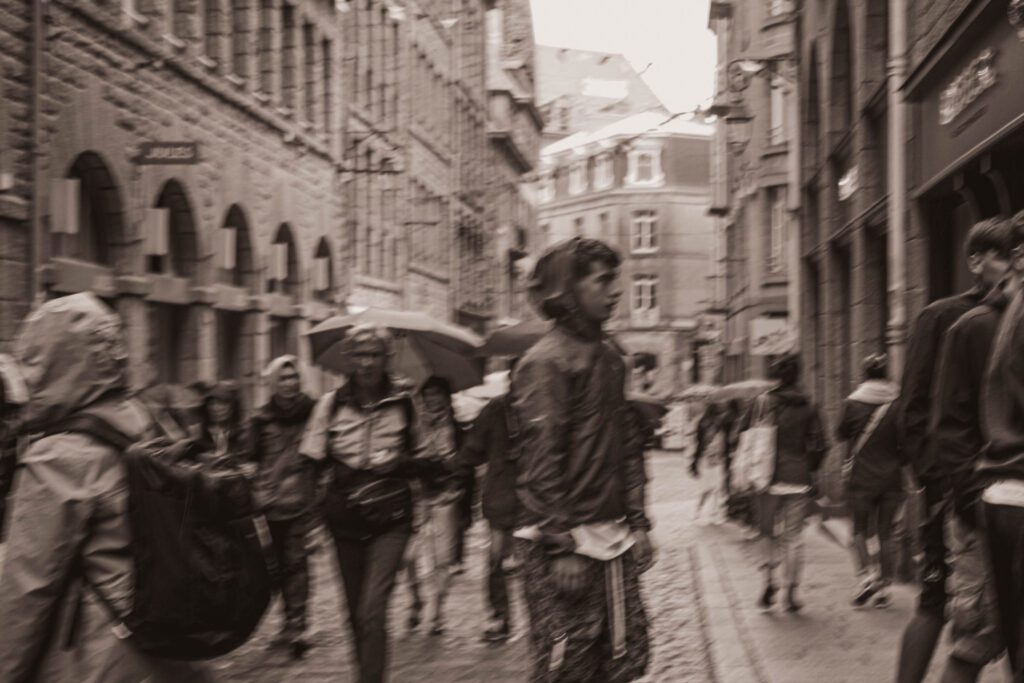
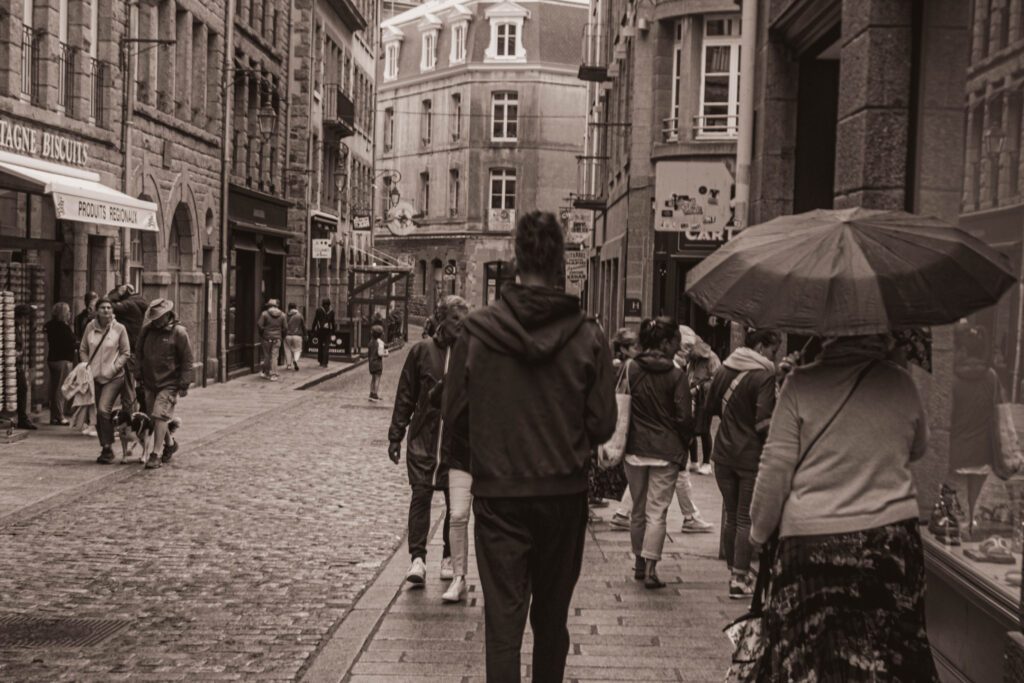


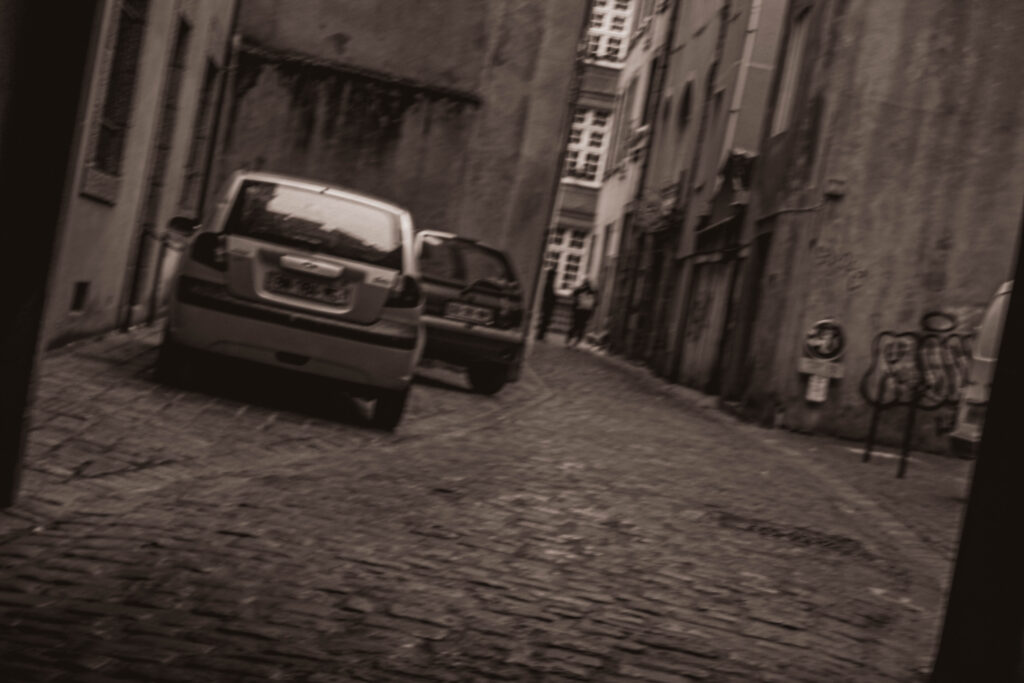
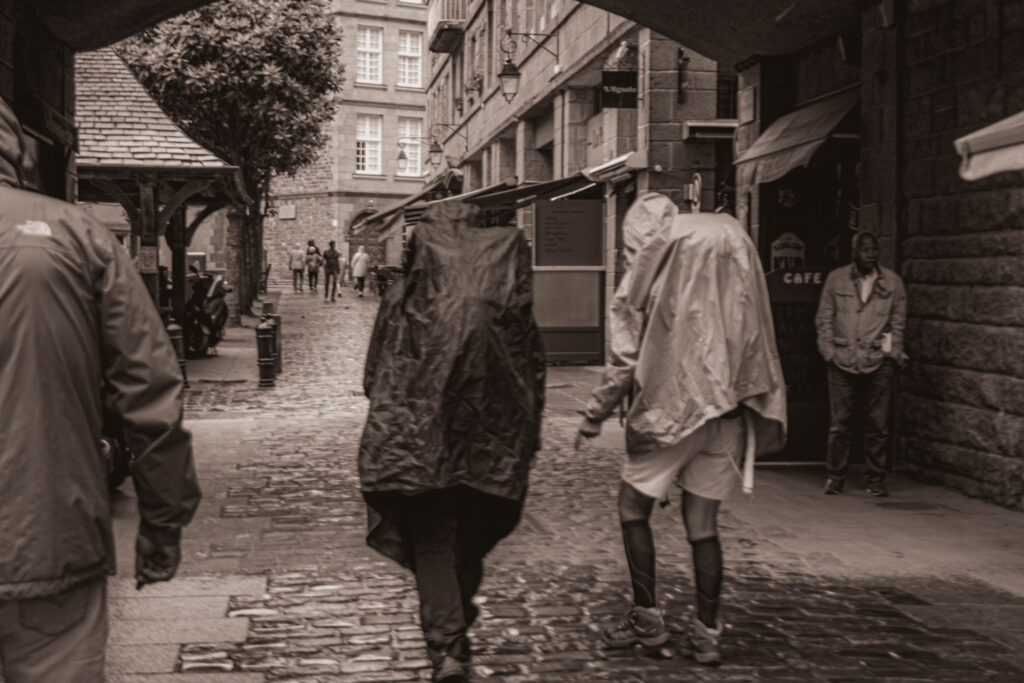
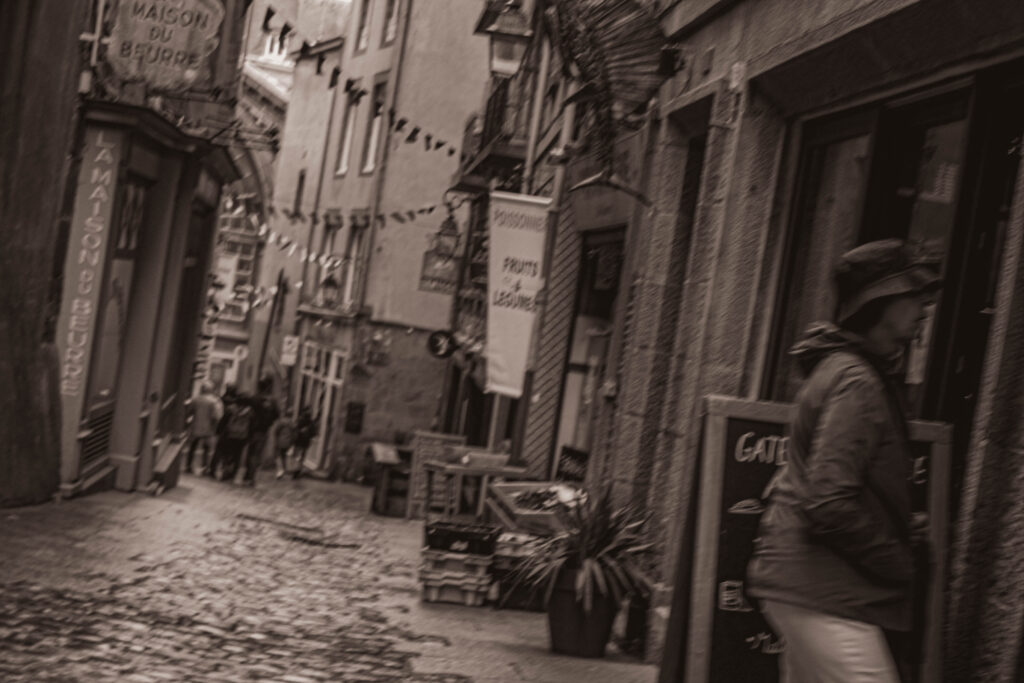
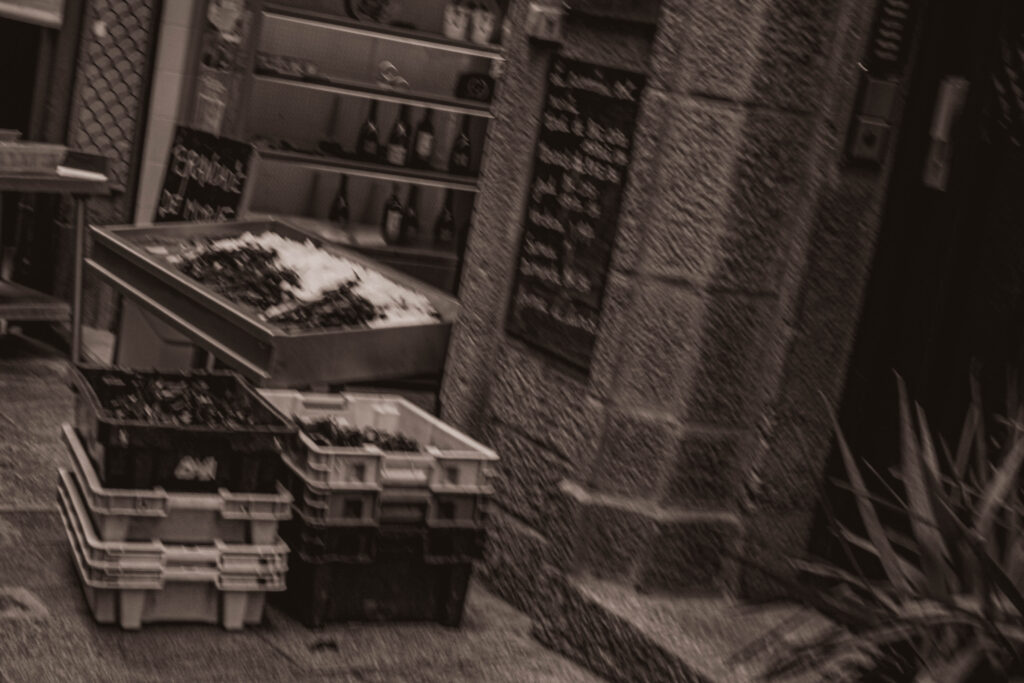
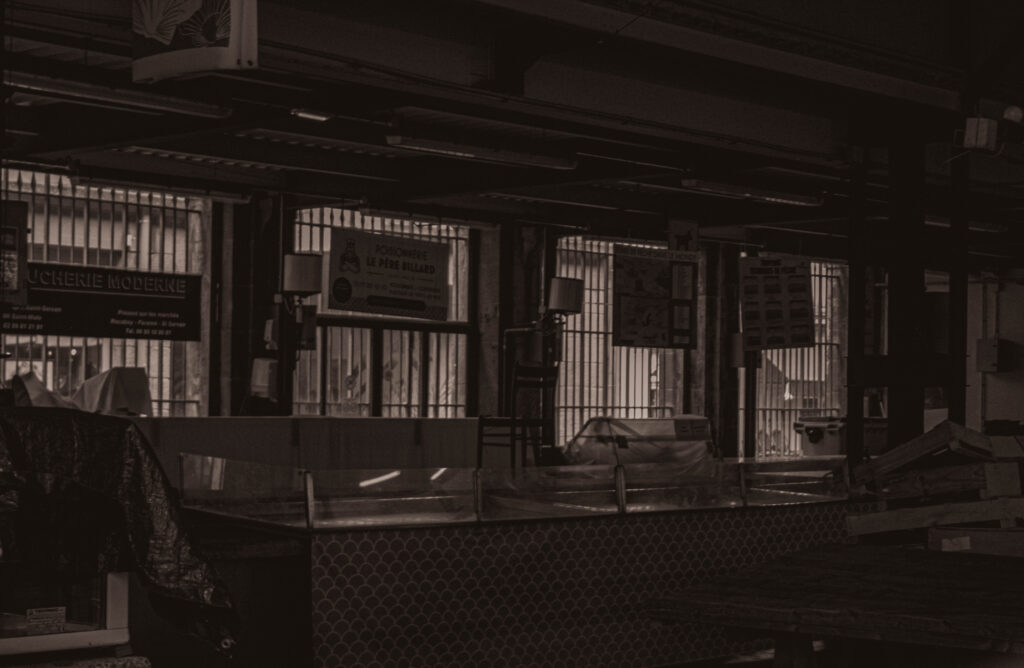
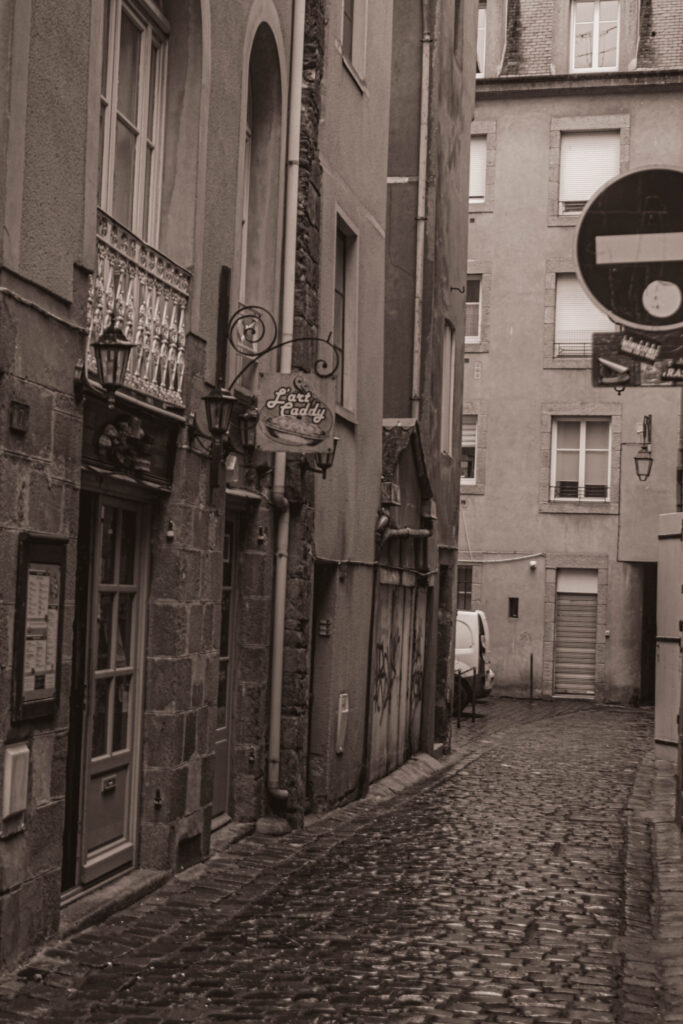
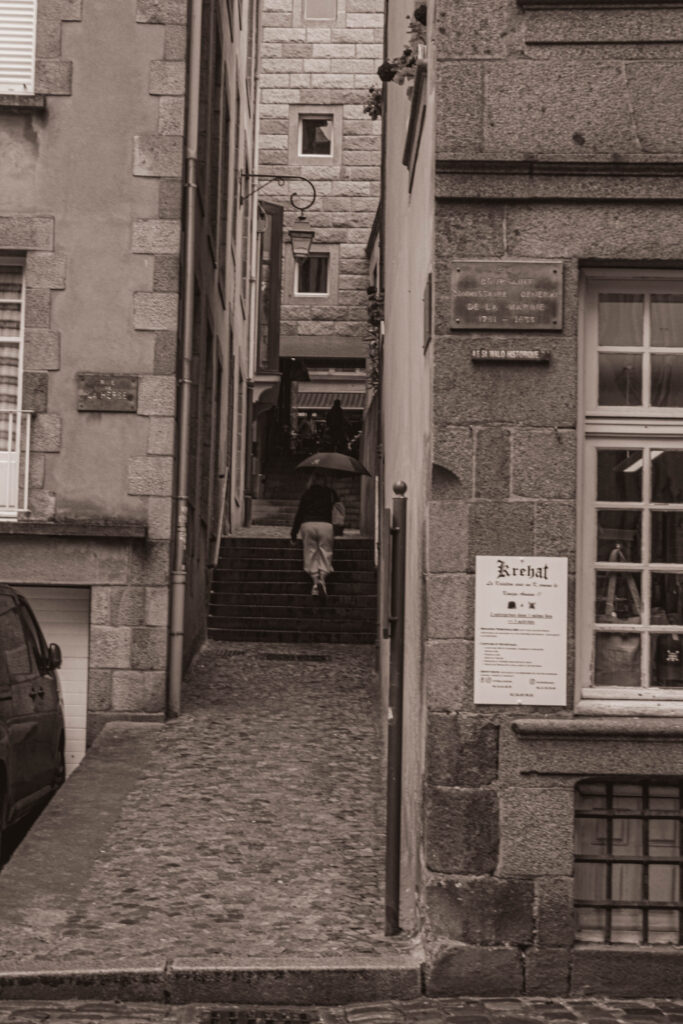
Summary


Overall I am happy with how the photoshoot had turned out, I managed to take a variety of candate and rustic architecture photos with different angles up close and far away.
Similarly to Henri Cartier-Bresson, I used my camera as an “extension to my eye” to try and capture the everyday view of a tourist or local in St Malo, I wanted to capture decisive moments in time that represented people’s memories. Unlike Cartier-Bresson I didn’t have a small compact camera so it was much harder to capture these moments without people becoming aware.
I’ve used a black and white filter with a yellowish tone and experimented with blurred images to add to the aged feel and look to the town. However, I intended to photograph cars in some of my images because I like the contrast of the town against something very modern, It shows the shift from the old days into the new.
“A good photograph is made when the inner vision behind the closed eye corresponds with the vision of the open one behind the viewfinder in the moment of pressing the button.”
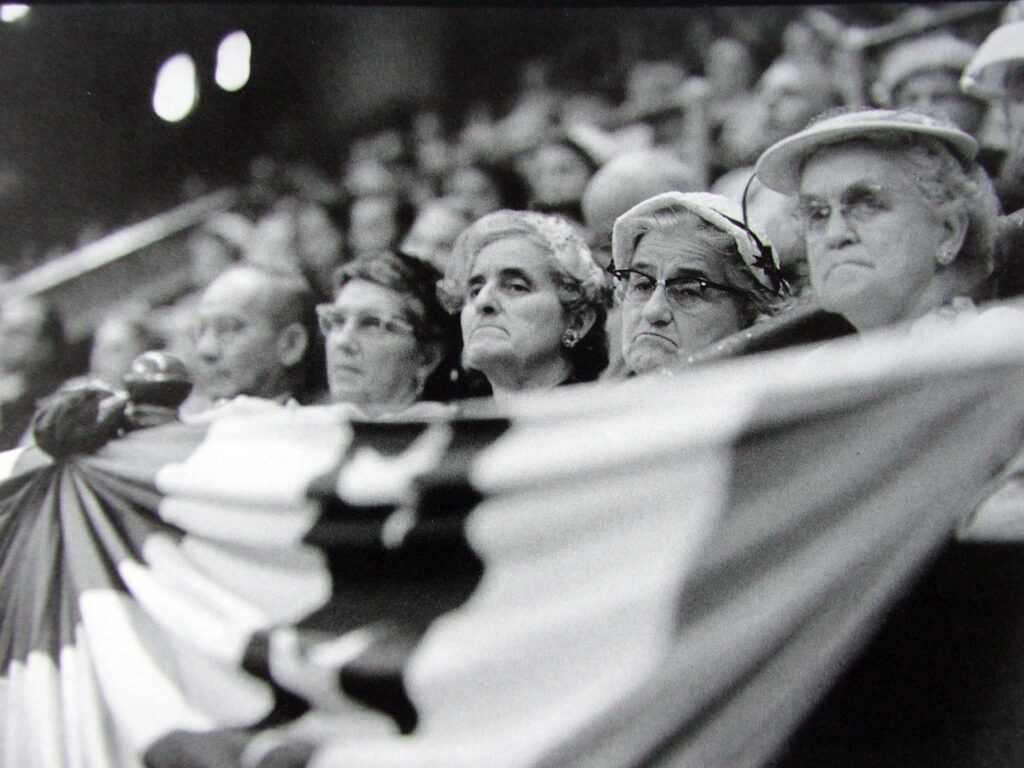



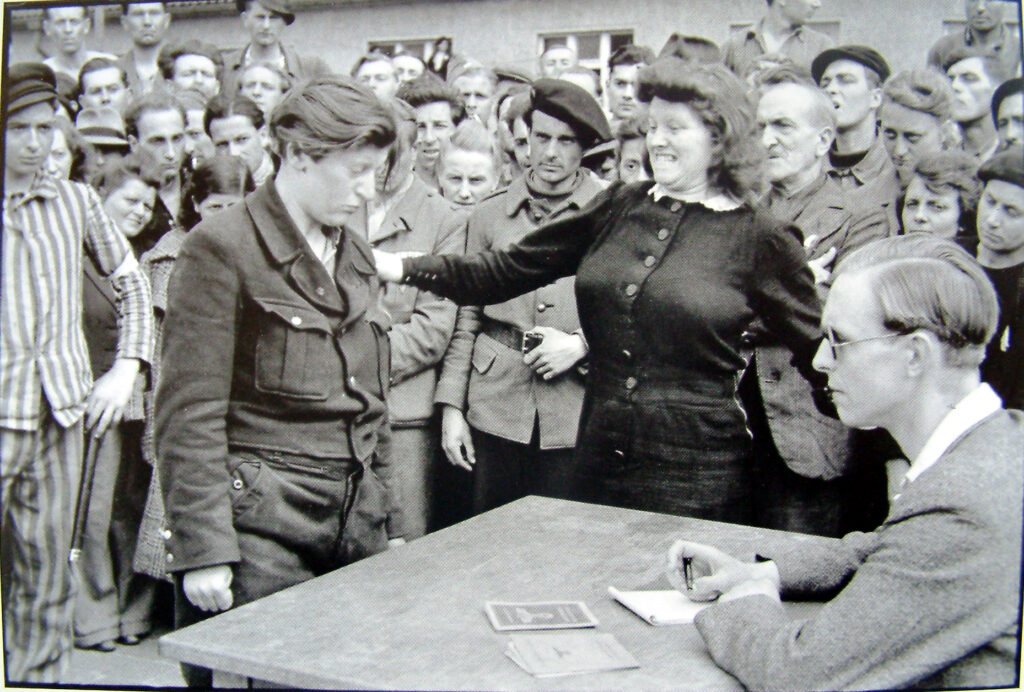
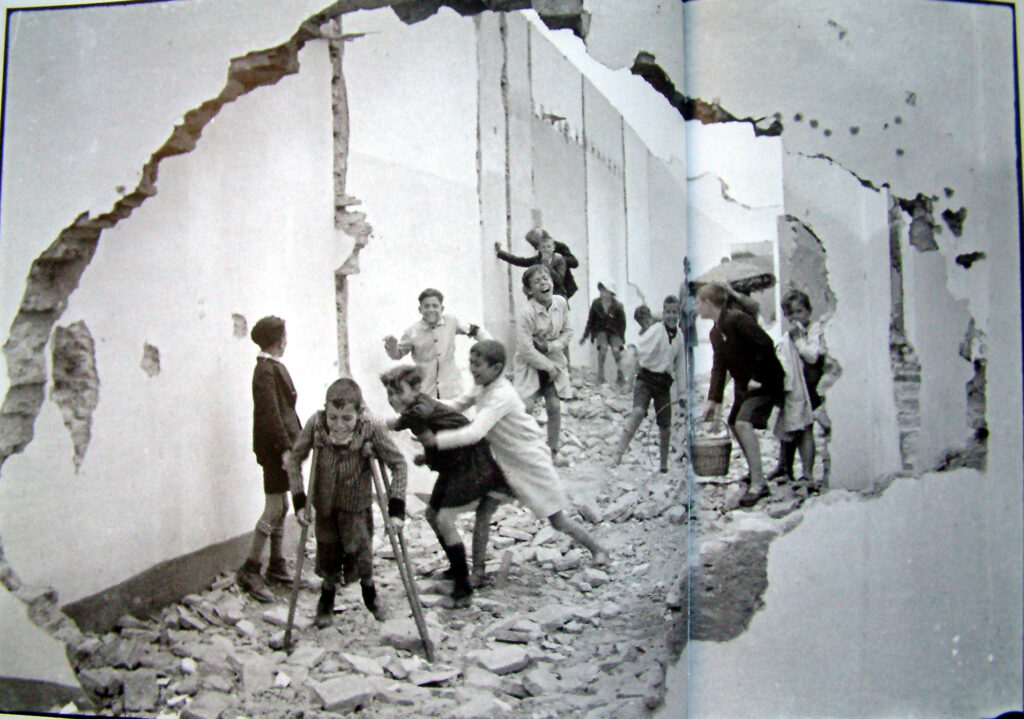
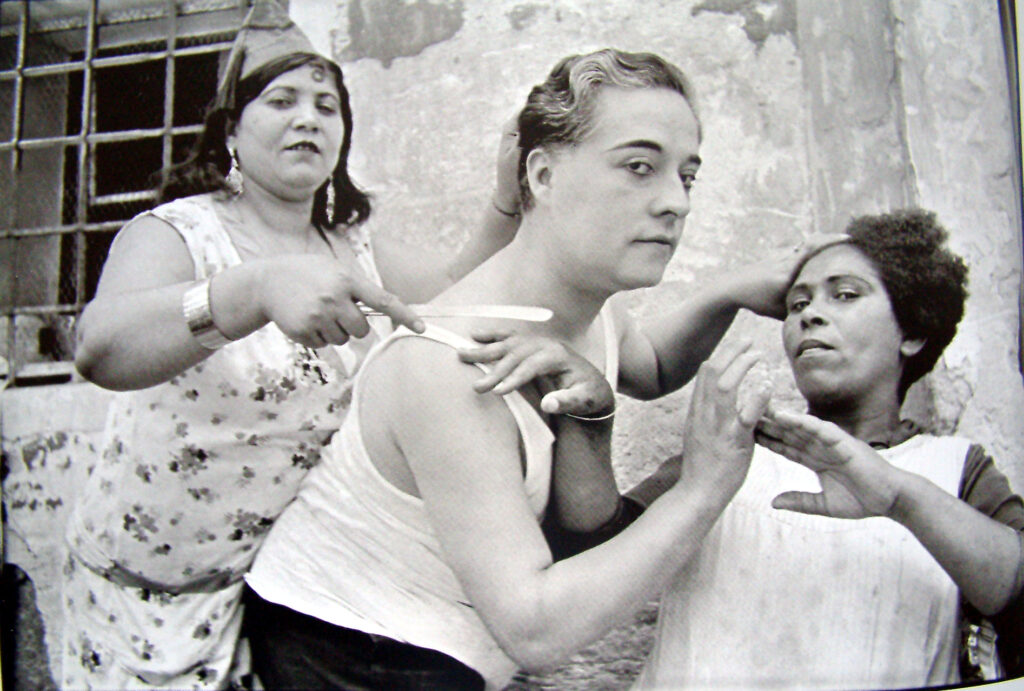

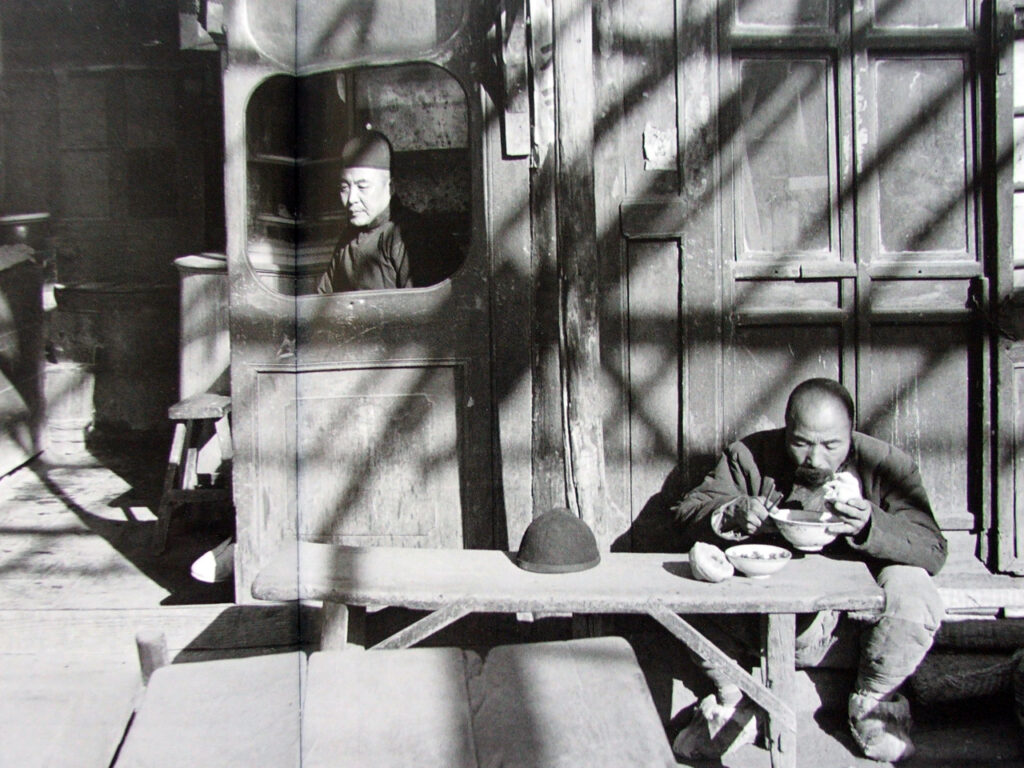
How does Henri Cartier-Bresson view the activity of photography?
‘Your eye must see a composition or an expression that life itself offers you, and you must know with intuition when to click the camera.’
“To me, photography is the simultaneous recognition, in a fraction of a second, of the significance of an event as well as of a precise organization of forms which gave that event its proper expression.”
‘For me the camera is a sketch book, an instrument of intuition and spontaneity, the master of the instant which, in visual terms, questions and decides simultaneously. In order to ‘give a meaning’ to the world, one has to feel involved in what one frames through the viewfinder…”
Introduction
Henri Cartier-Bresson was a humanist photographer, considered a master of candid photography, that captured the movements of people through the world.
He looked through his heart at things that connected with humanity with an extension of his eye, camera, similarly to hunting.
He described what he was aiming to capture as the “decisive moment”, he waited for something interesting to happen, e.g. someone walking past him holding an umbrella, and then took a photo.
Background
Henri was brought up in a wealthy family in France, he was introduced to the arts at an early age. He was initially drawn to painting but soon discovered photography which turned into his passion.
With a camera, Henri was able to interact with the world. He travelled to various places extensively, from Europe to Africa, and absorbed various cultures doing his early years.
These experiences helped to shape his outlook on life and hone his philosophy: photography isn’t just about images; it’s about capturing the essences of existence. His philosophy then matured into what he termed as the decisive moment.
Camera and Lens
Leica rangefinders were a revolutionary piece of equipment in the world of photography. These cameras were compact, reliable, and their design was more discreet than the large and conspicuous cameras of this era. This allowed Henri to use a quick and unobtrusive shooting style, which is essential for street photography.
Another reason why Henri favoured this camera was because of it’s quiet shutter, this was because it allowed him to capture moments without drawing attention to himself, letting life unfold naturally before his lens. this silent operation was crucial for someone who believed in capturing authentic, upstaged moments.
Henri had also preferred the 50mm lens because it offers a field of view close to the human eye, ensuring that he captured images that felt natural and immersive to the viewer.
Notes
Research + Info
Photoshoot + Editing Ideas


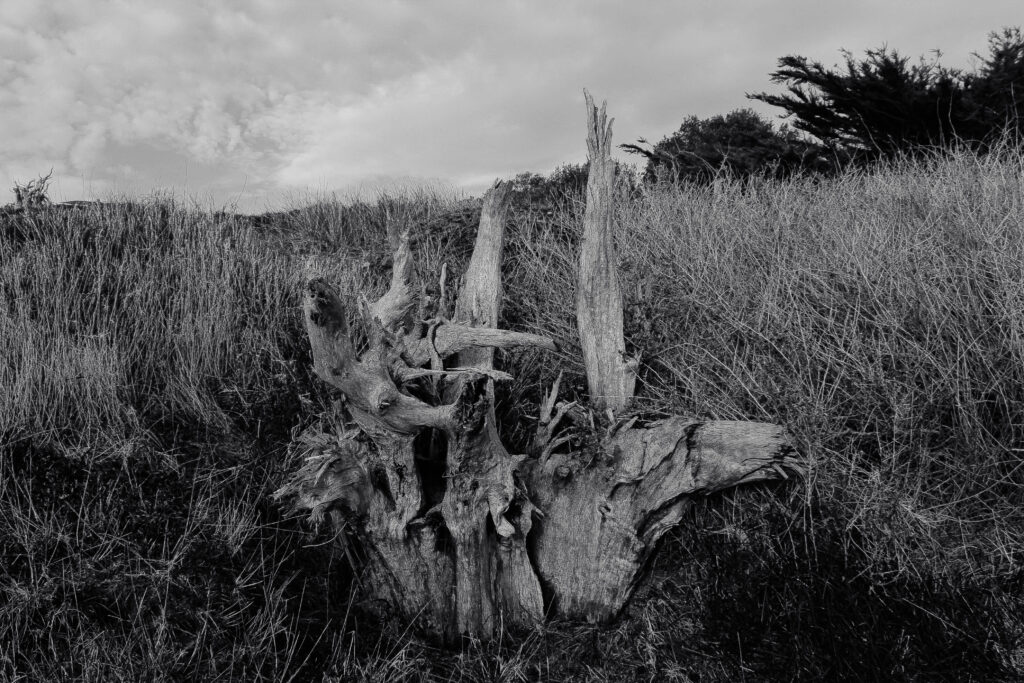
Throughout my projects I was inspired by various photographers such as Robert Adams, Bernd and Hilla Becher, as well as my own original ideas. Their styles of work and ideas contributed to the final outcomes of my images such as the way I have presented them.
Just like Adams, I wanted to capture immense detail and tonal ranges through the use of monochrome photography in order to emphasise interesting forms and evoke a sense of drama and importance. I have barely used any colour in my project because I believe that colour can be distracting and hinder the way we see photographs.
I want people to be able to see what I saw in person without being overwhelmed by the different colours that draw their attention away from the beautiful details of the landscape and forms within the images. However, I do believe colour can lift images and make them more interesting but it must be used appropriately, such as bringing out more contrast.
Throughout this project I have experimented with new techniques like AI and colour bracketing to make my work more diverse. I wanted to respond to Anthropocene in a more modern way which links back to it’s meaning.
I had chosen to focus on Cloud Studies as my response to Anthropocene because of it’s strong link to the topic and because of my own passion and interest in clouds. I planned to capture contrails and planes because of their man-made origin and immense contribution to Global Warming. I also wanted to take photos of cloudy skies since contrails can result to this weather.
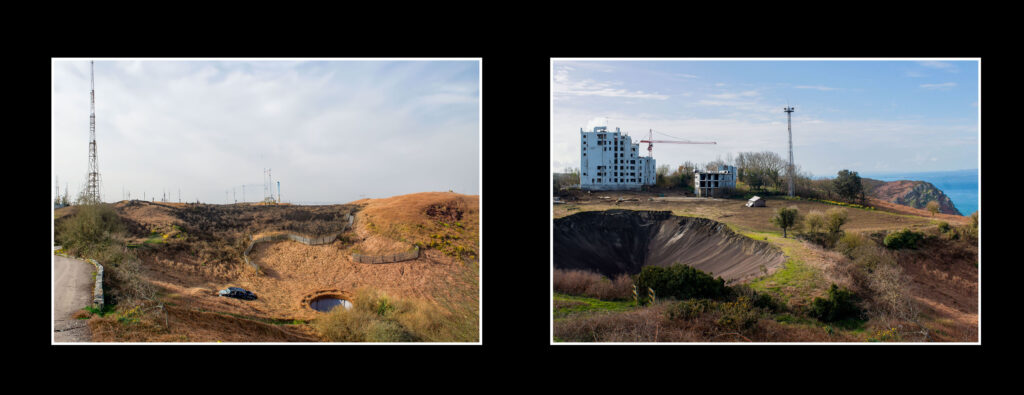
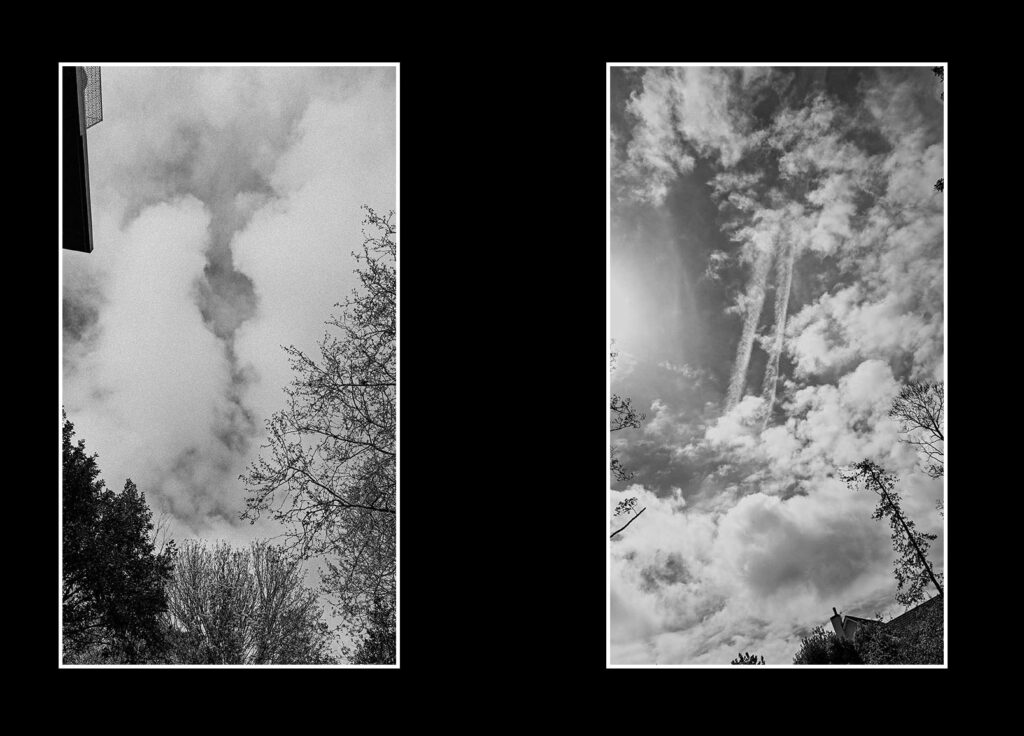
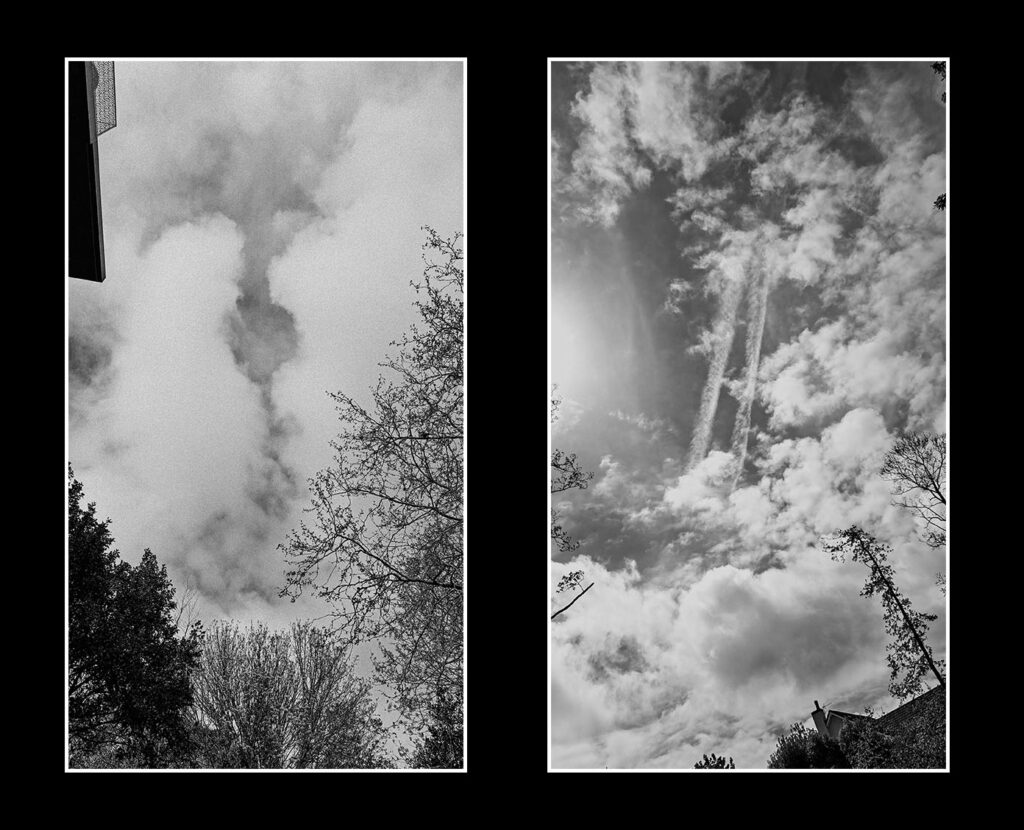
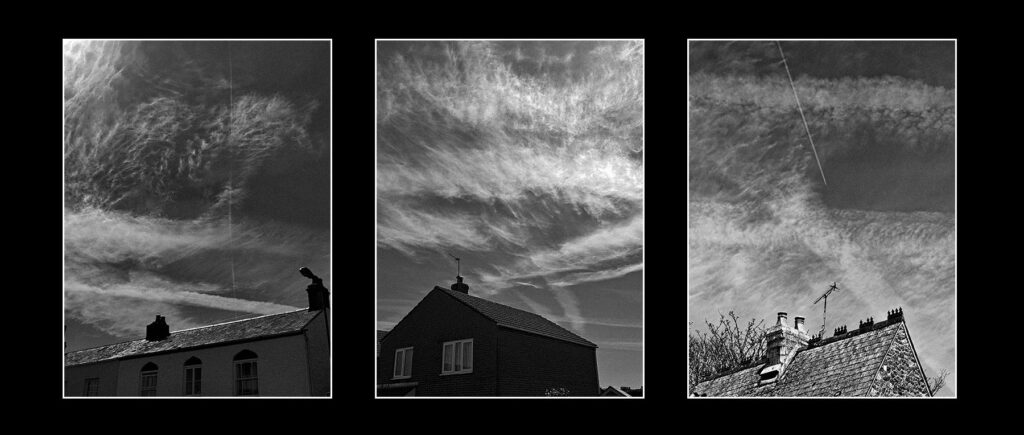
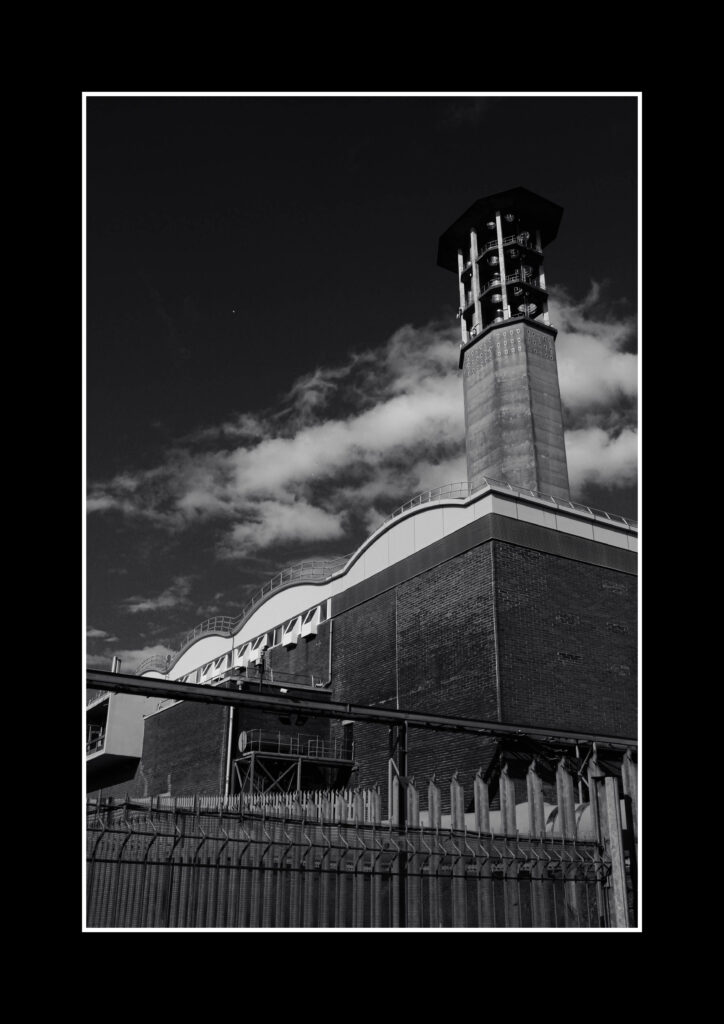
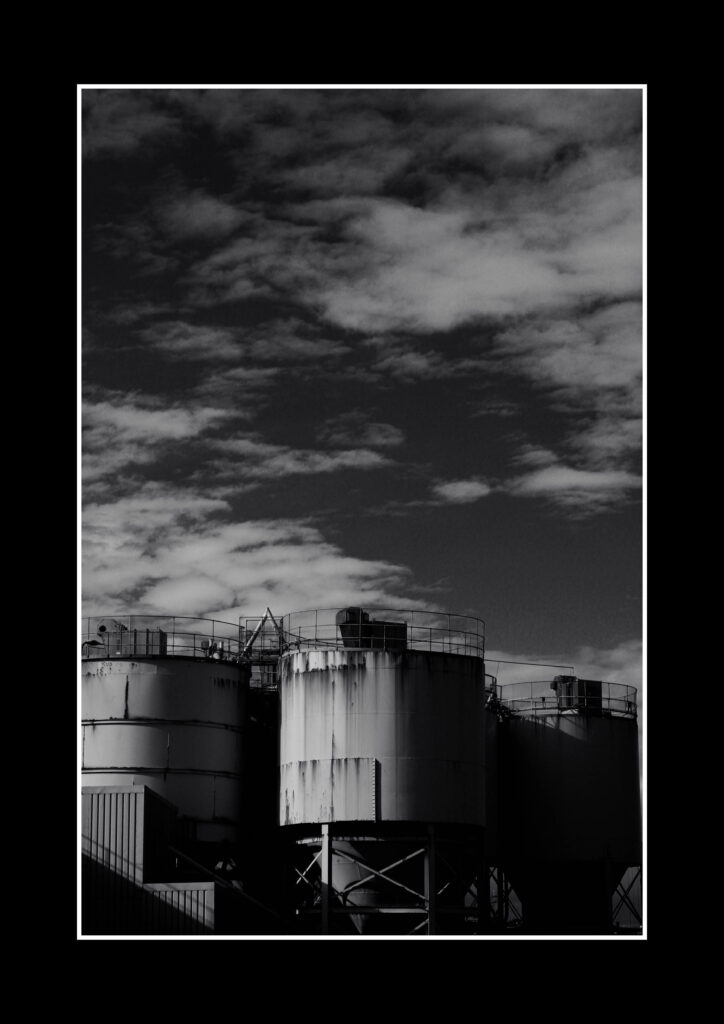
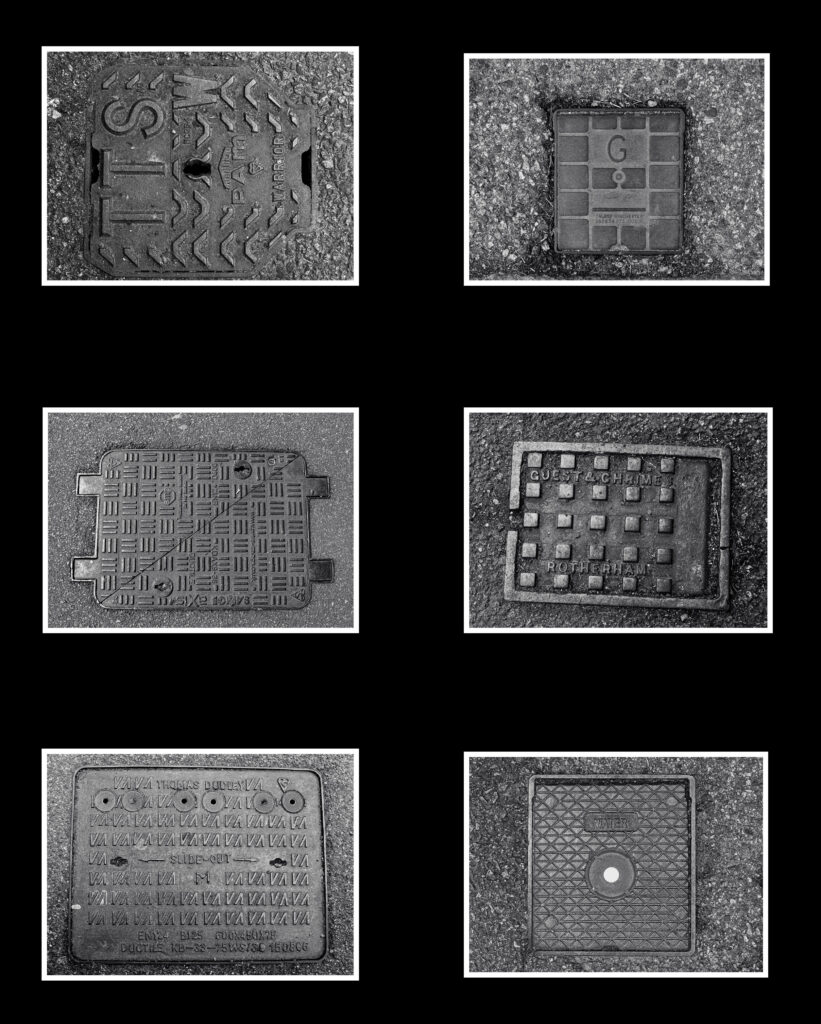
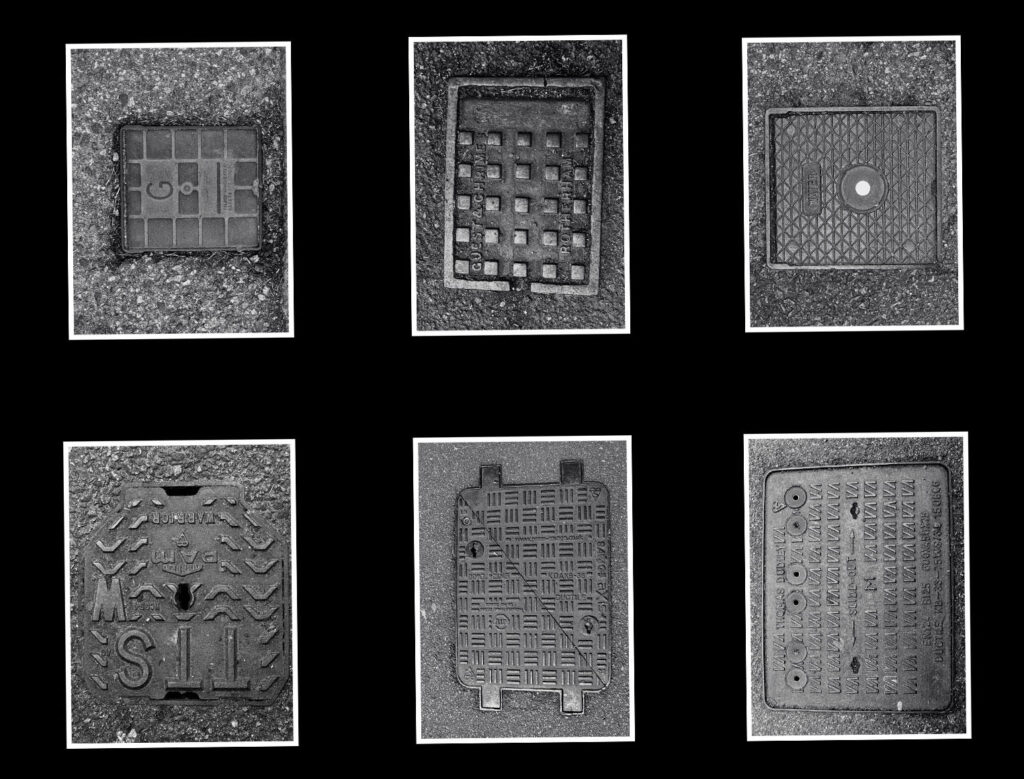
Virtual Gallery
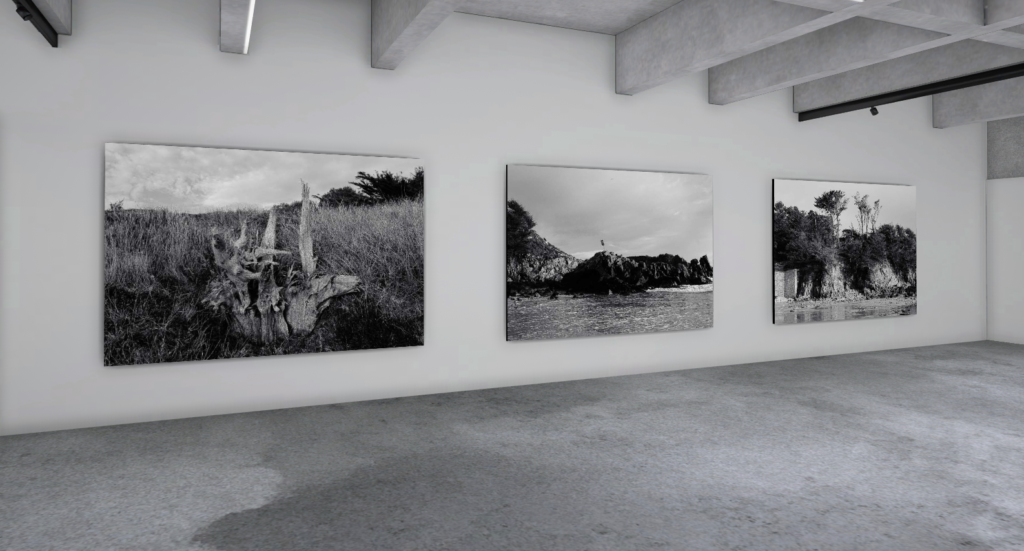



Definition of AI – Artificial intelligence is the science of making machines that can think like humans. AI uses algorithms to create images from textual descriptions or prompts. These generators analyse the input text and generate corresponding visual representations, ranging from realistic photographs to abstract artwork’s.
Mood board for inspiration of my own AI images
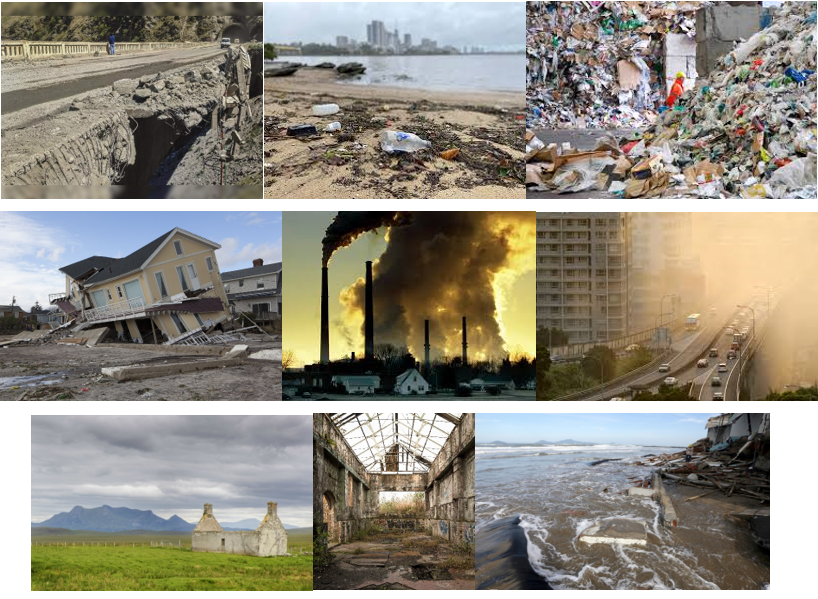
AI image Experiments






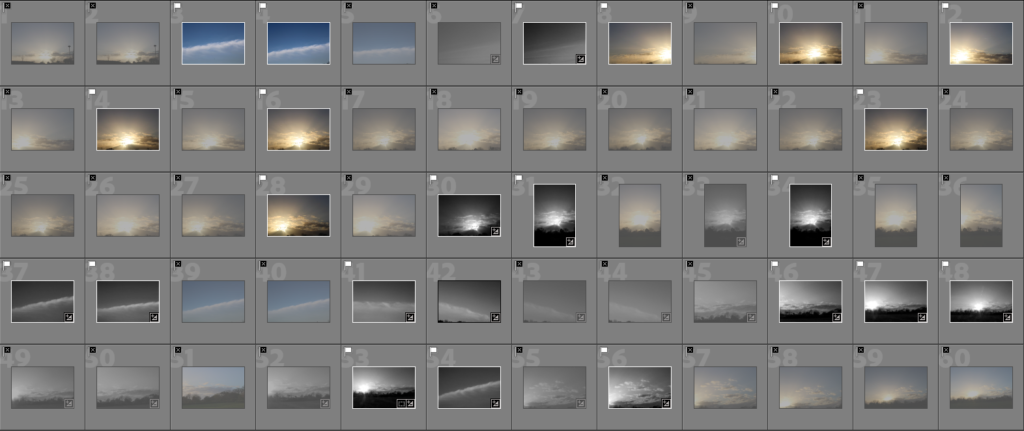

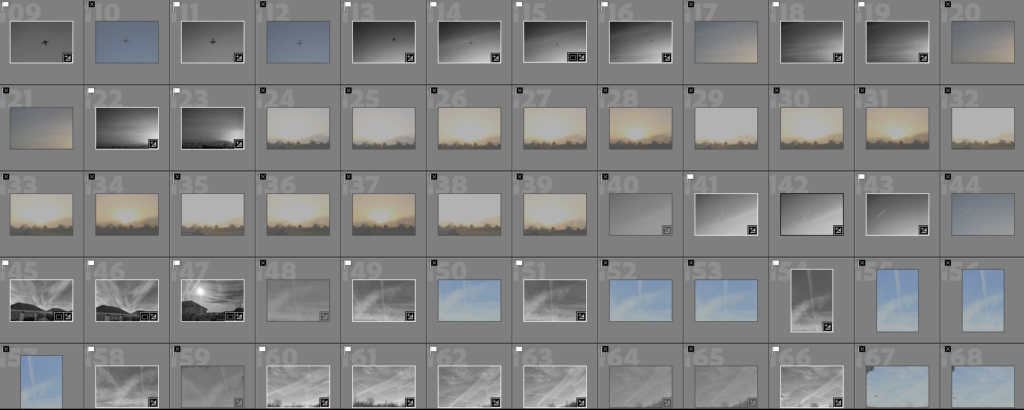
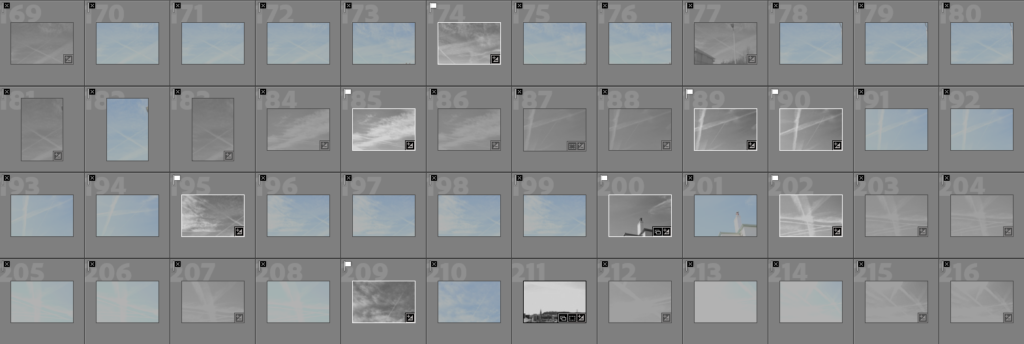
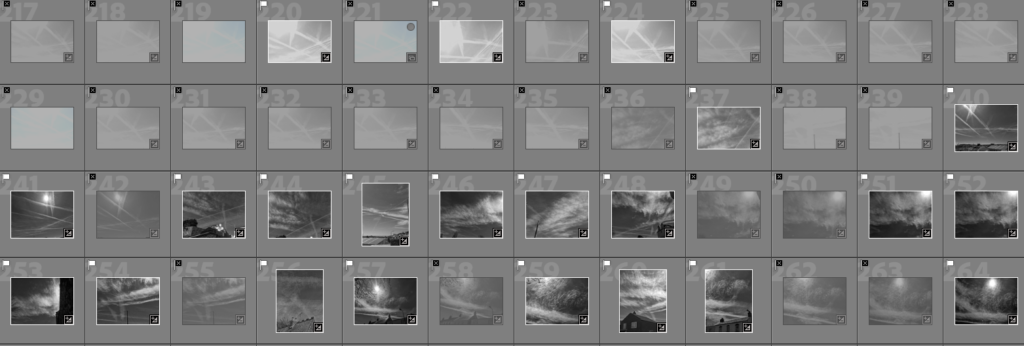

Edited Selected Images

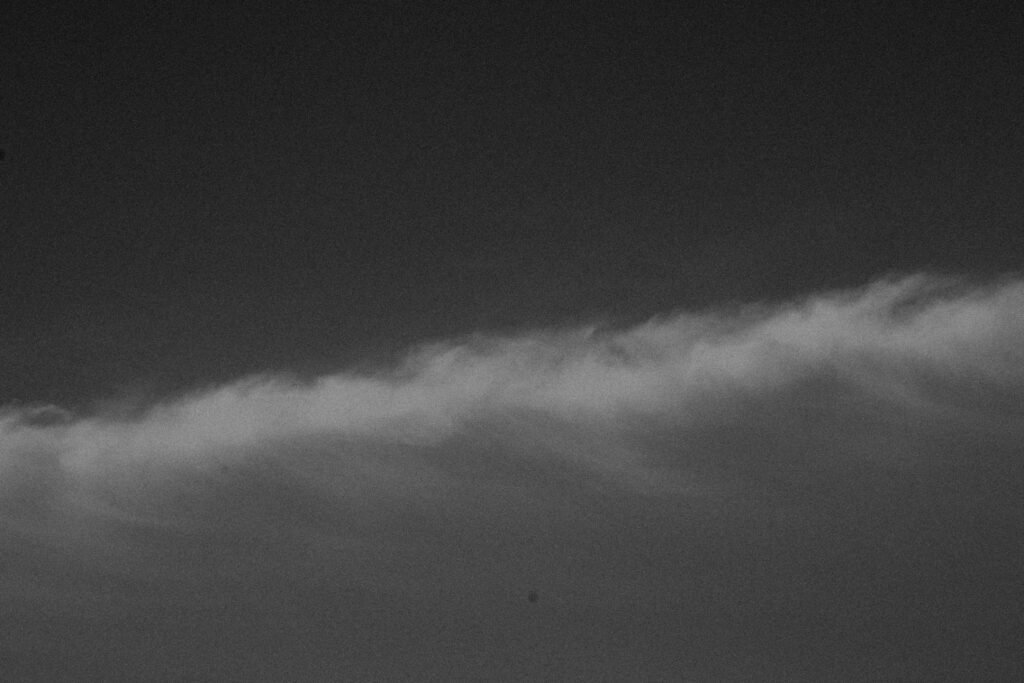
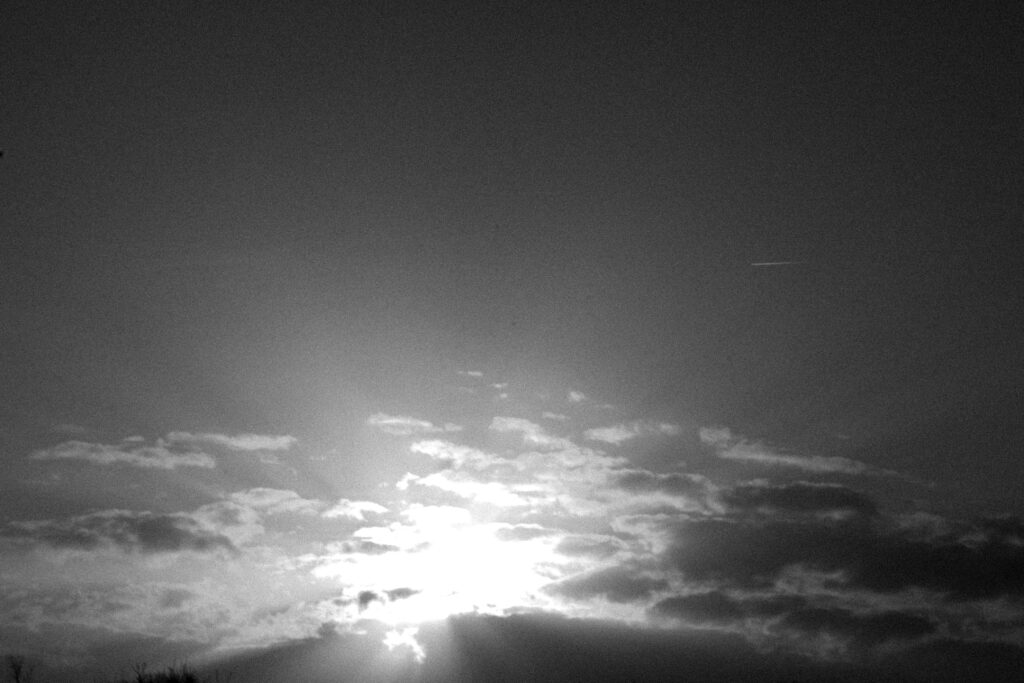


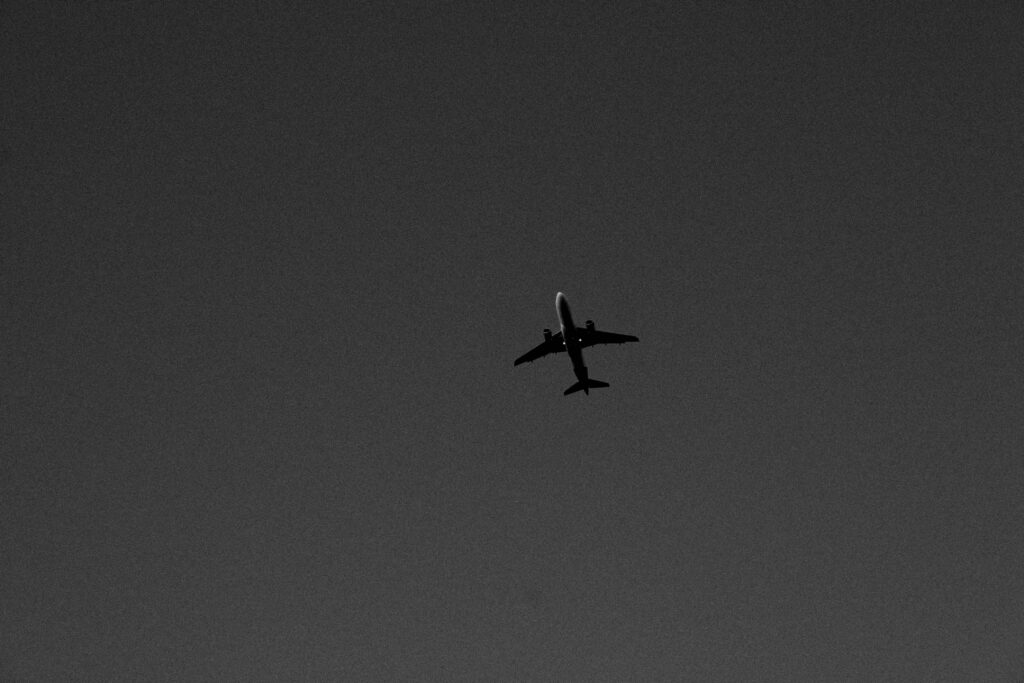
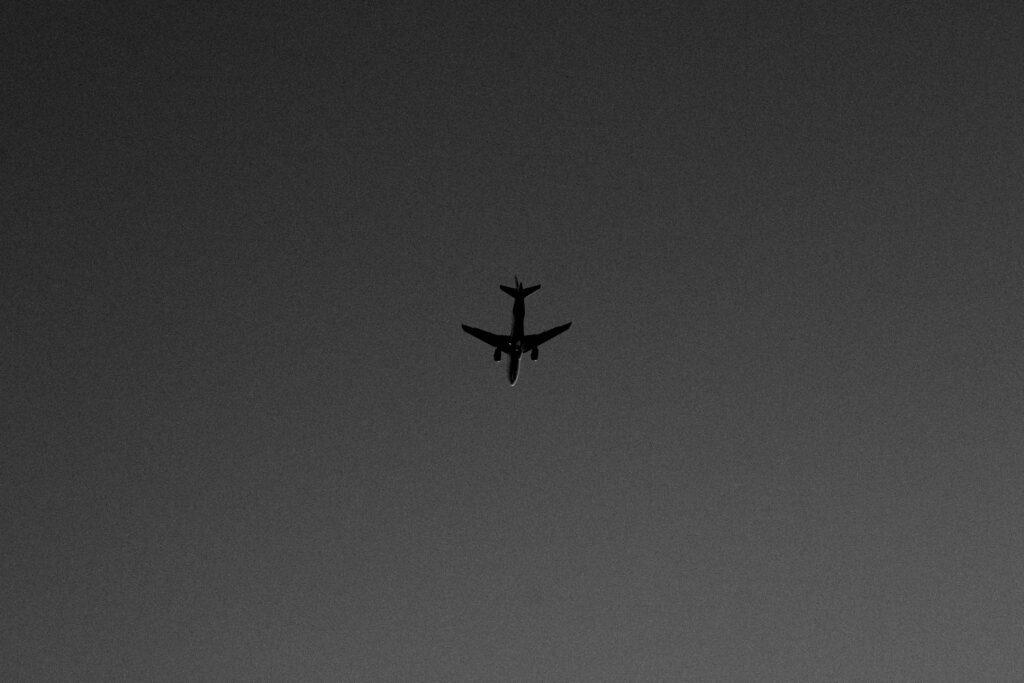
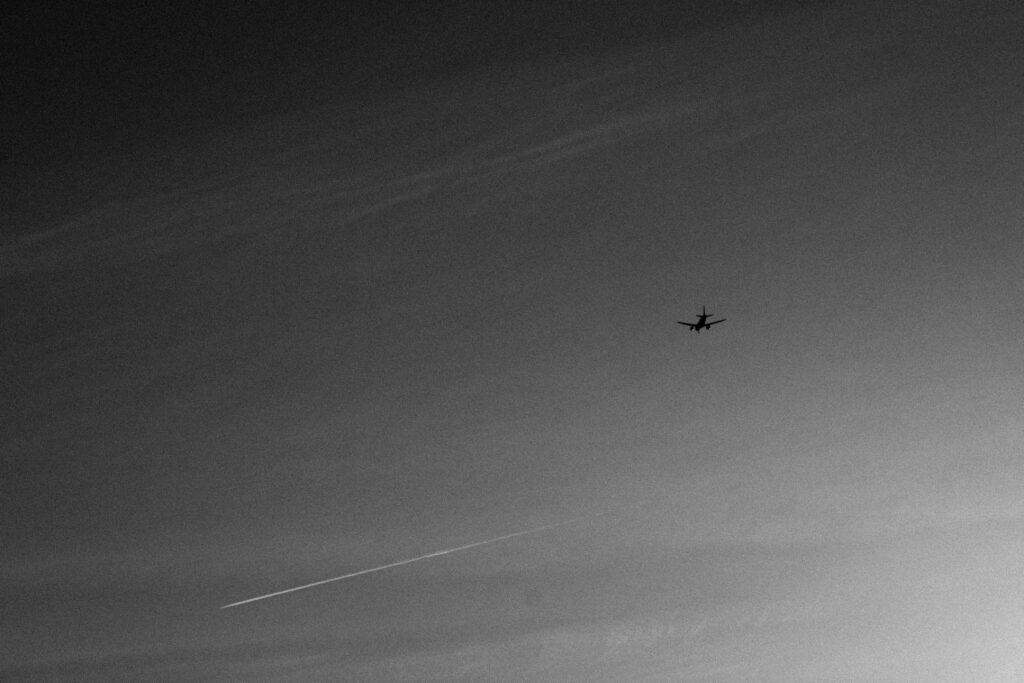
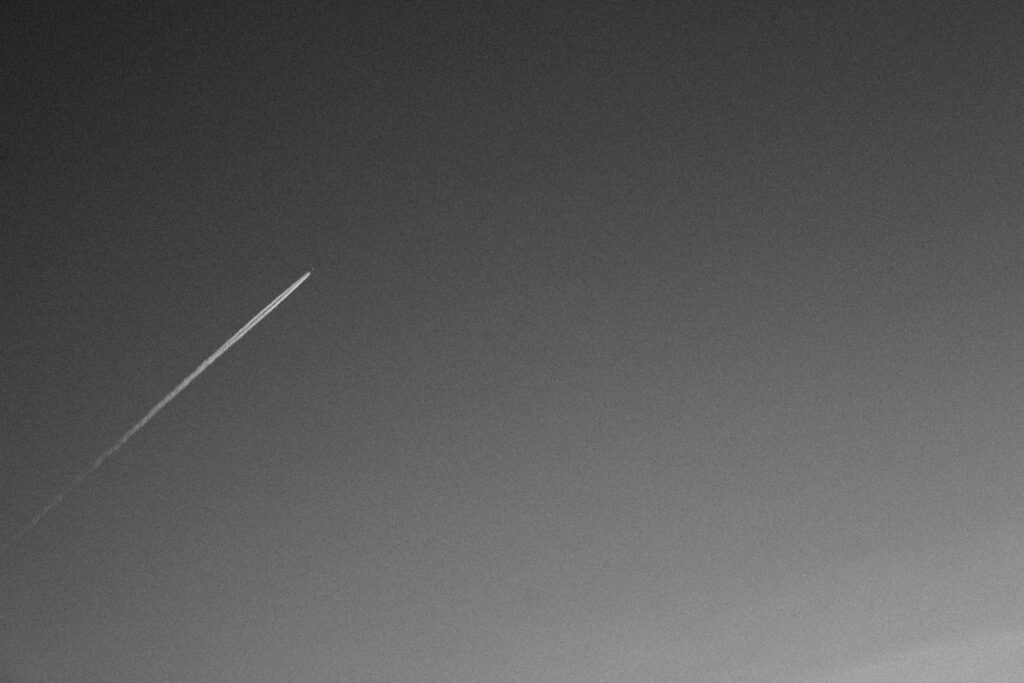
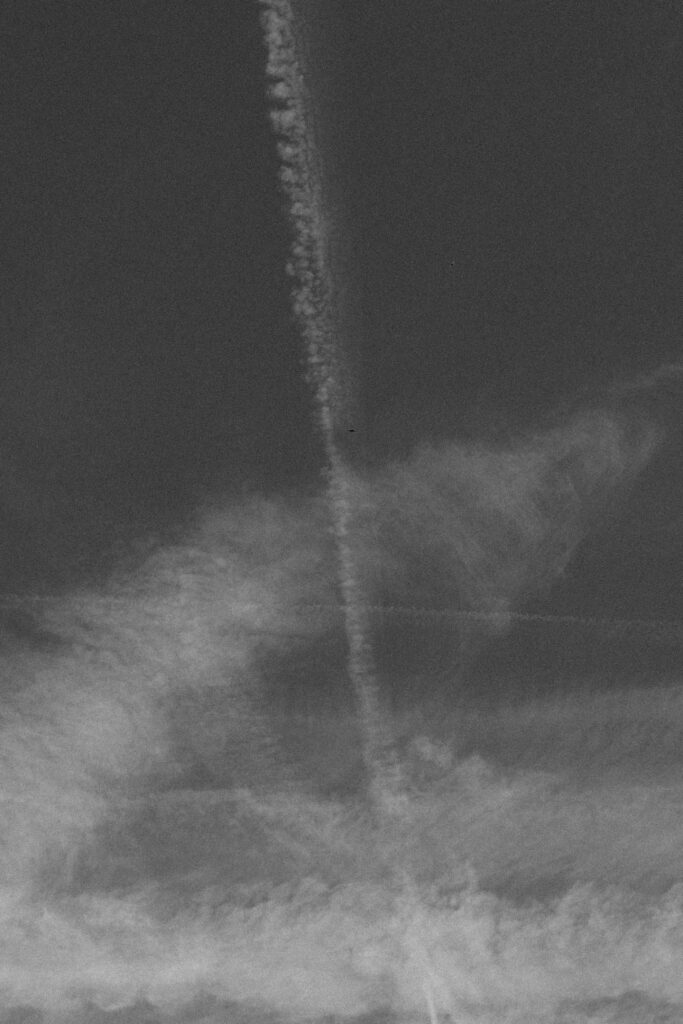





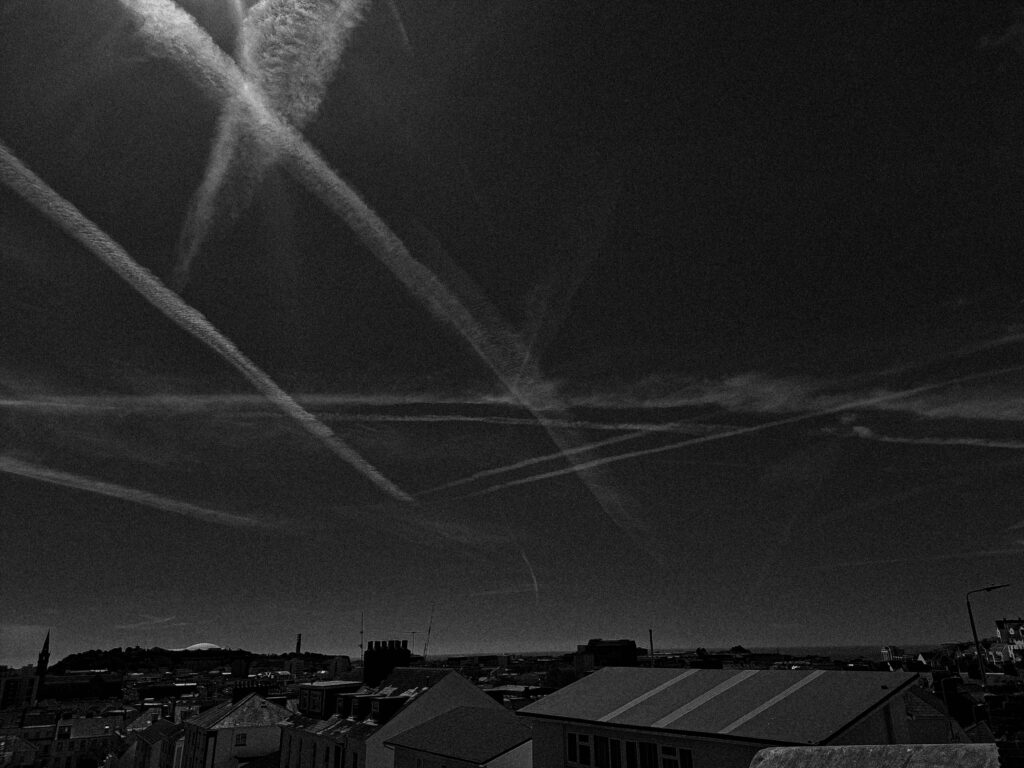

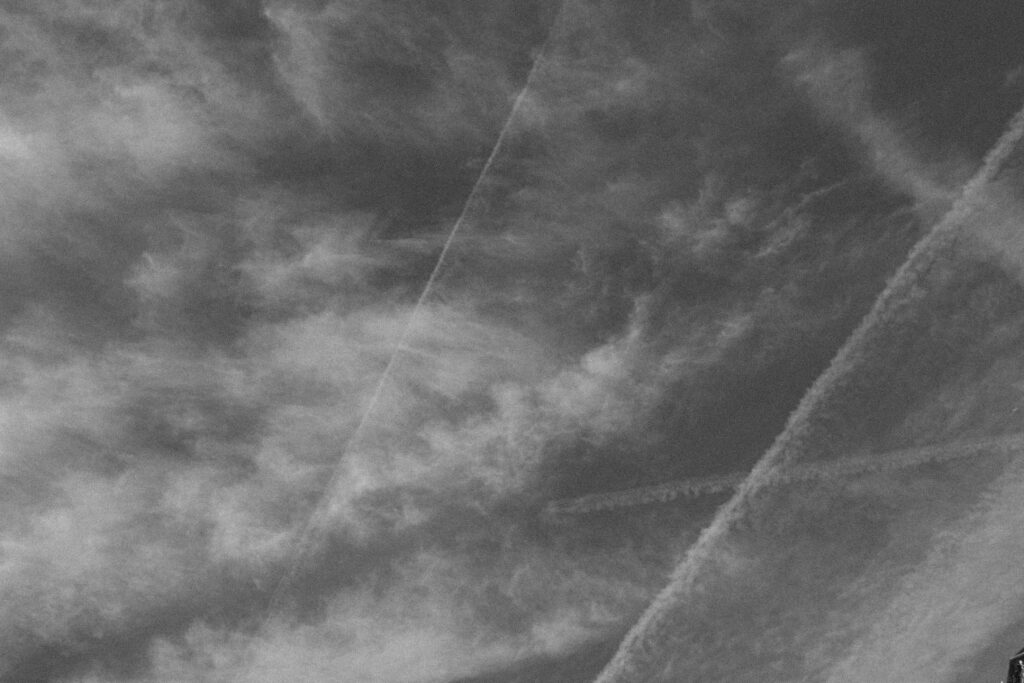

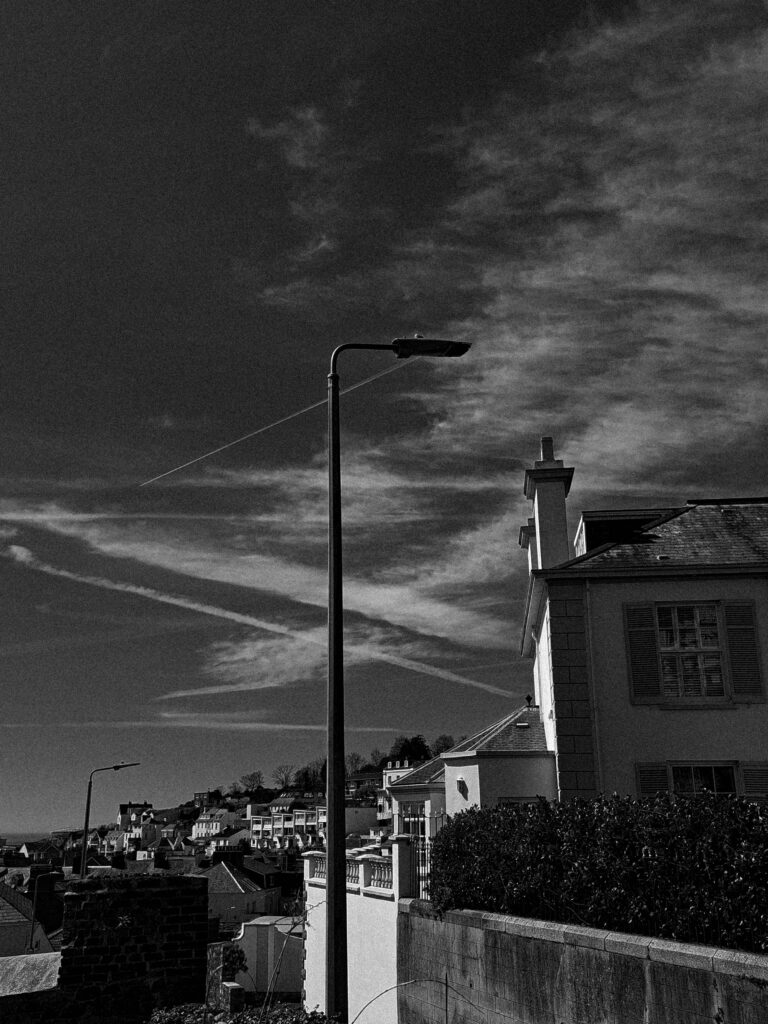
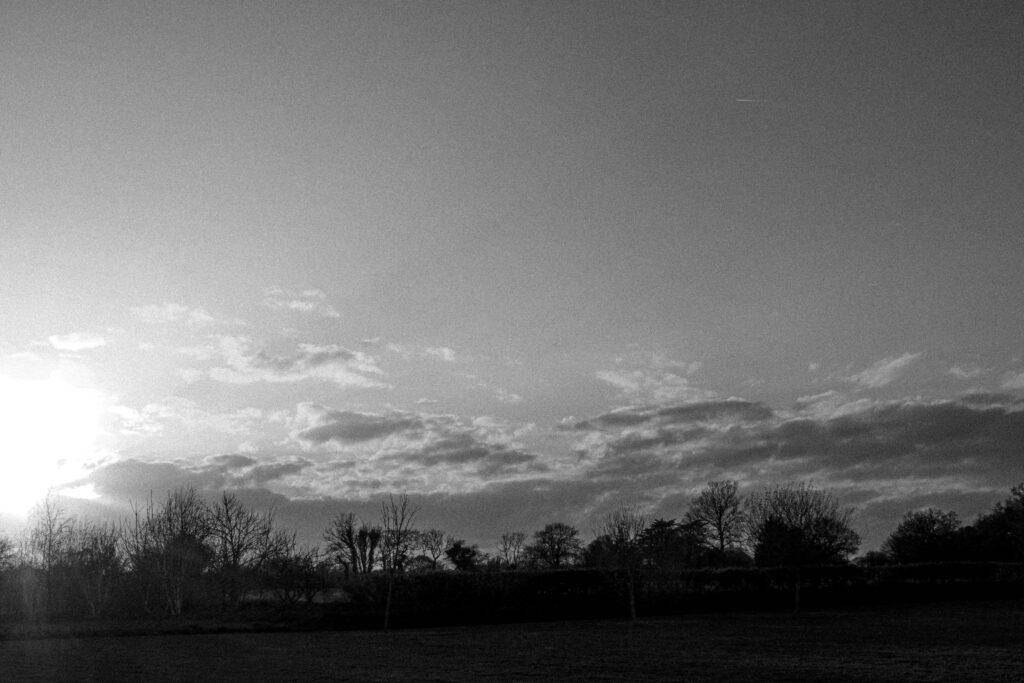
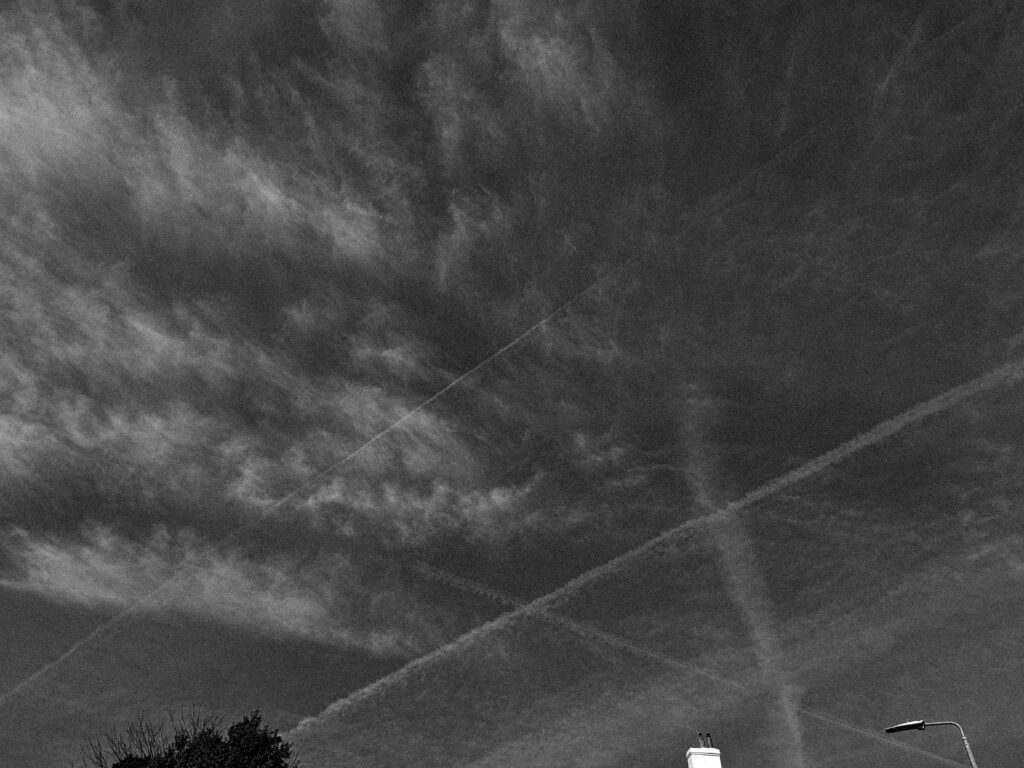
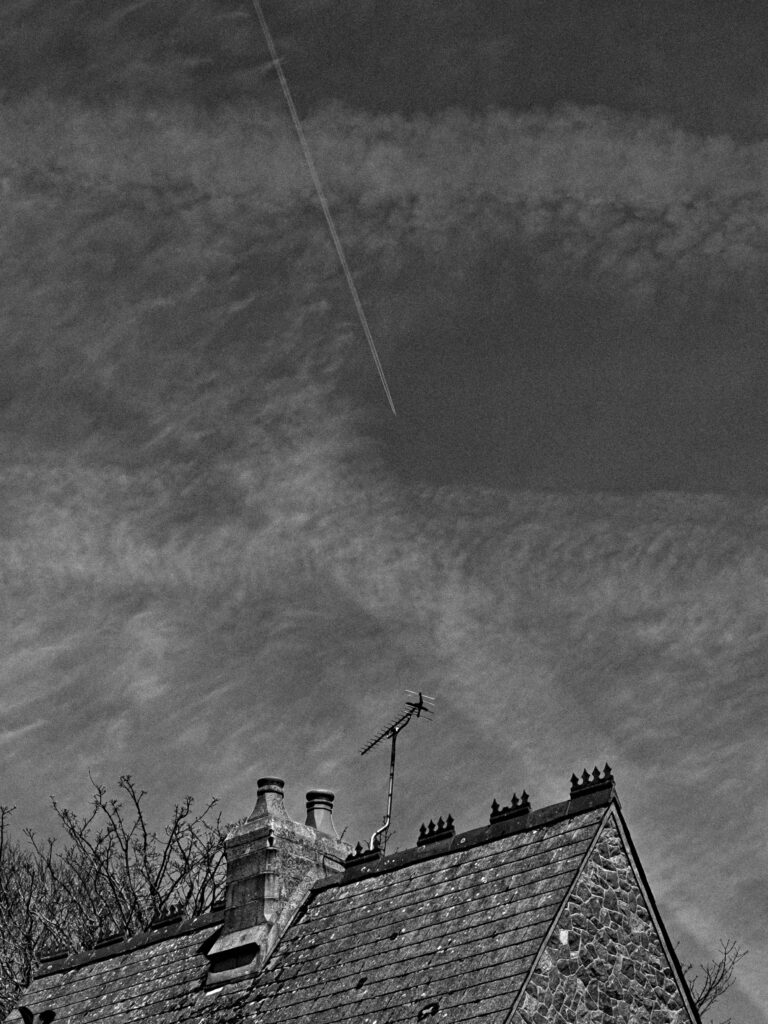
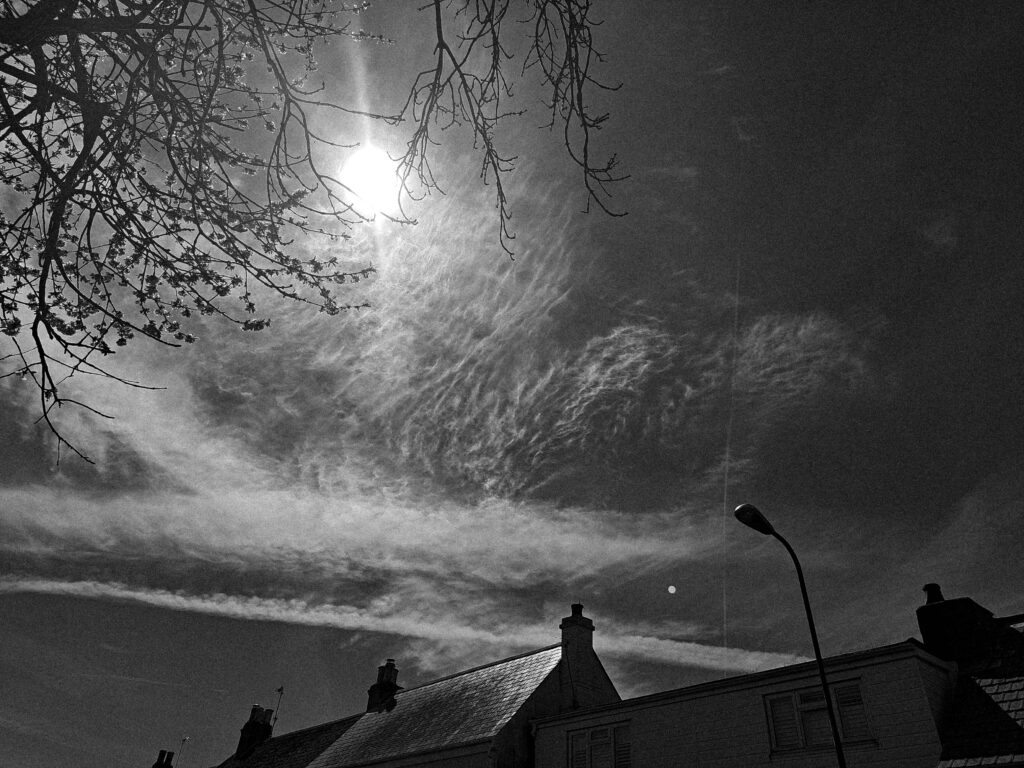
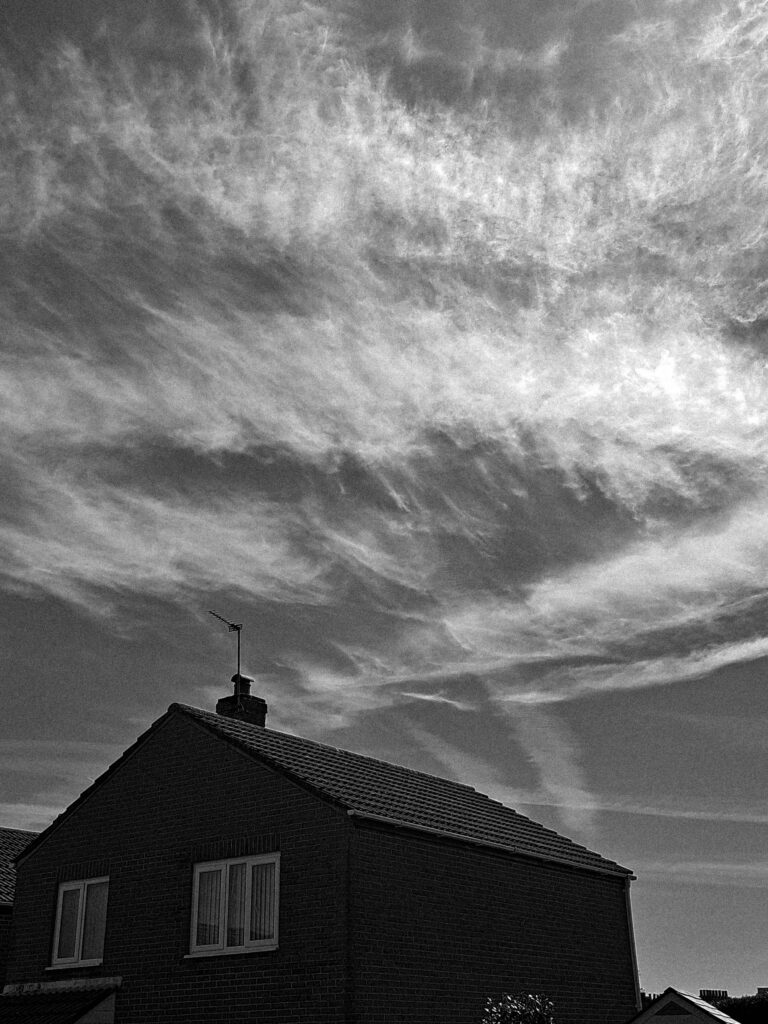
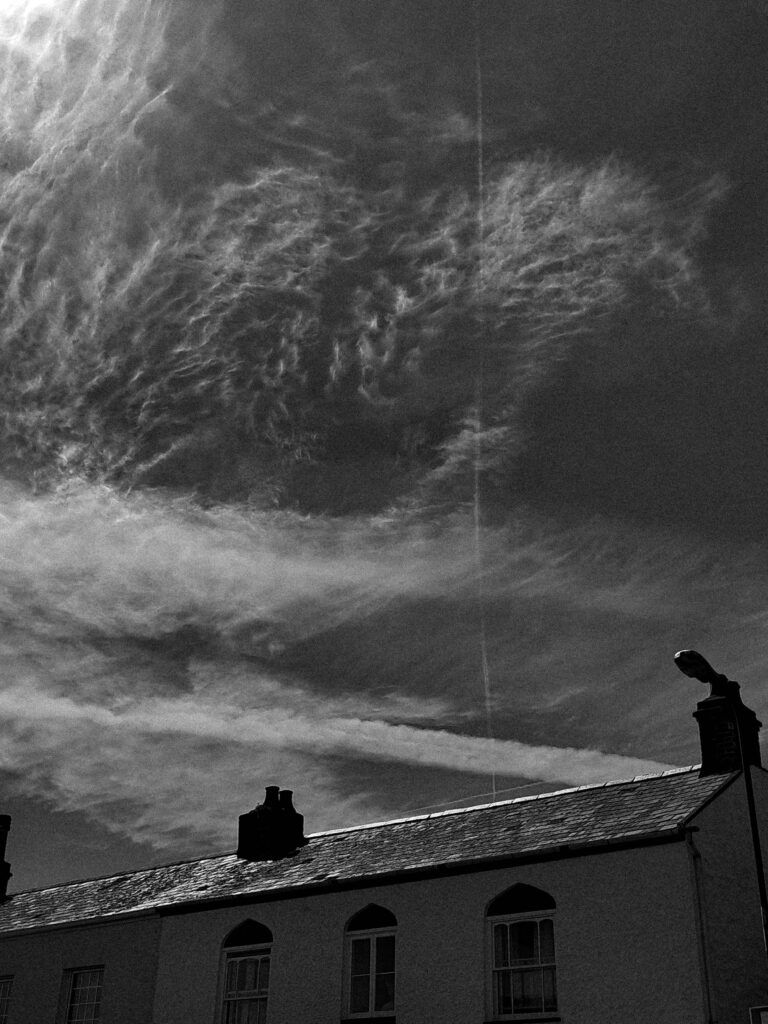
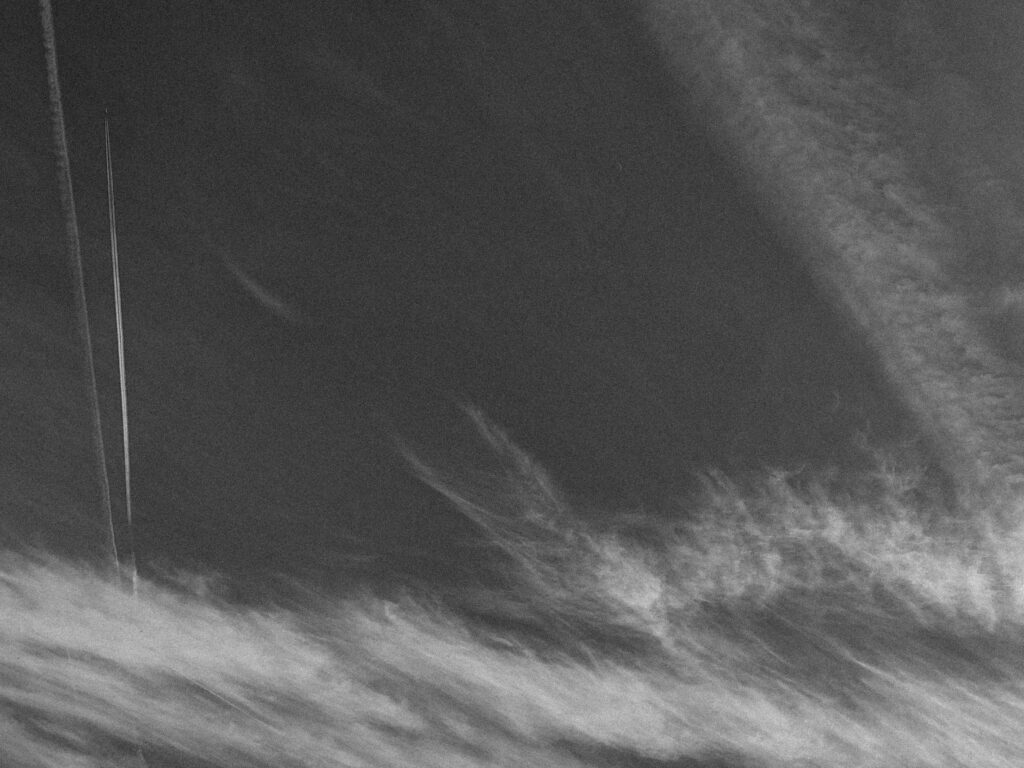
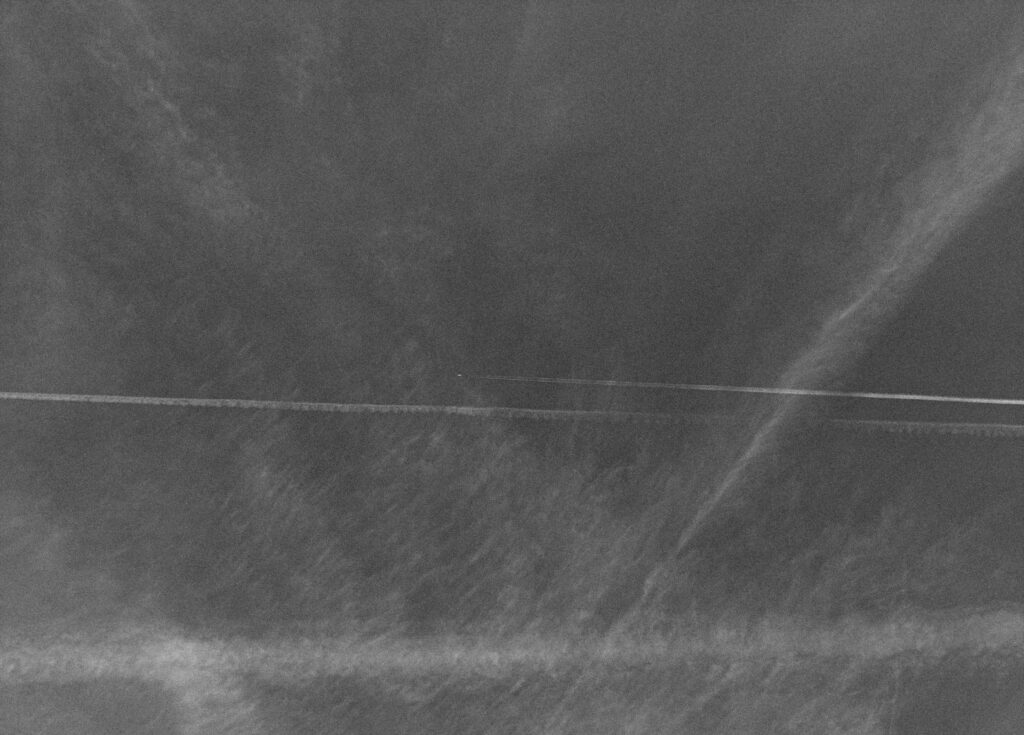

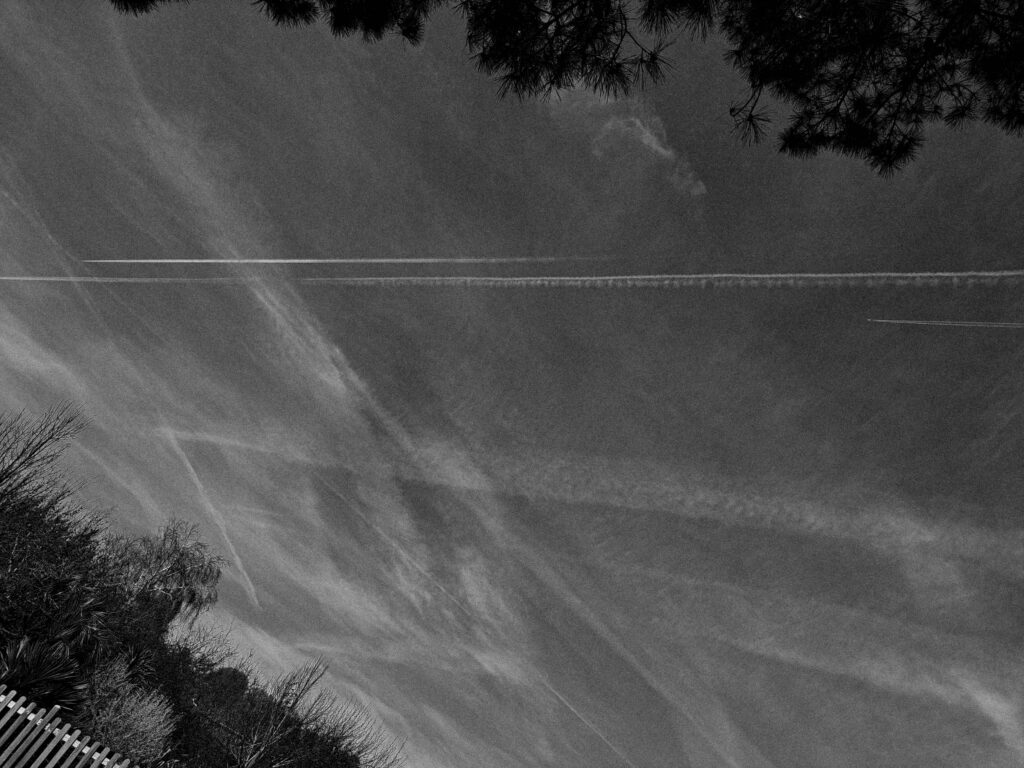
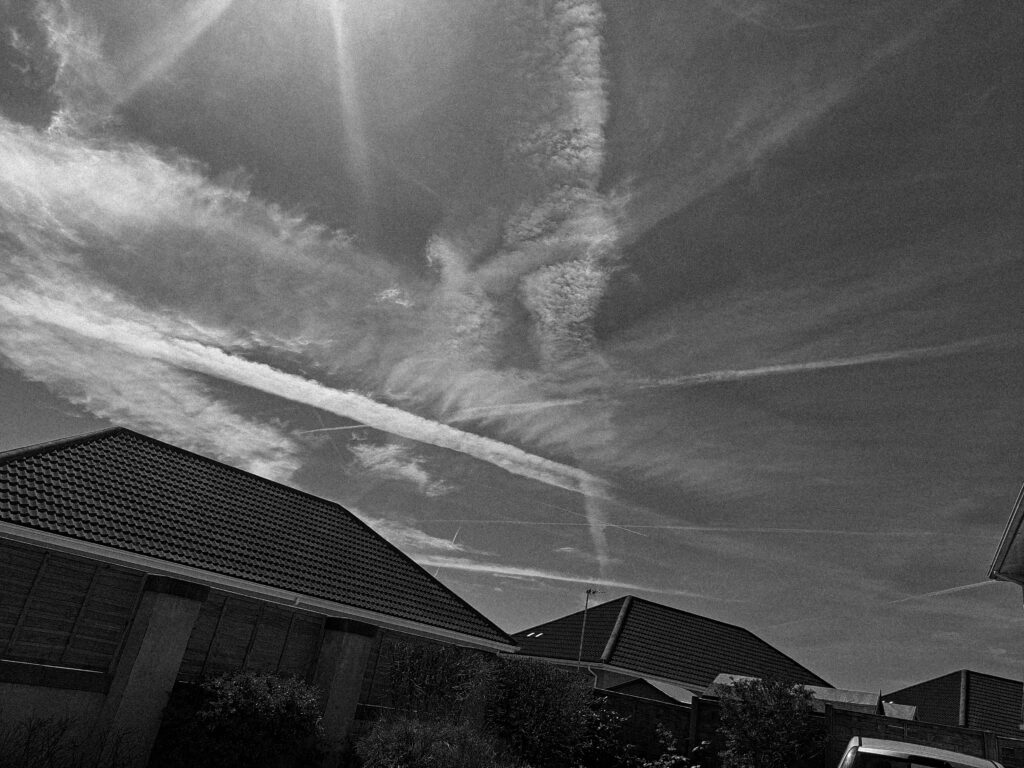
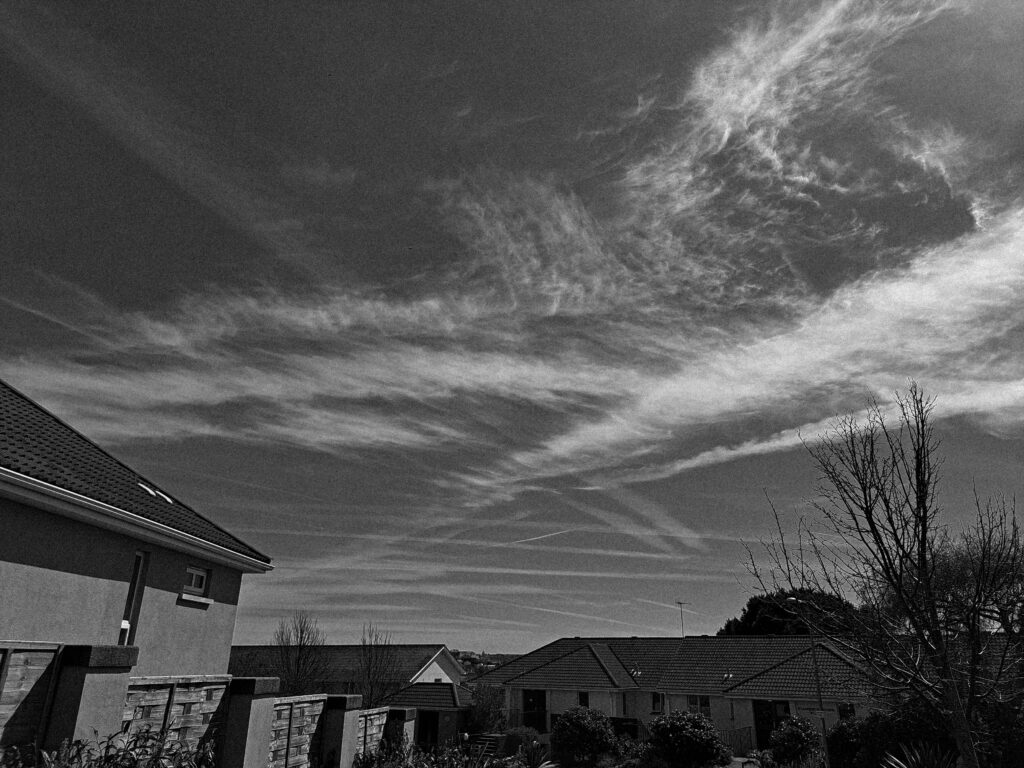

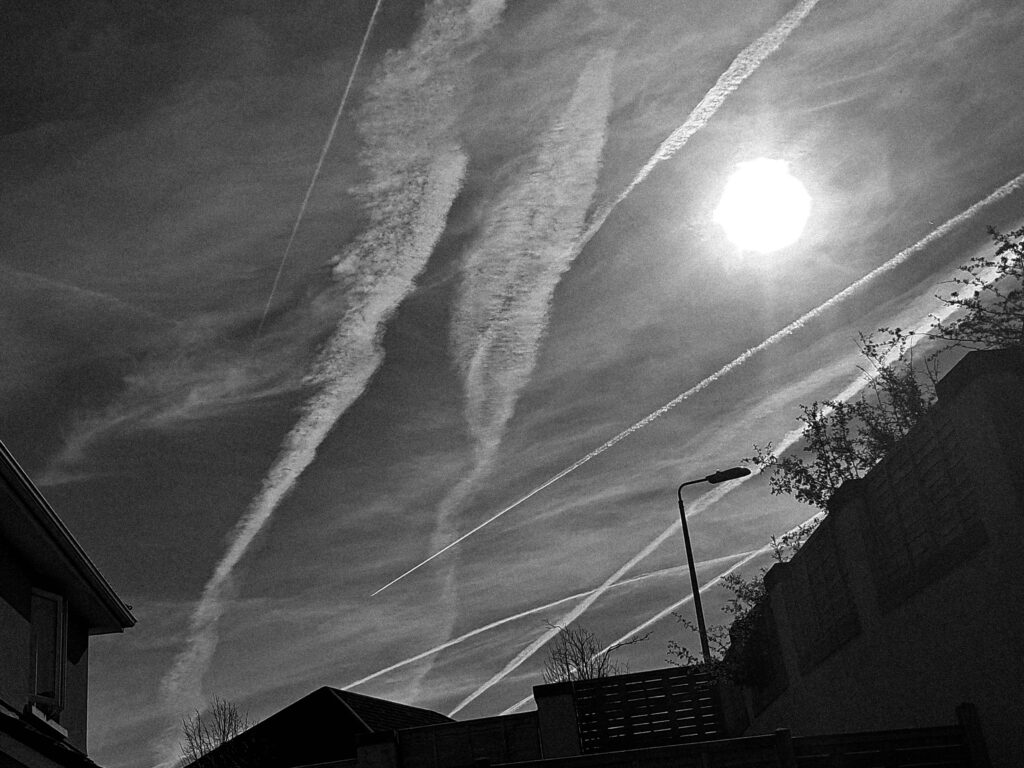




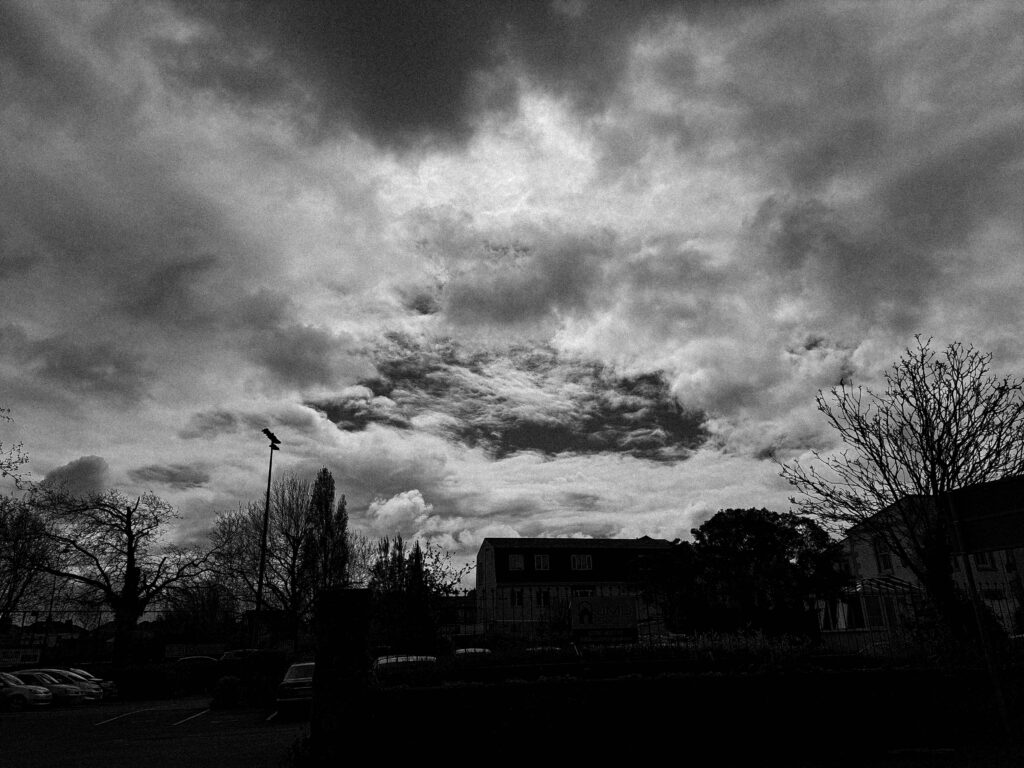
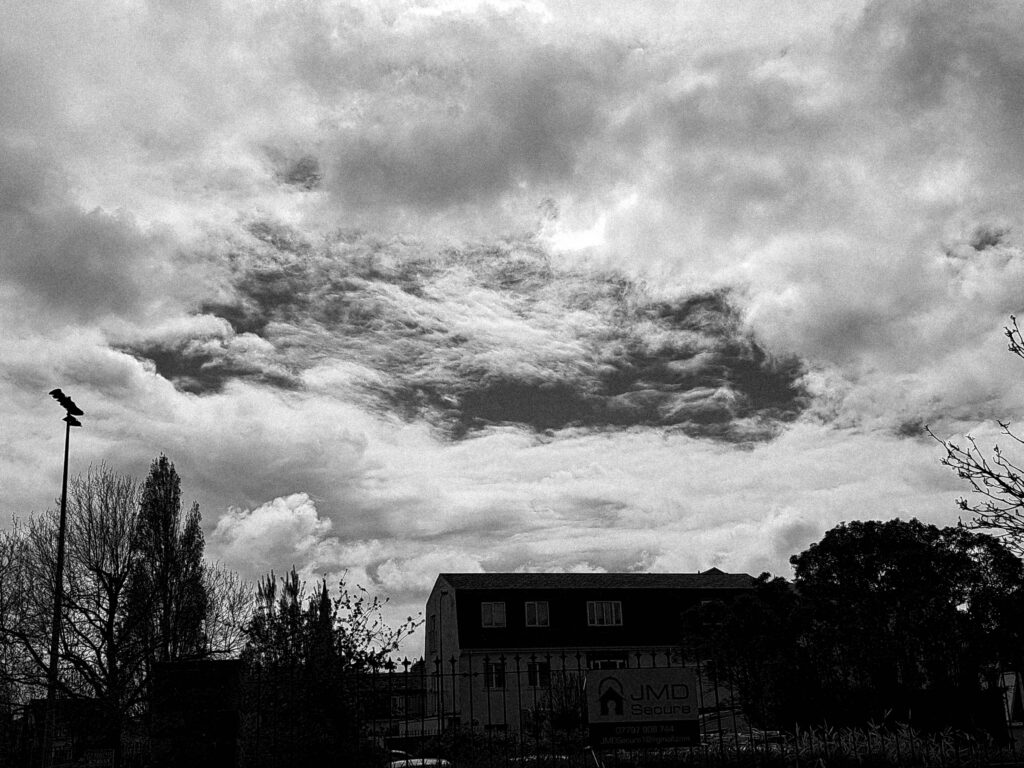
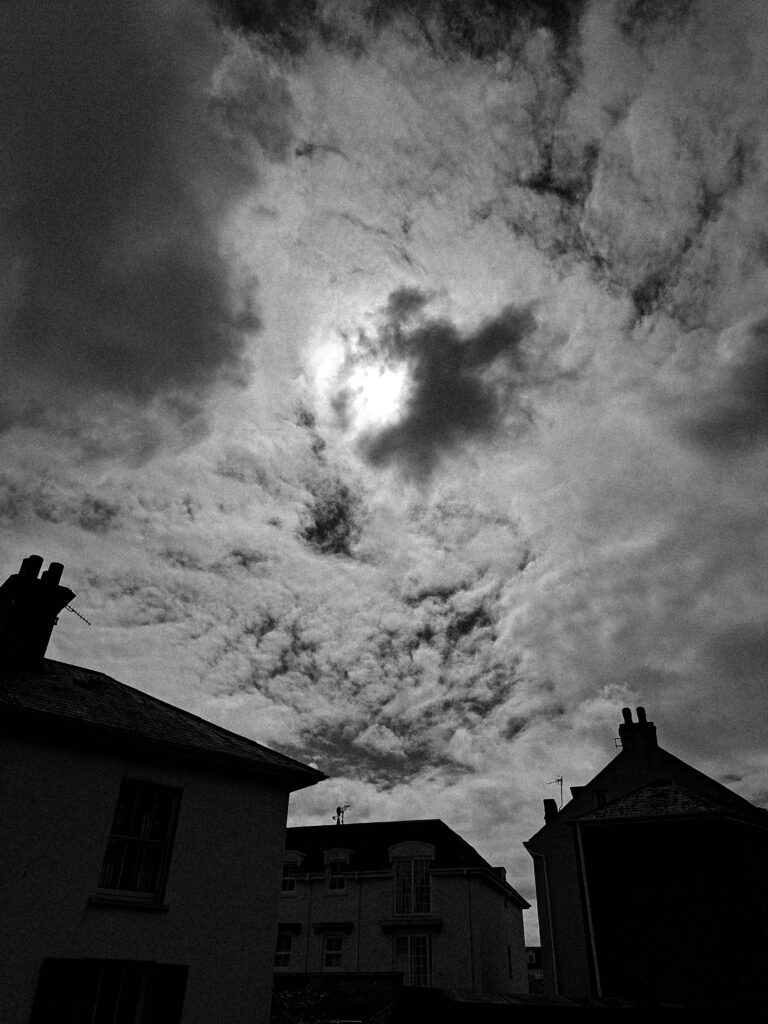

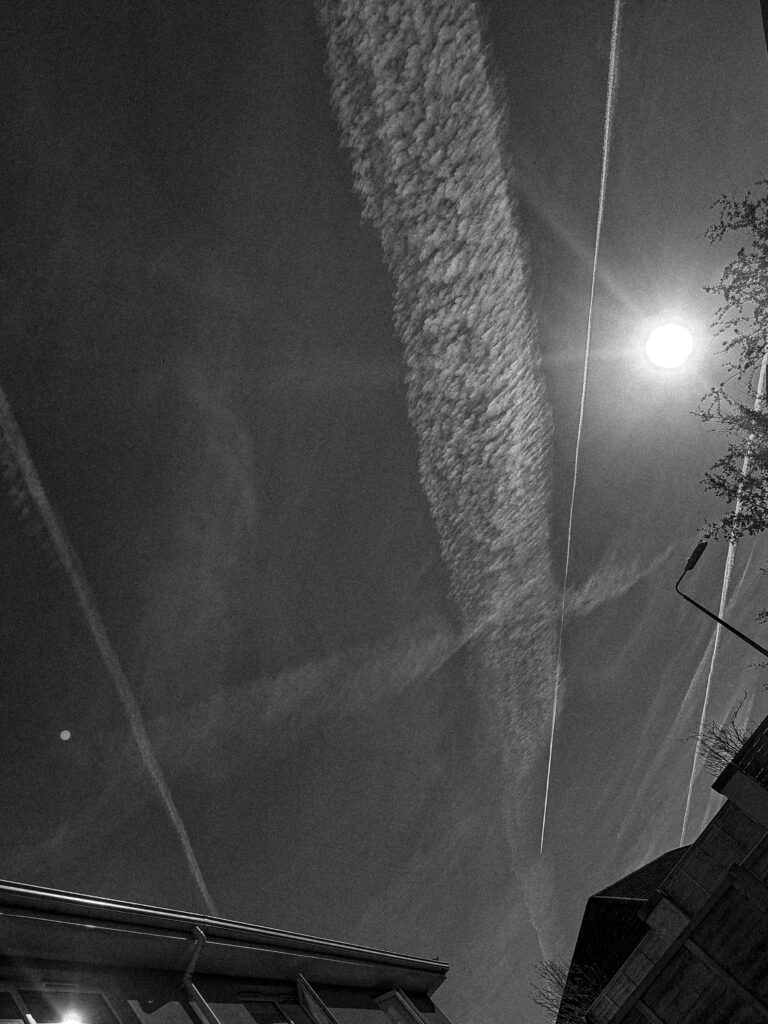


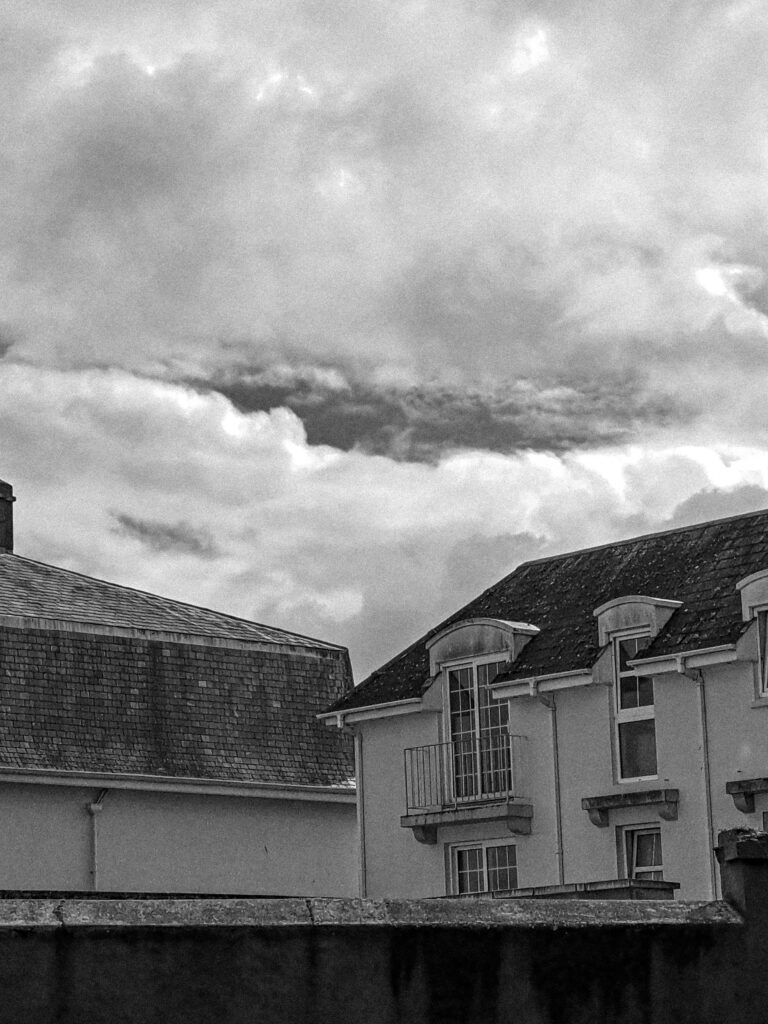
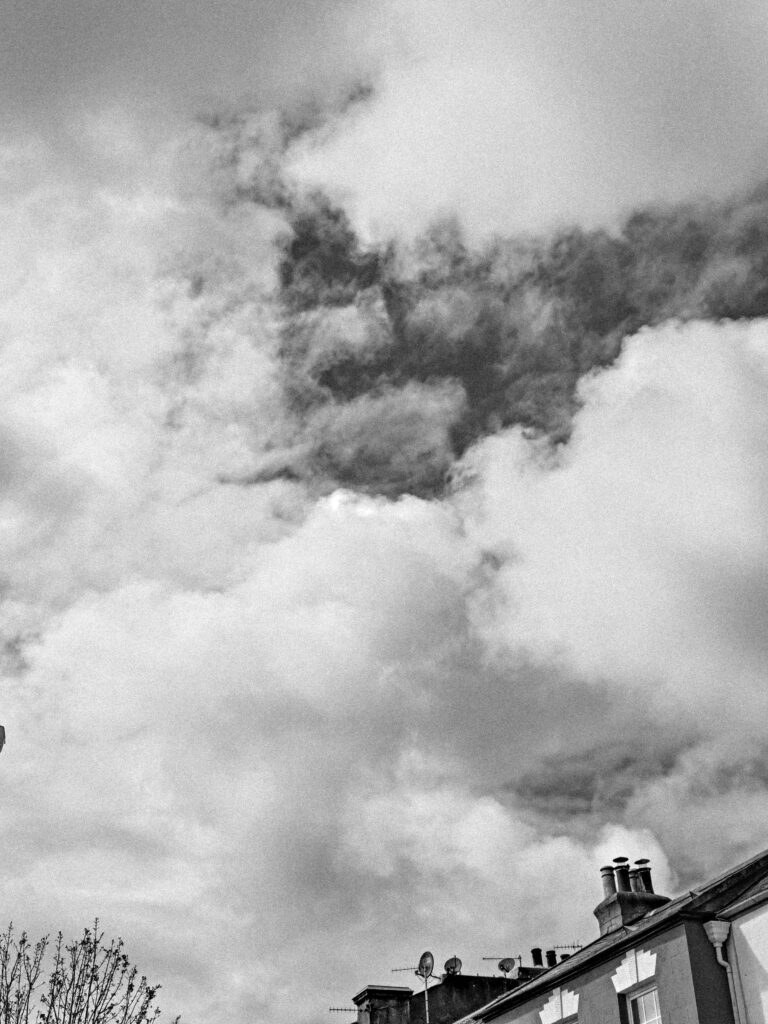
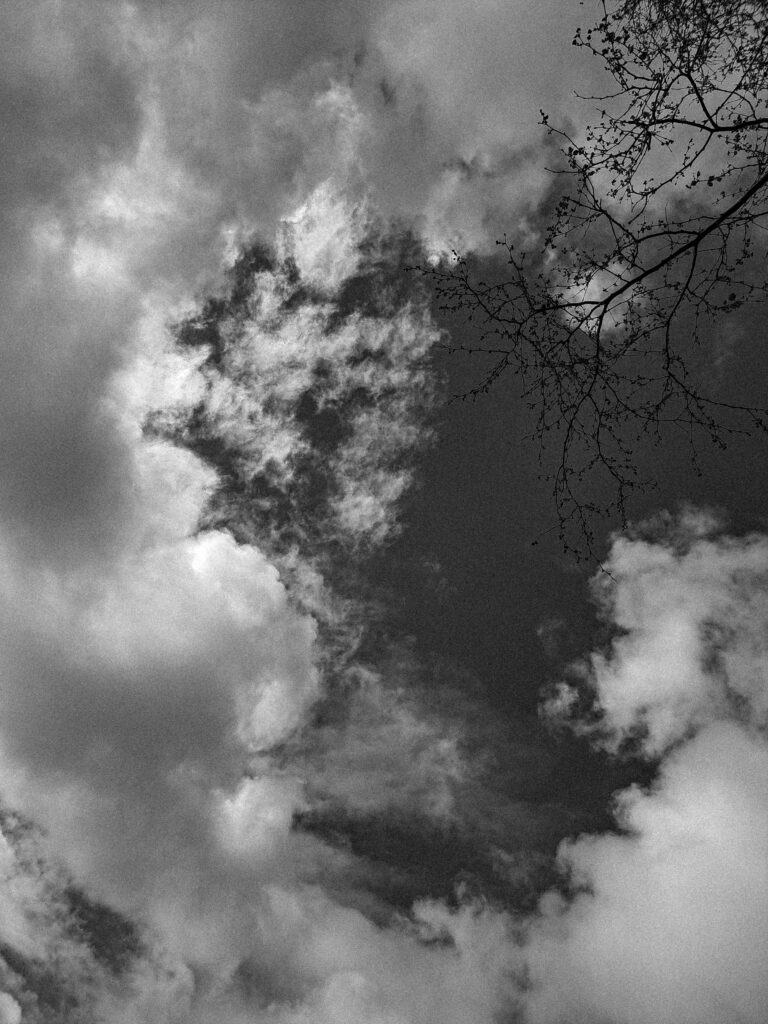
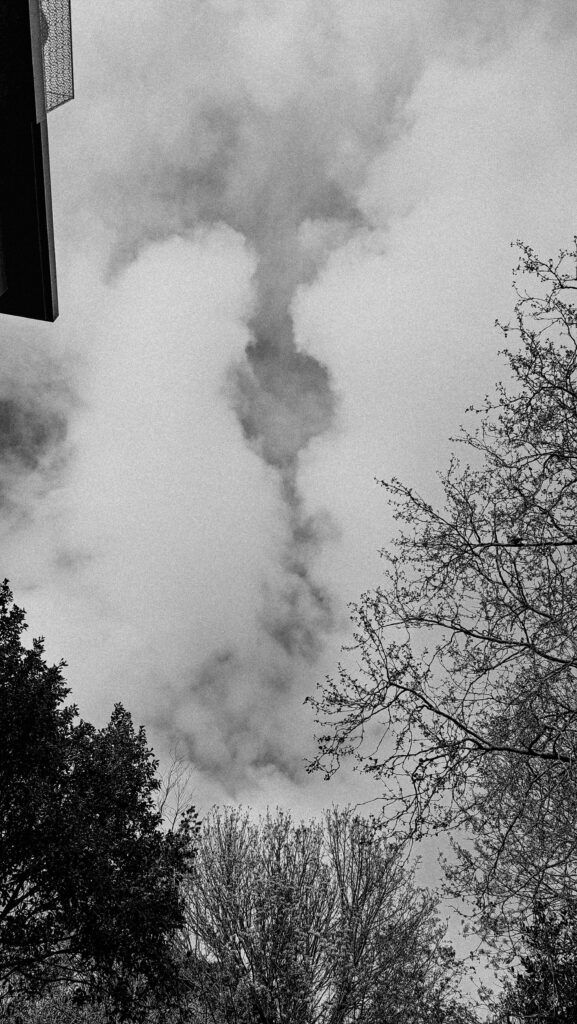
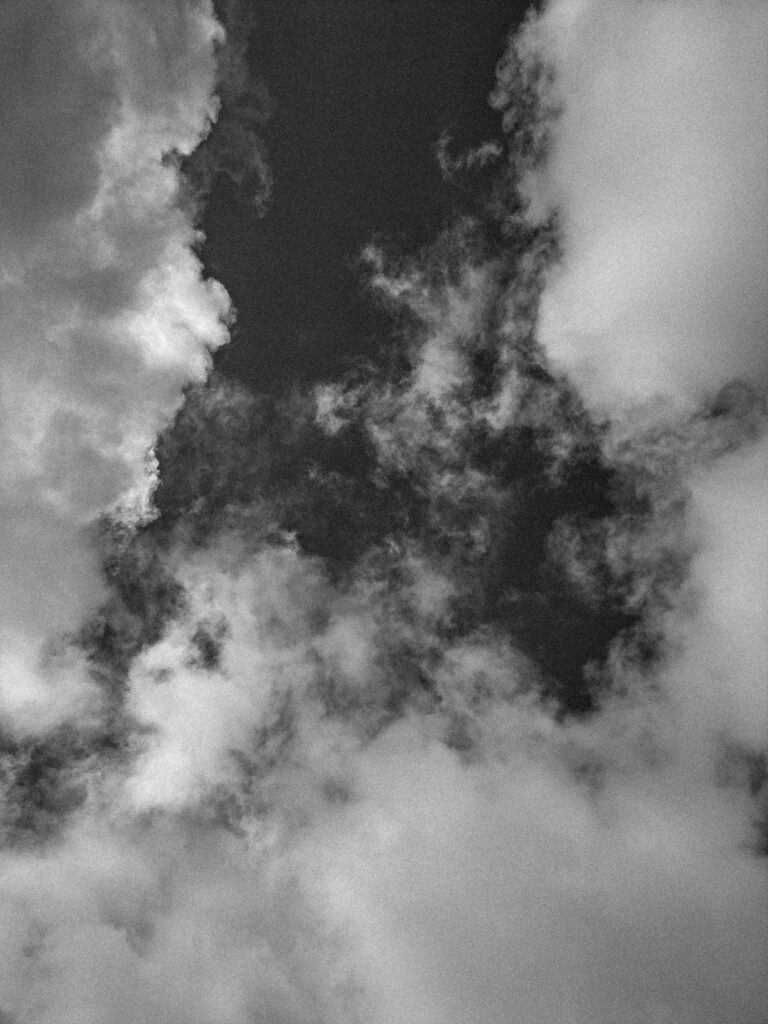
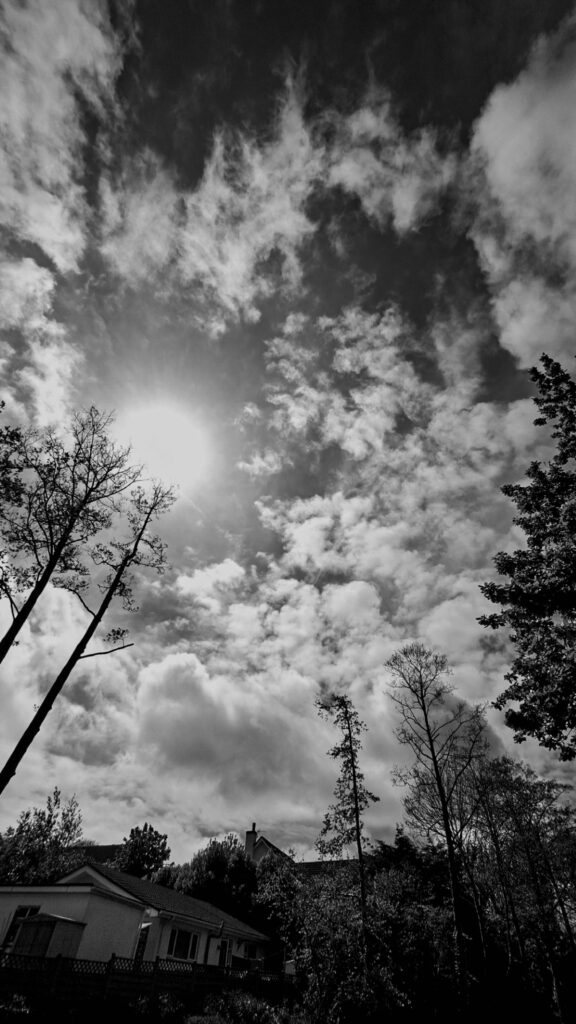
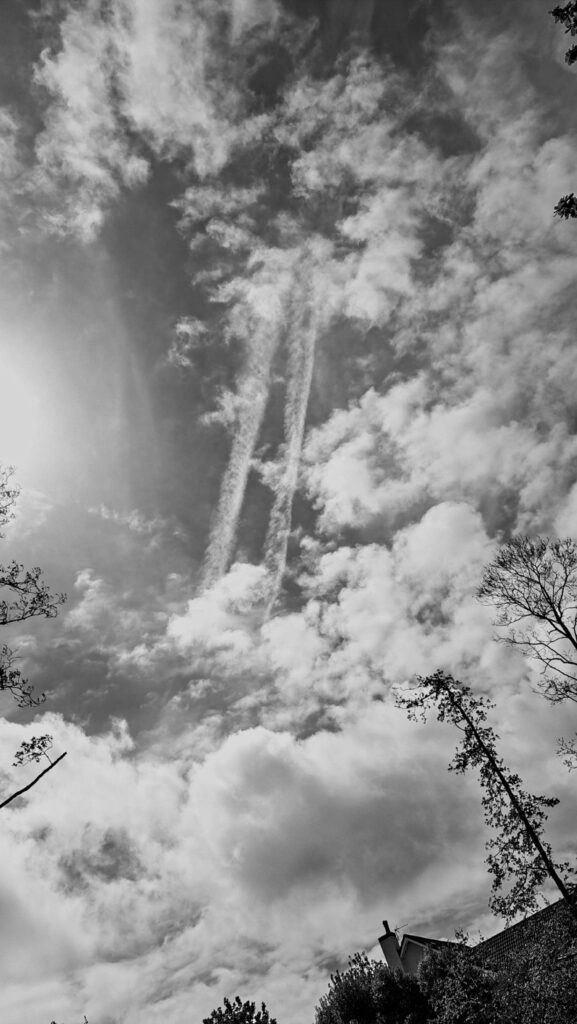
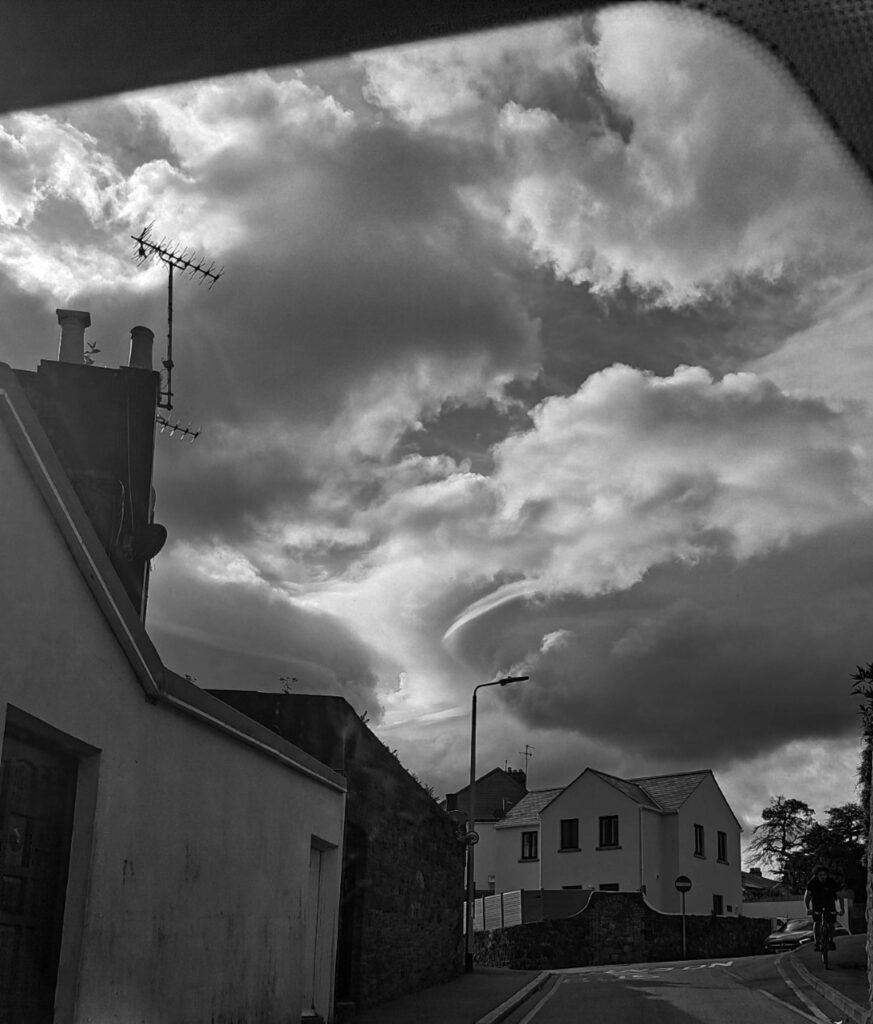
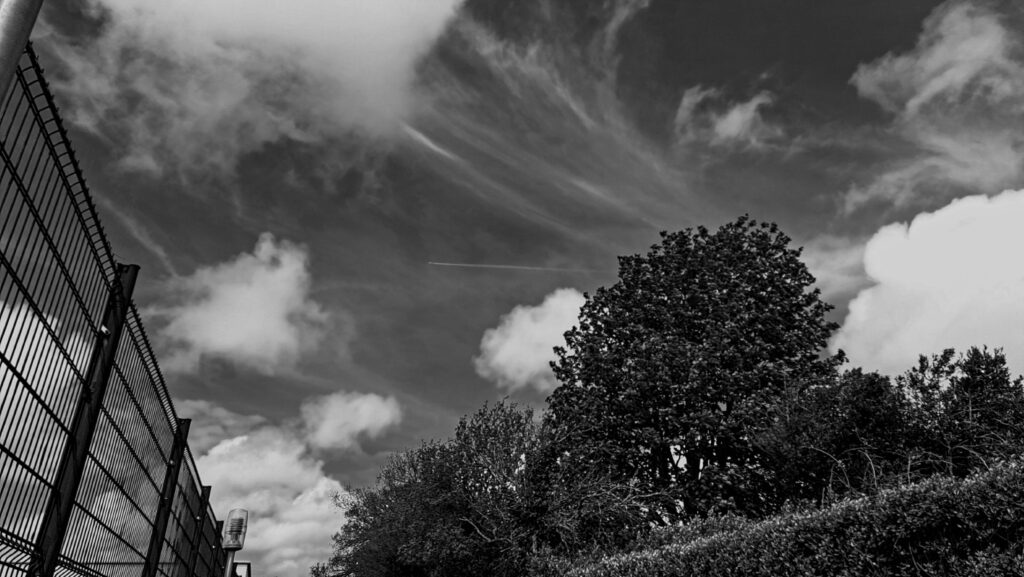
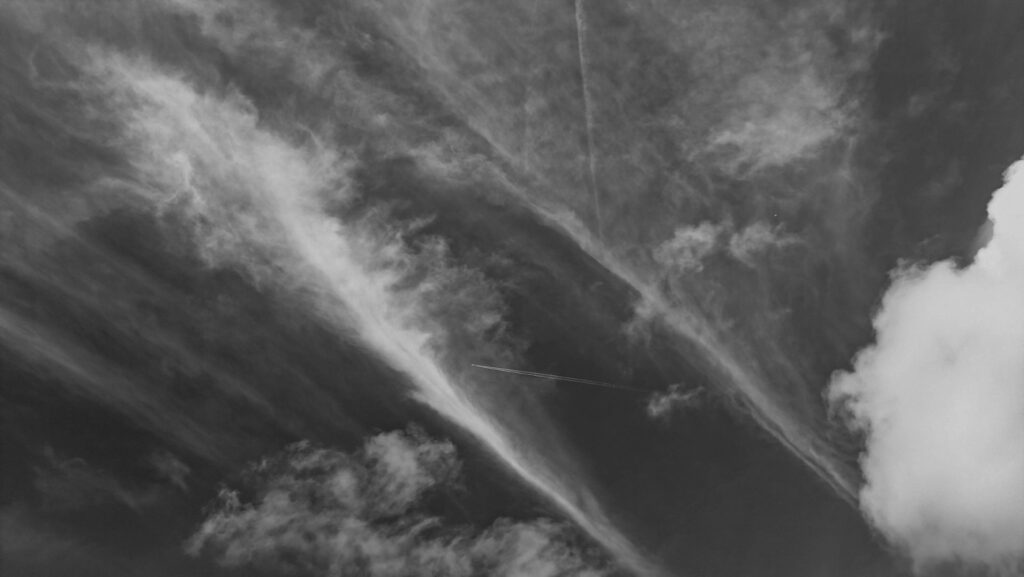
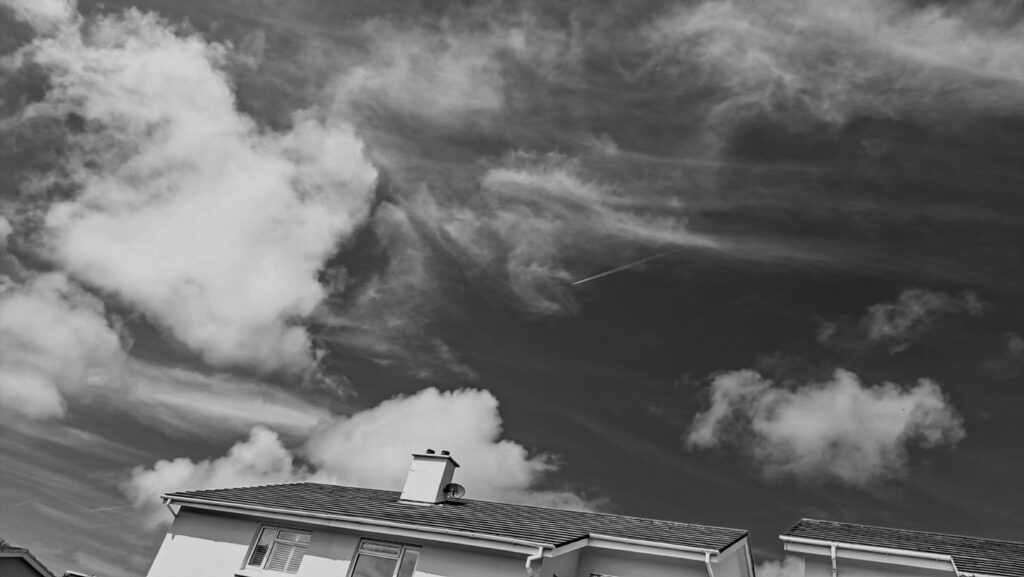
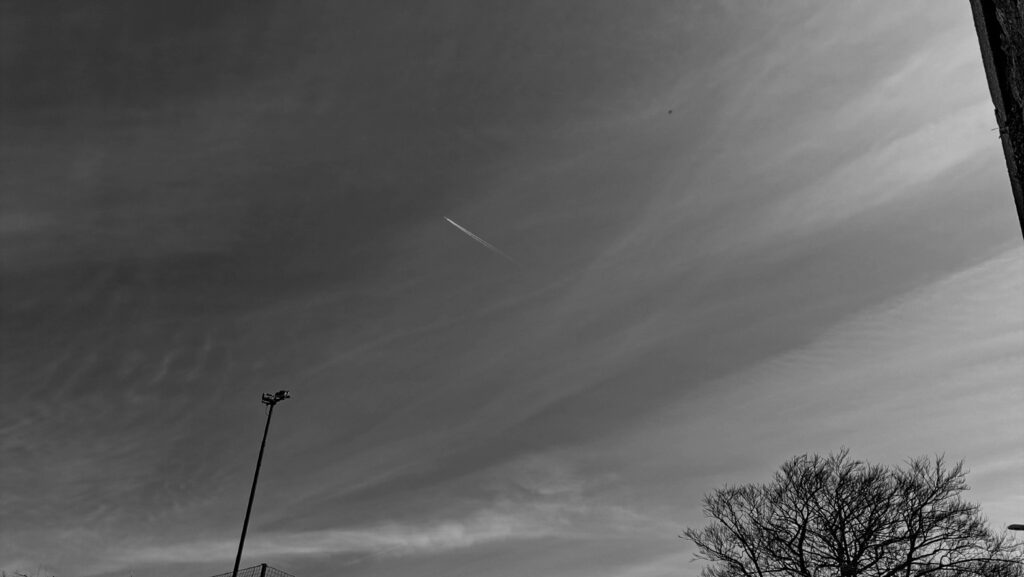
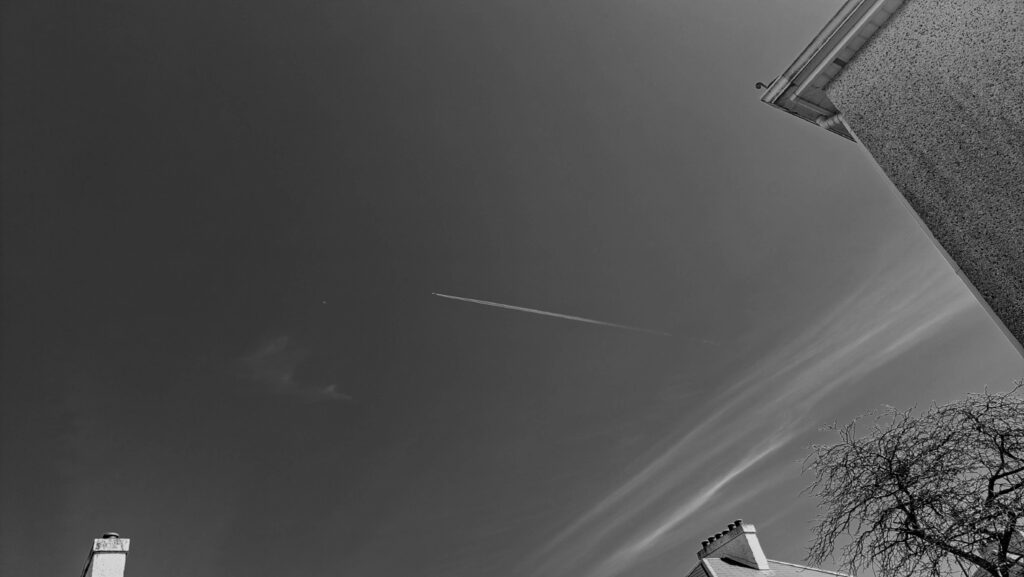
Image Analysis

With this photoshoot I aimed to capture the form of both clouds and plane contrails. My main theme, that links to Anthropocene, was plane/air pollution. I specifically wanted to focus on contrails because of their immense contribution to climate change.
Contrails not only cause the Earth’s atmosphere to be more cloudy but also trap energy in the atmosphere and allow a lot of solar radiation to penetrate the Earth’s surface.
I was heavily inspired by Alfred Stieglitz, his work on cloud studies is very abstract and full of tonal range. He captured the forms of clouds in great detail, showing the variety of shapes that they come in. I wanted to incorporate elements of his work into mine.
I’ve attempted to achieve this by using a black and white filter to reveal the large ranges of tone and texture in the sky and clouds. I had also made sure the weather conditions I took the photos in were roughly the same so that once I edited them the sky would be a dark grey or black to contrast with the clouds and contrails.
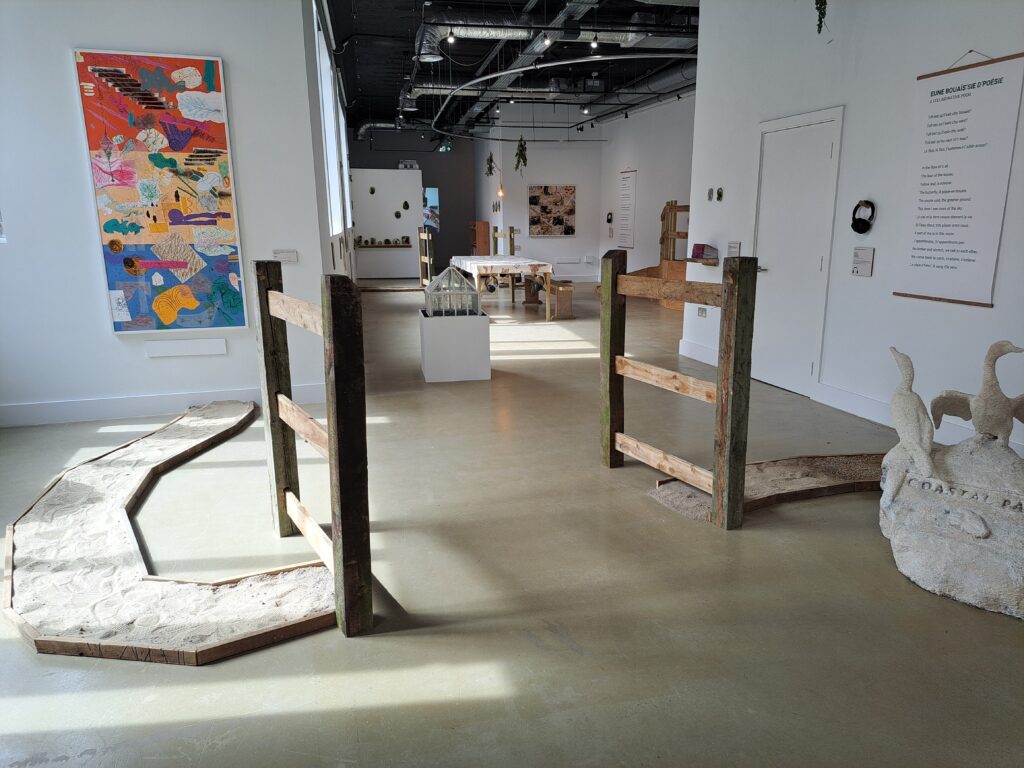

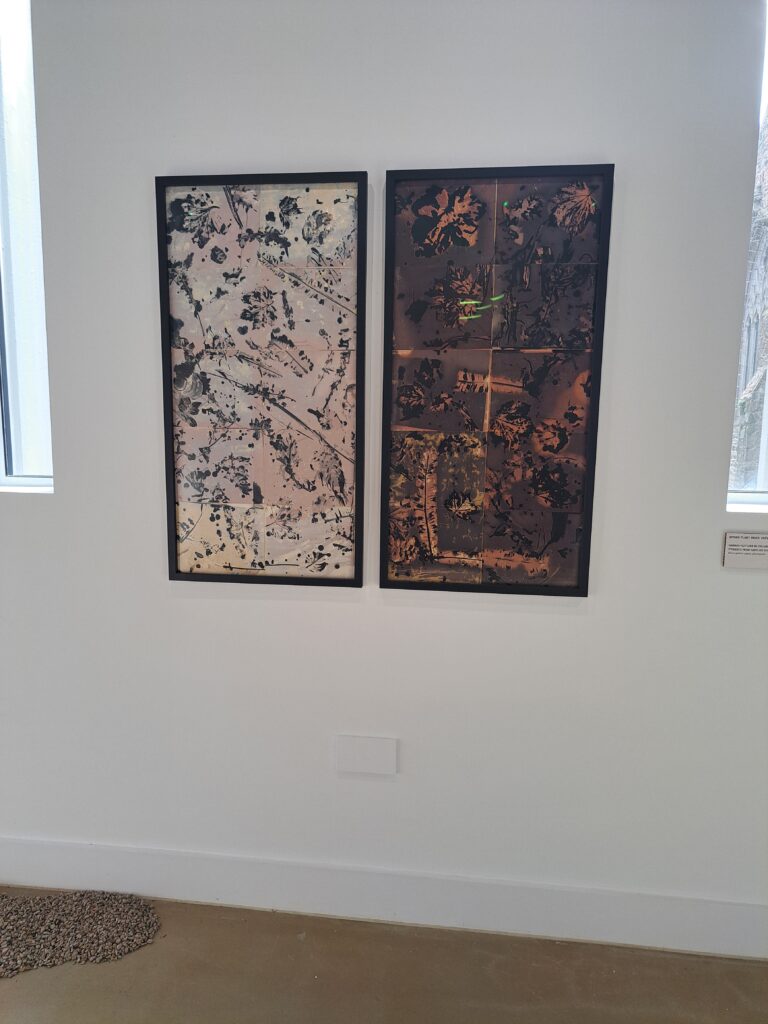
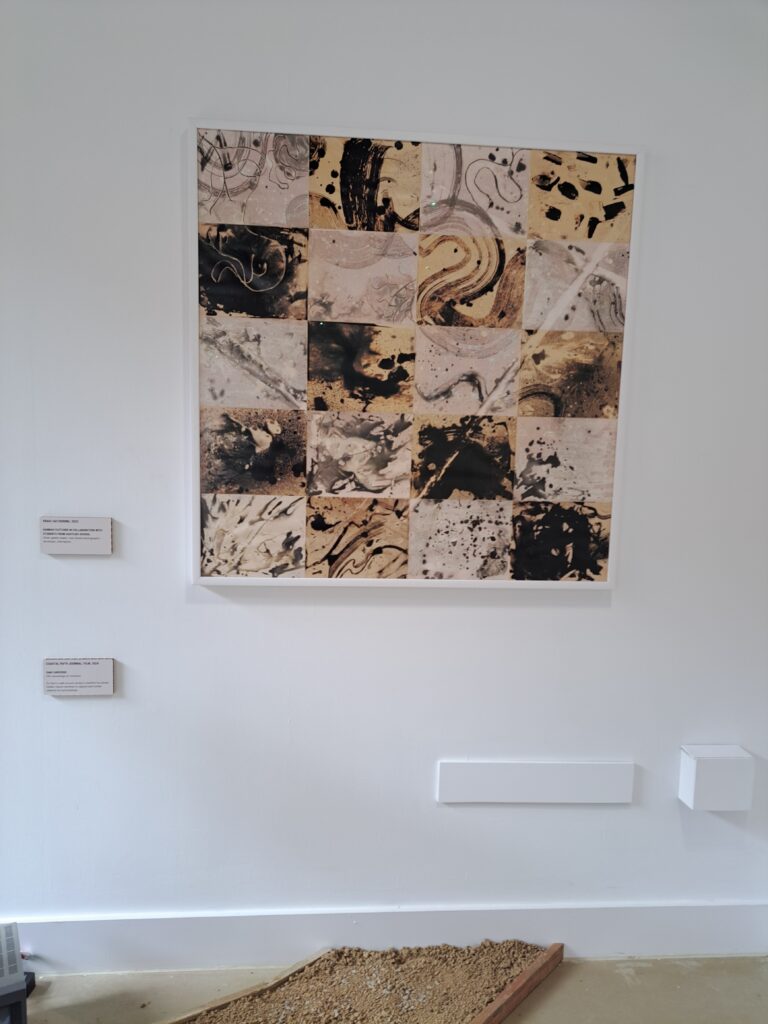
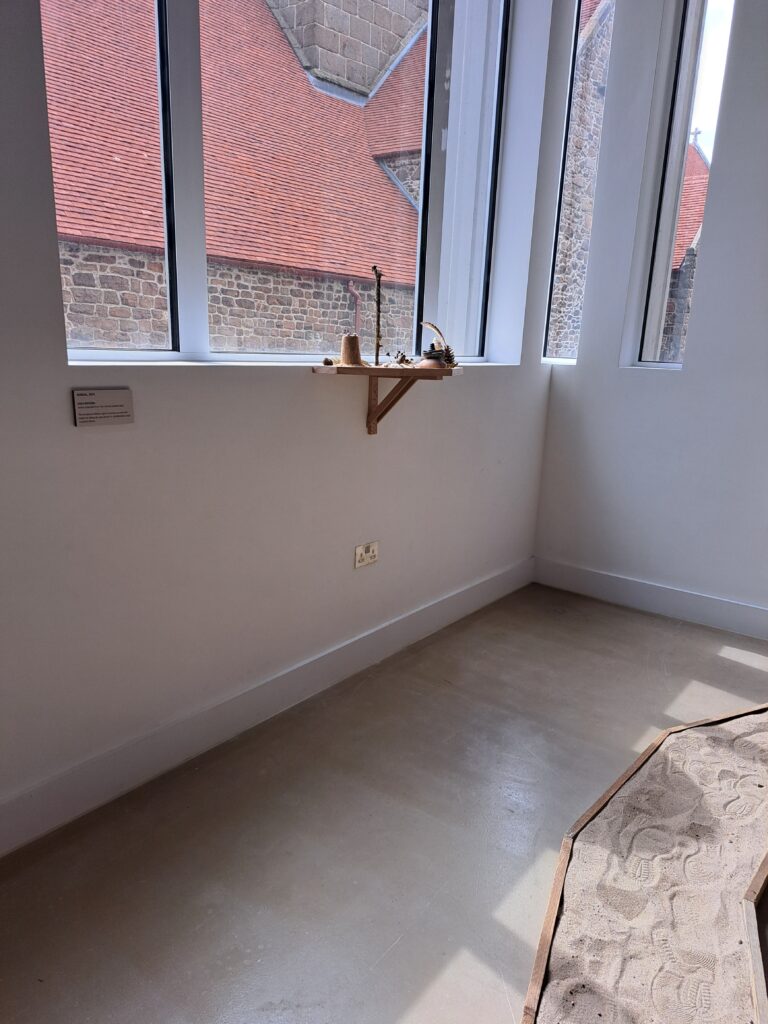
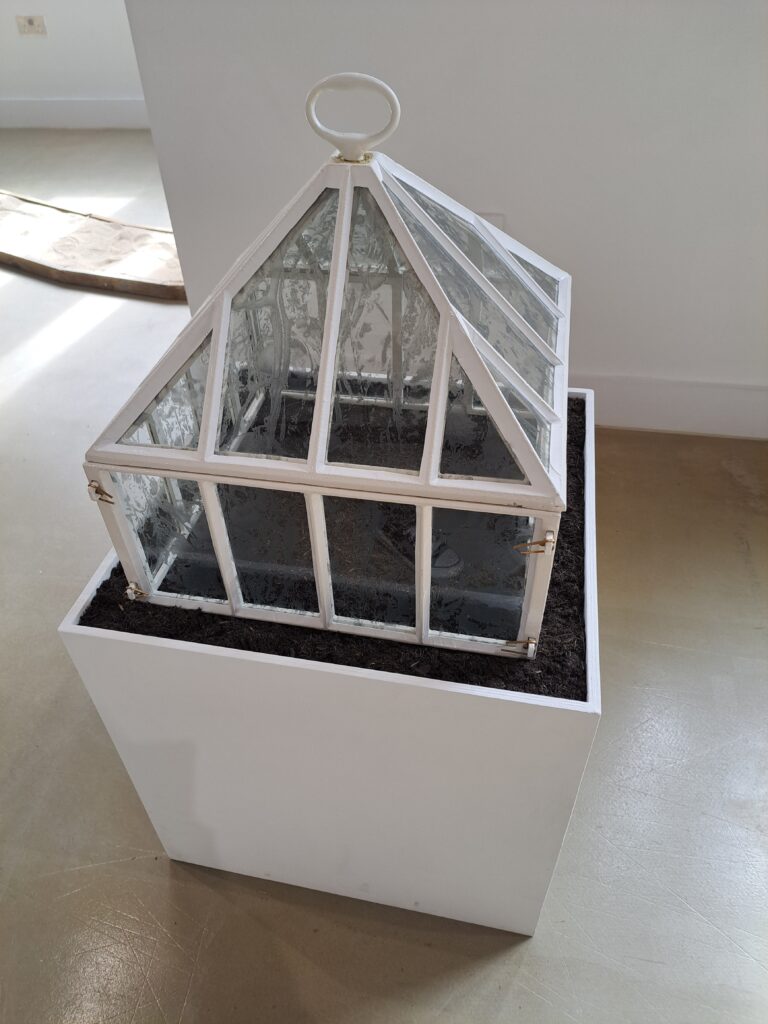
Photographer Analysis – Alexander Mourant
Mourant is a Jersey born artist, educator, curator and writer based in London. His practice and research centres on photography, writing, performance and sculpture, with a particular interest in the legacies of agriculture, Land Art and Arte Povera.
For the exhibition, Mourant had created a new sculpture, “An Image That Holds Its Heat”. The artwork abstracts an original photograph depicting the effects of the weather upon a tomato crop (September, 1963).

The structures, taking the form of barn cloches used for growing vegetables, reference the history of photography in the 19th century when collodion photographs were made on glass negatives. Built on some of the most fertile land in Norway.